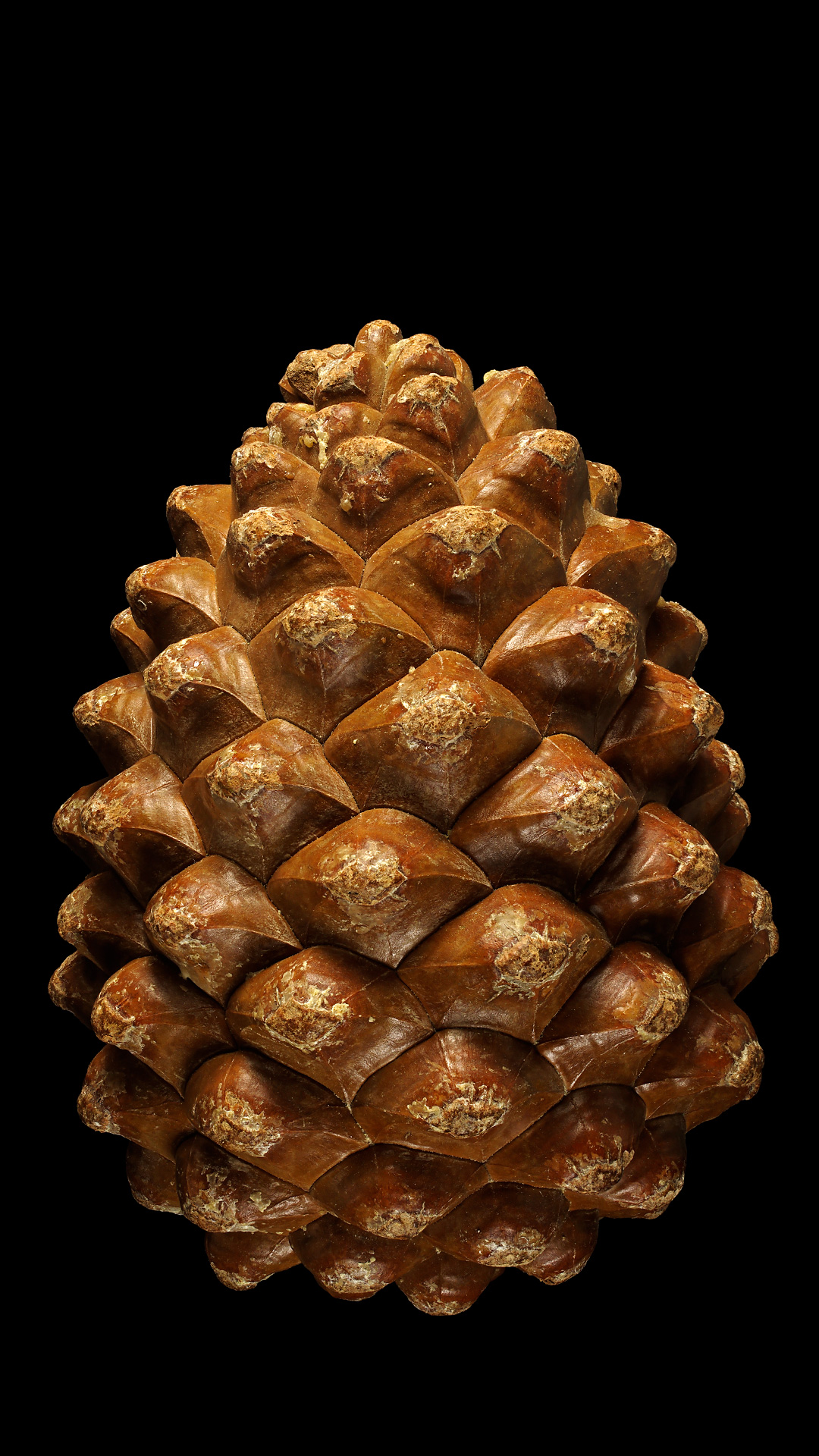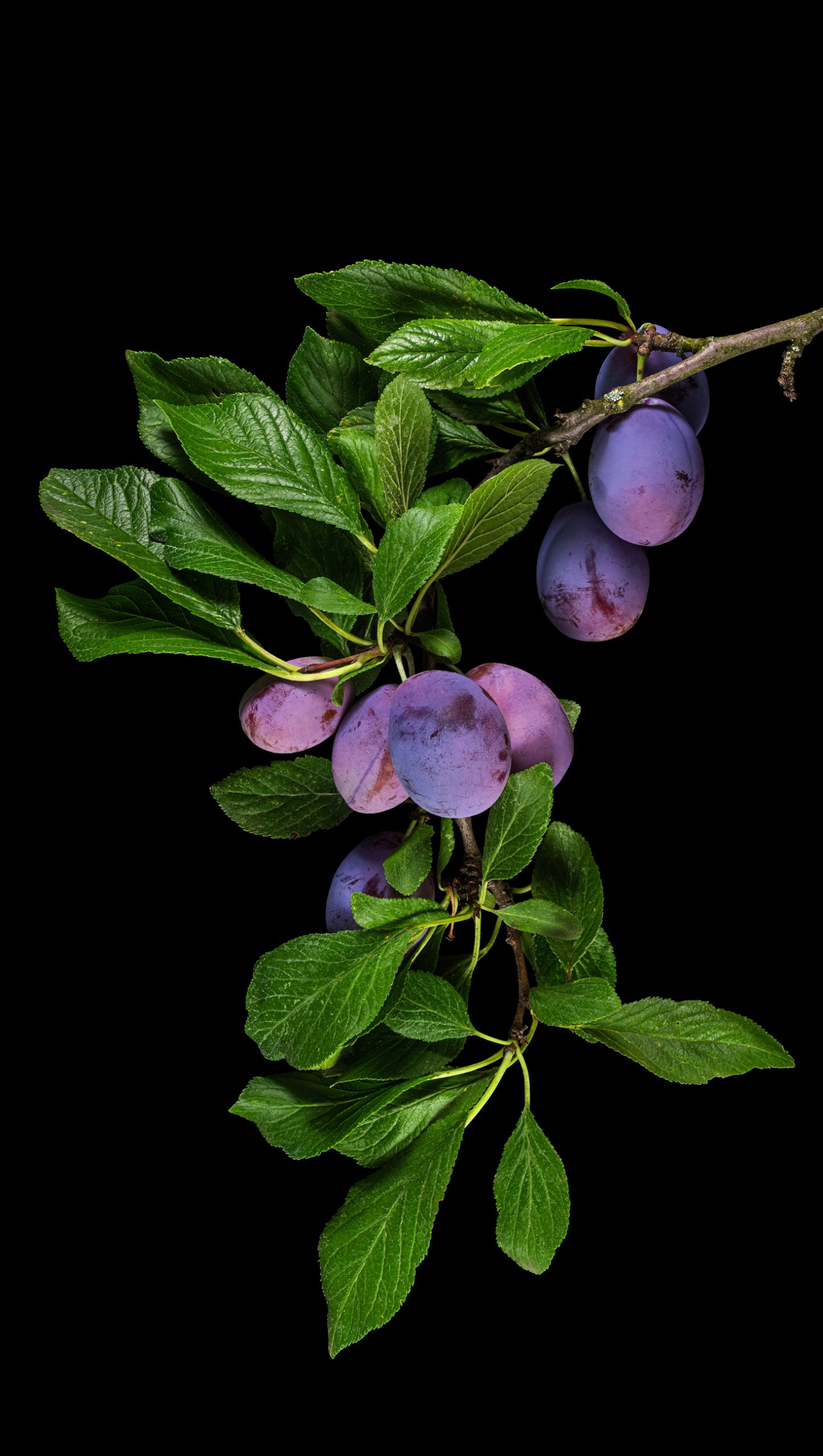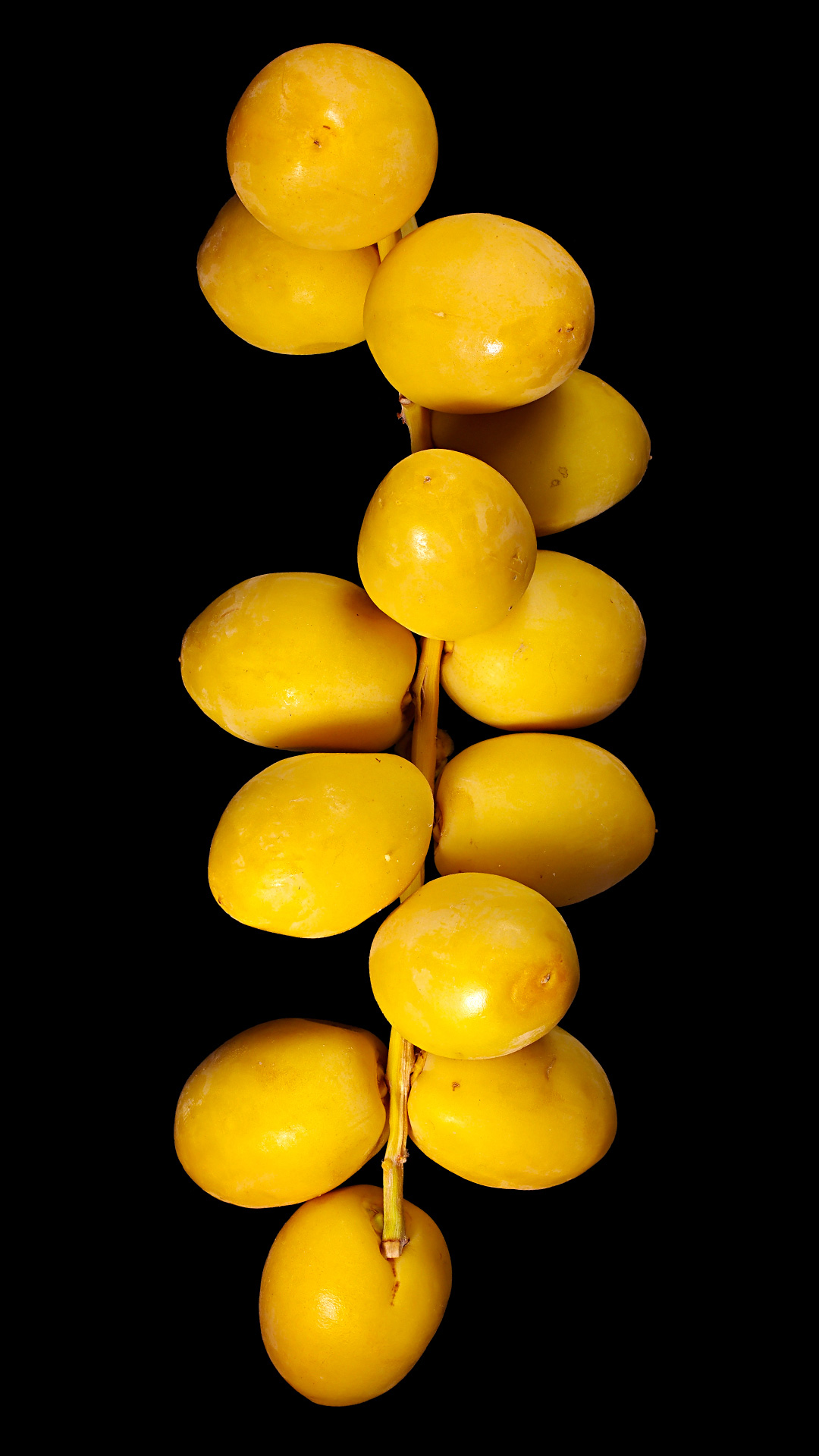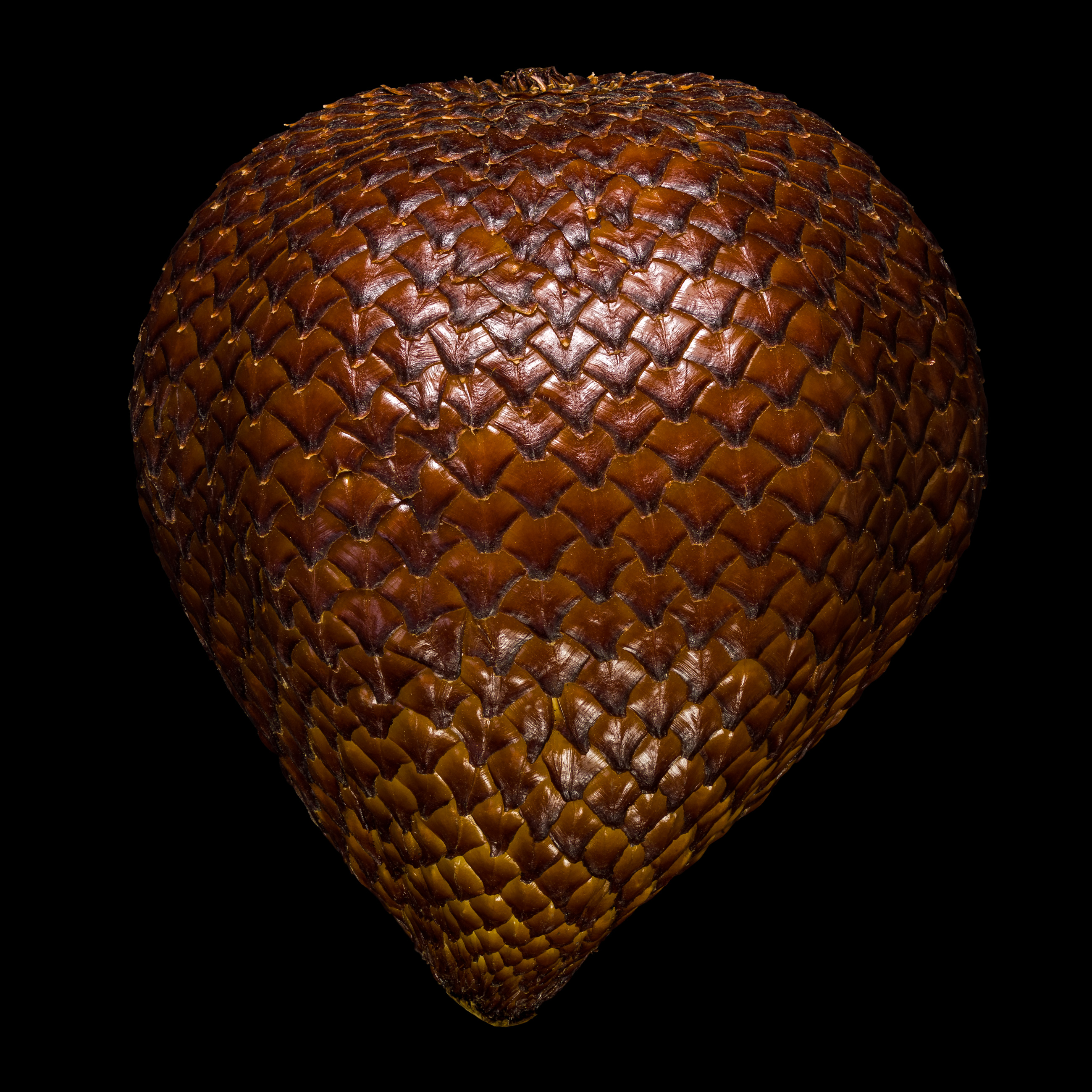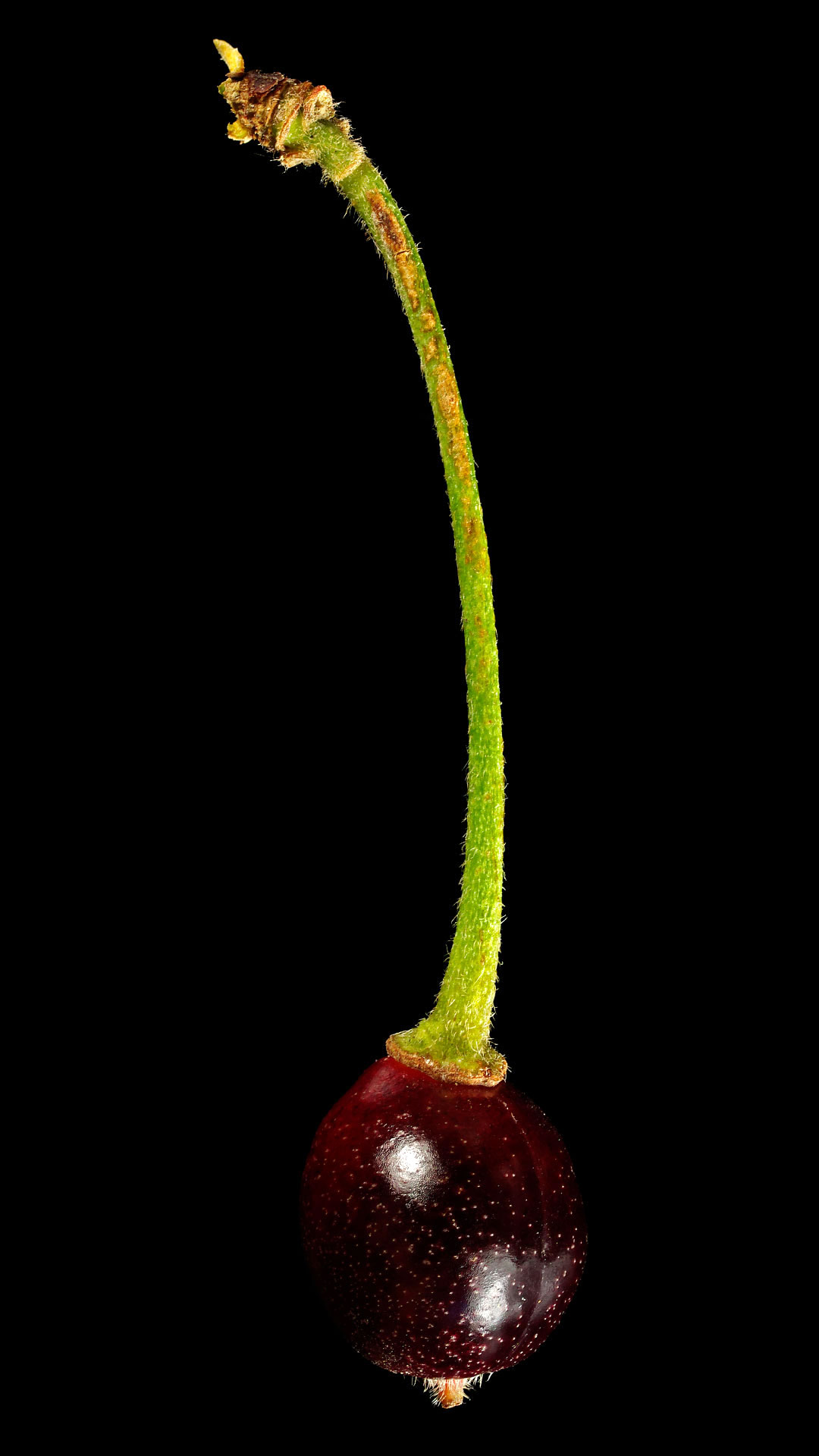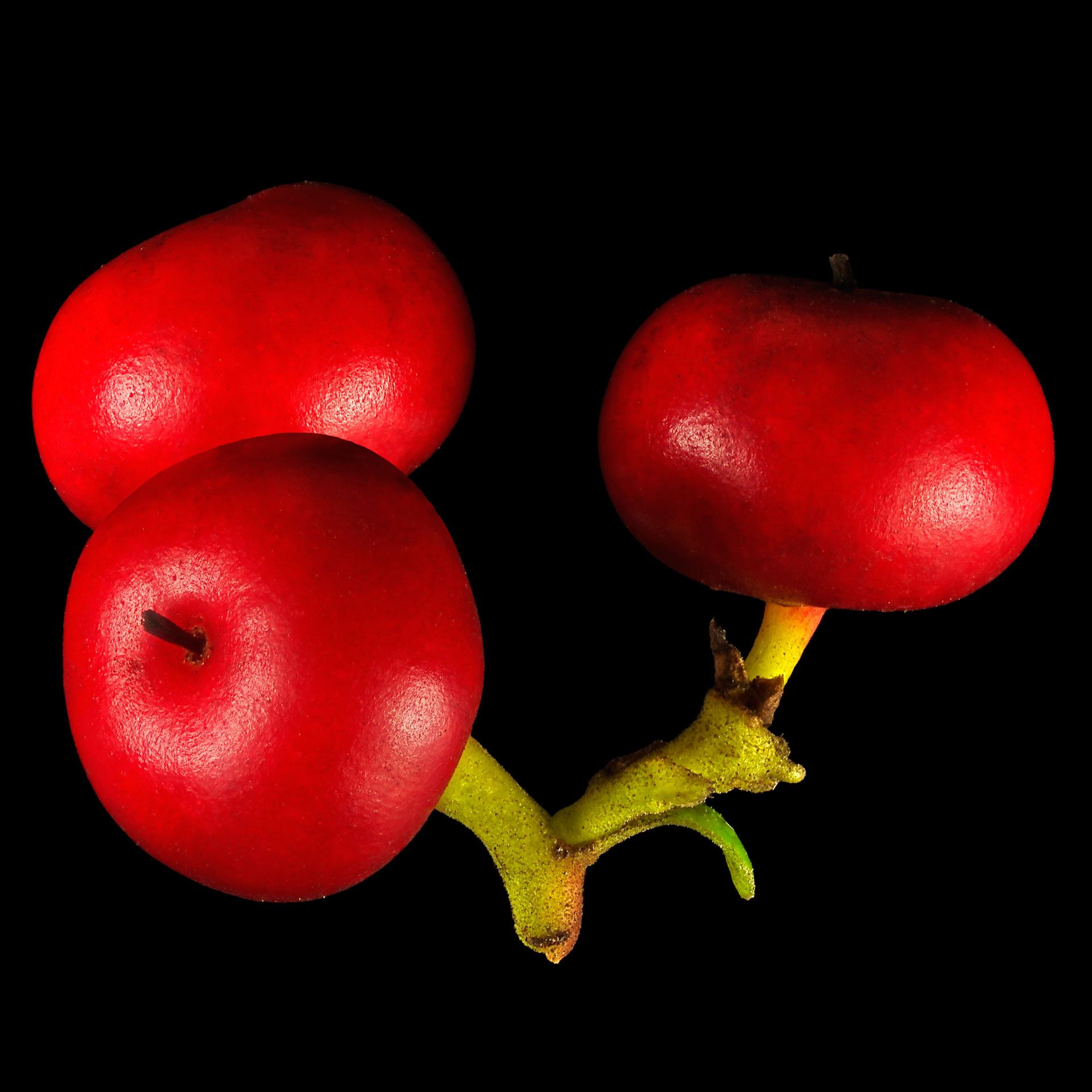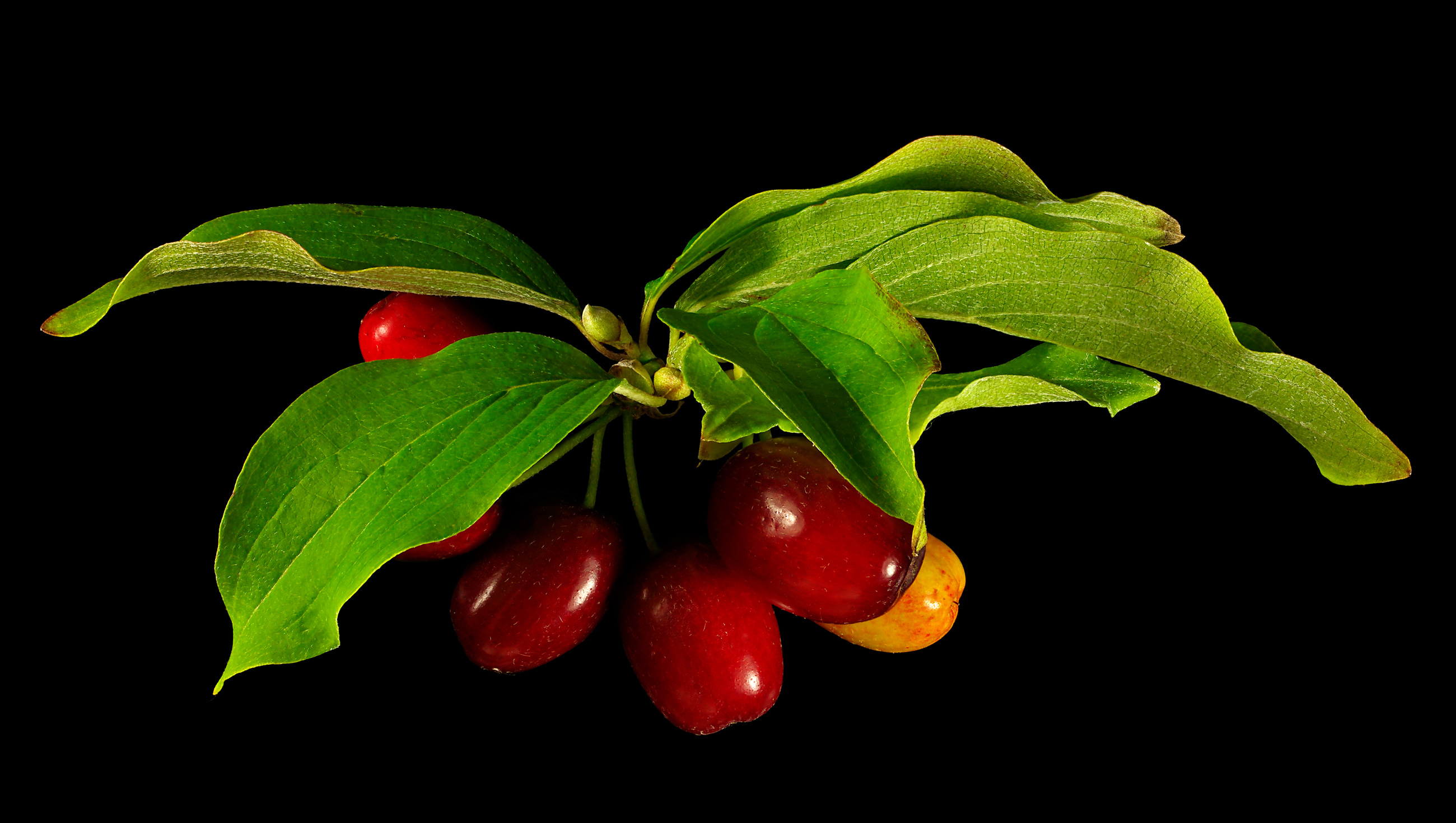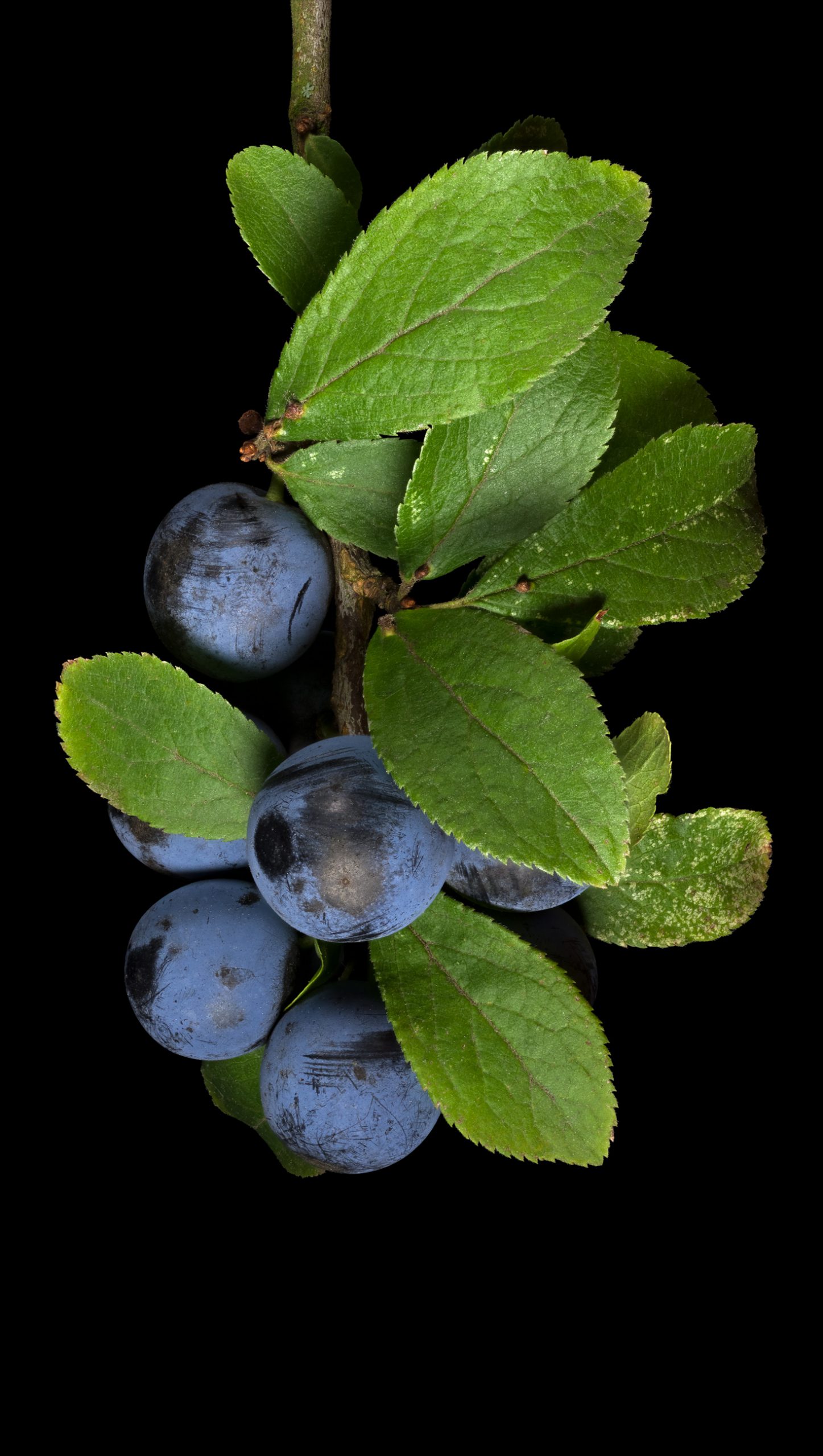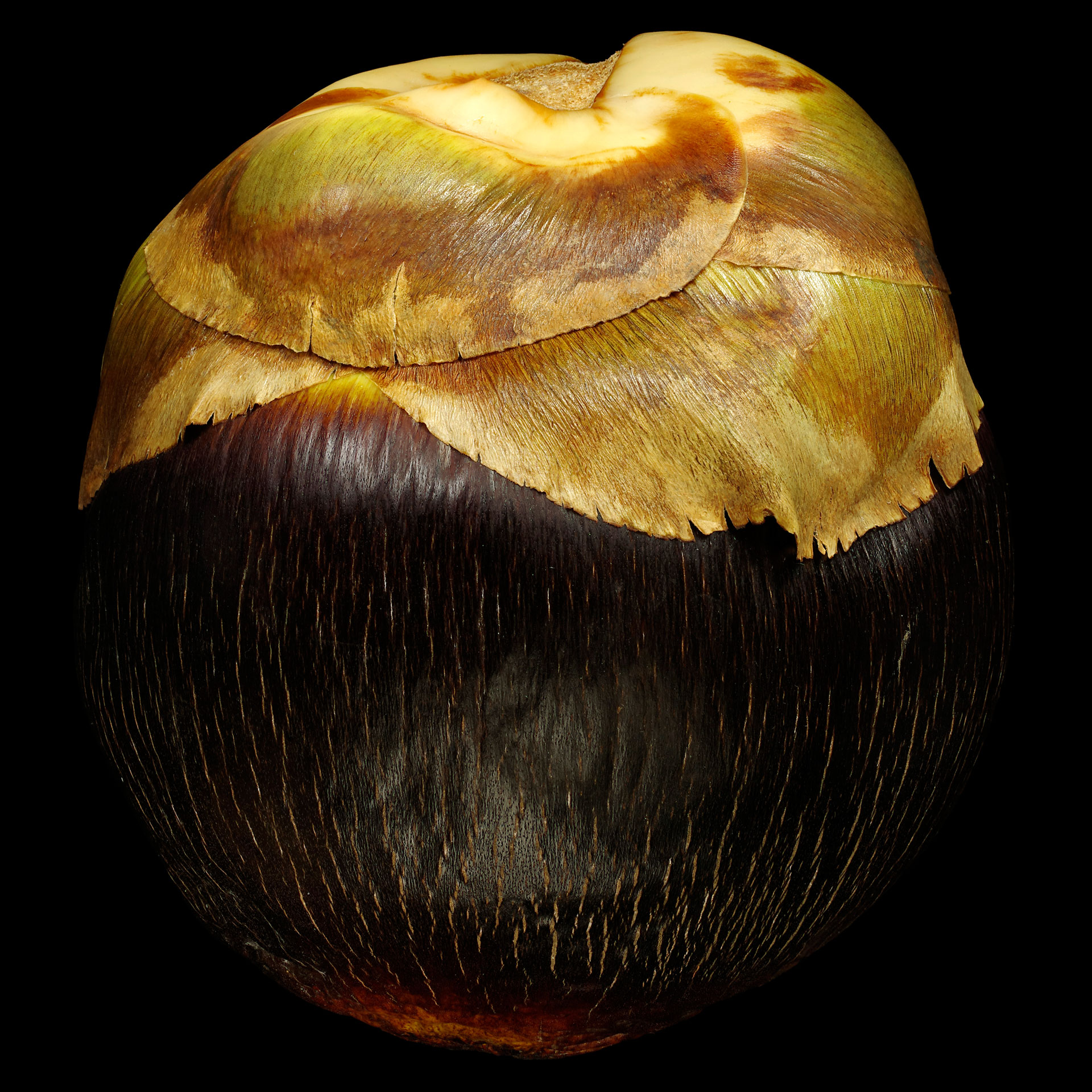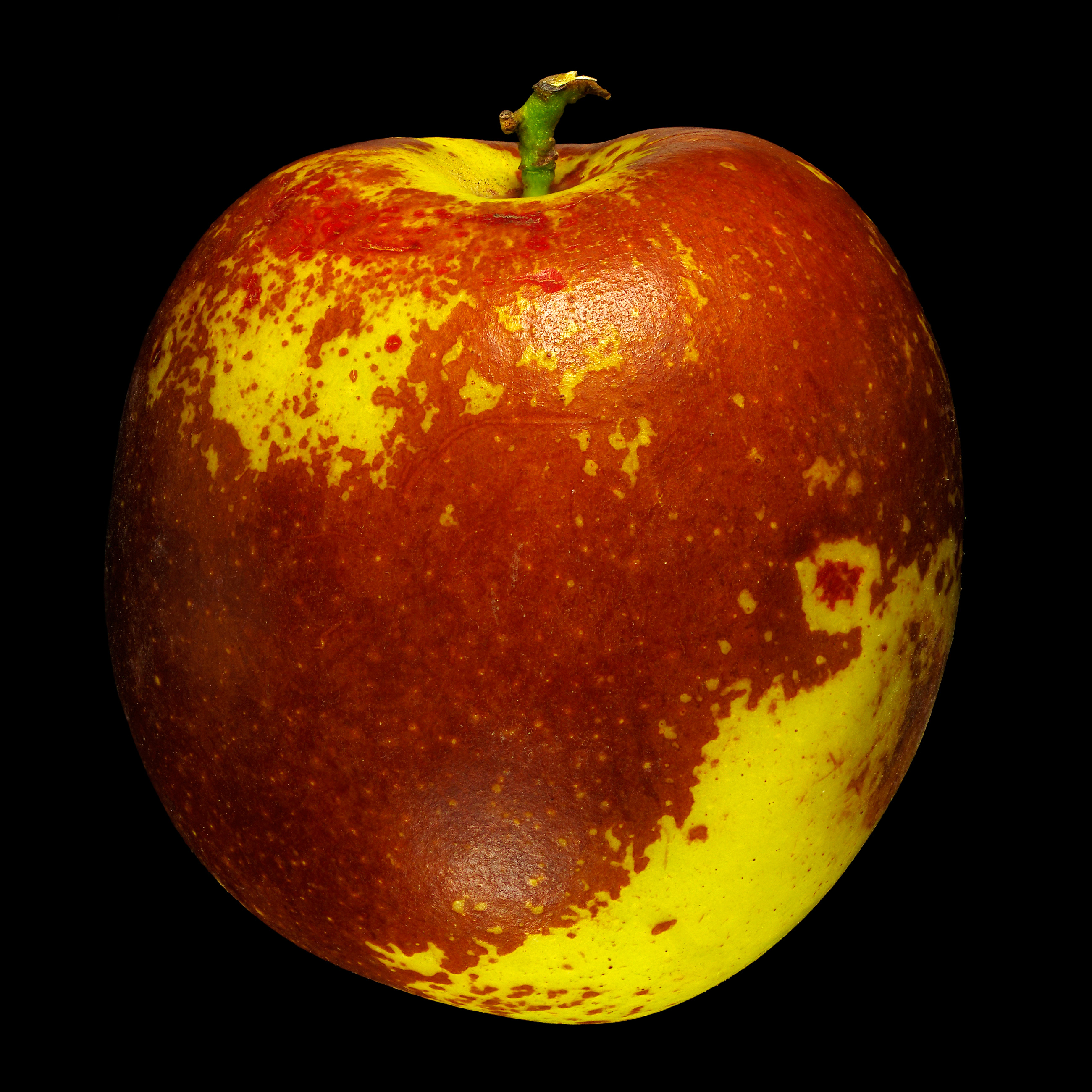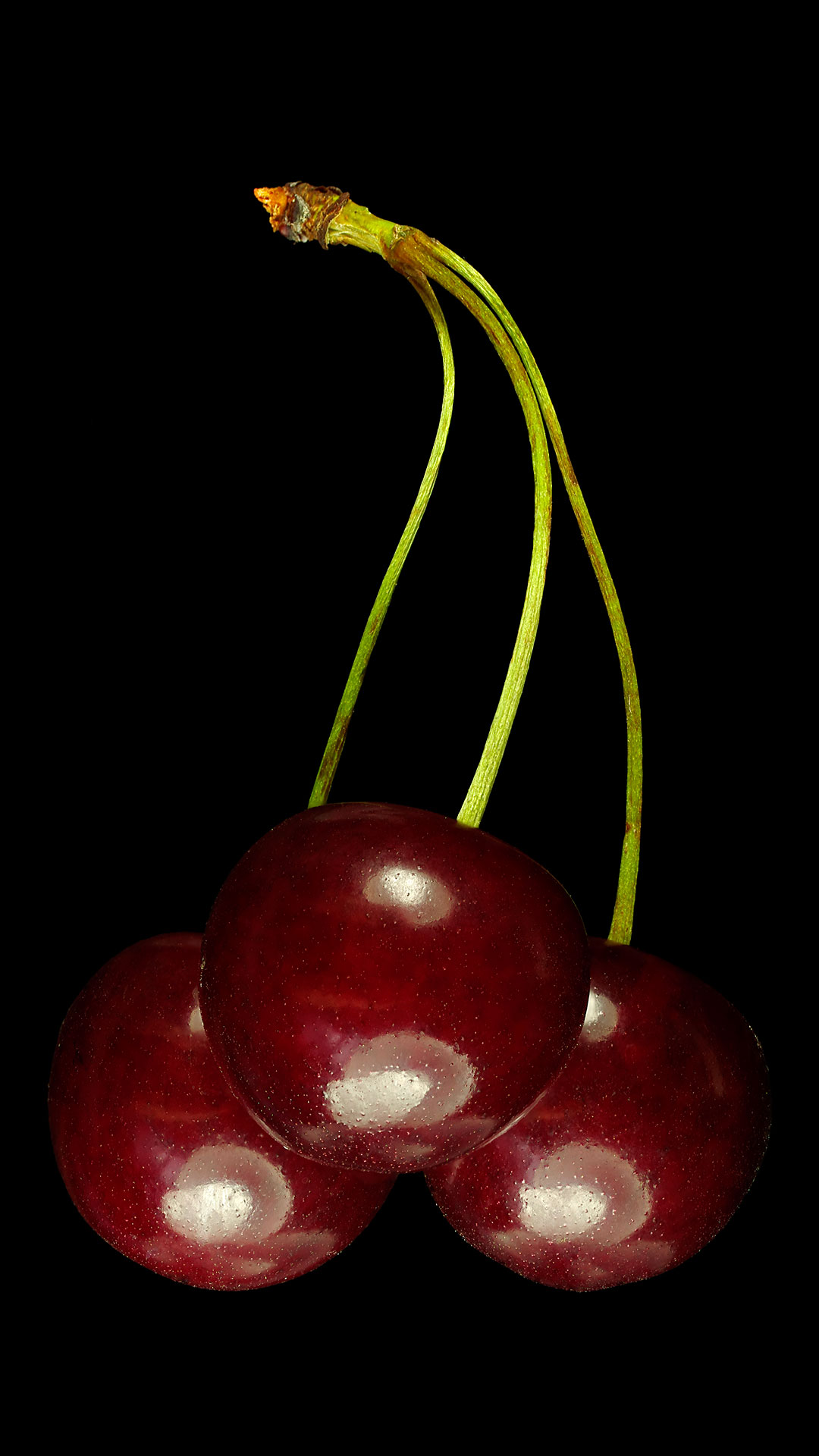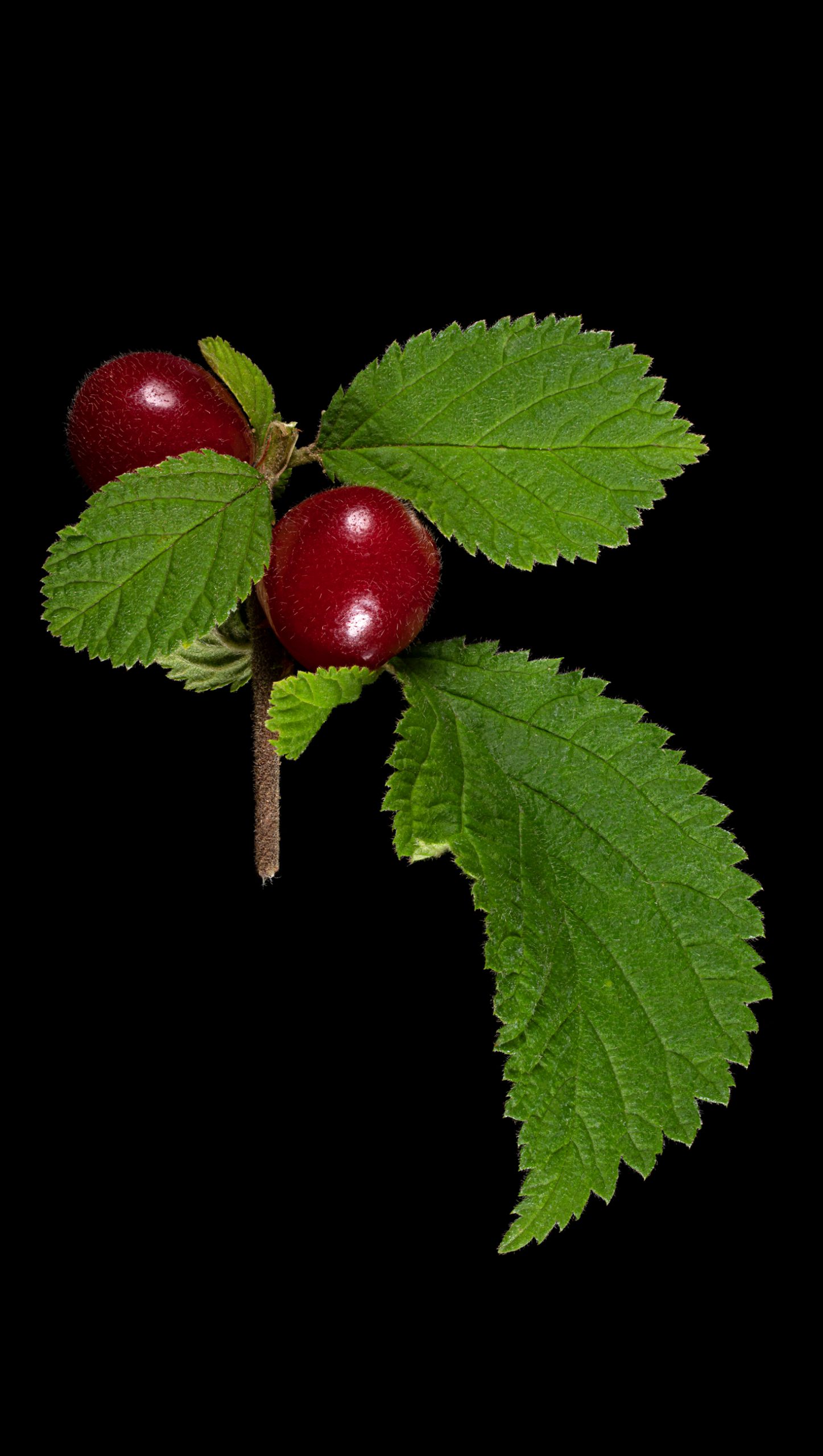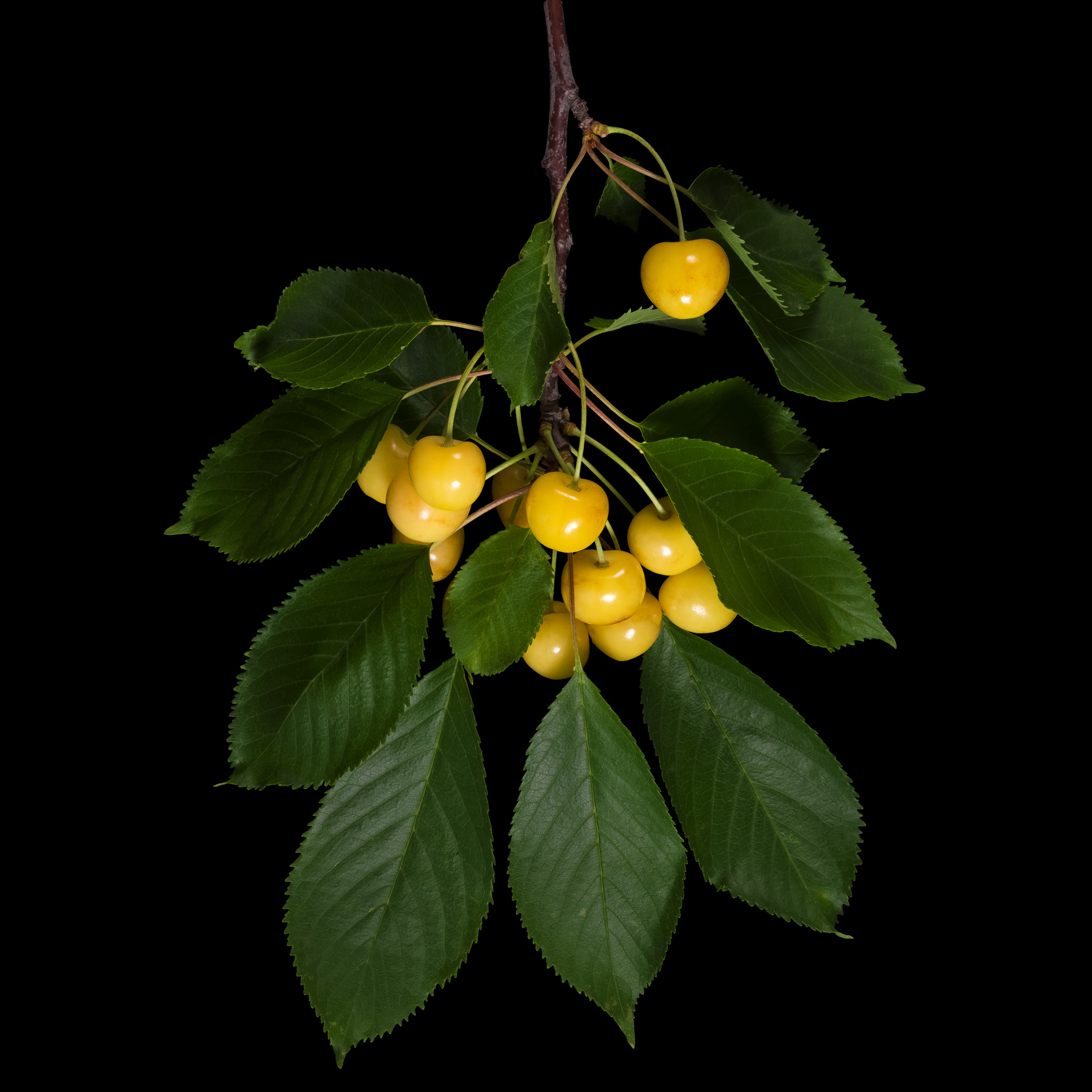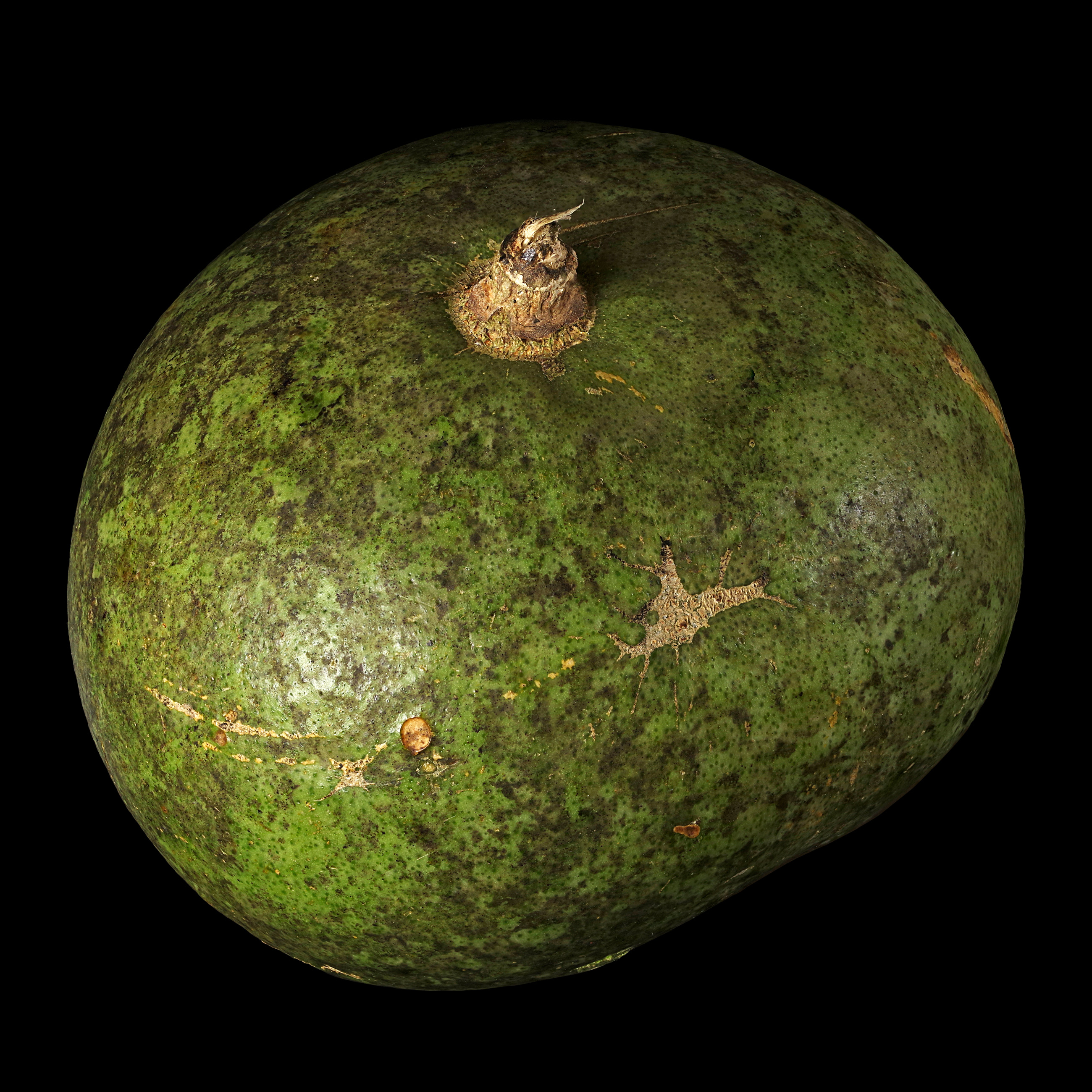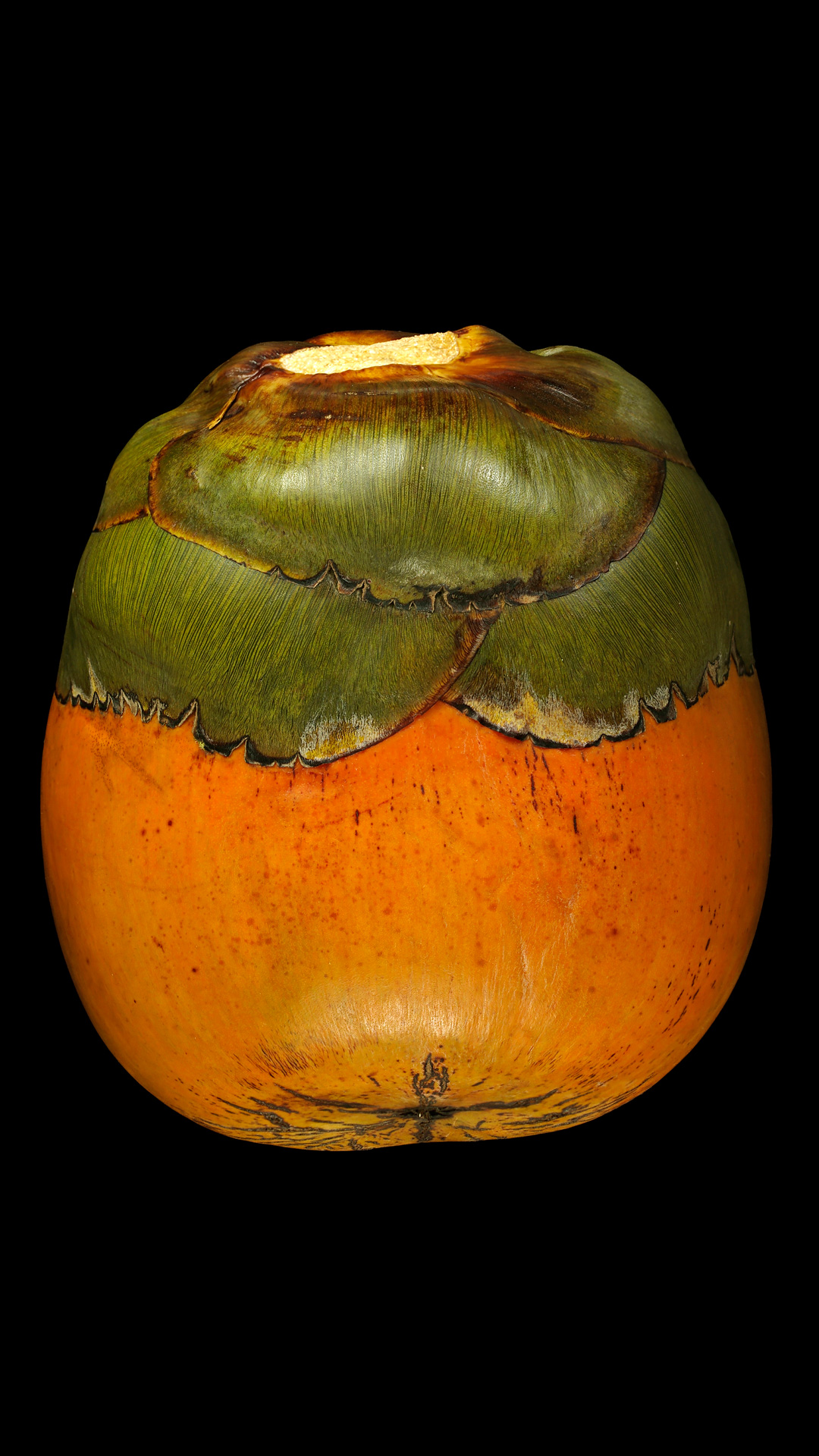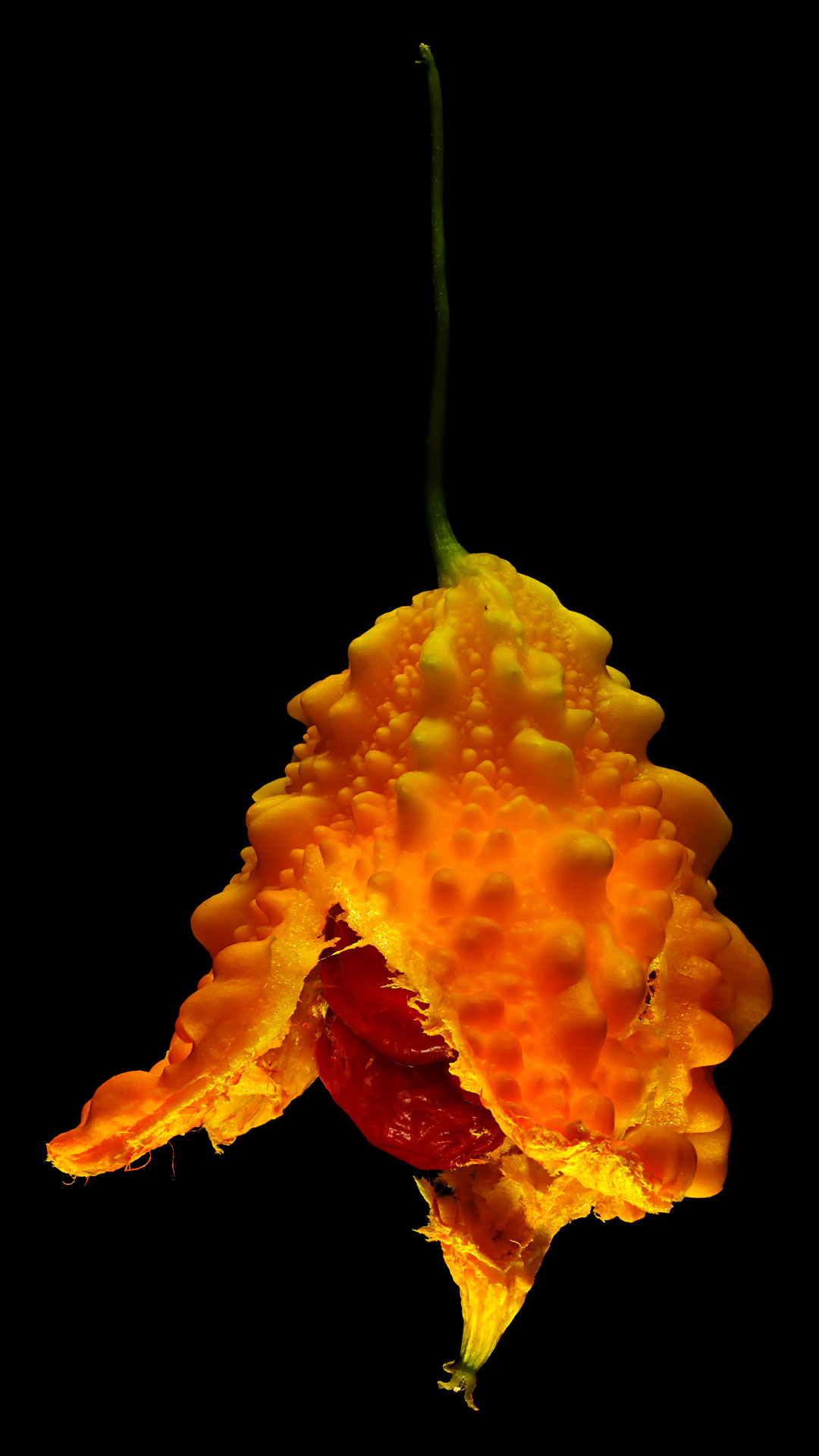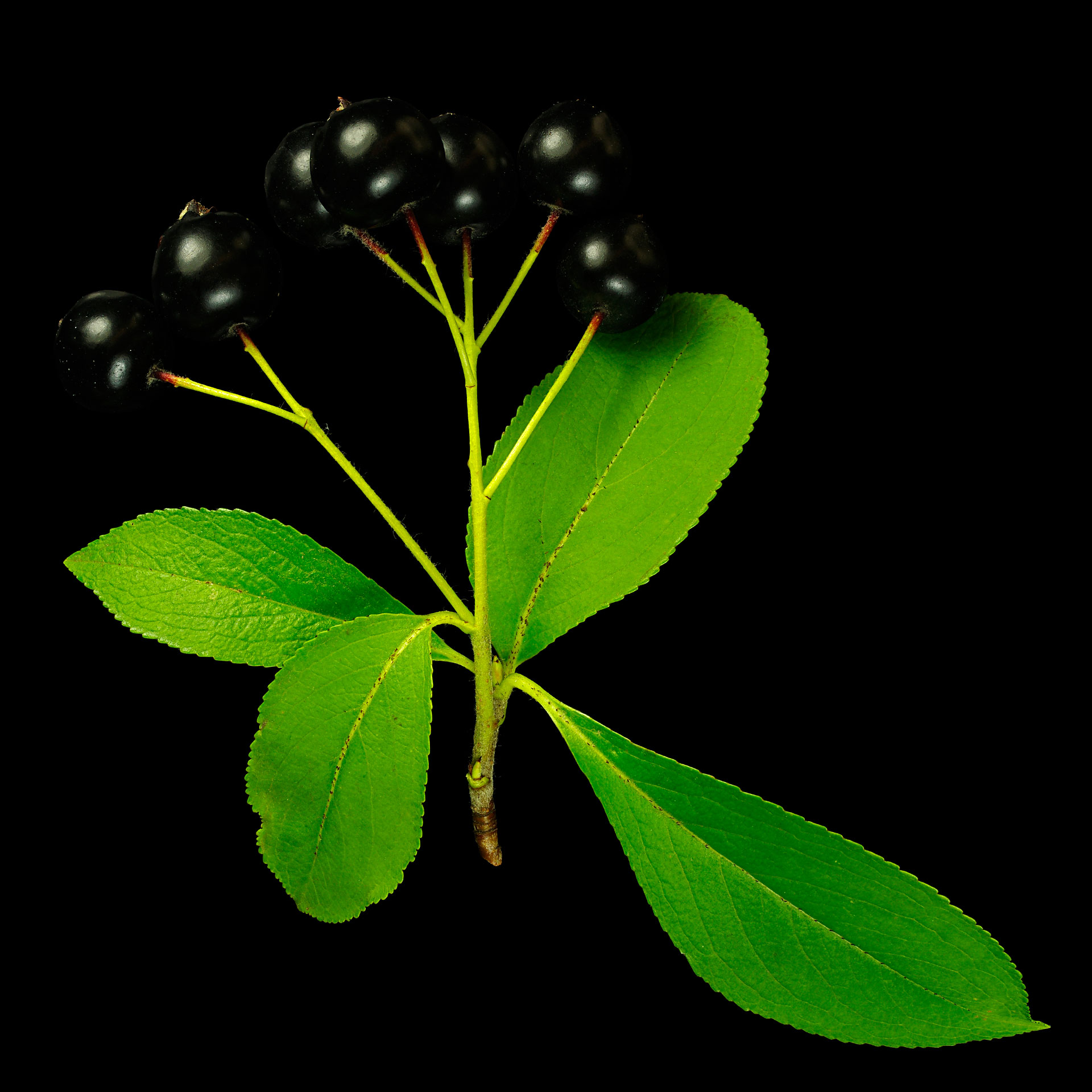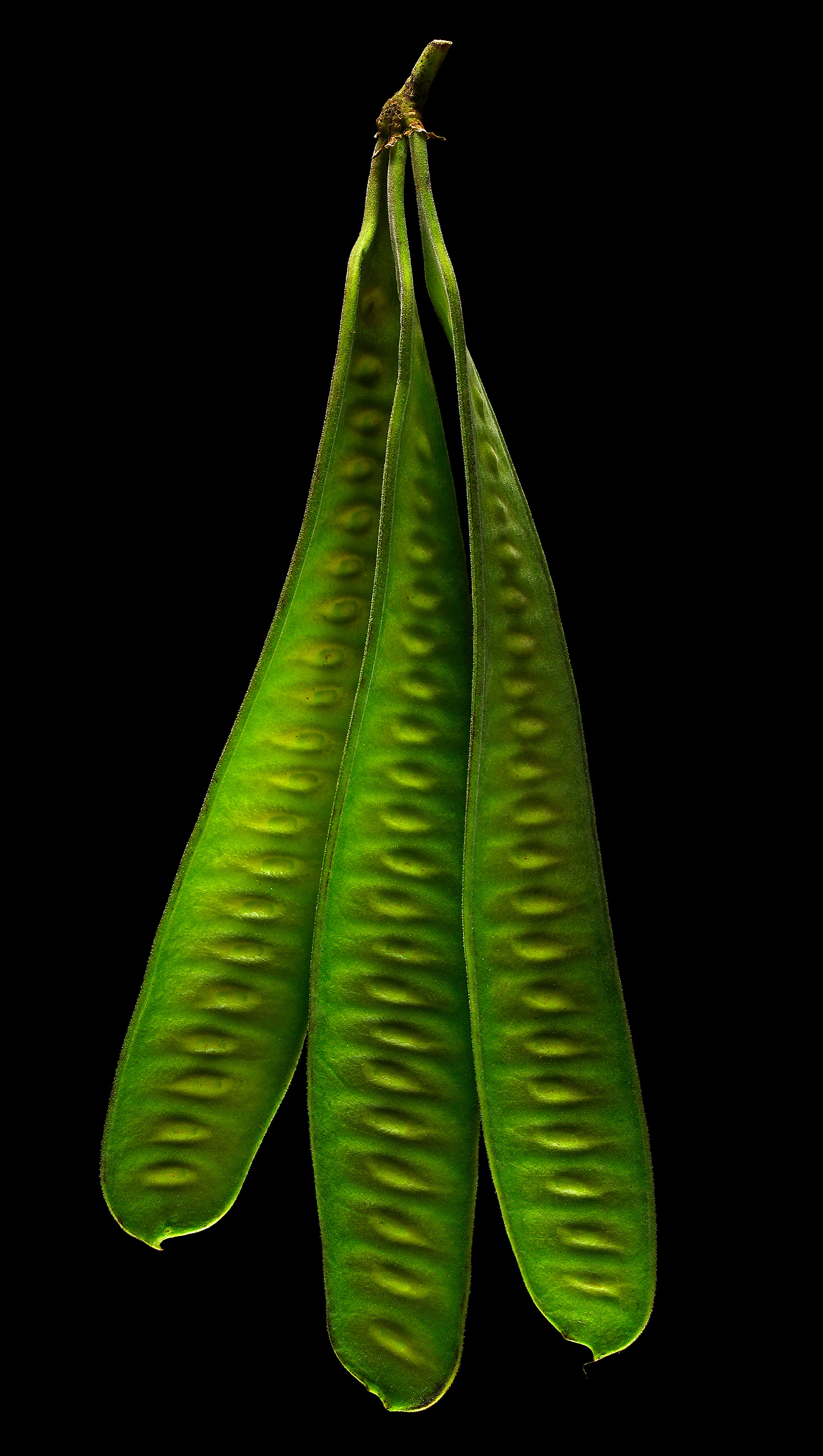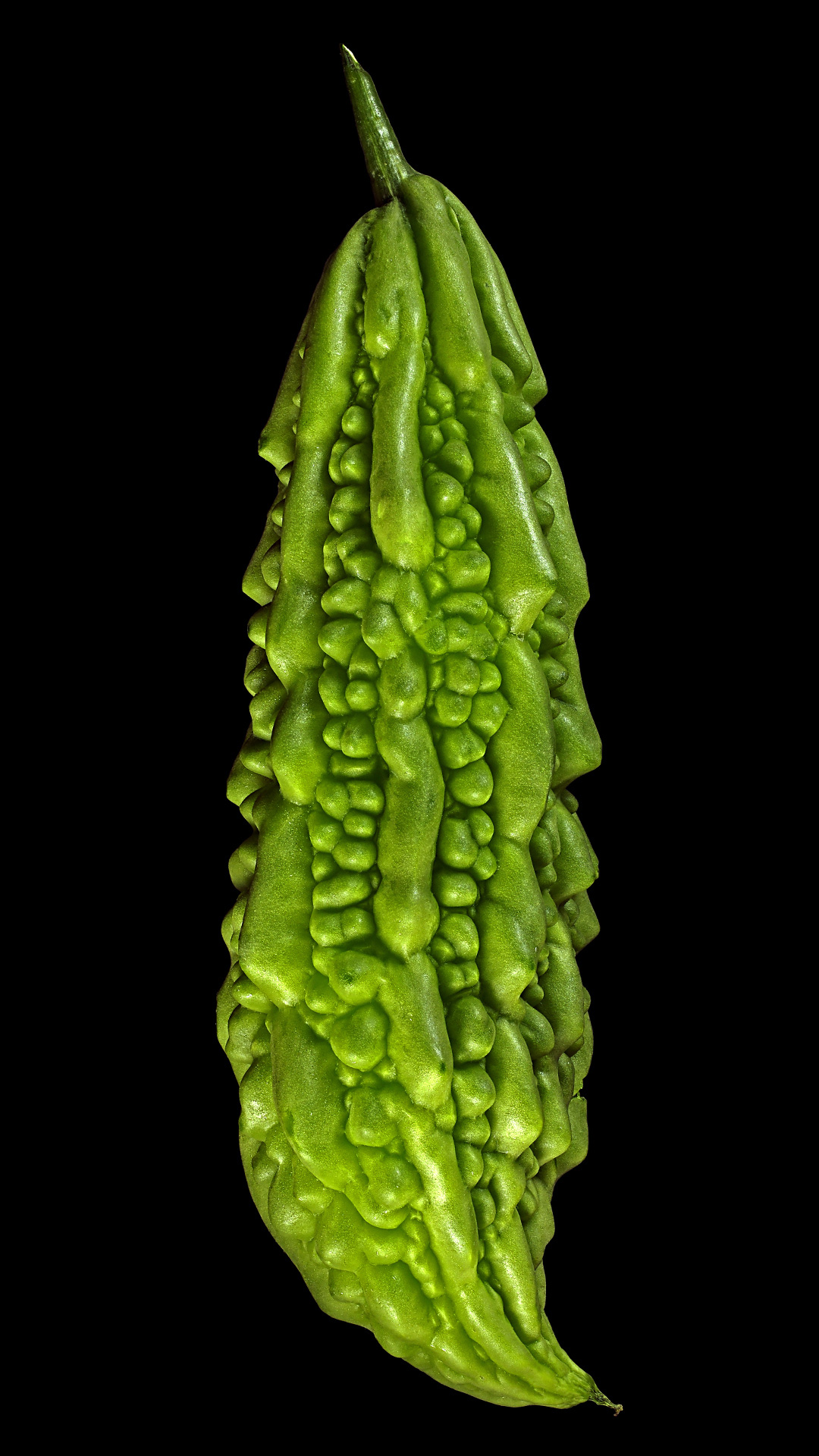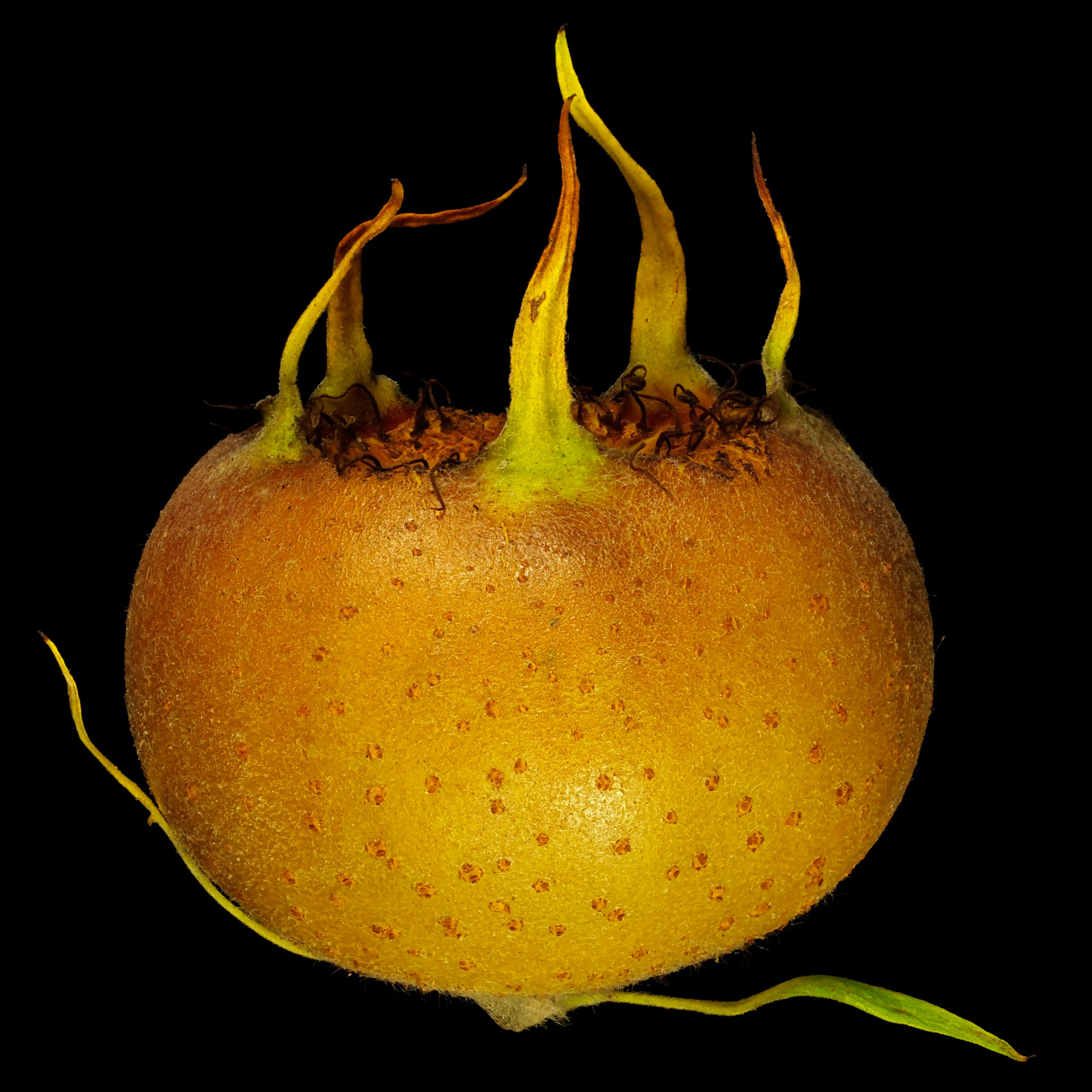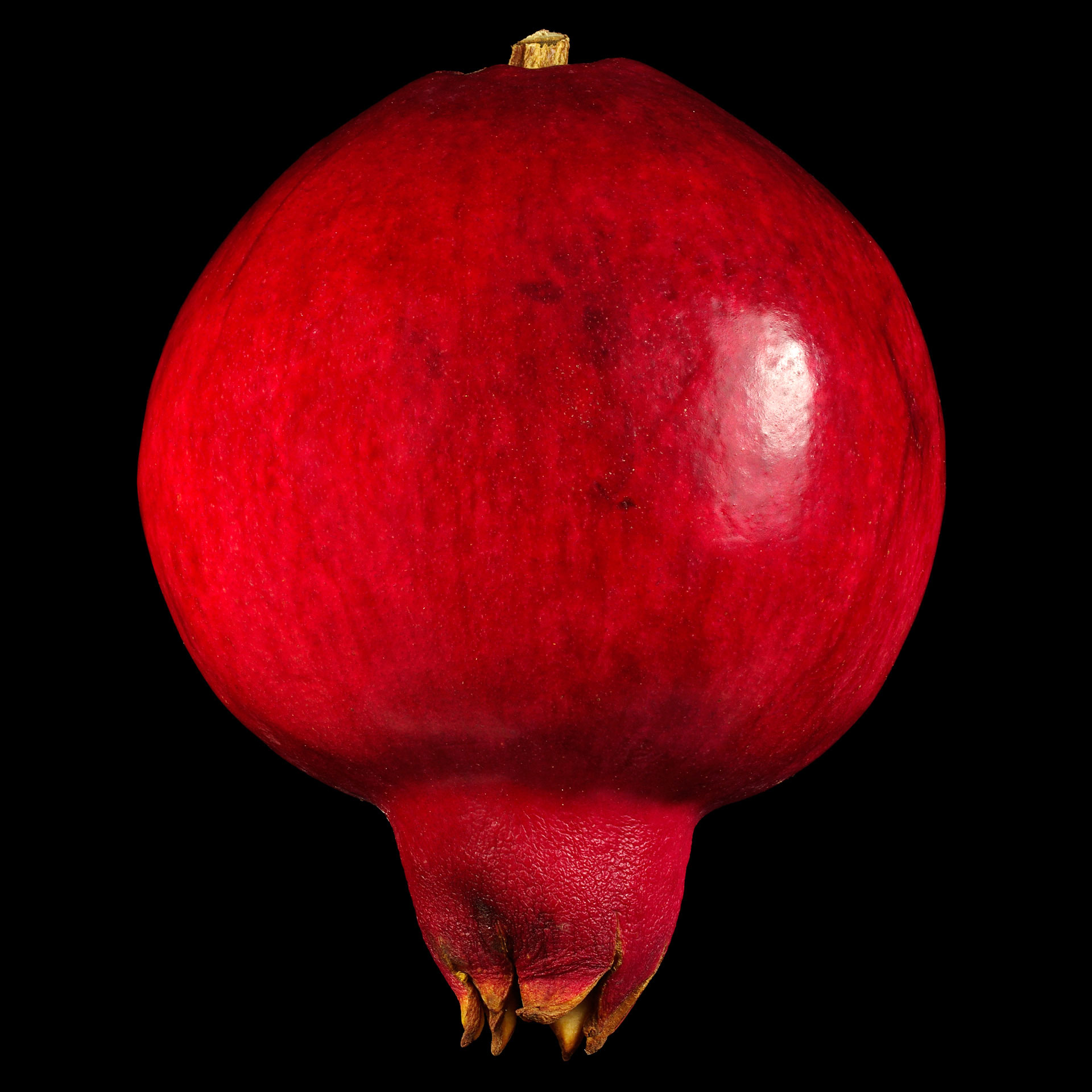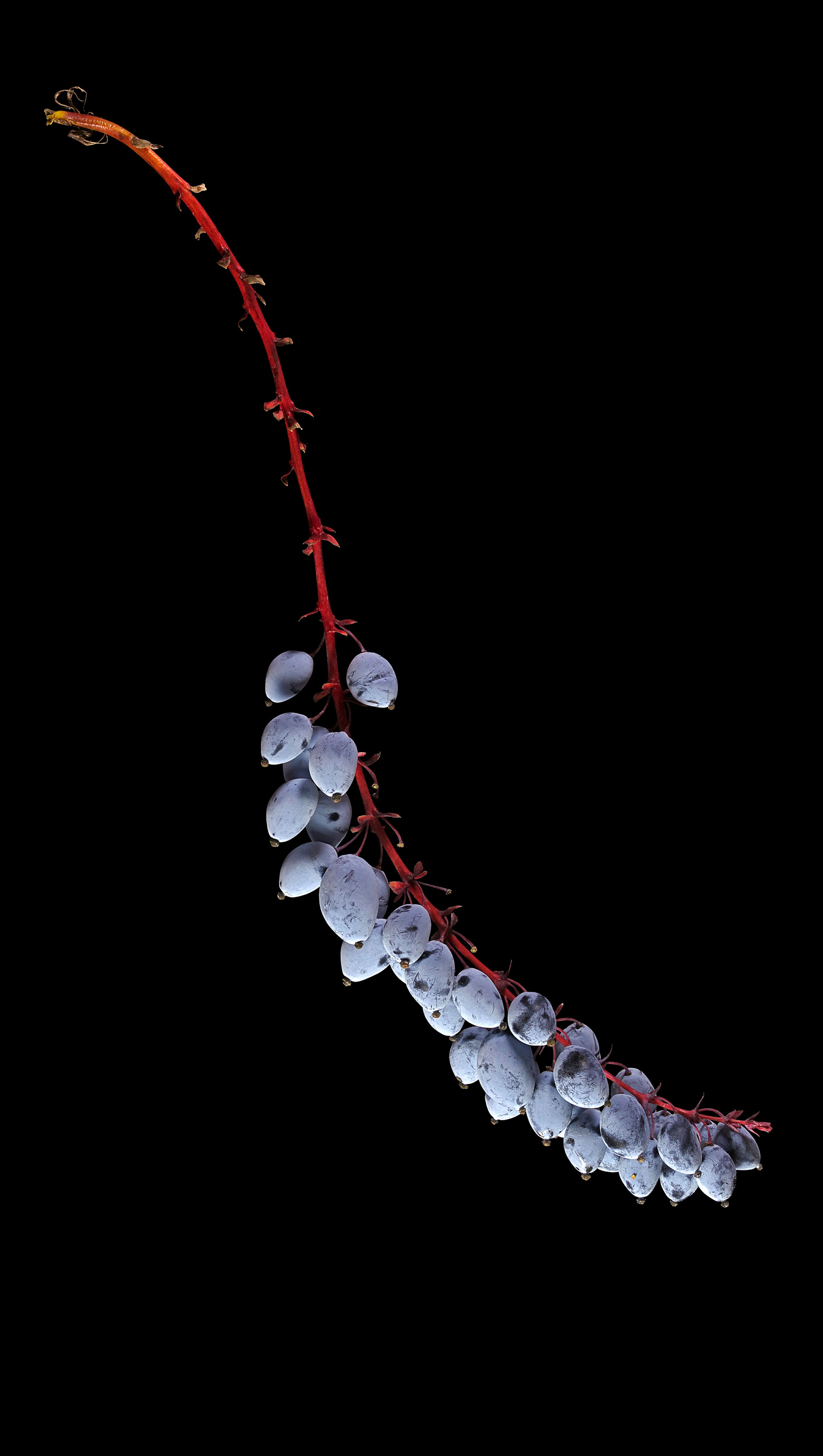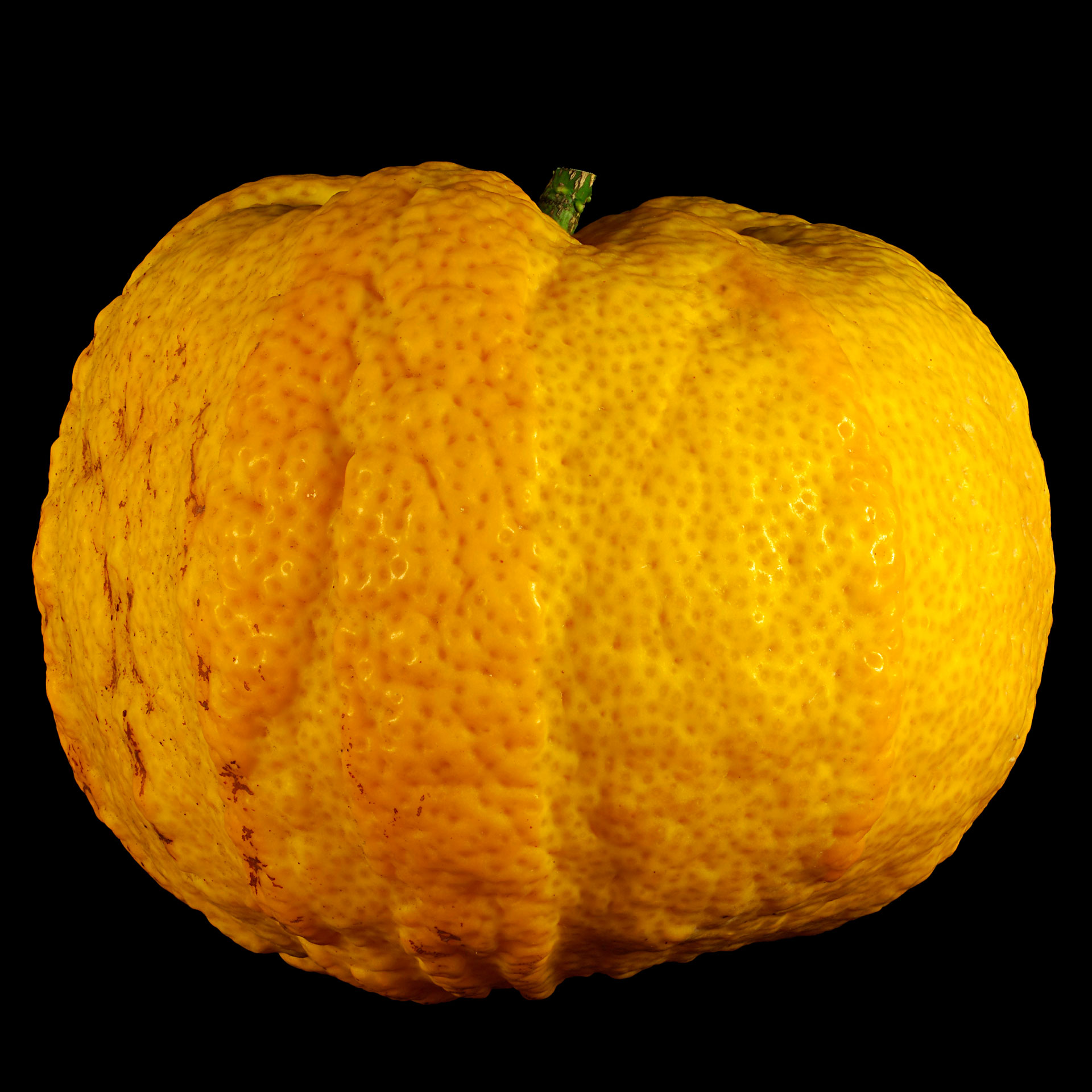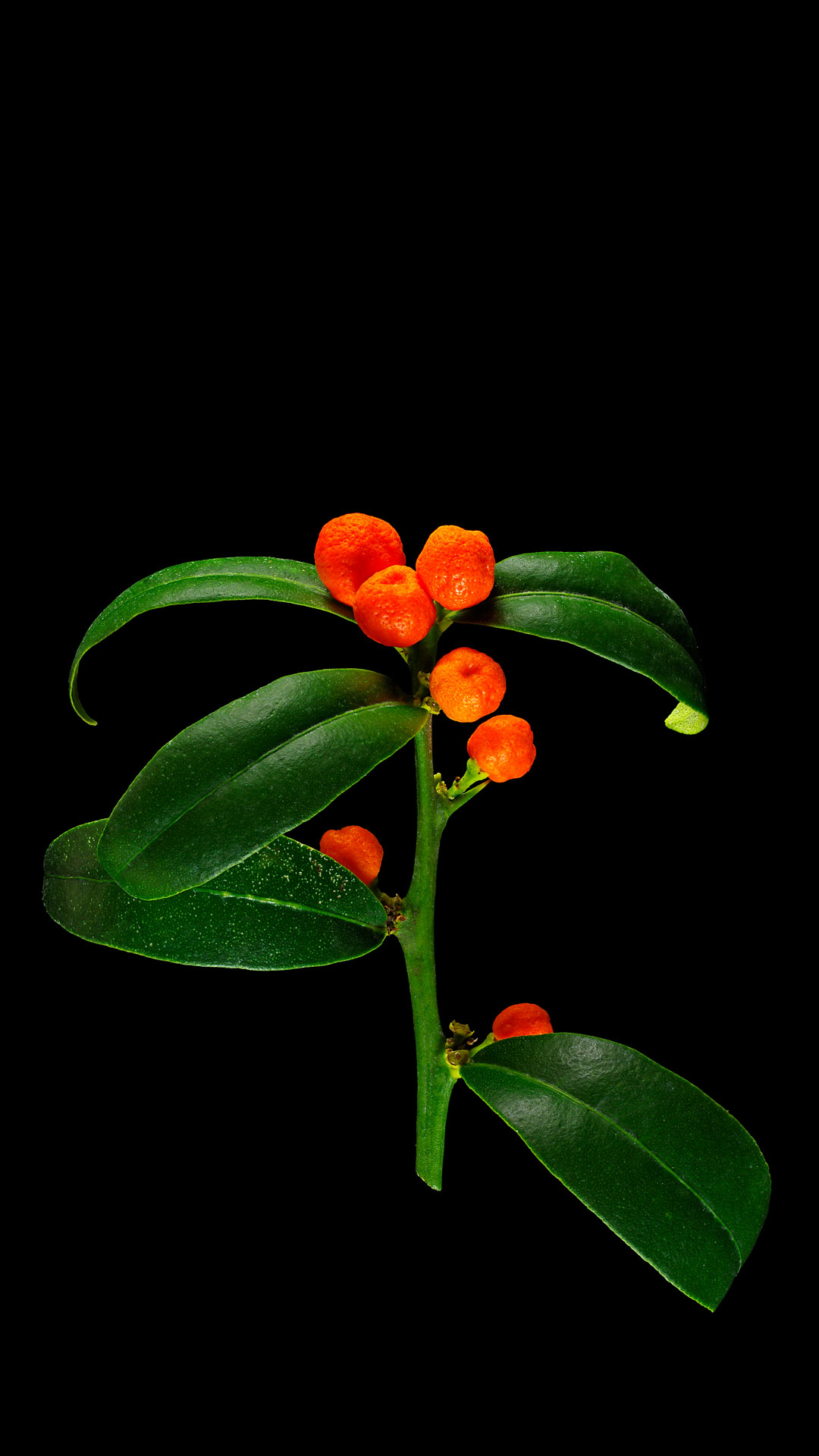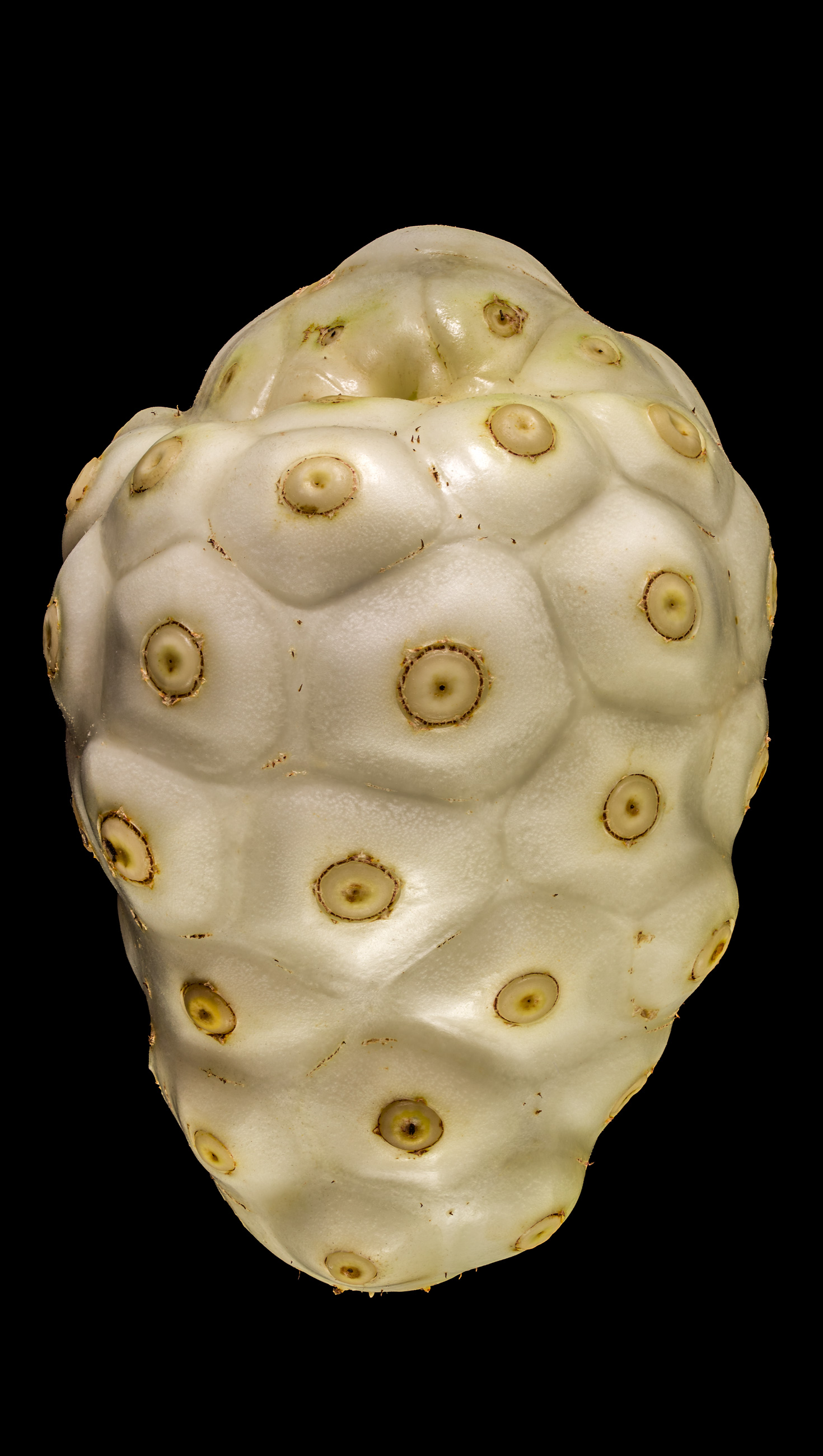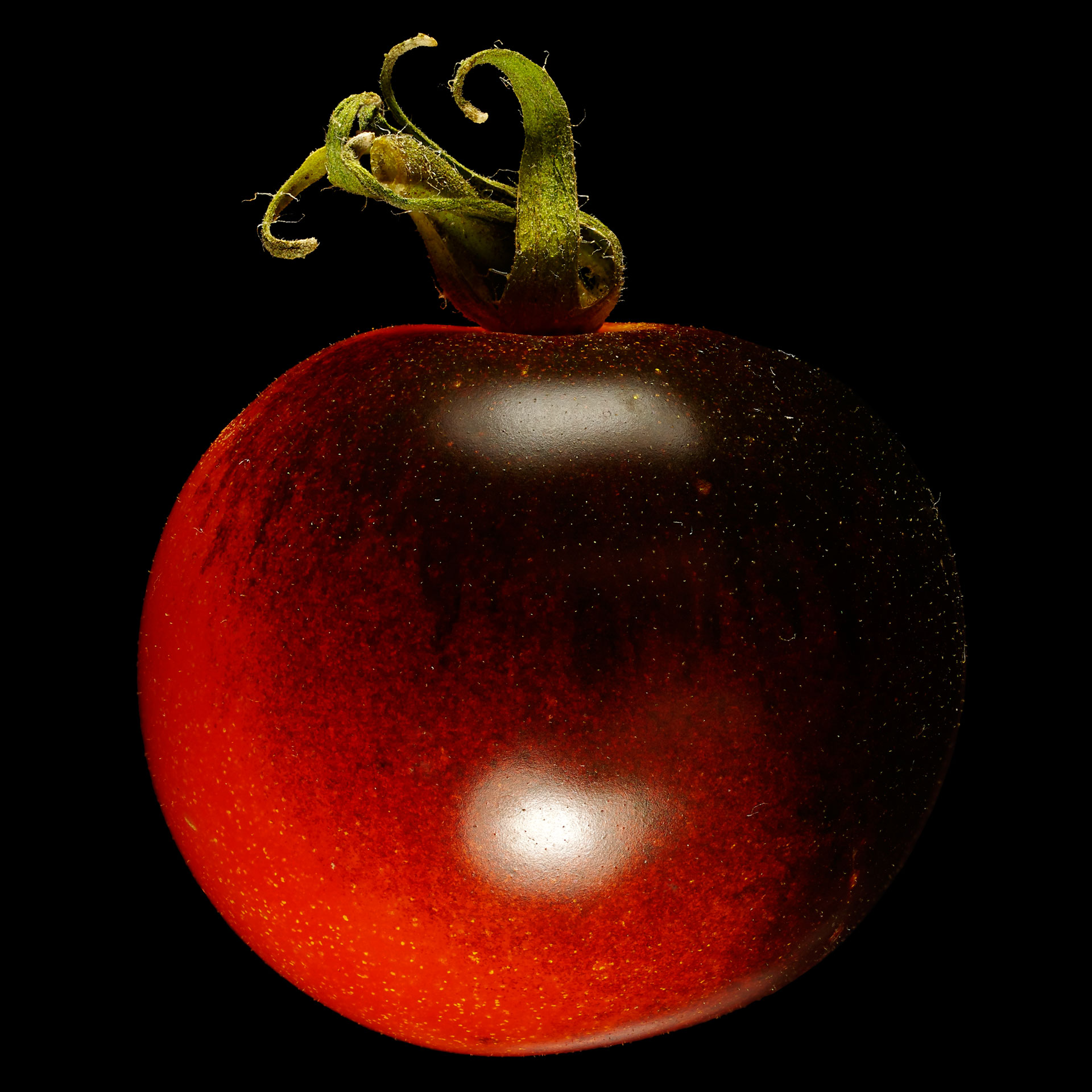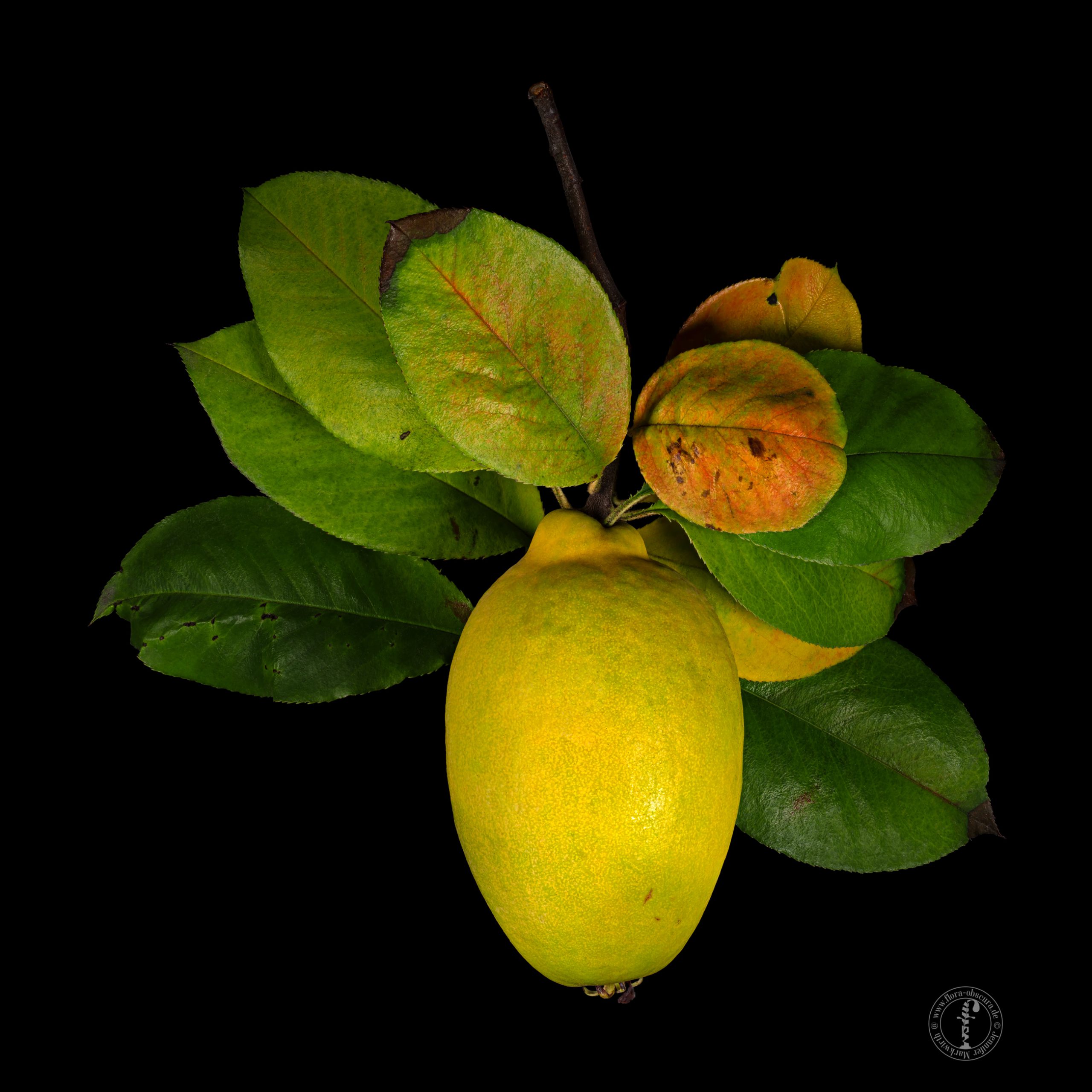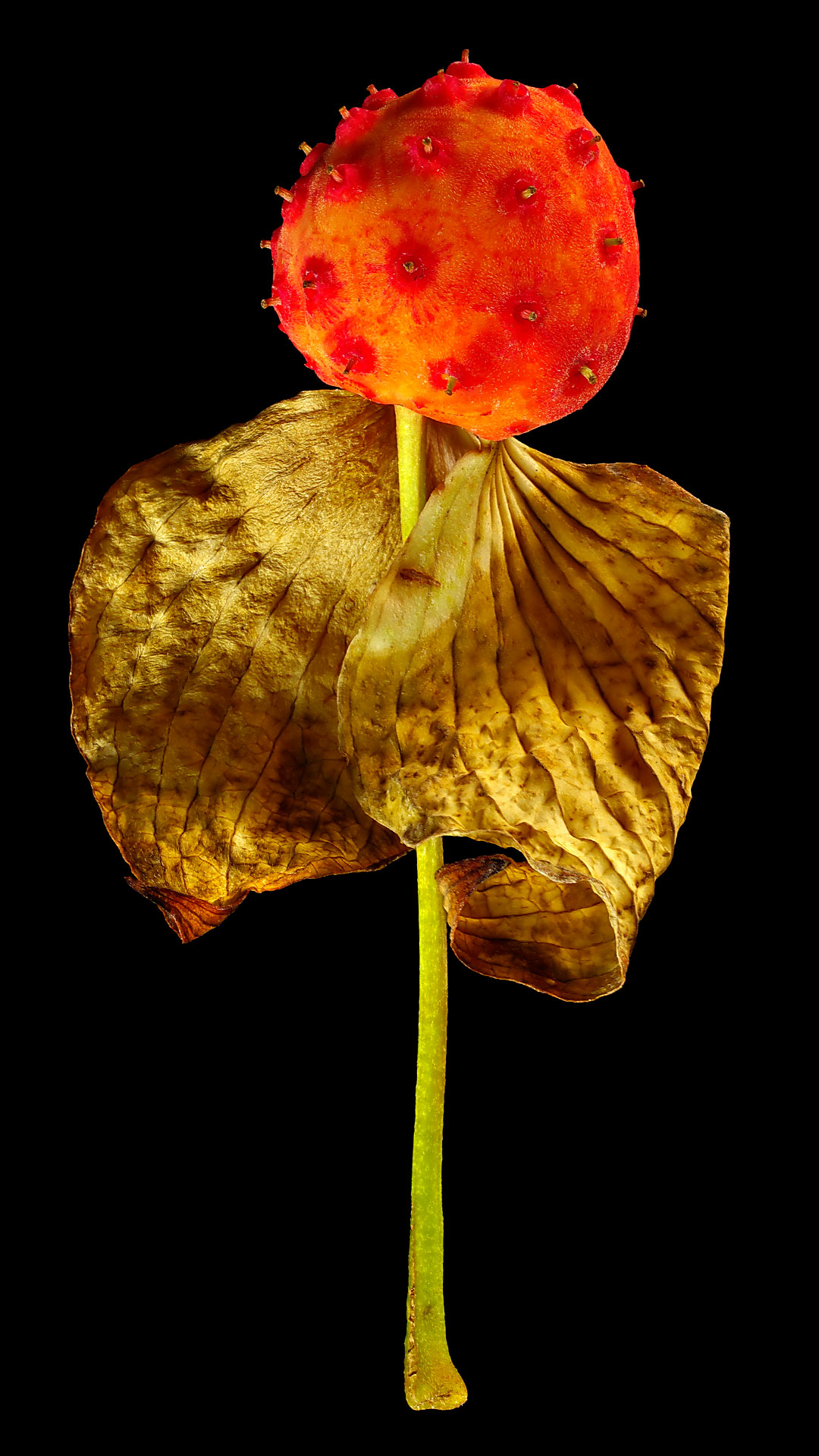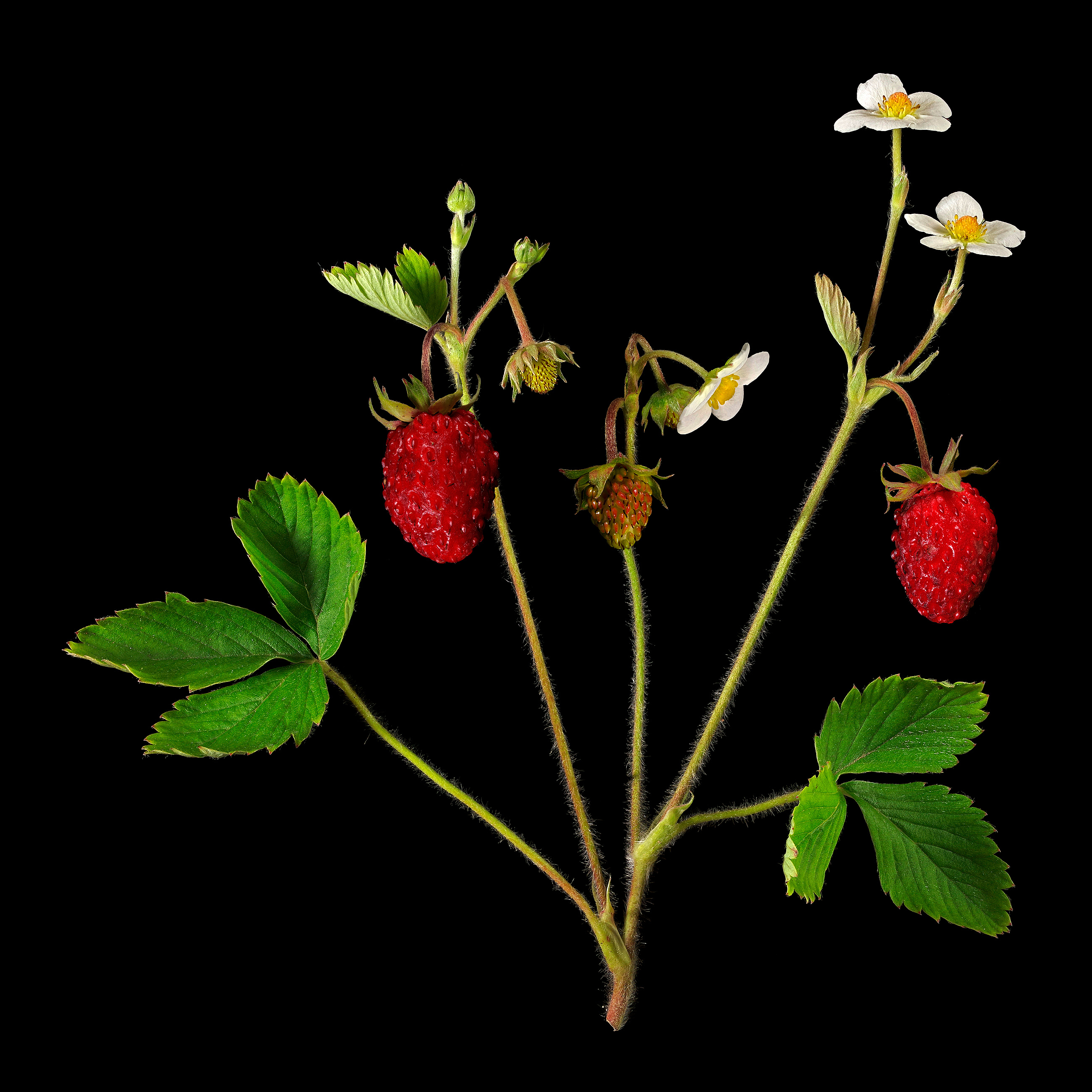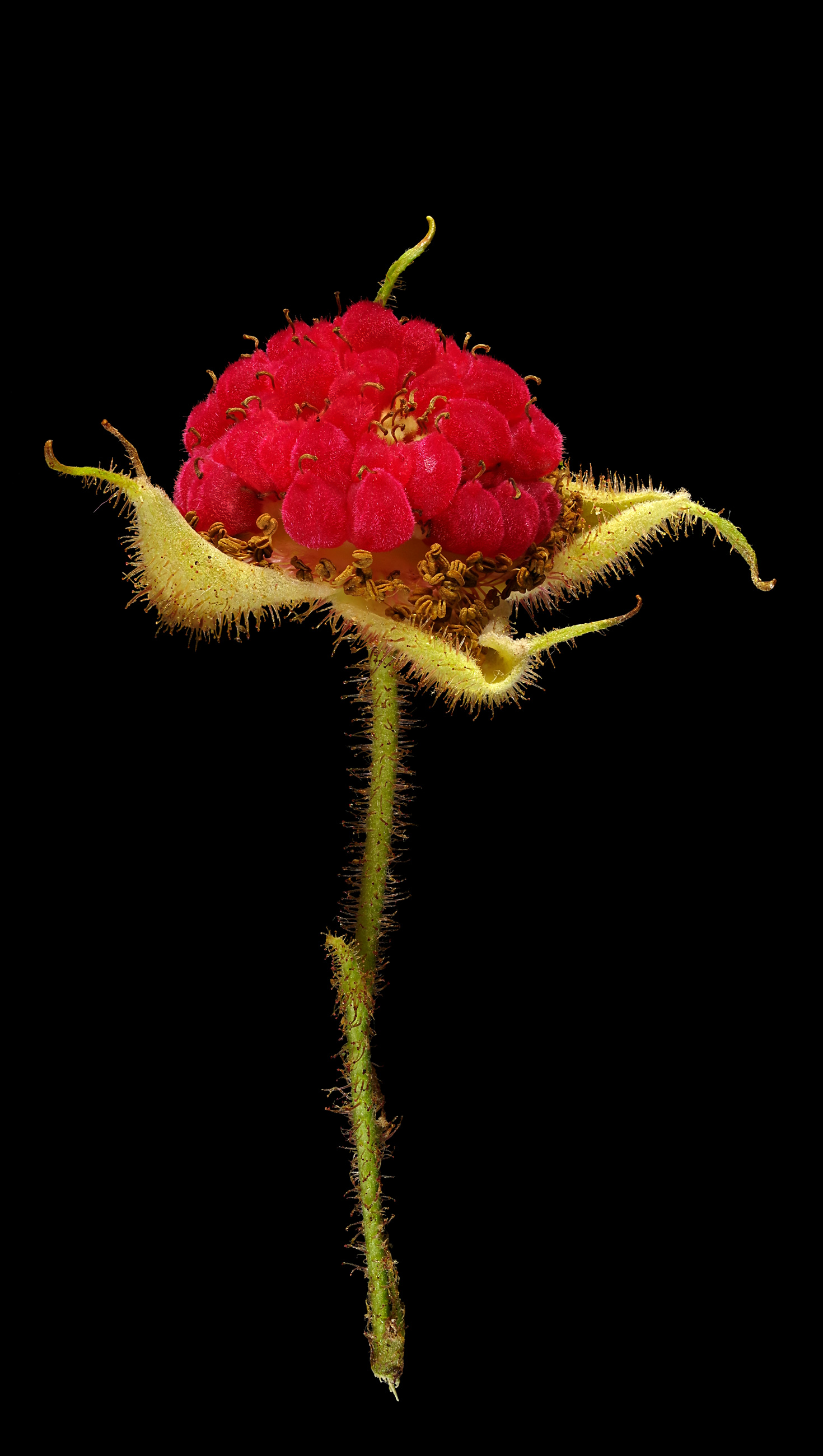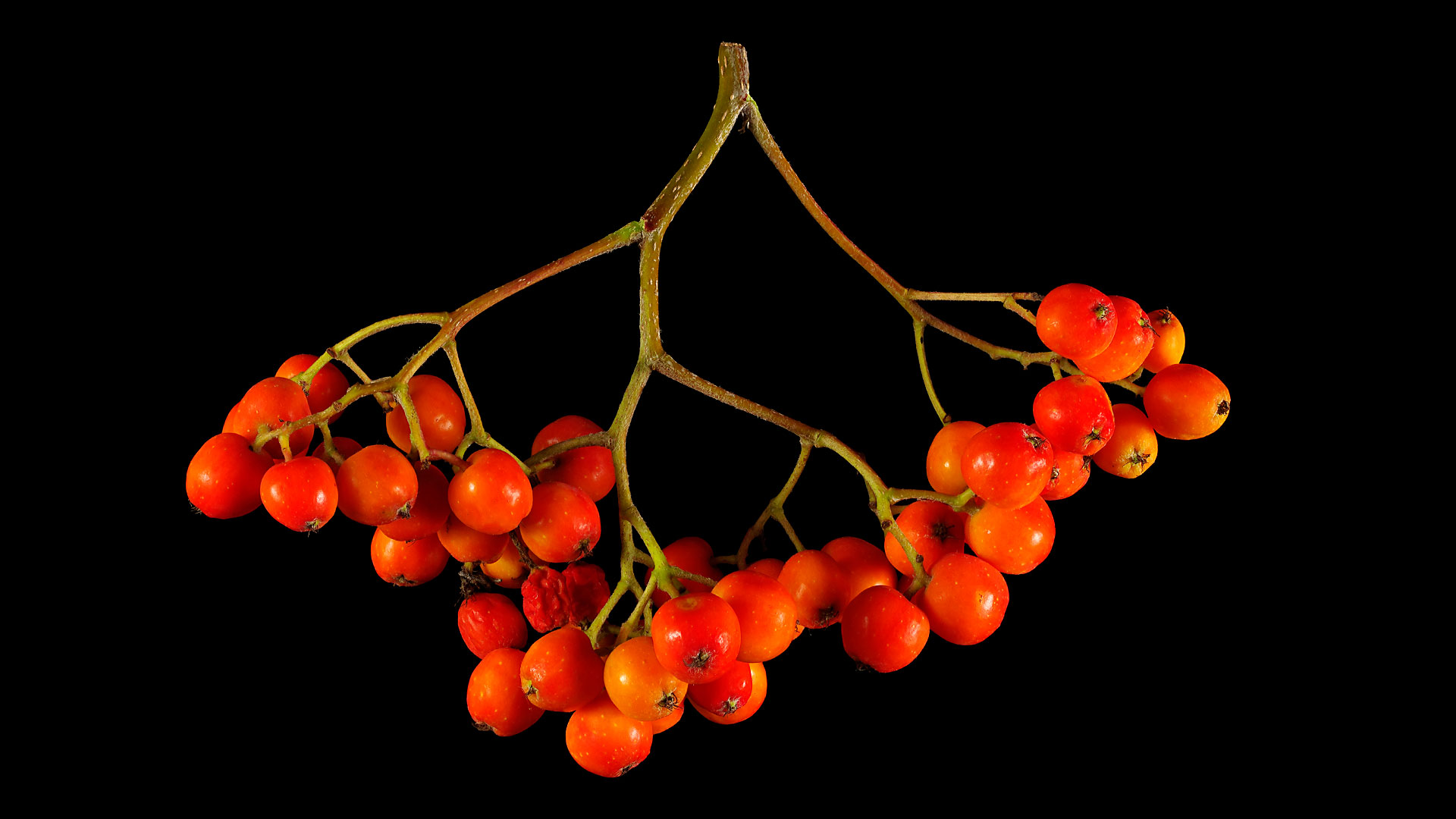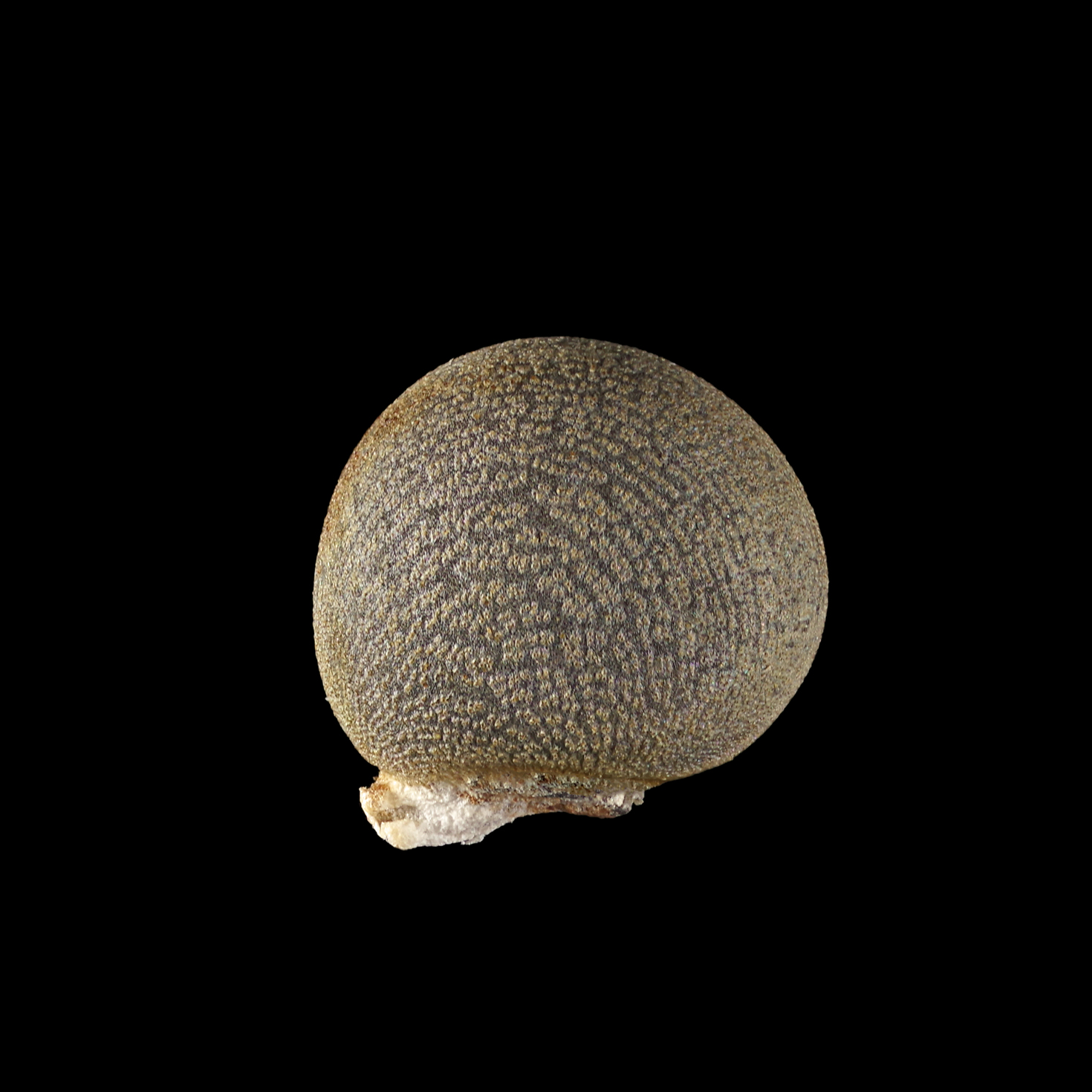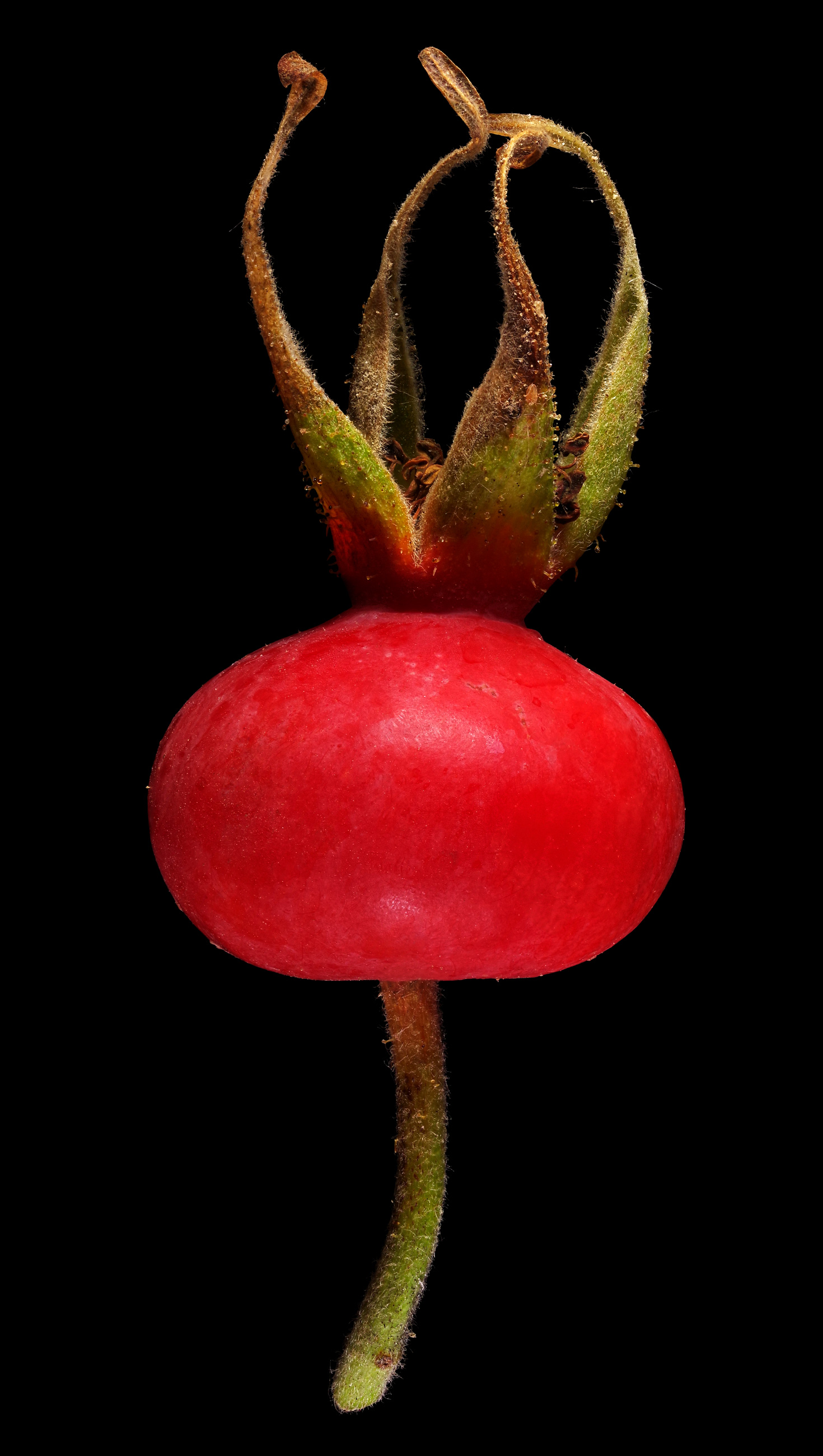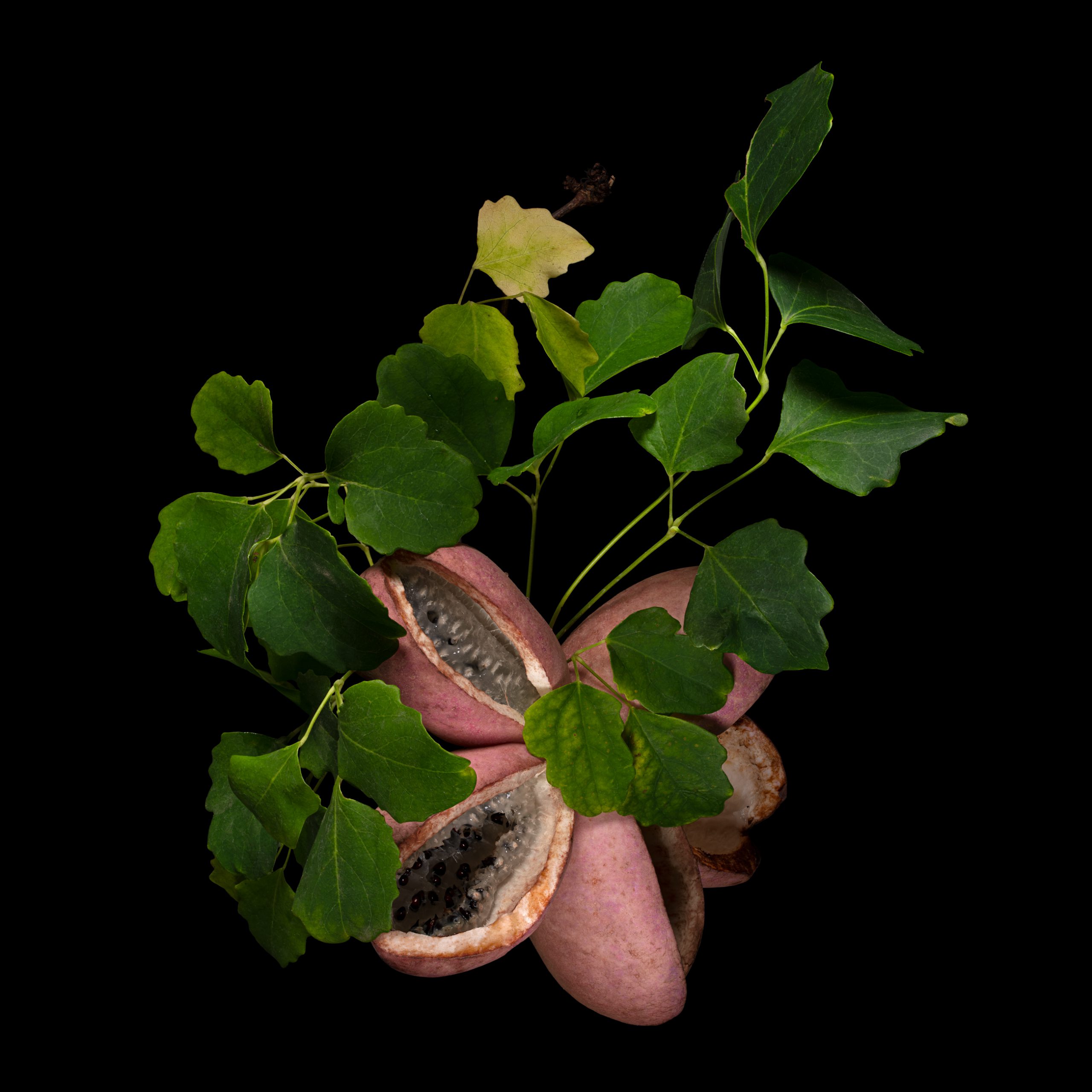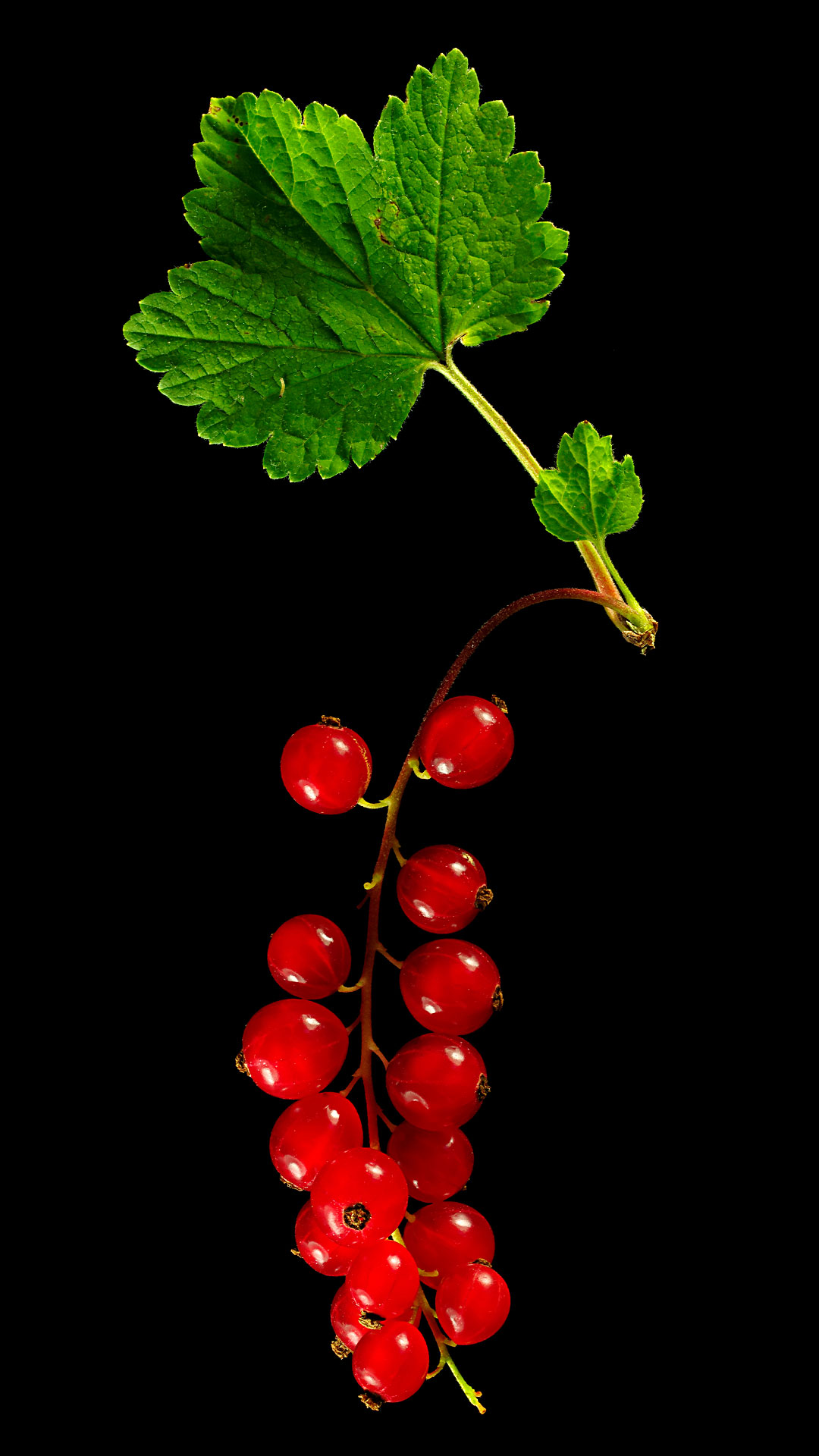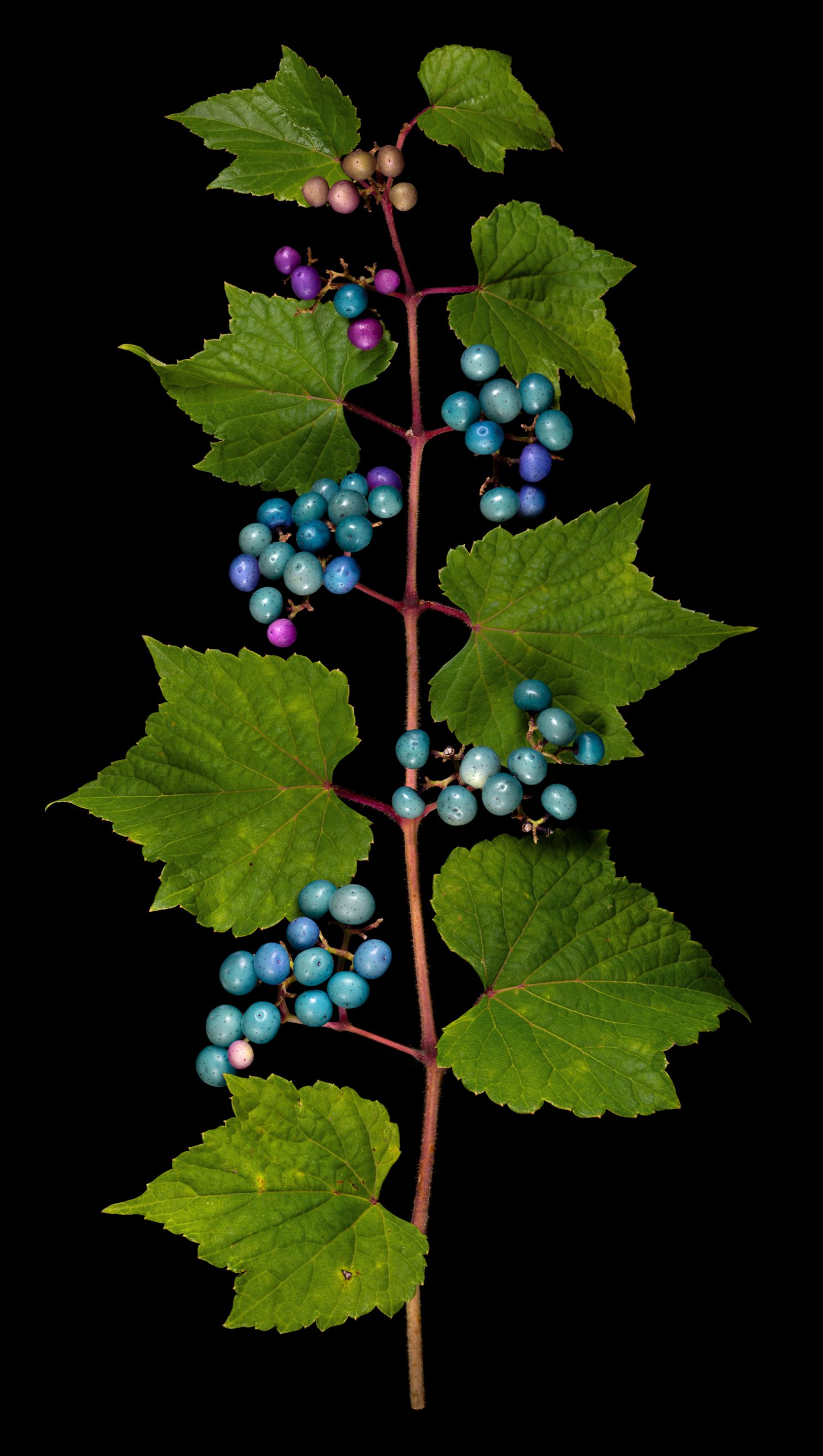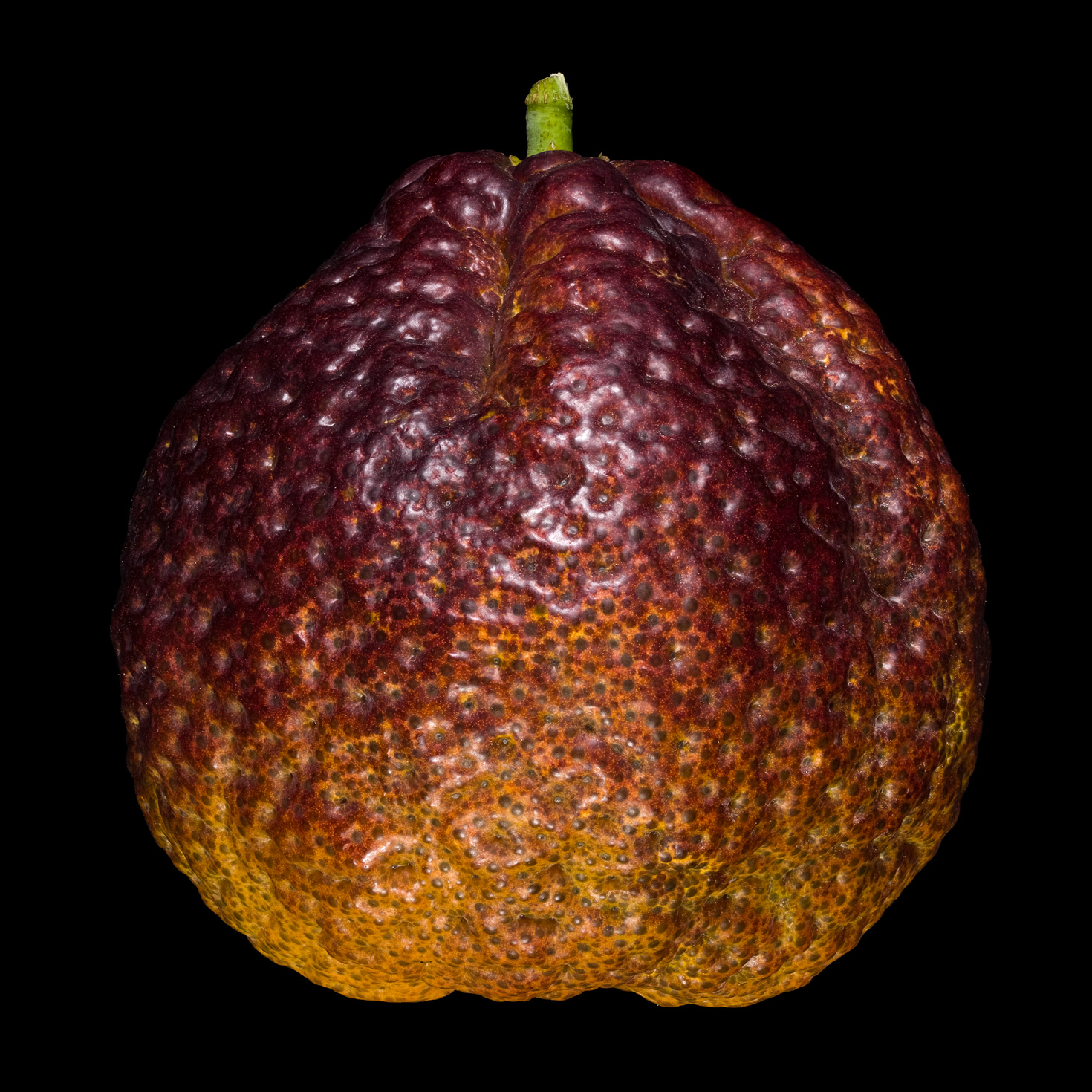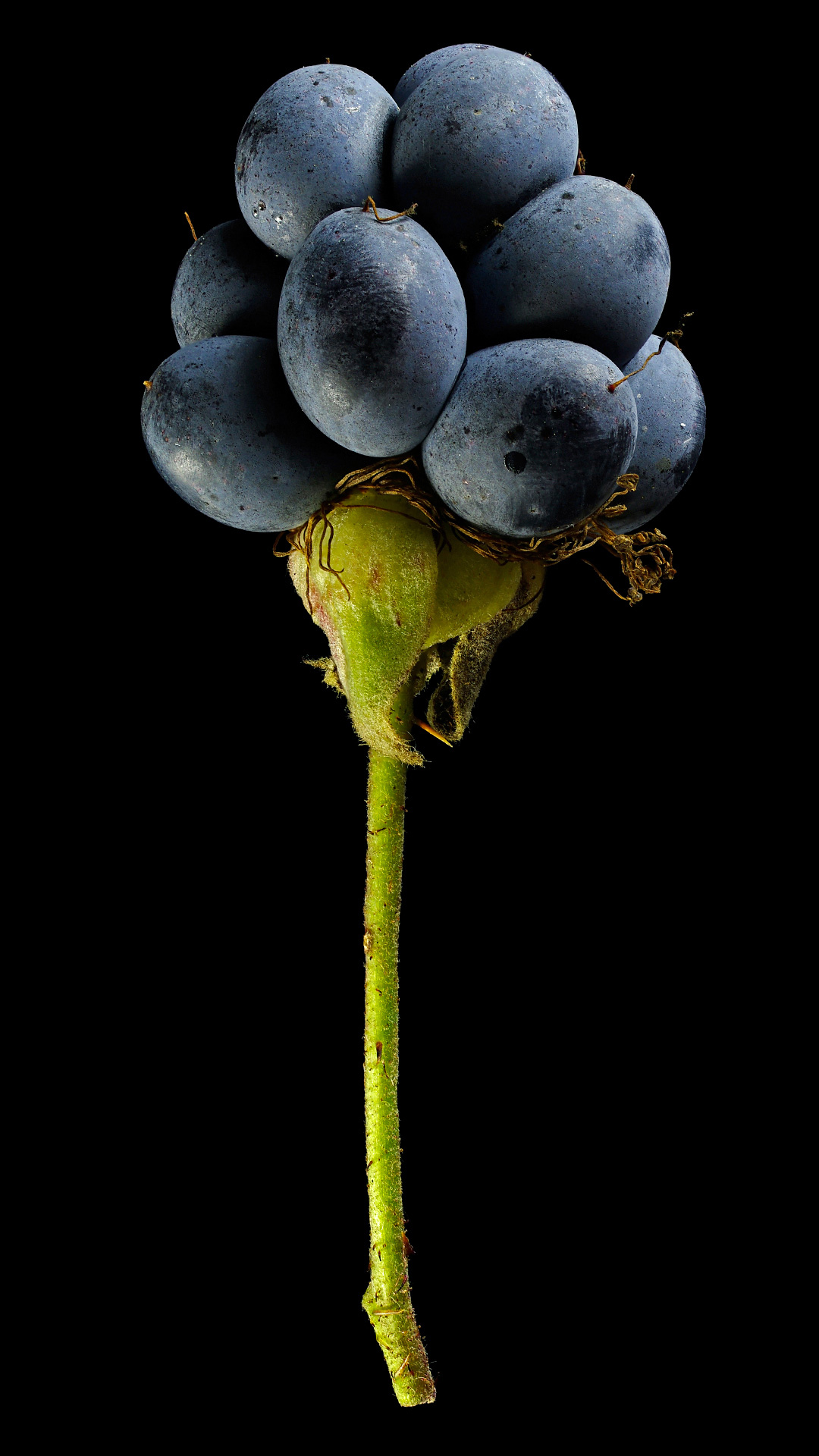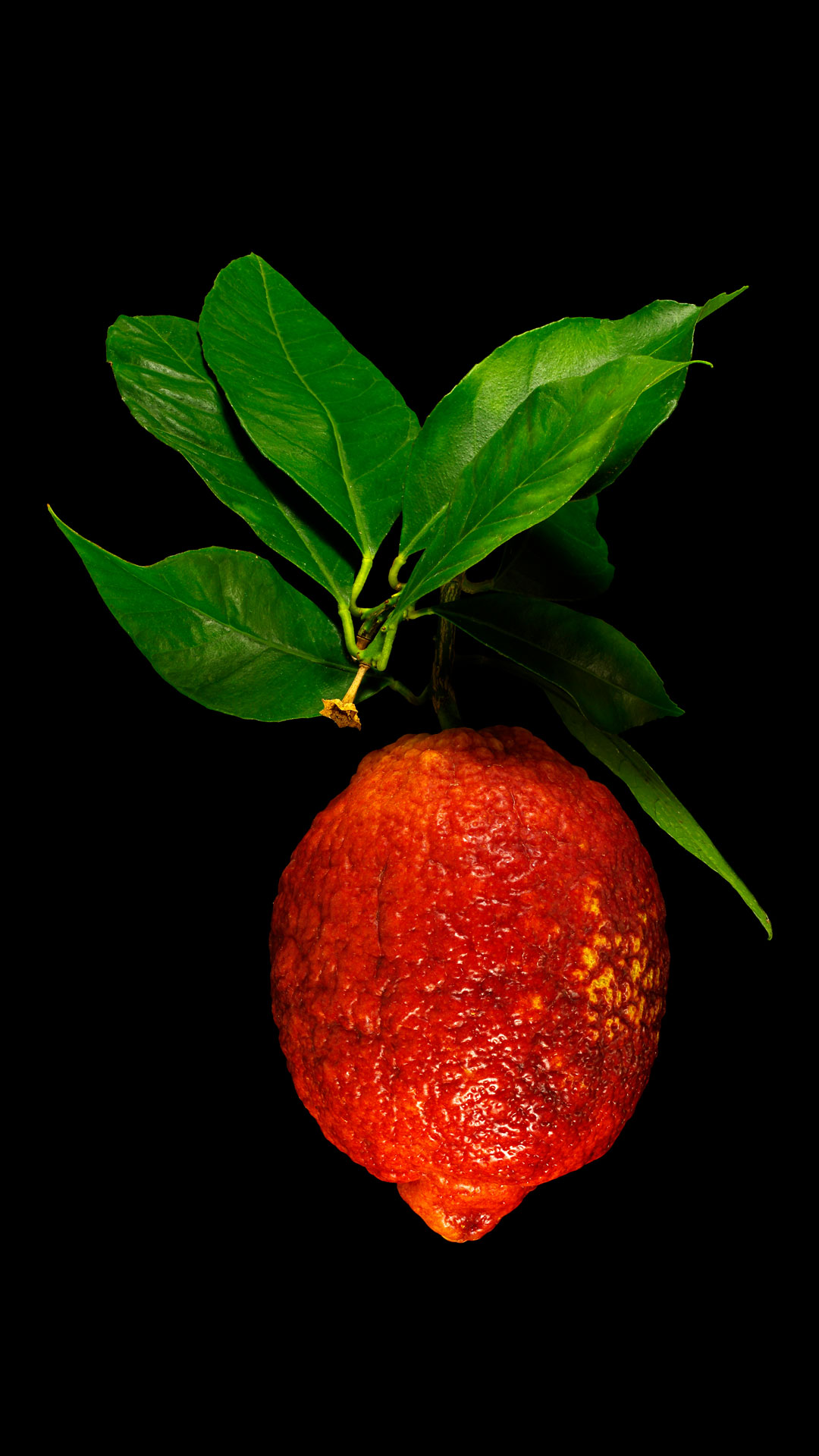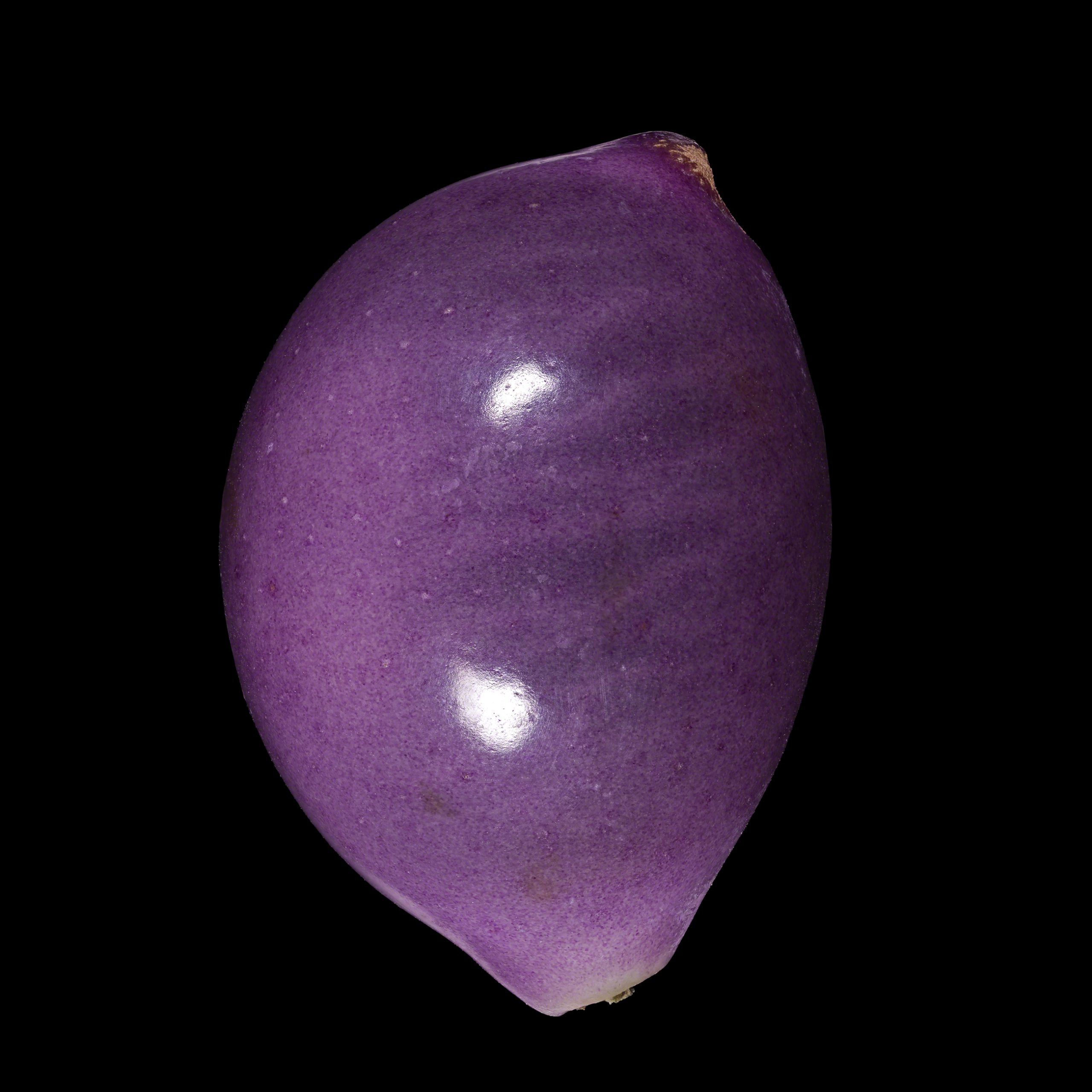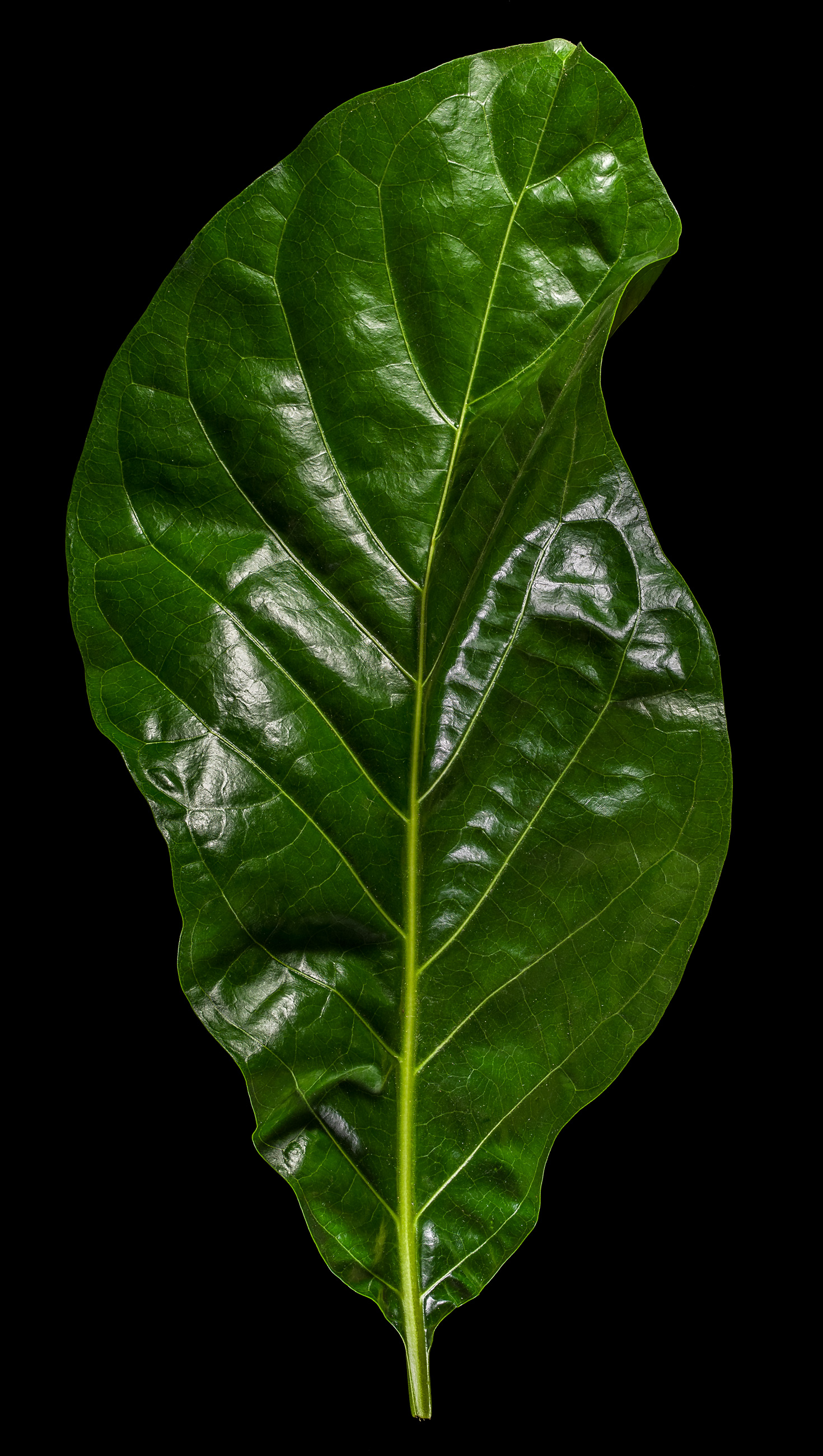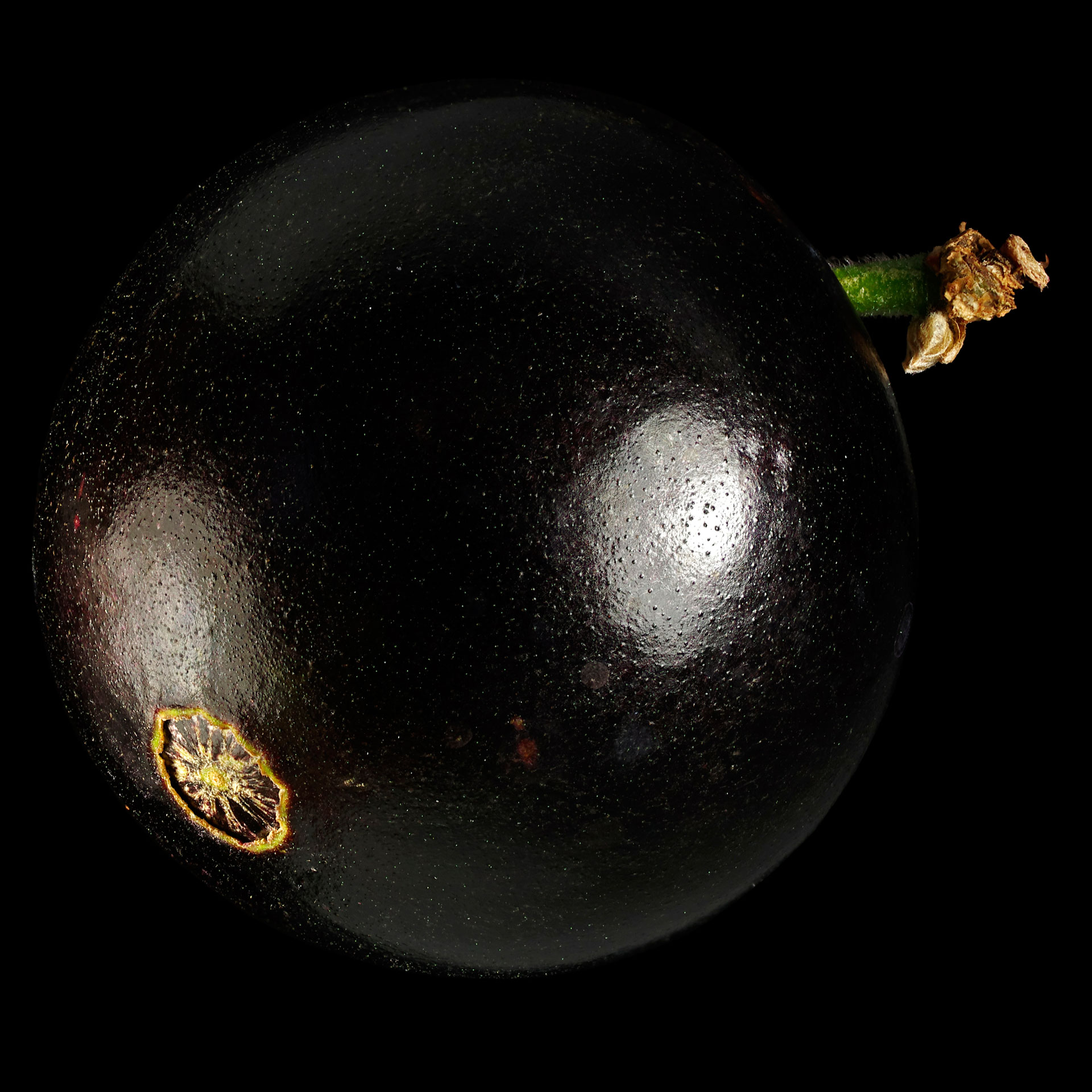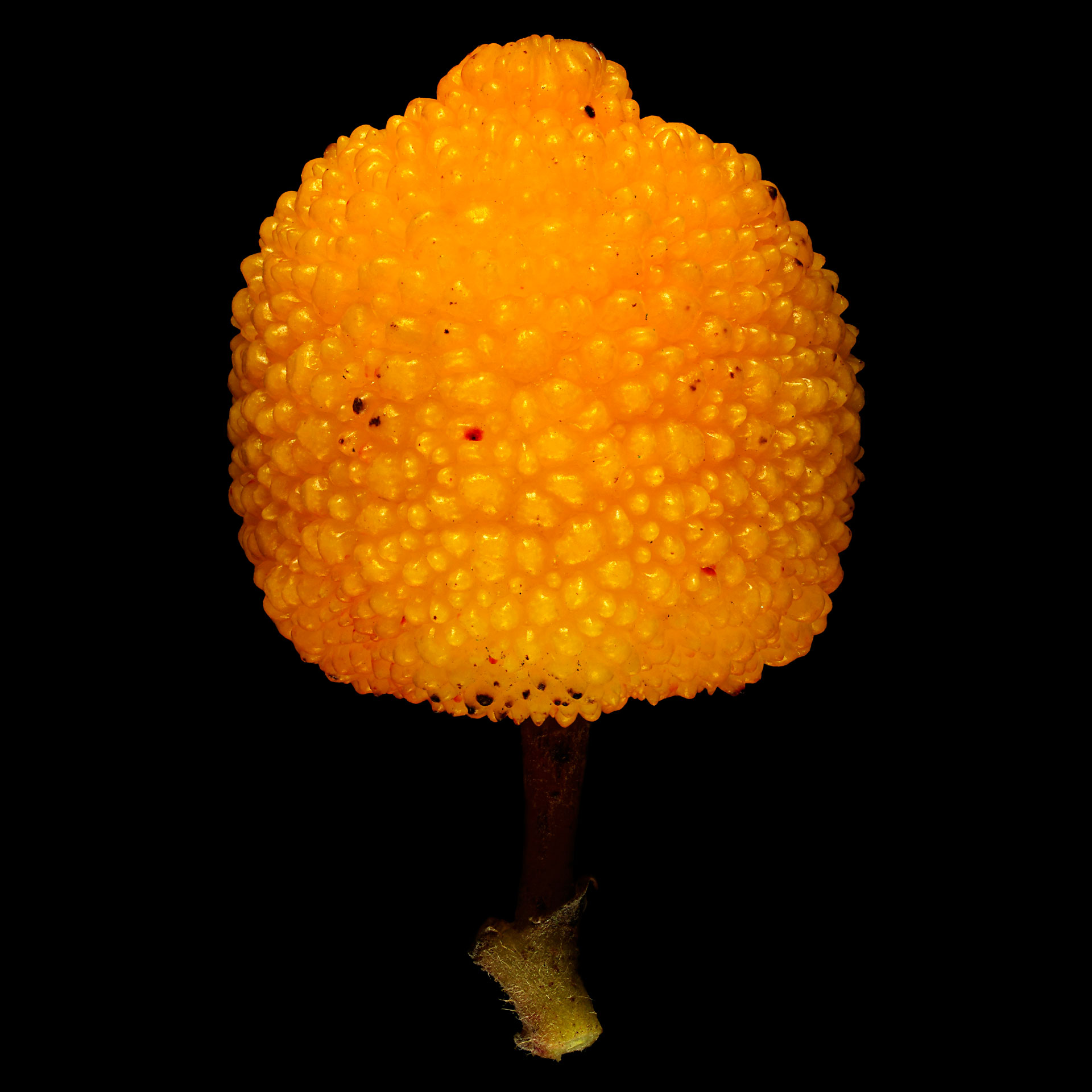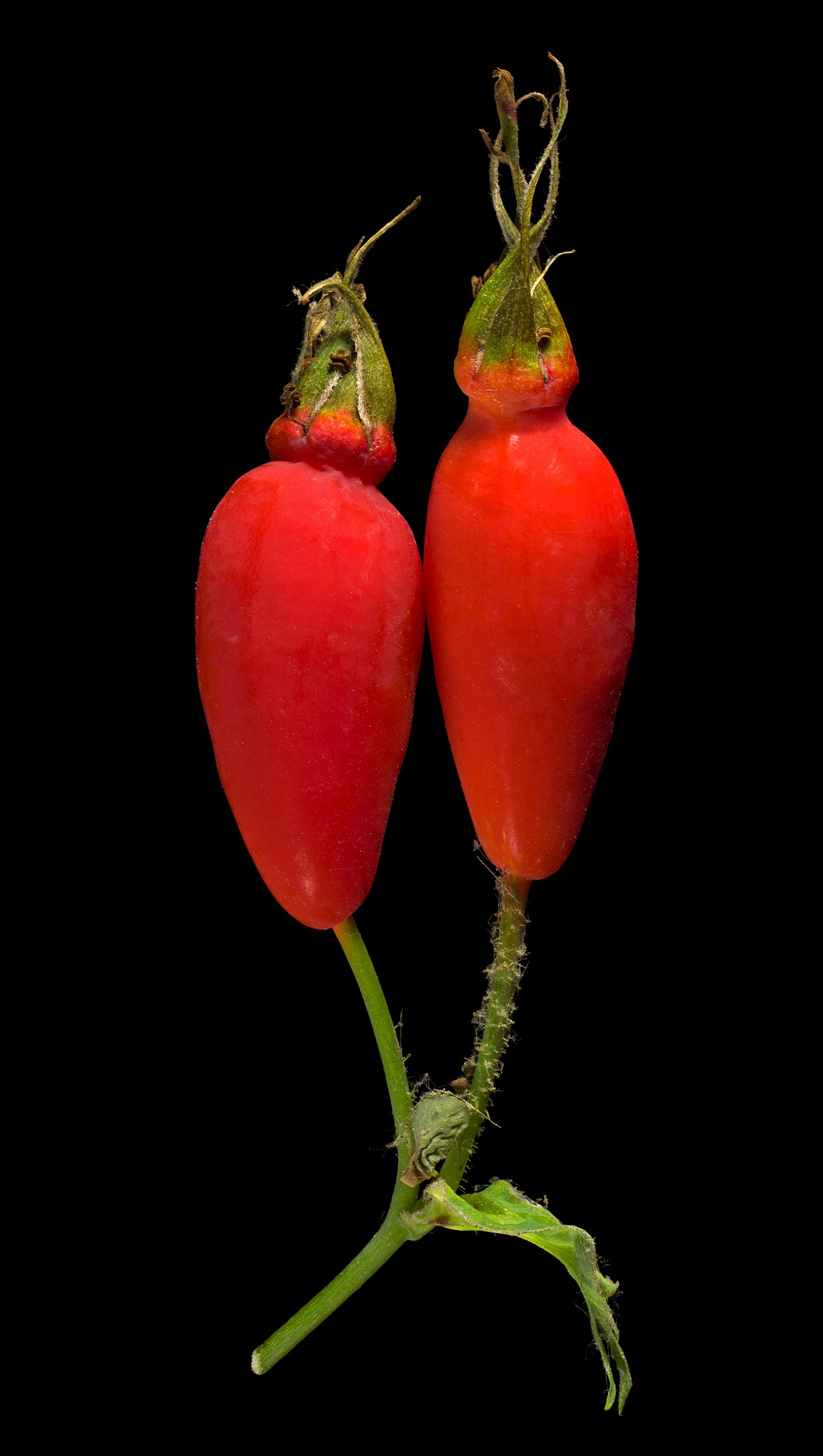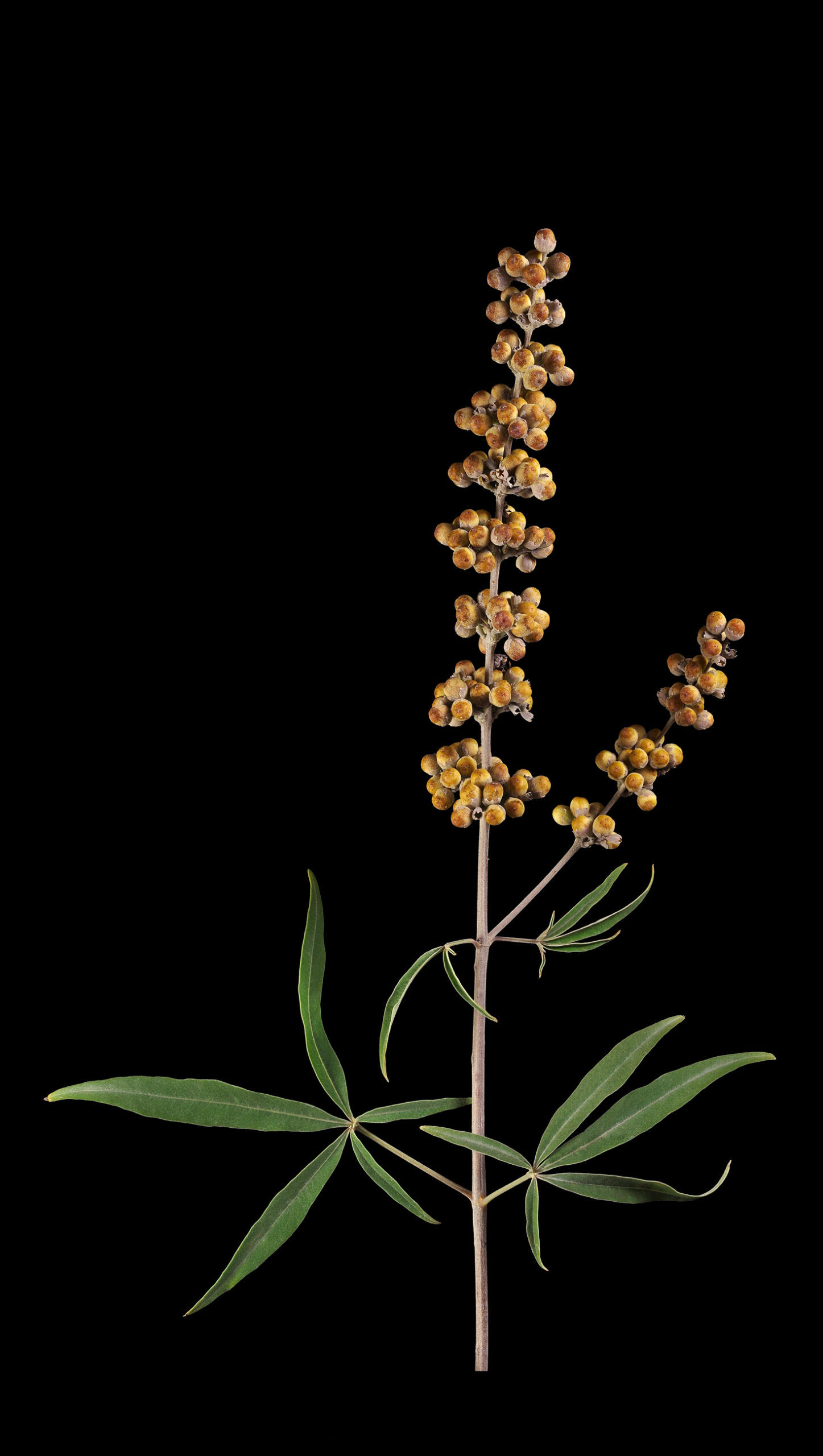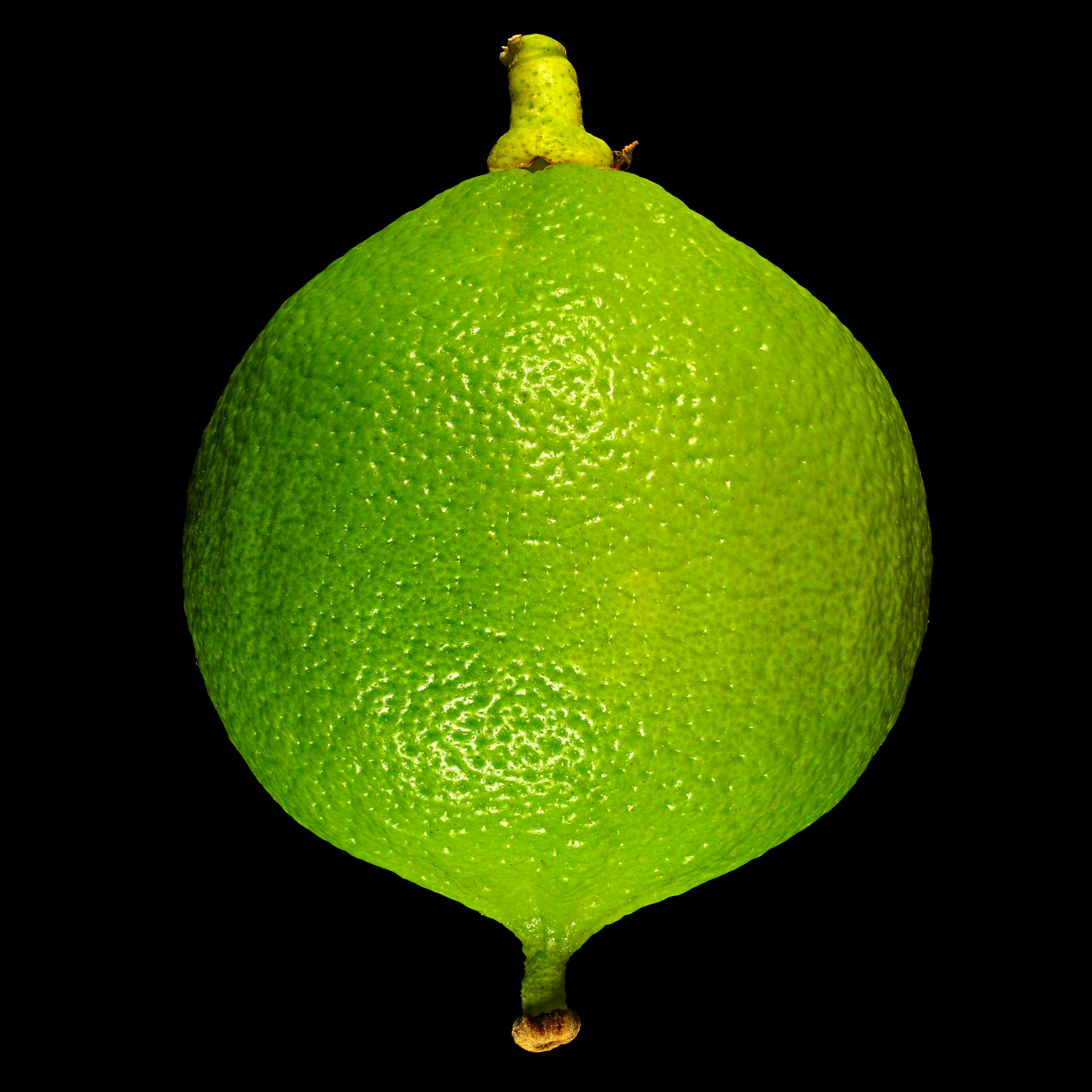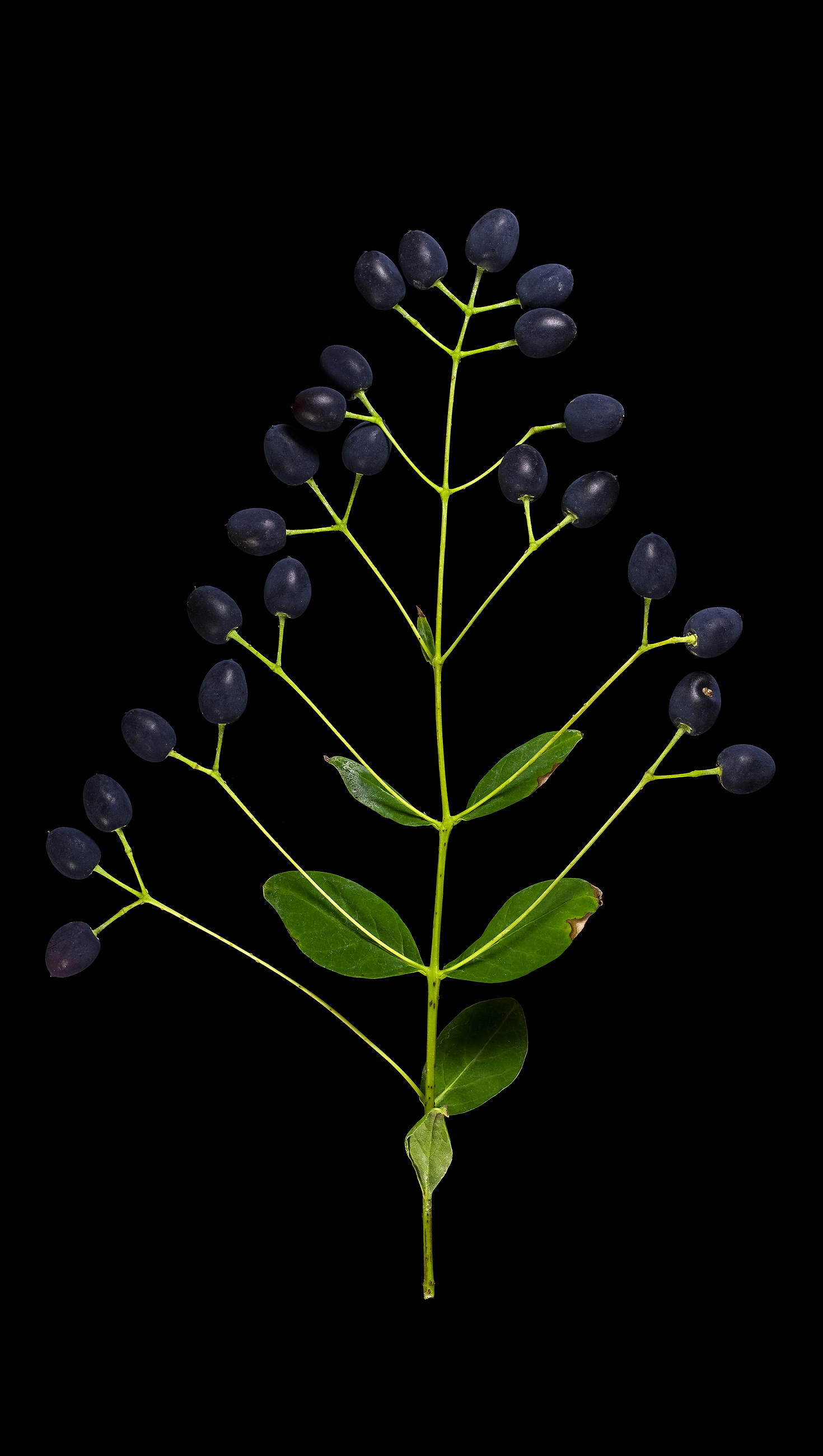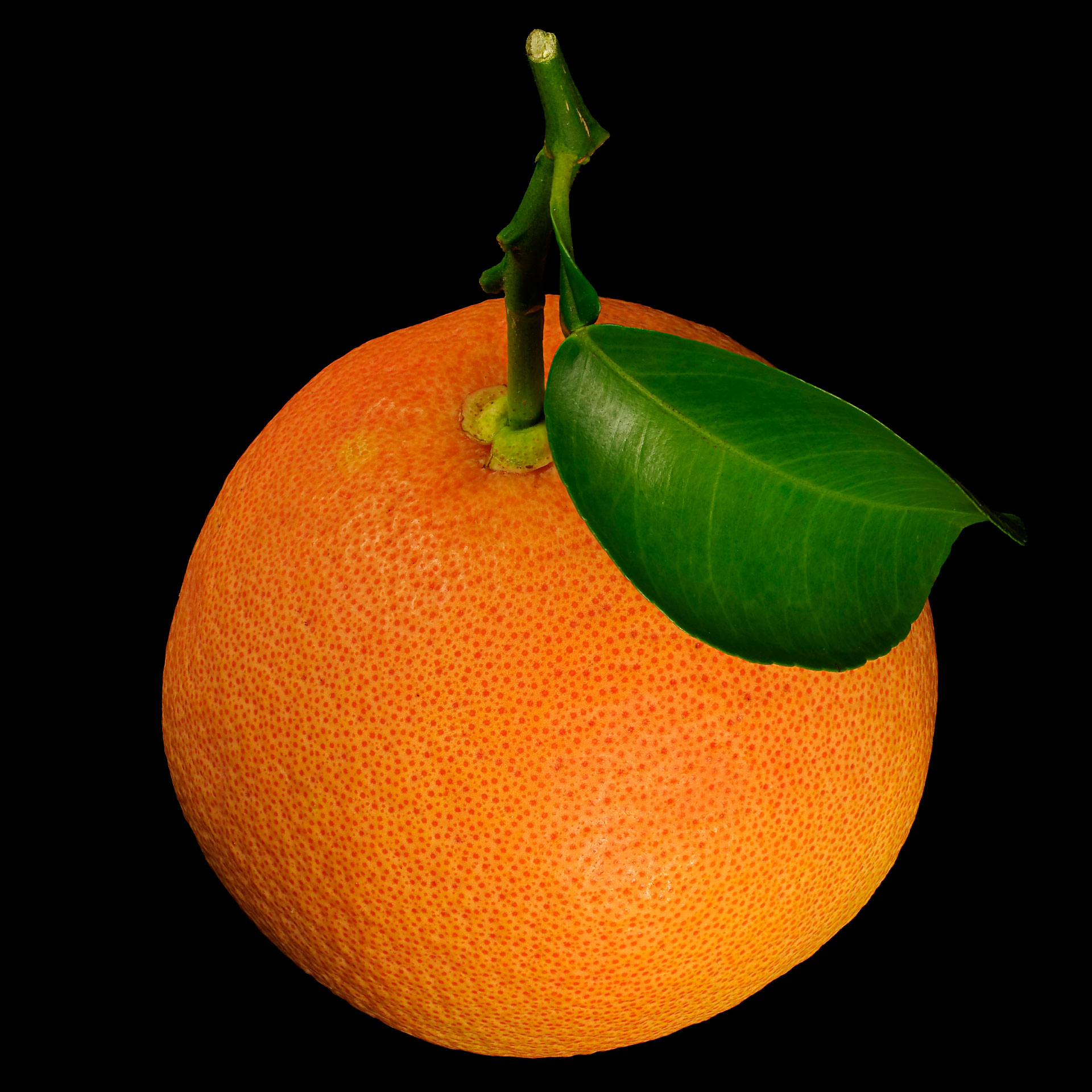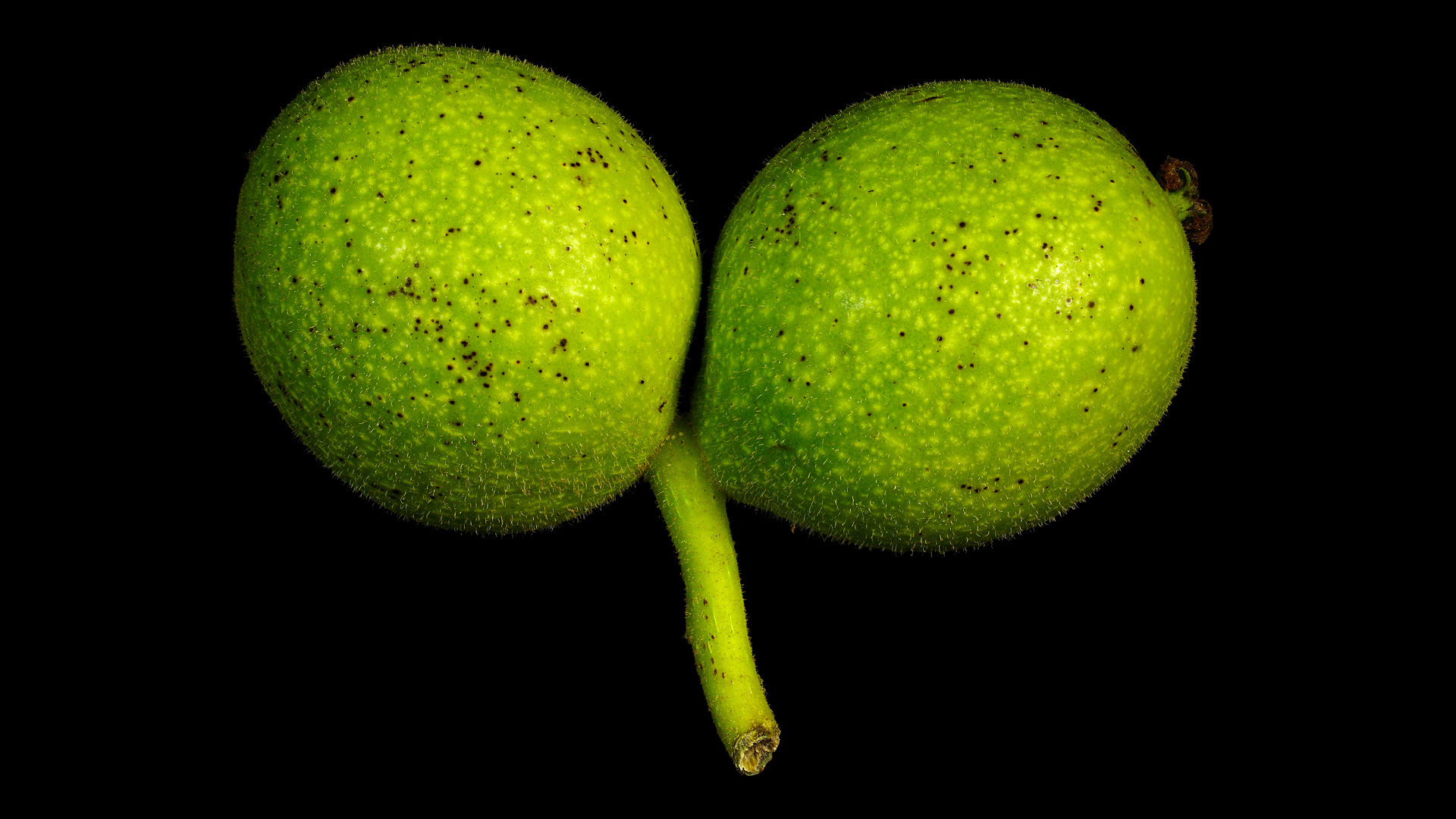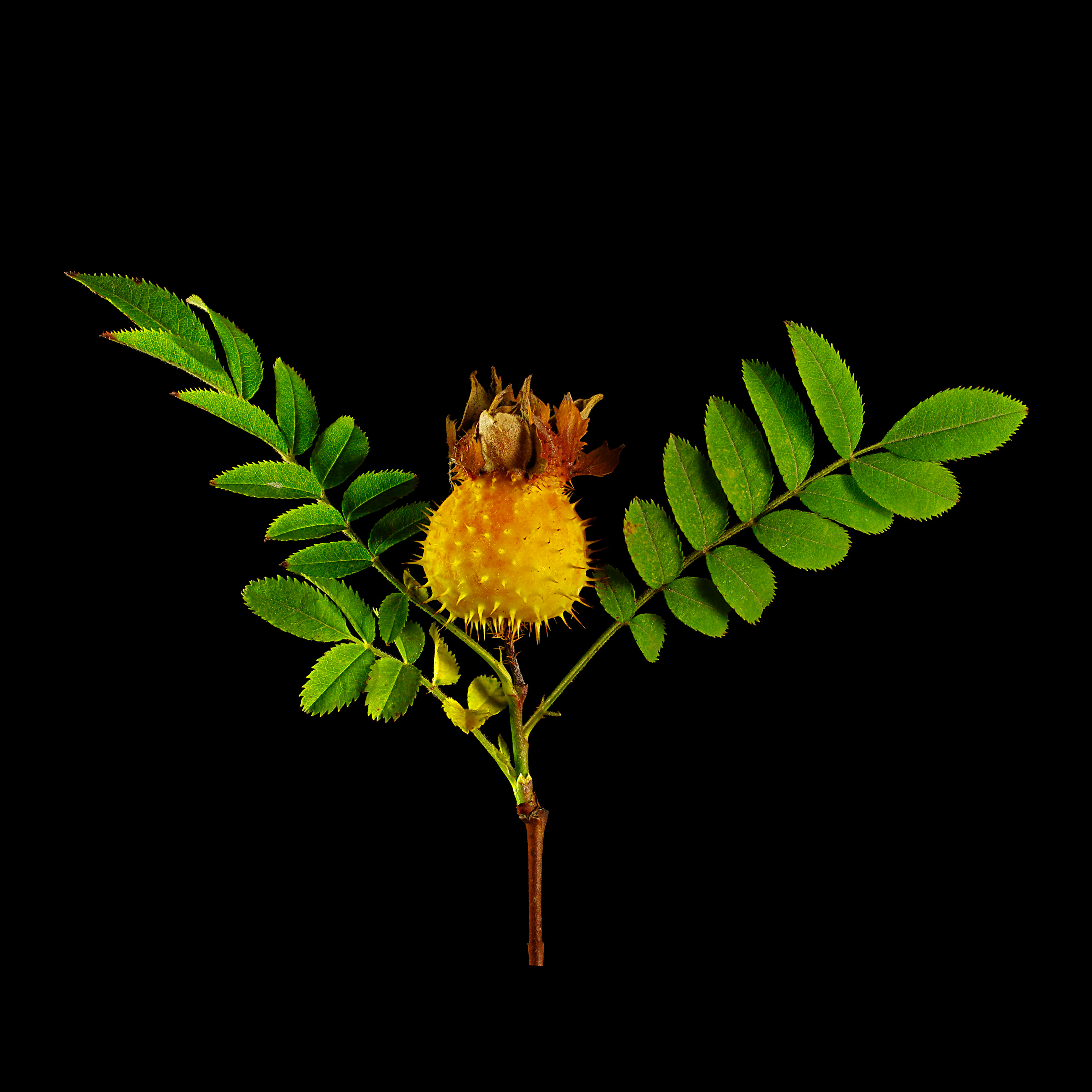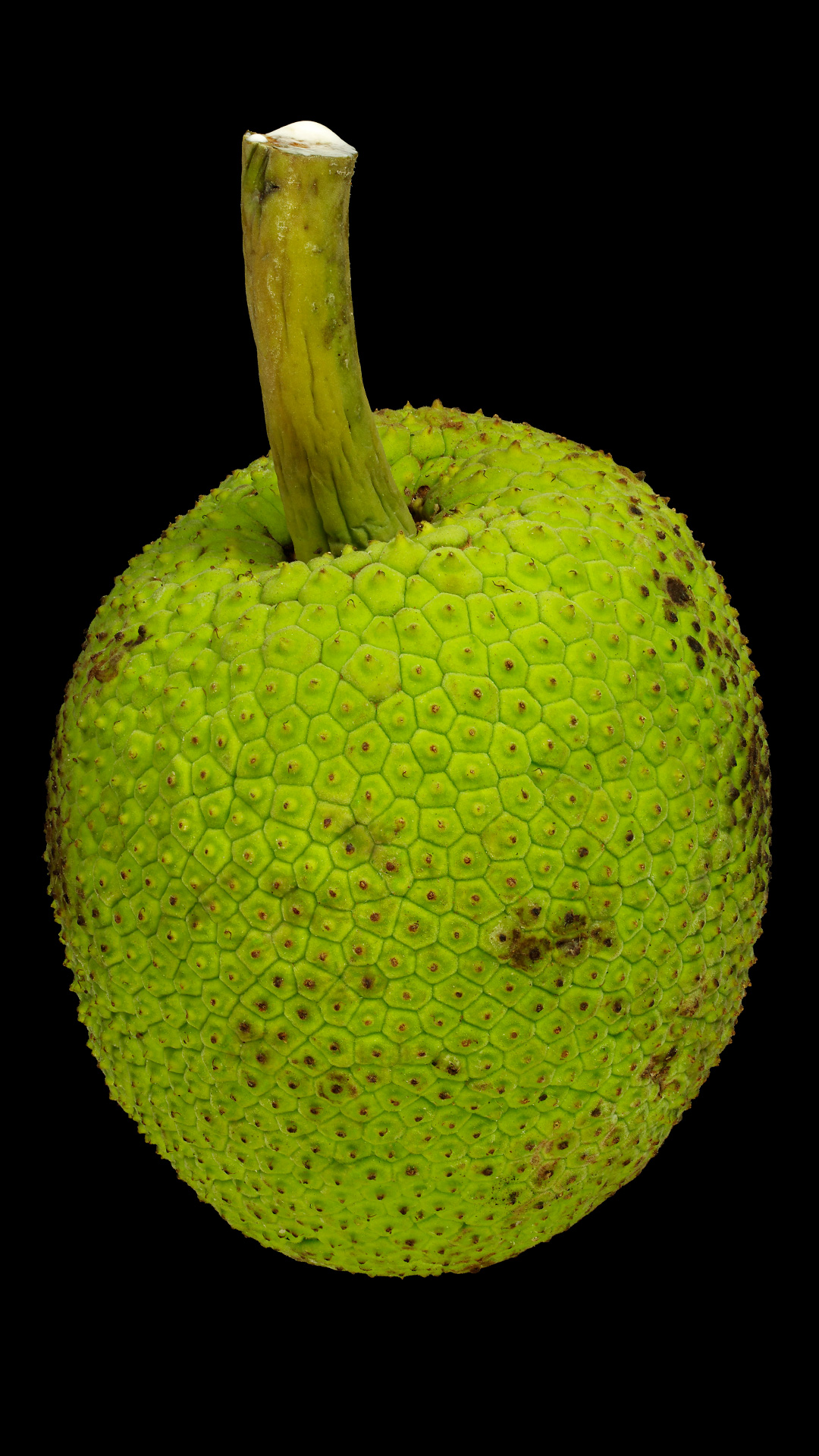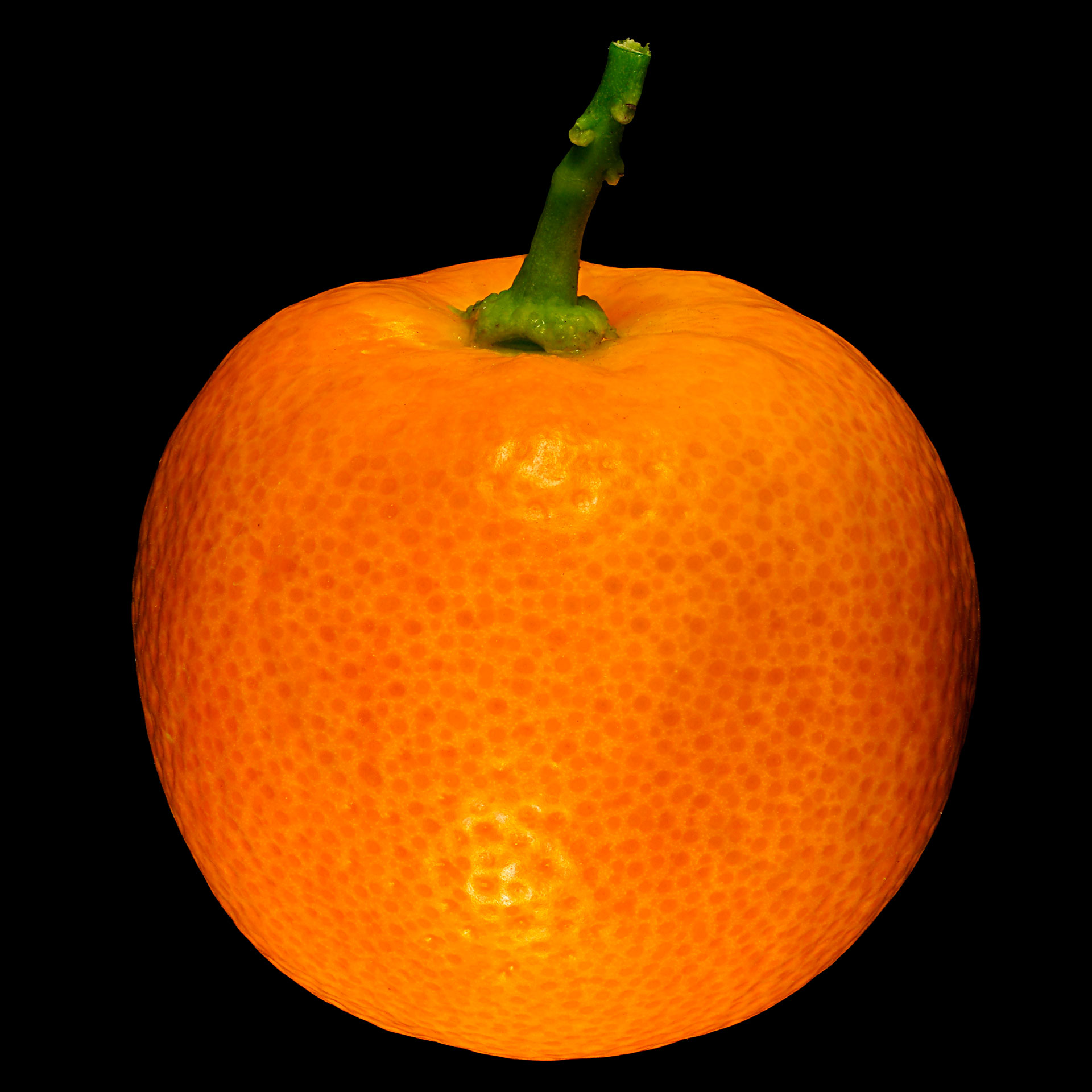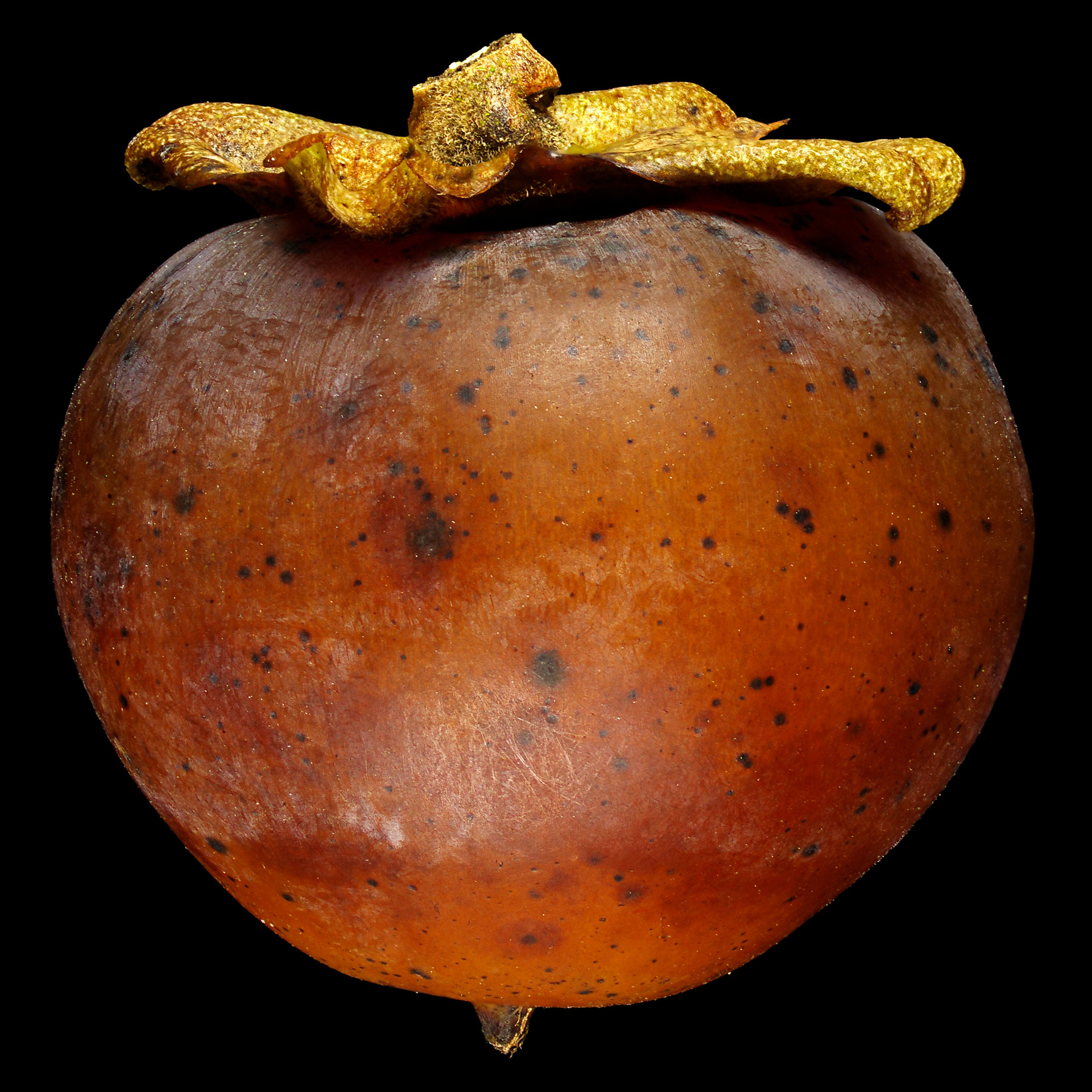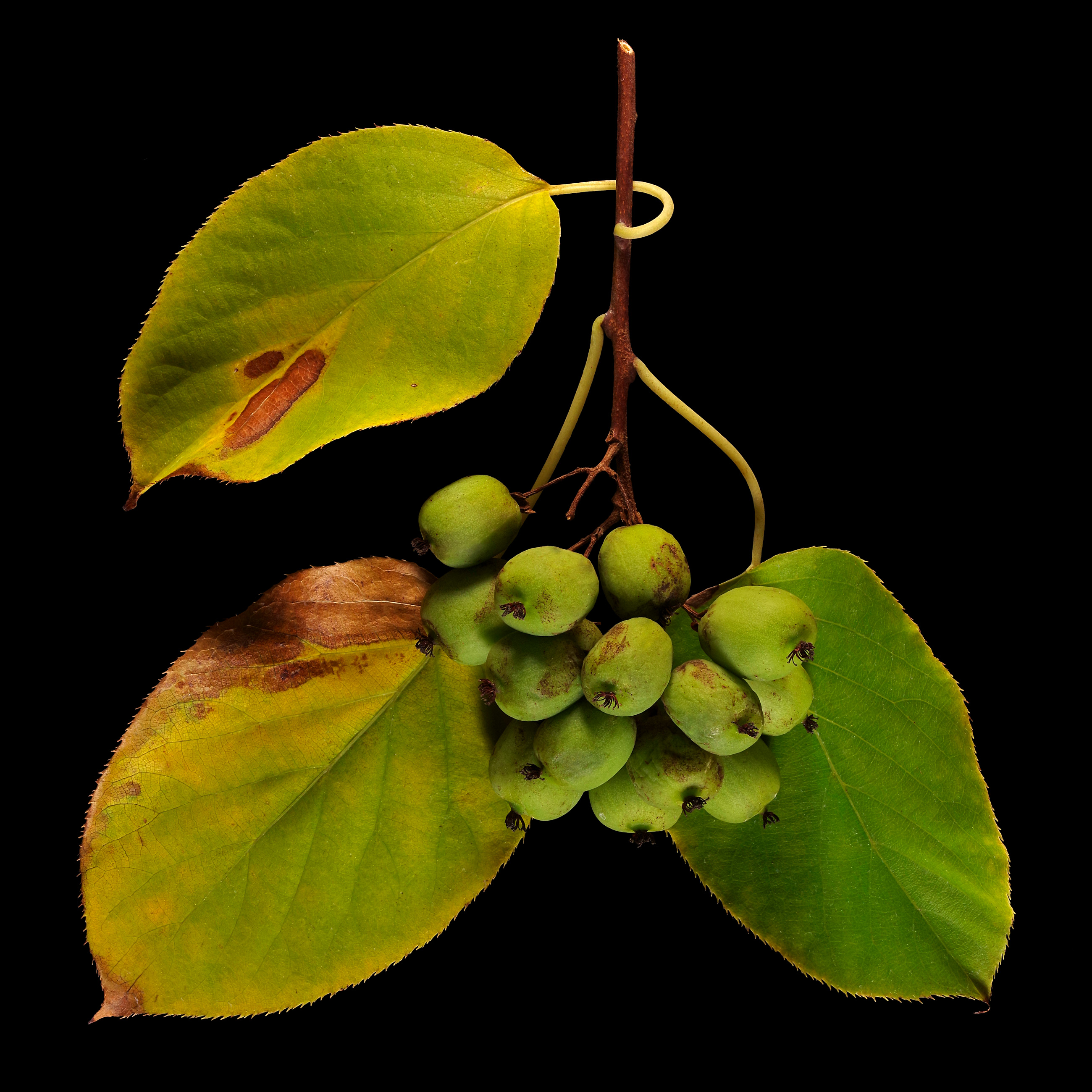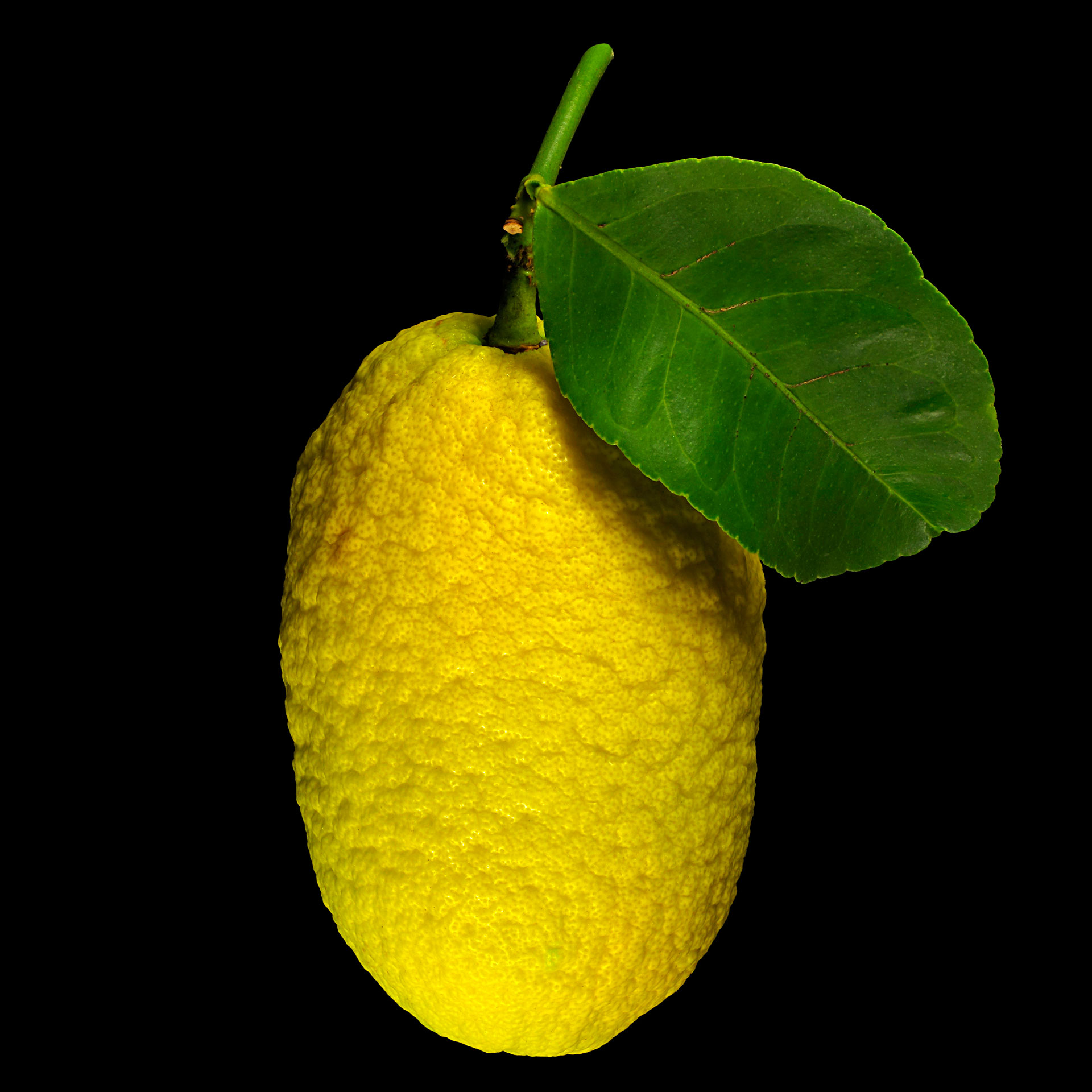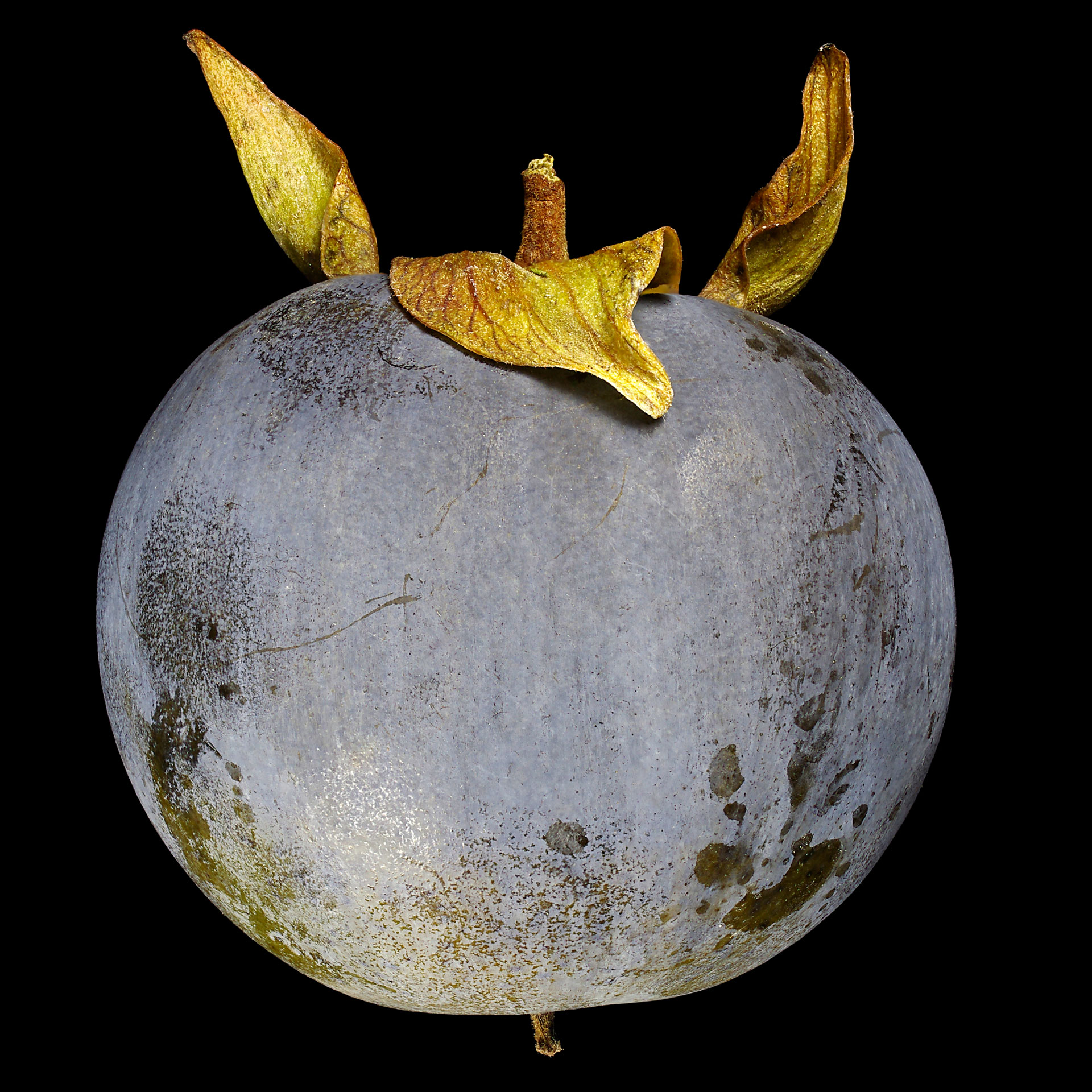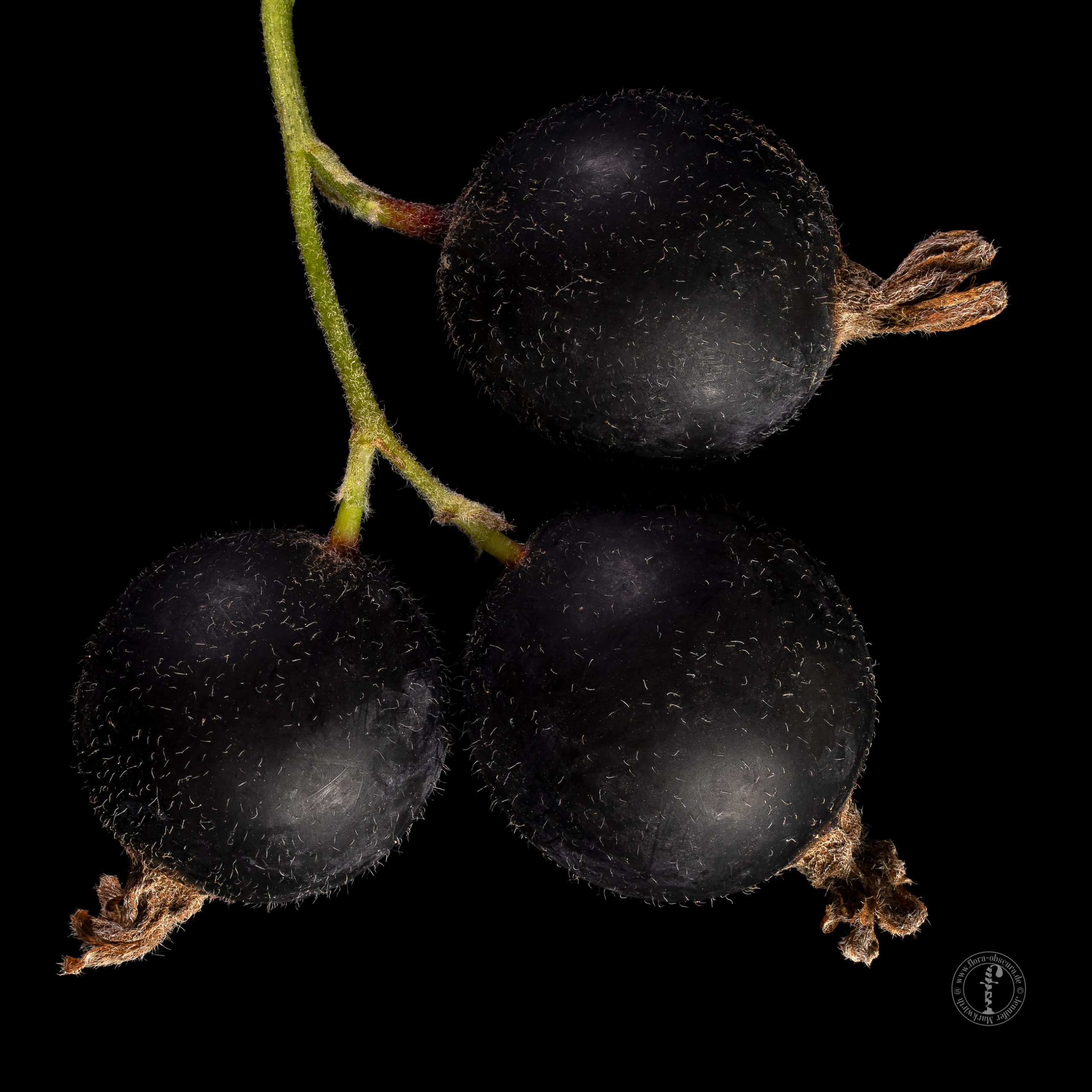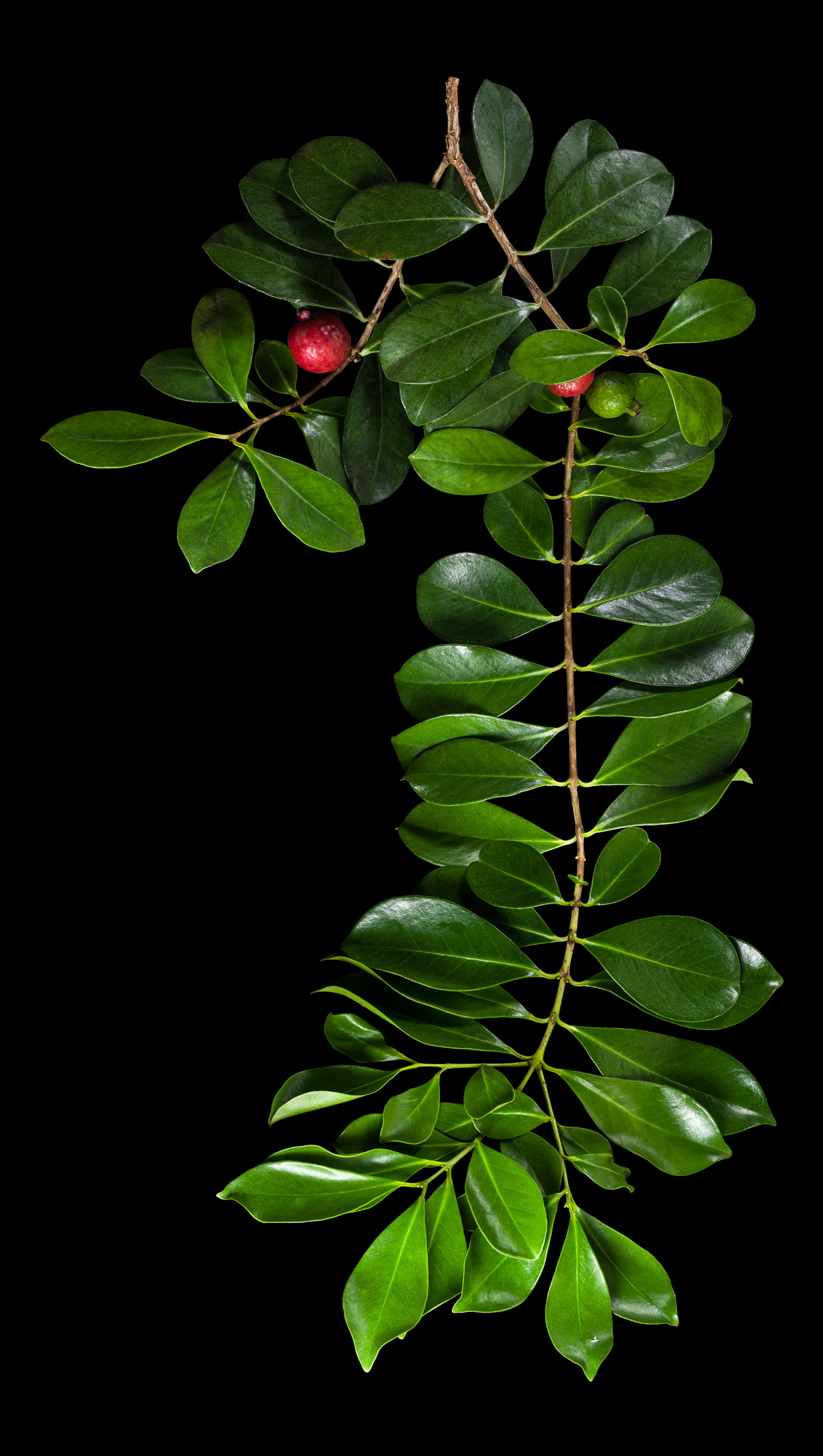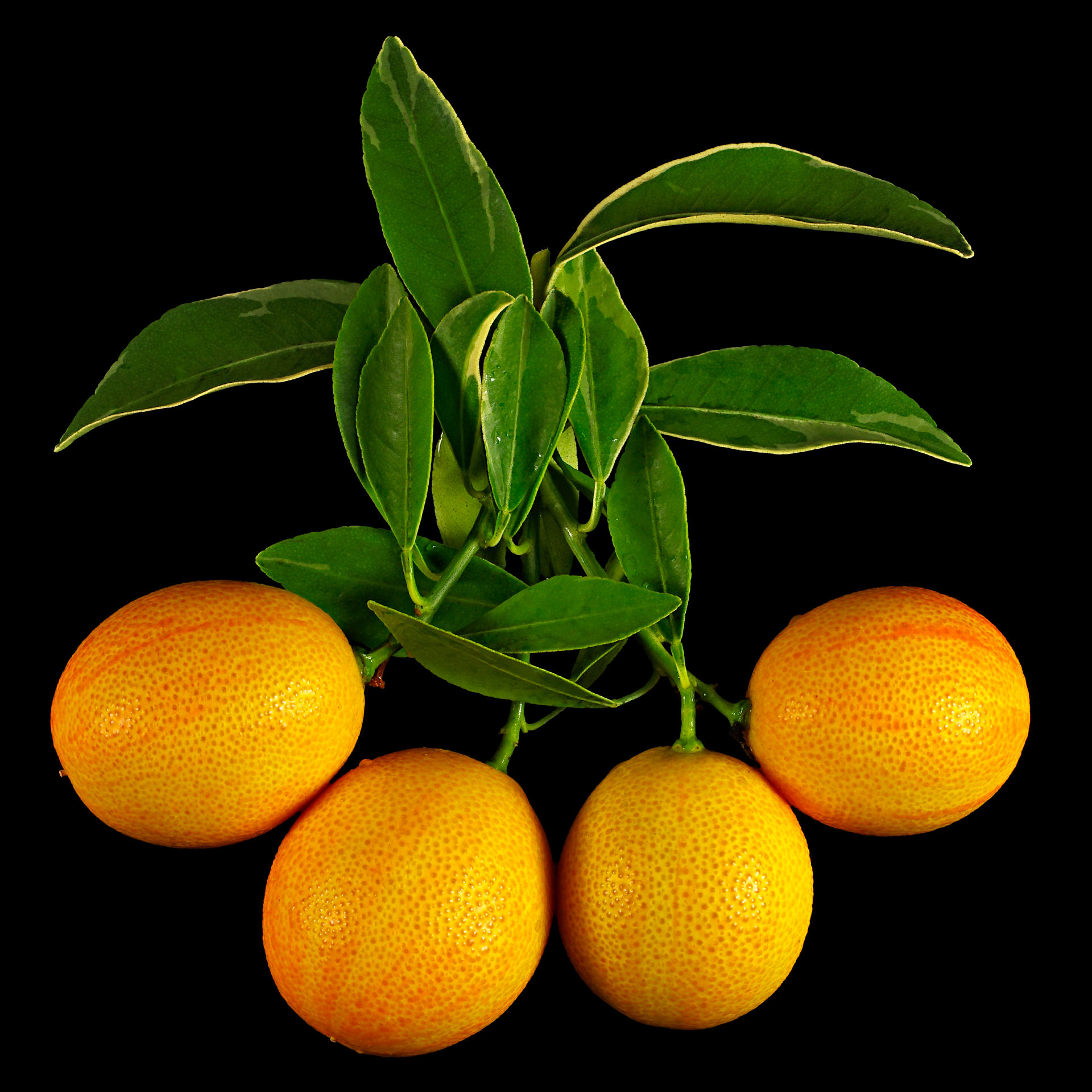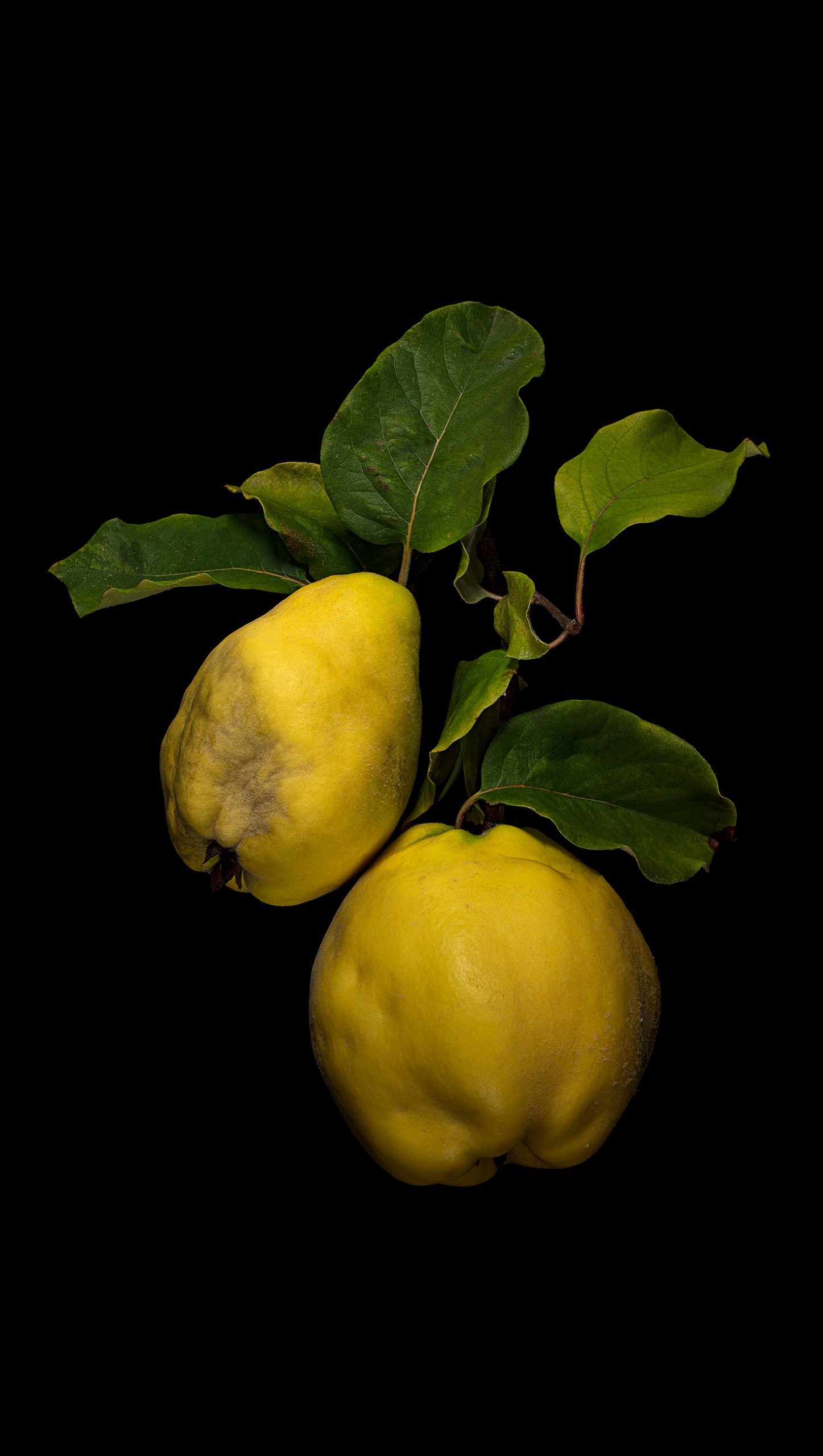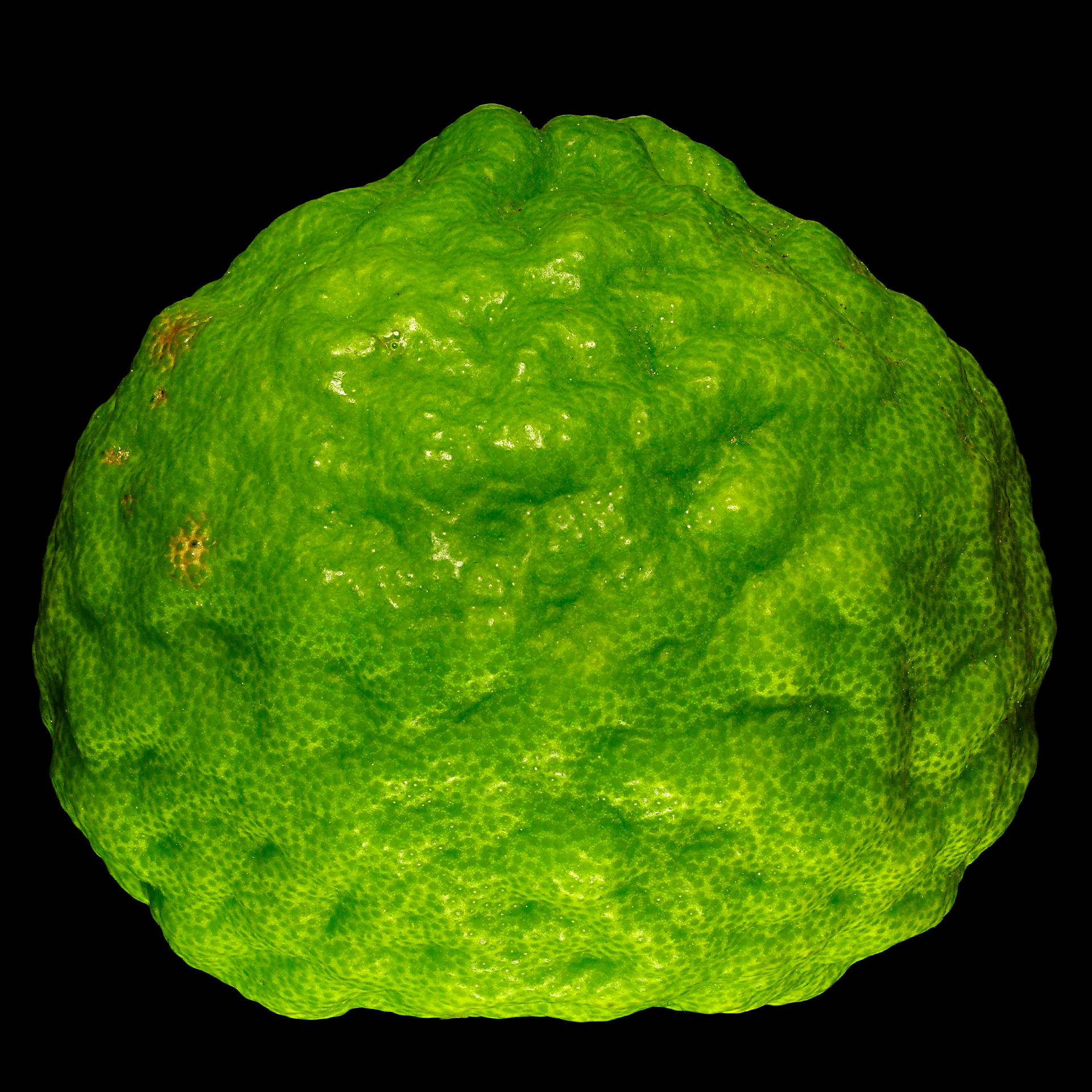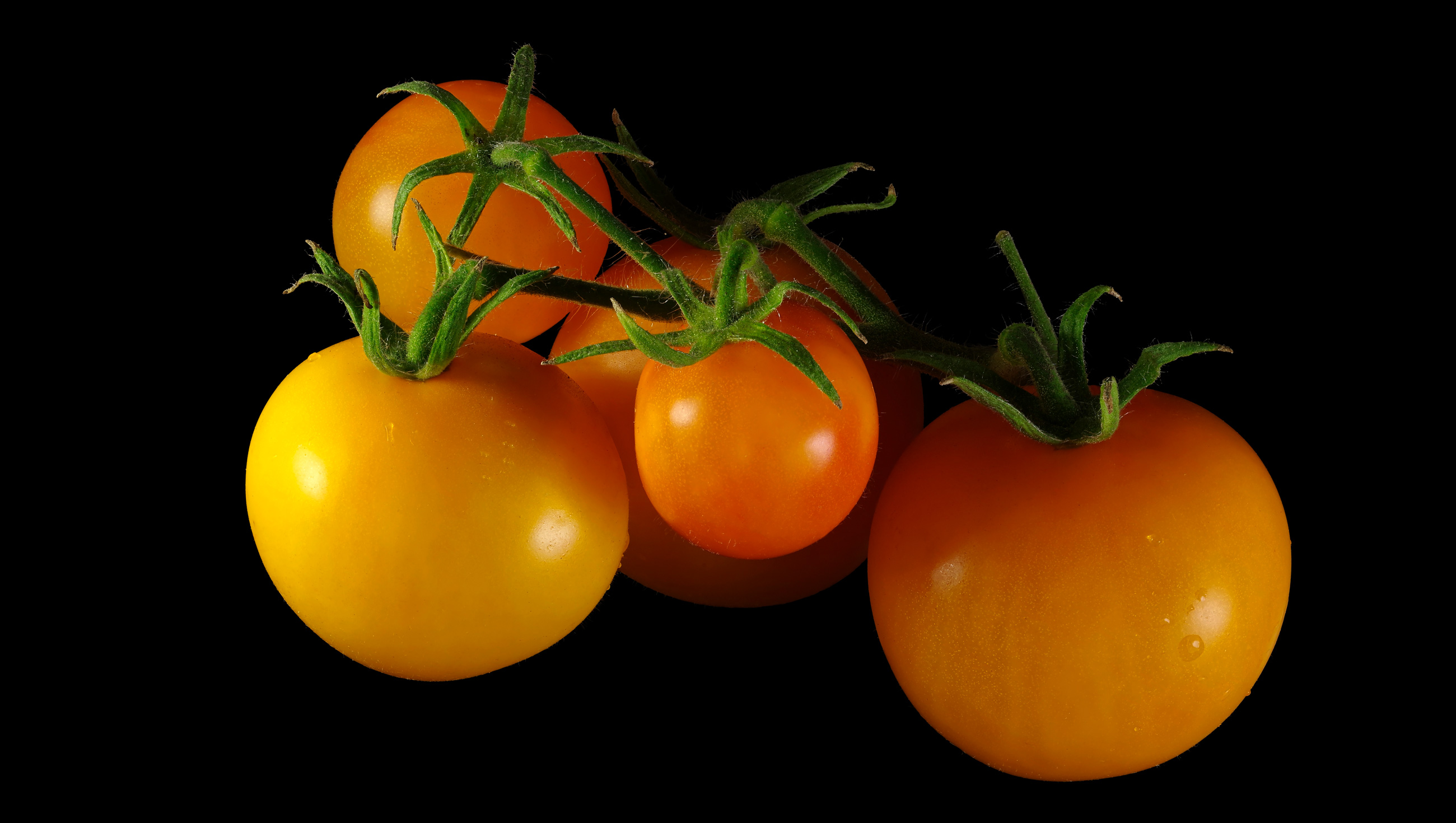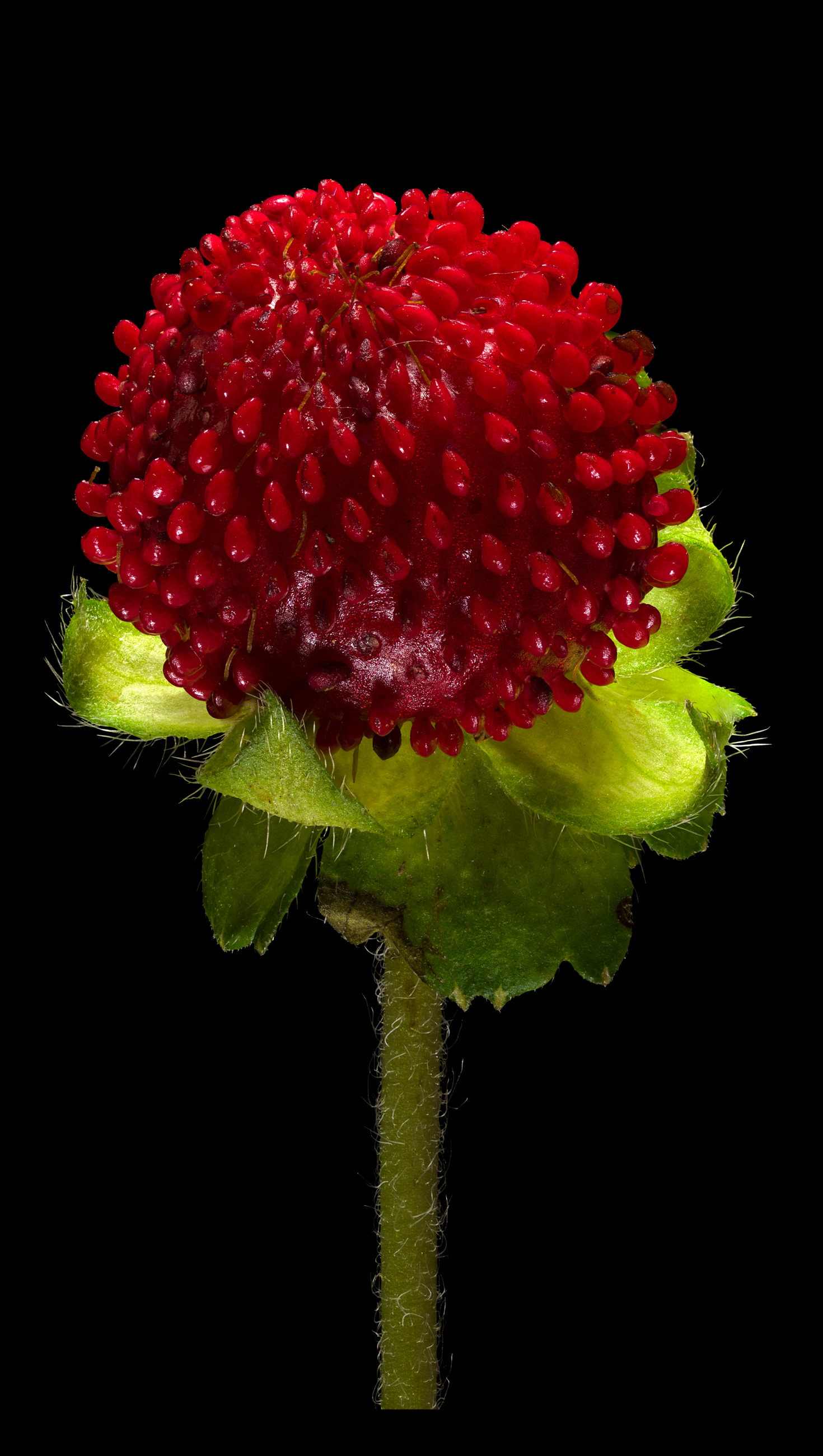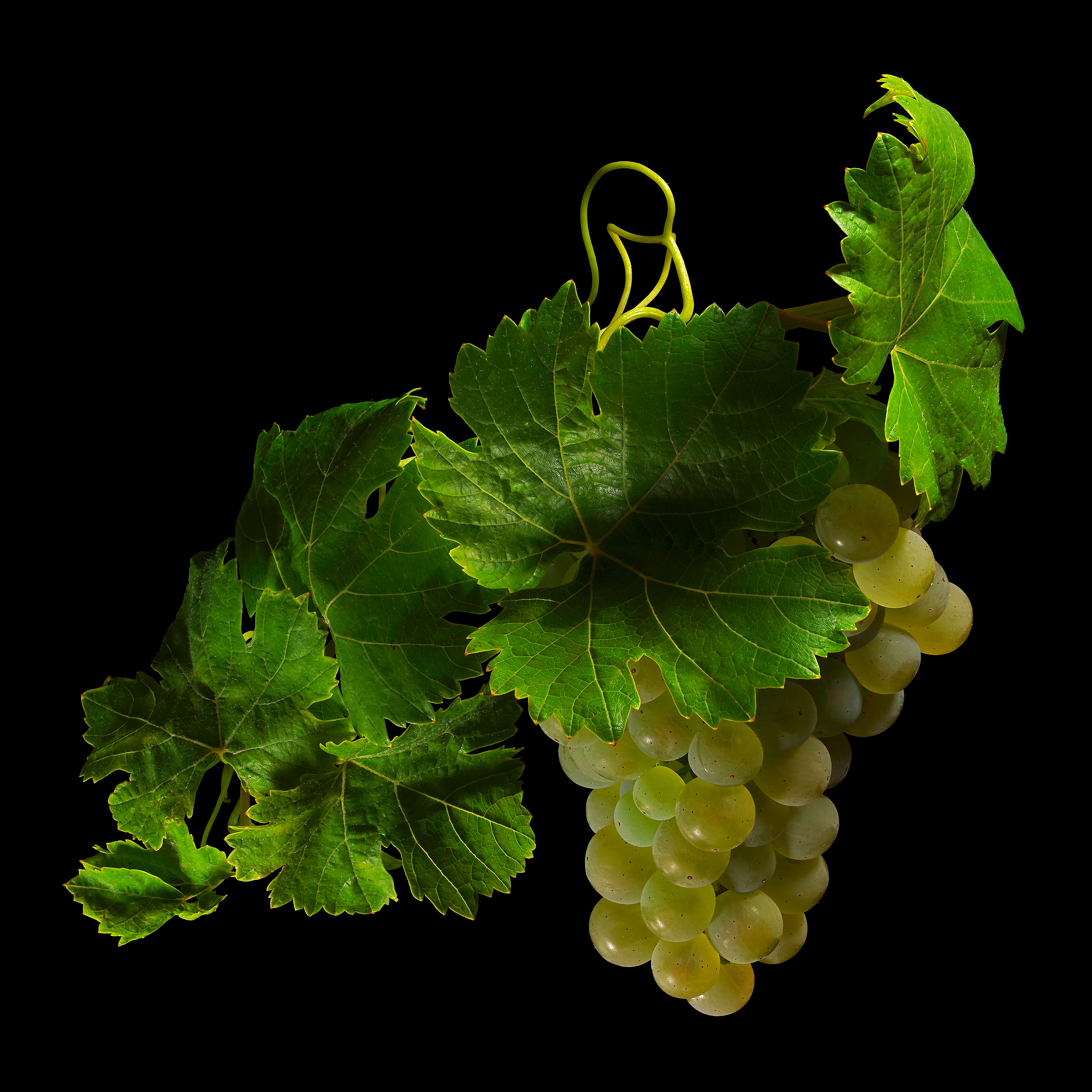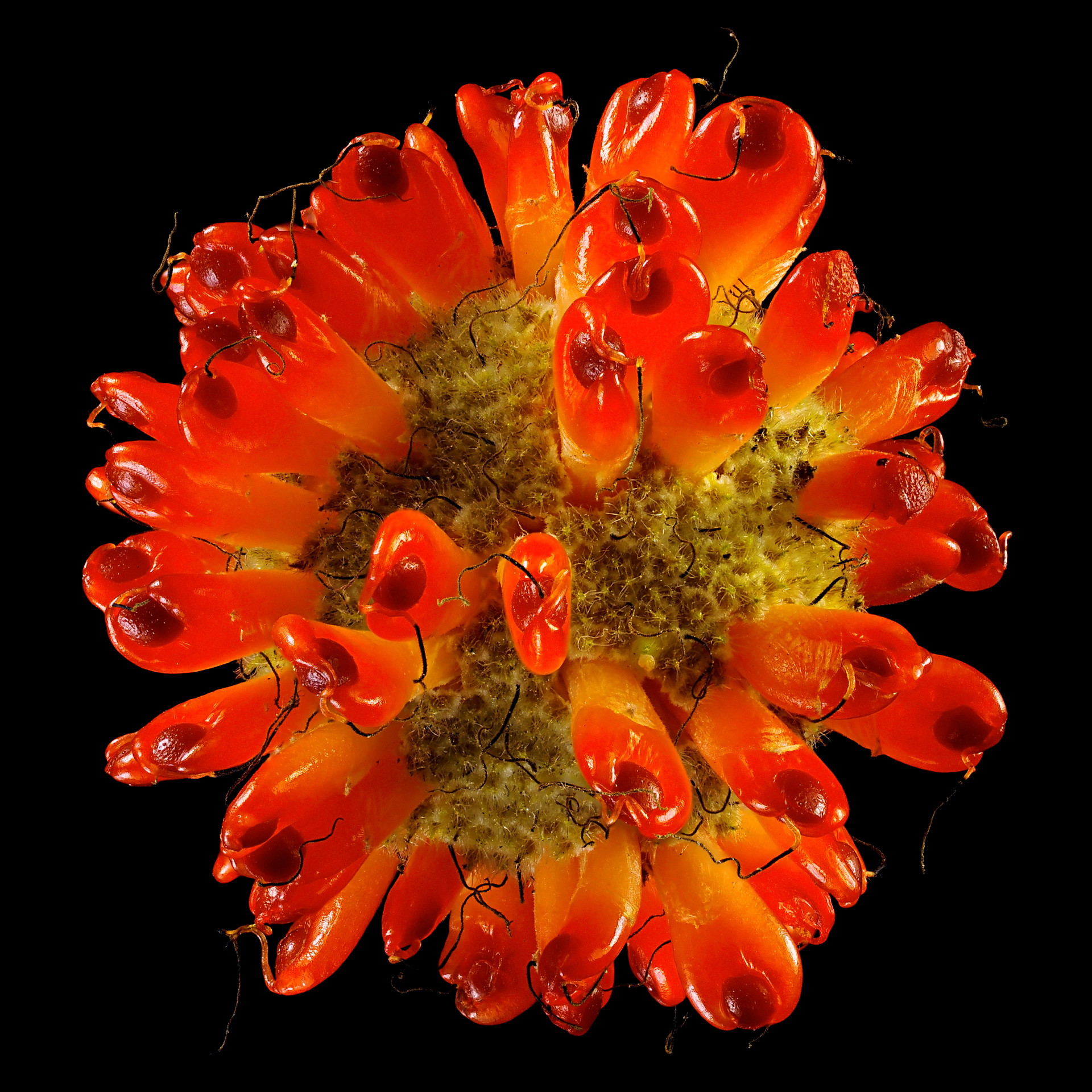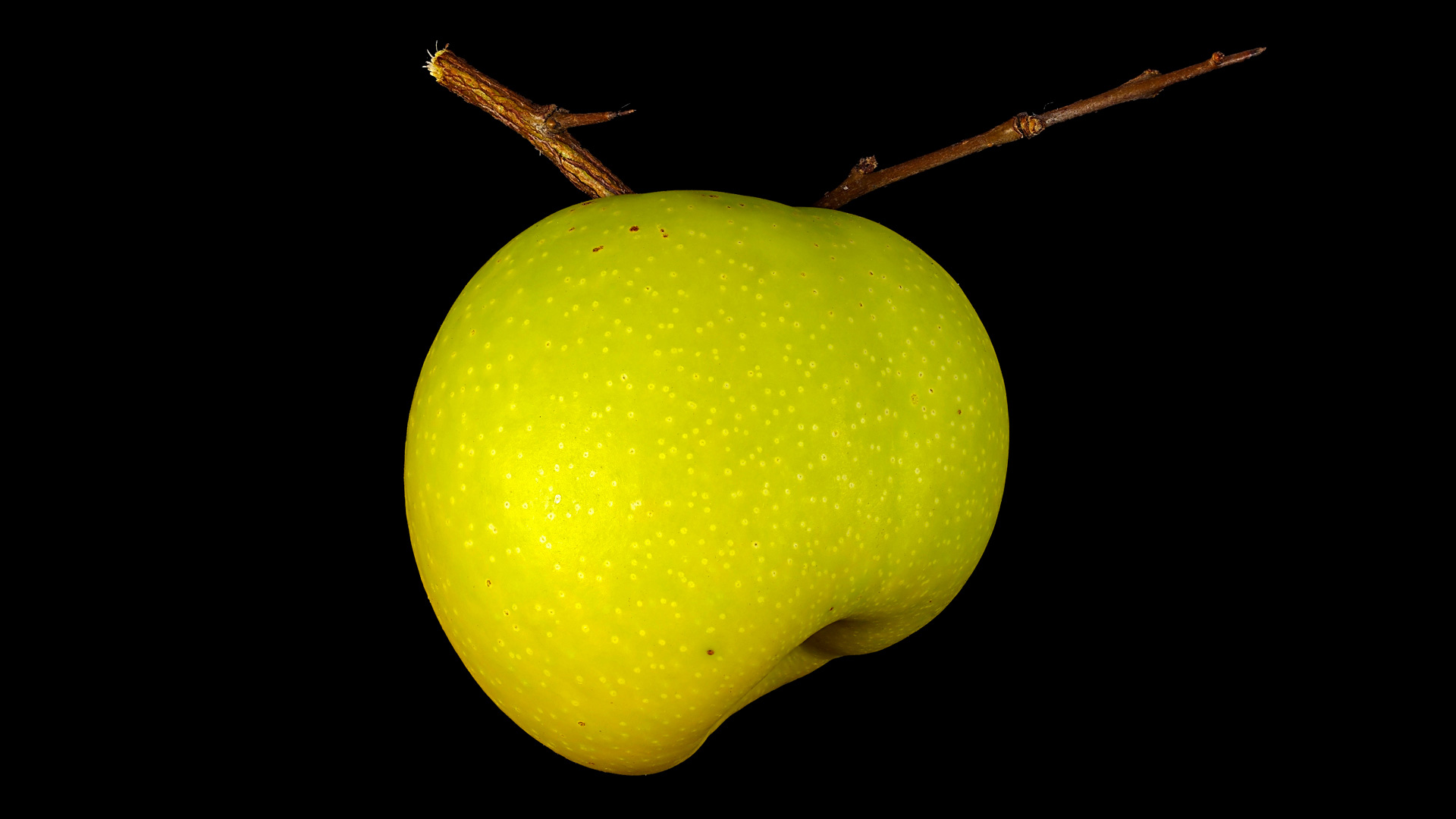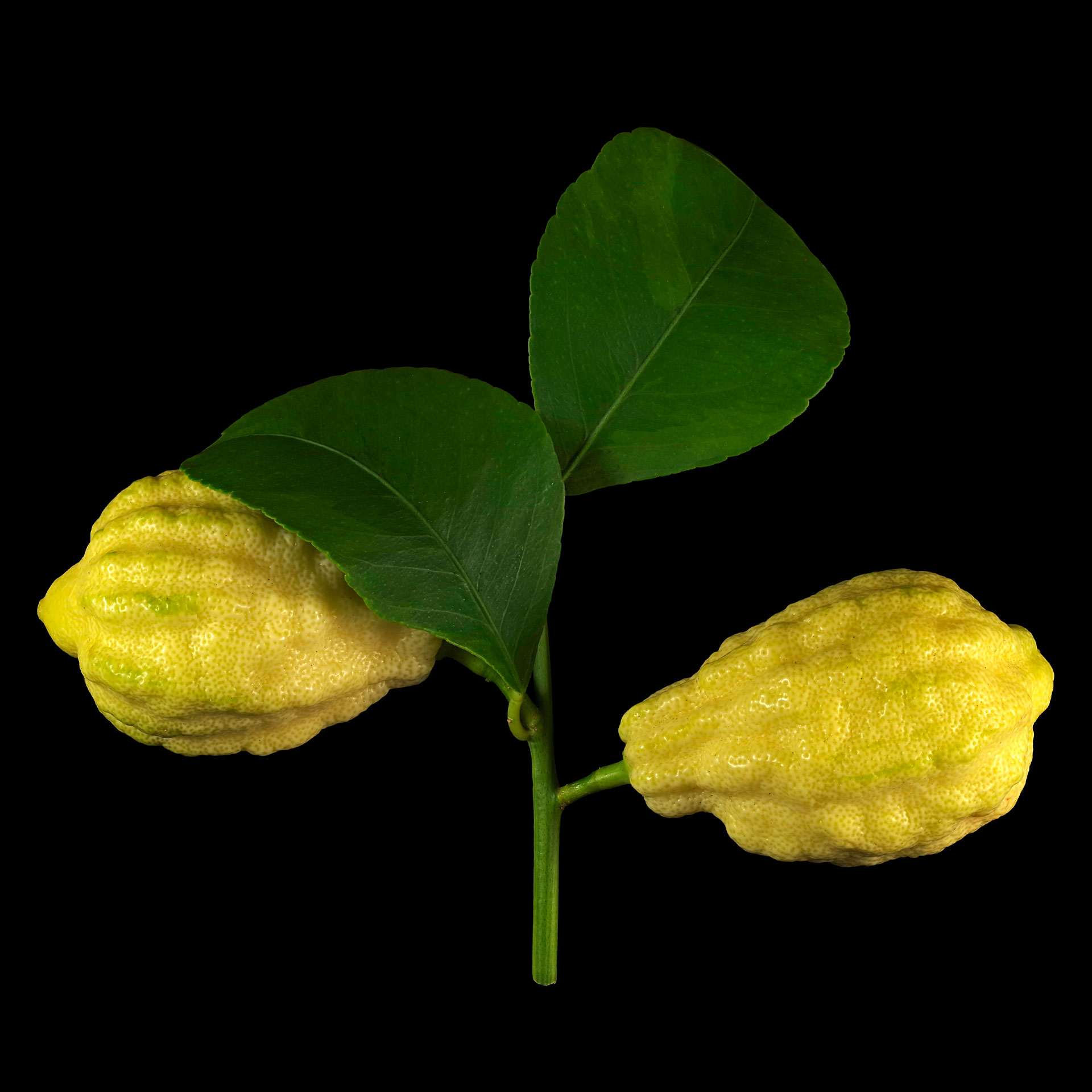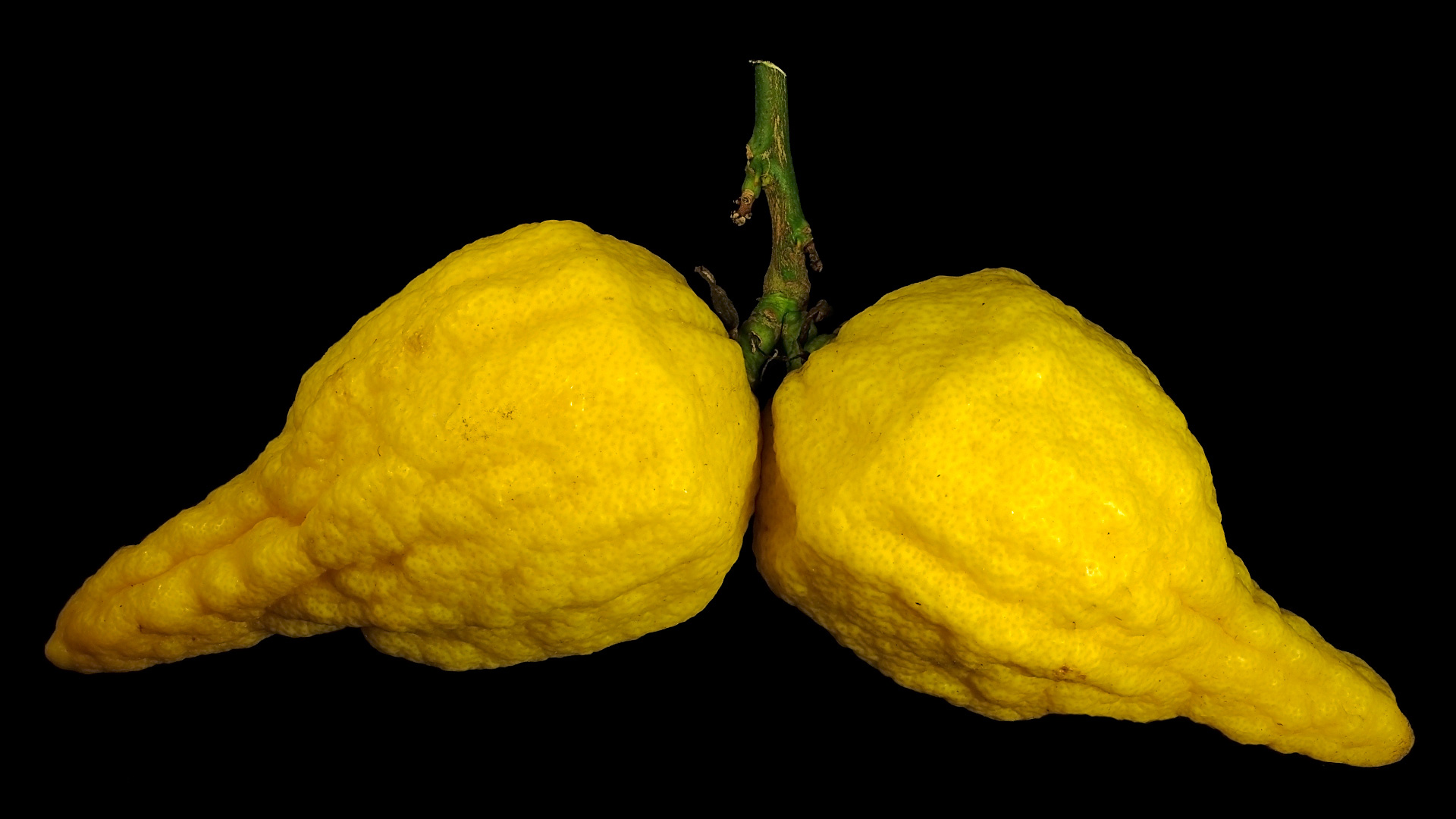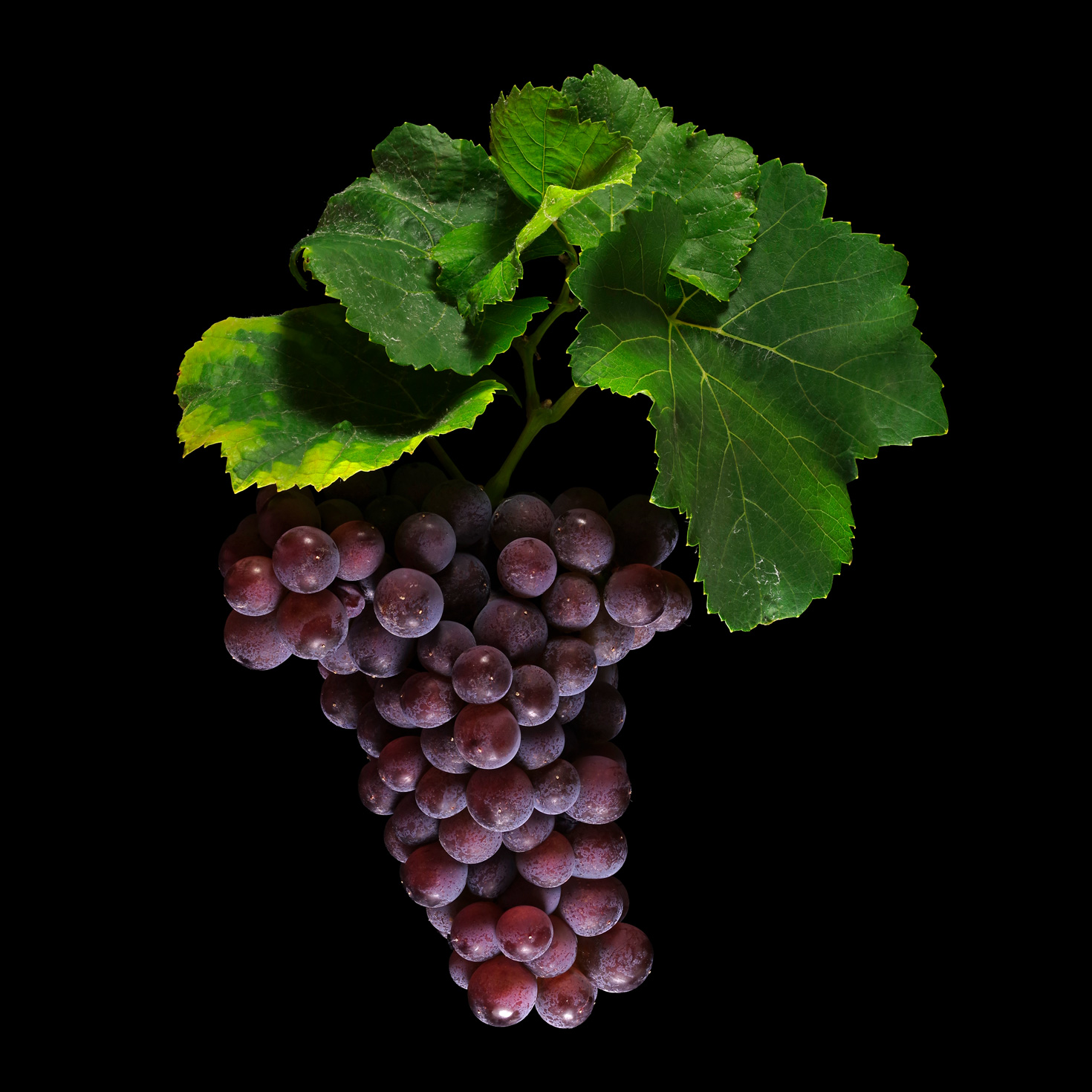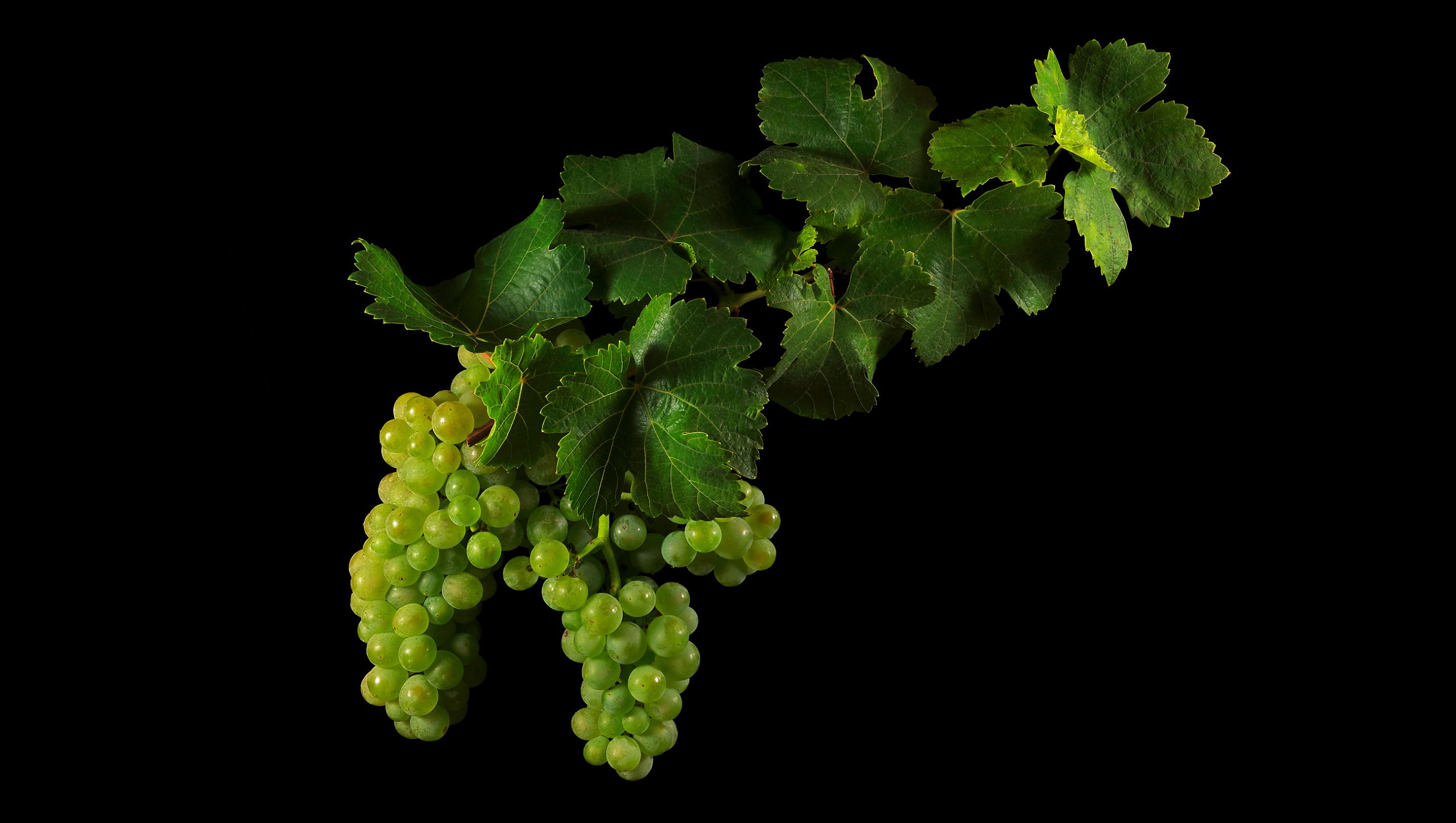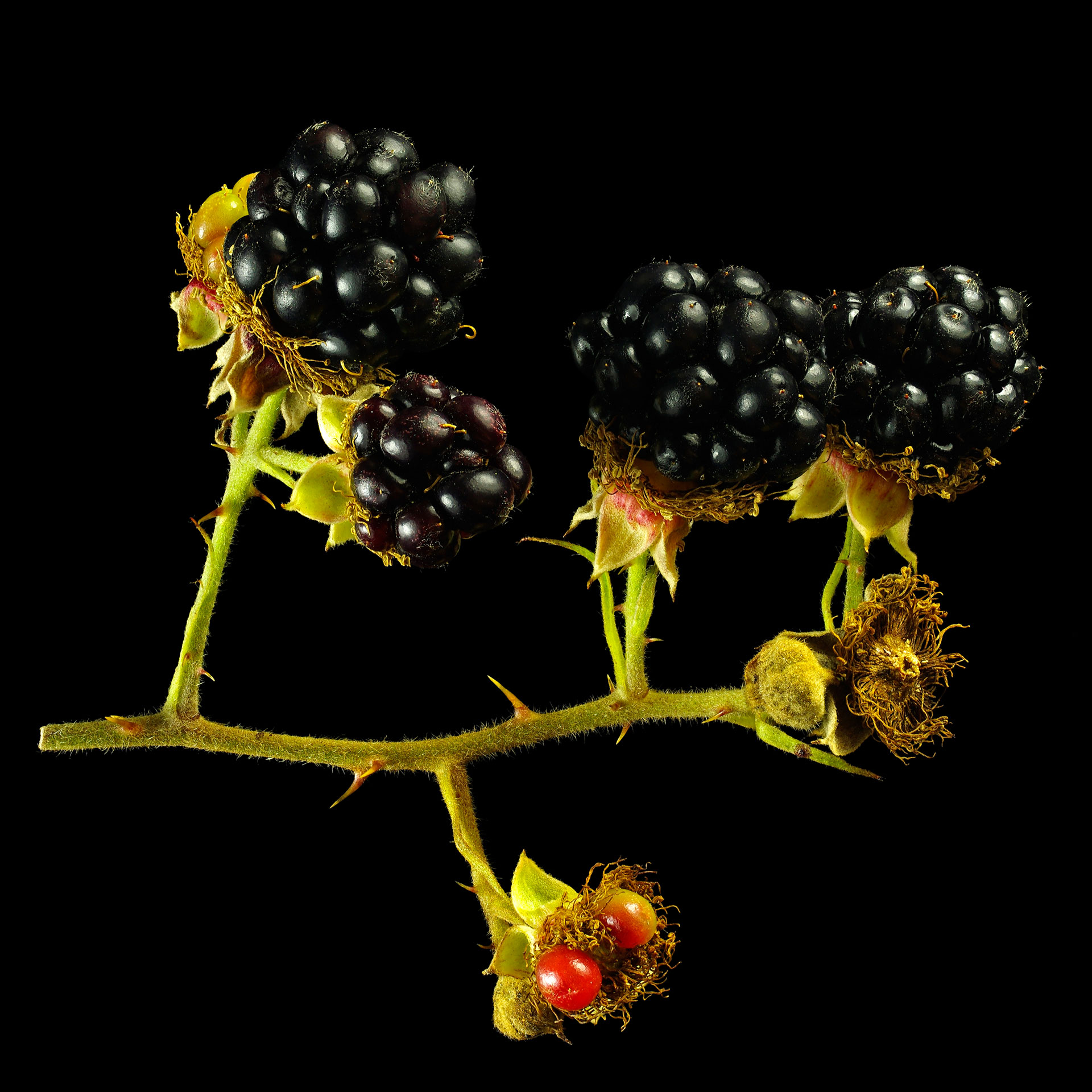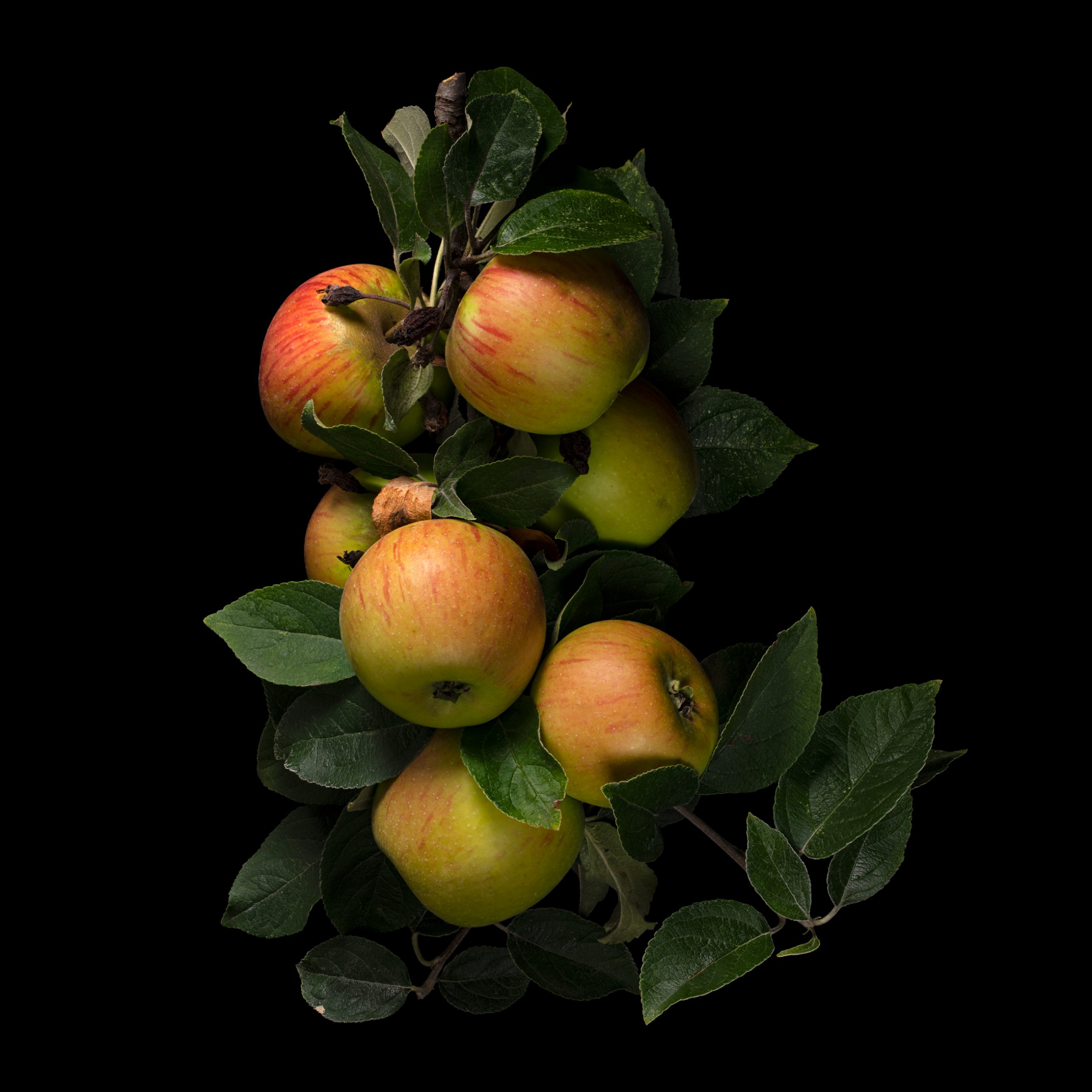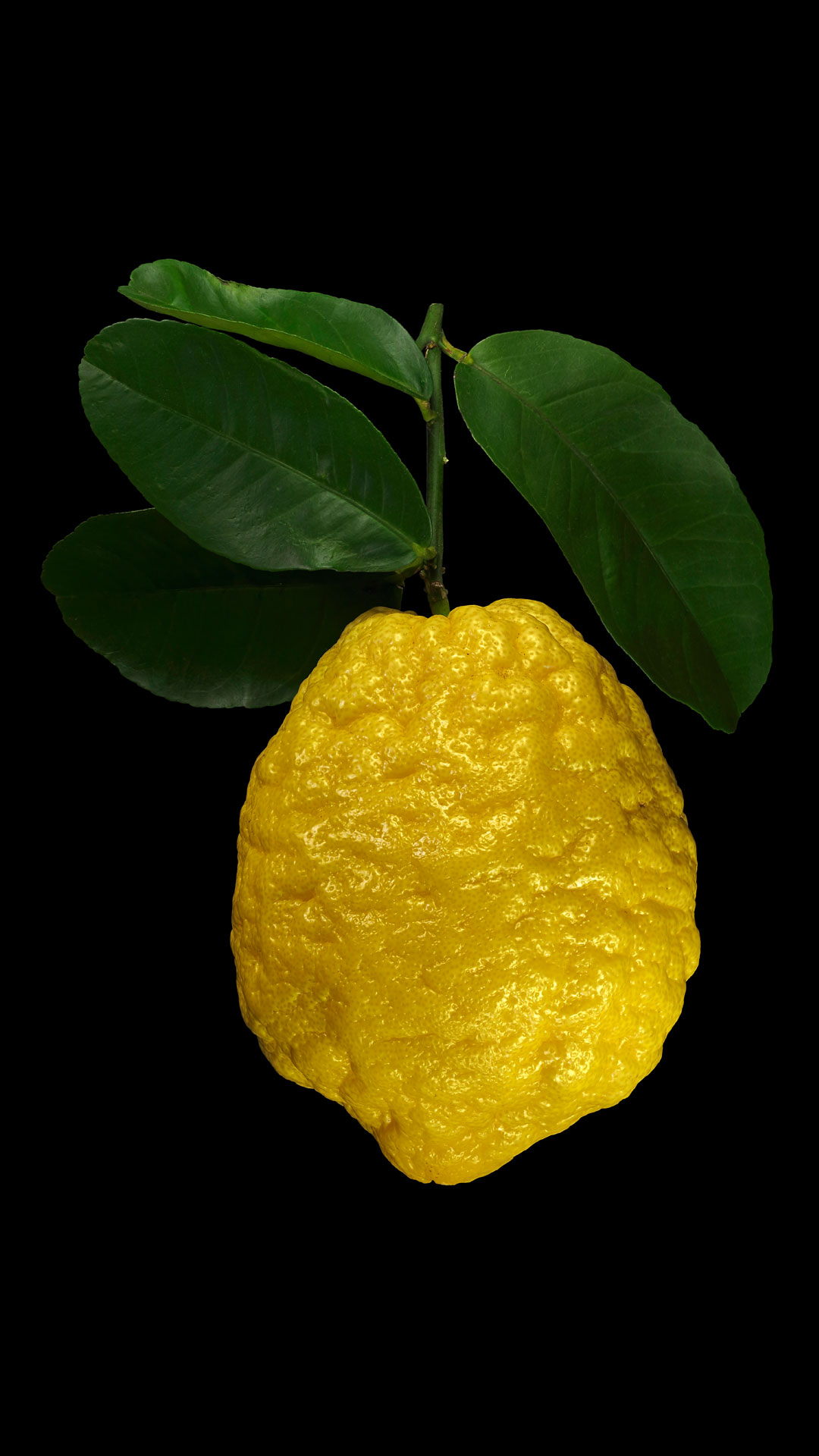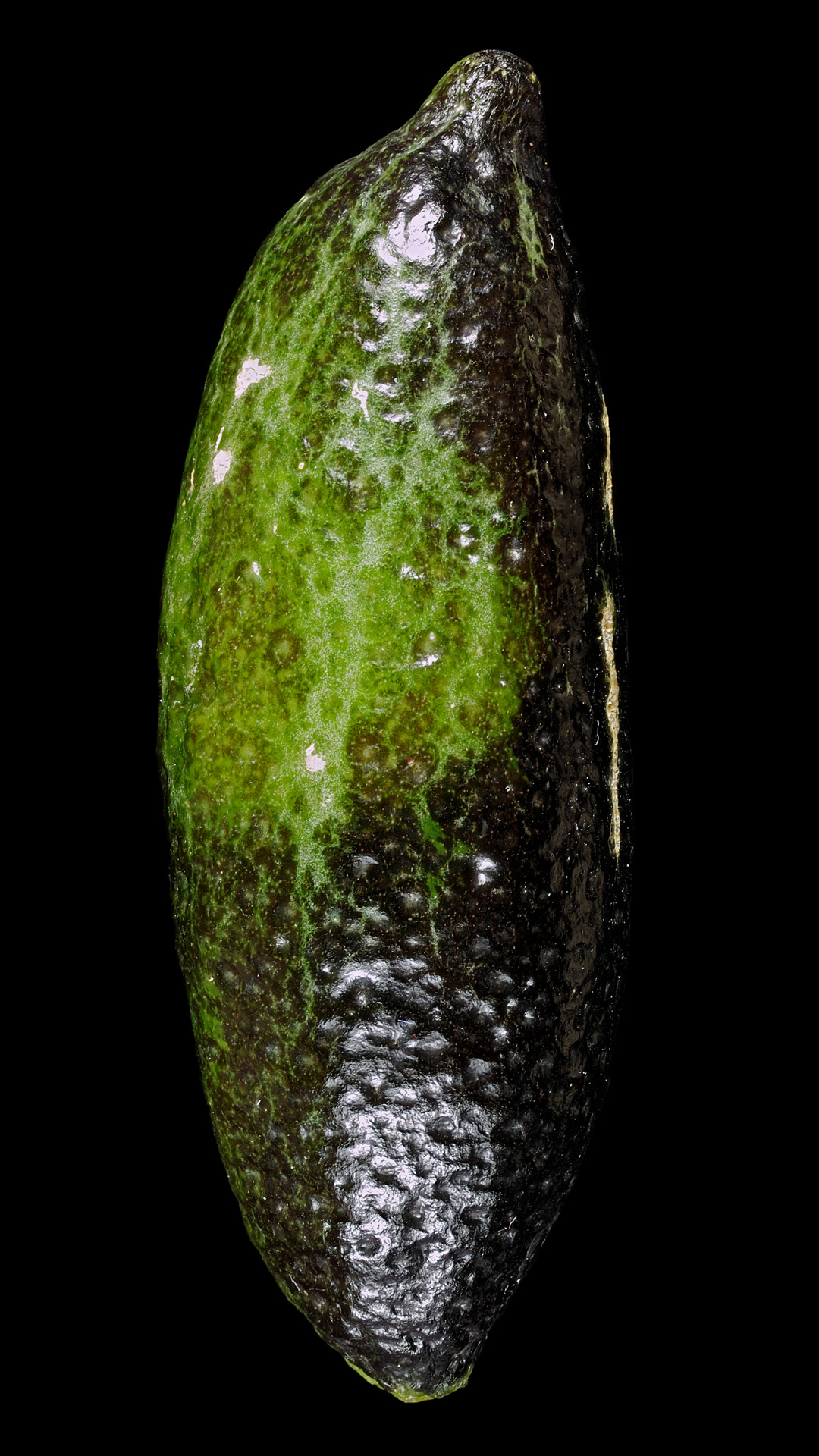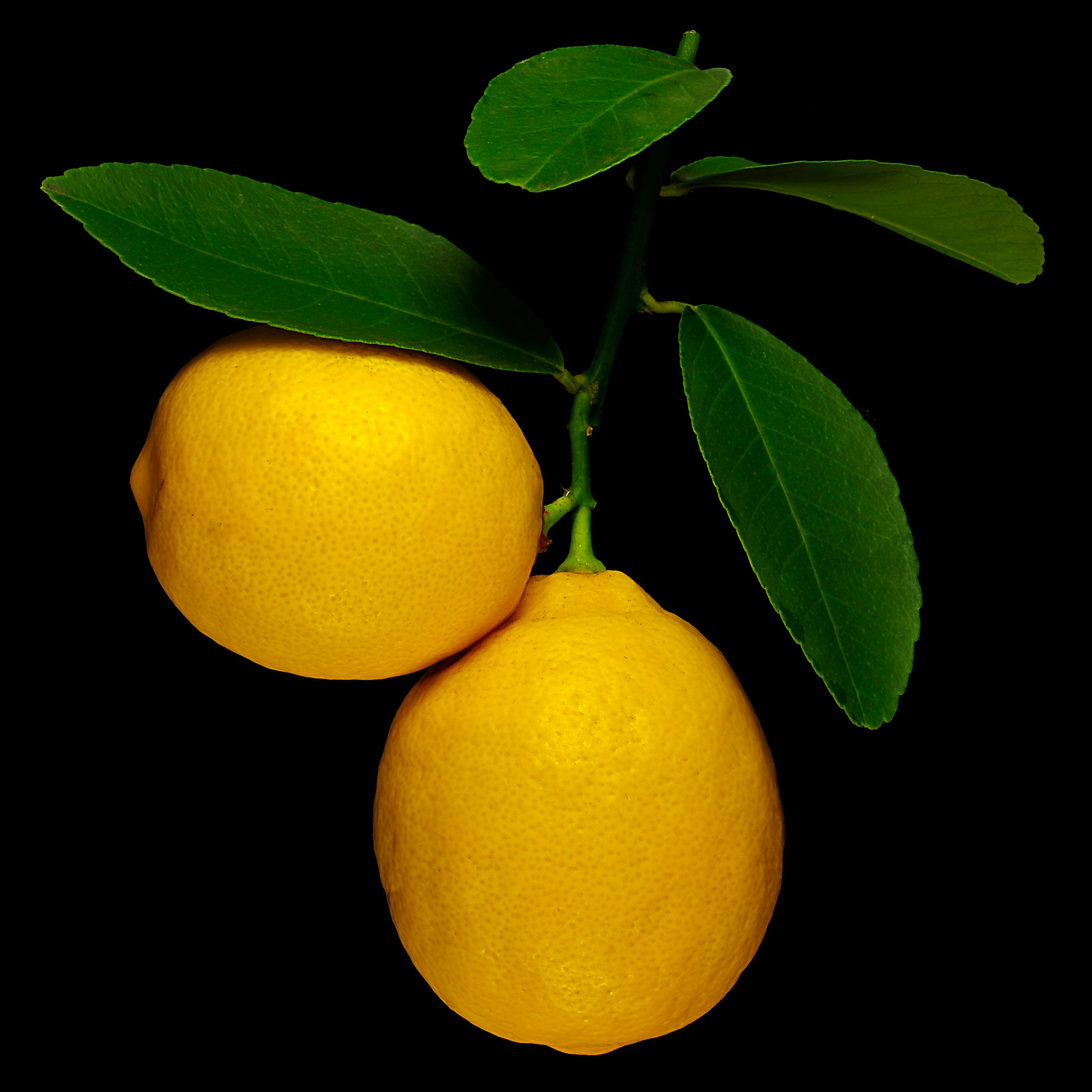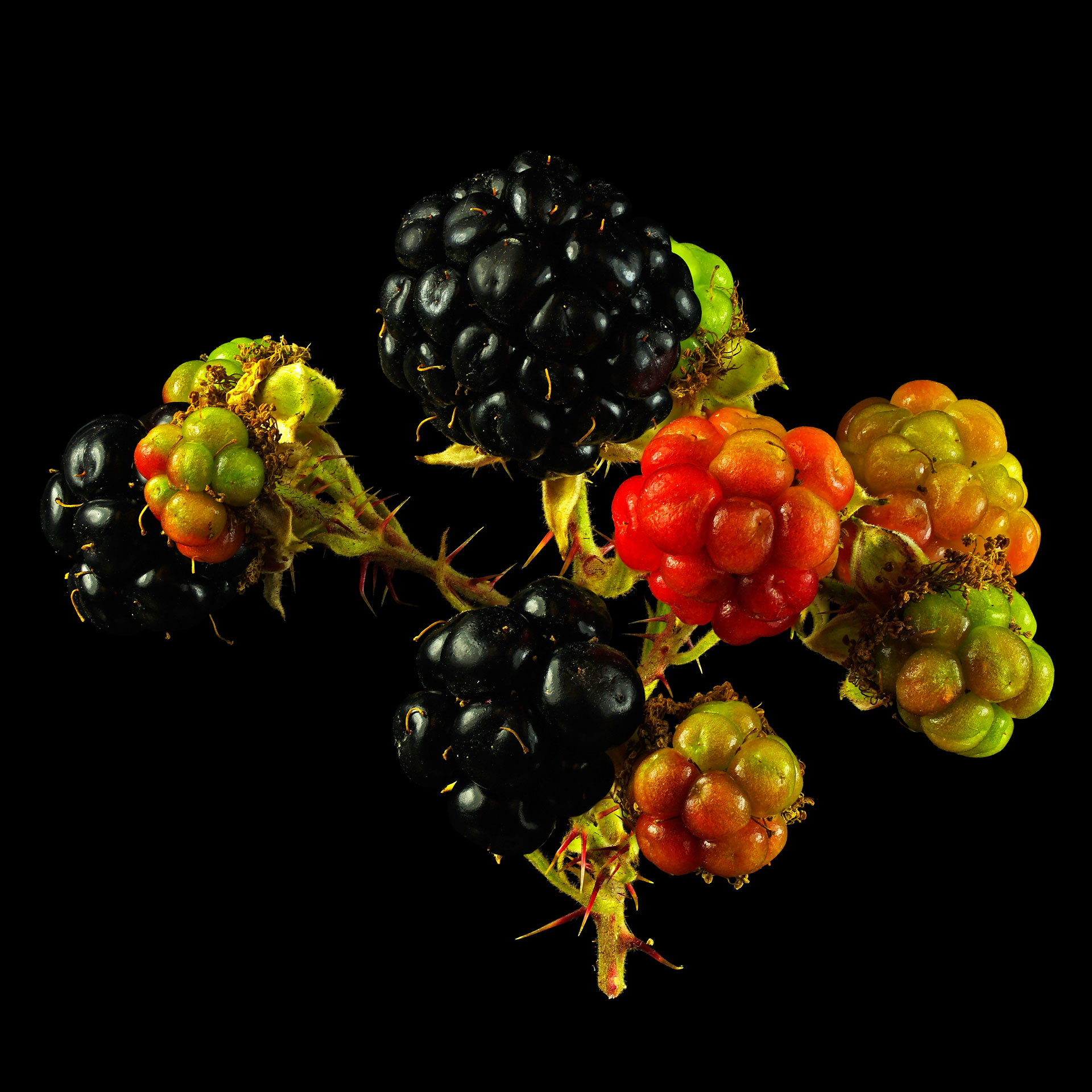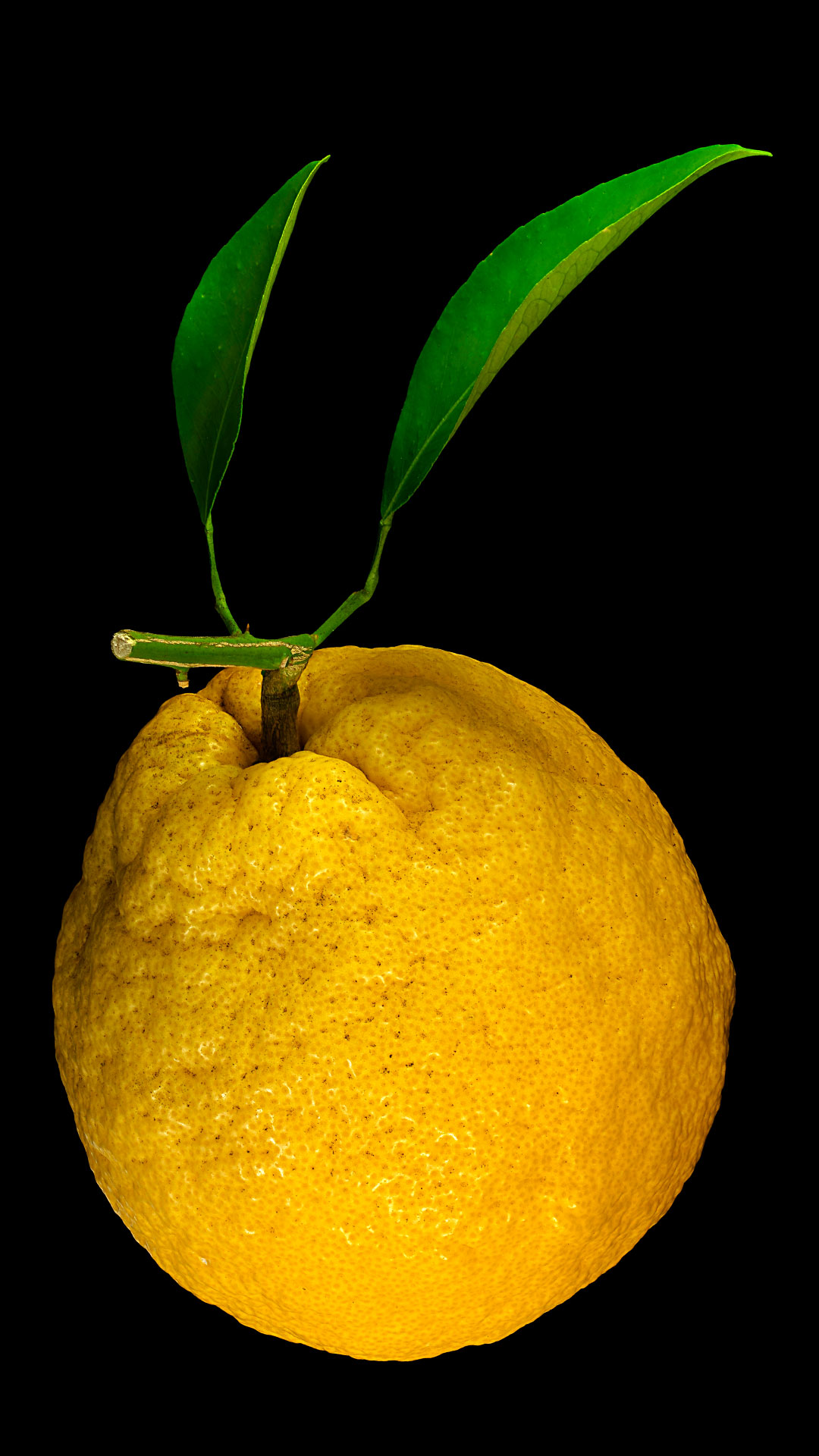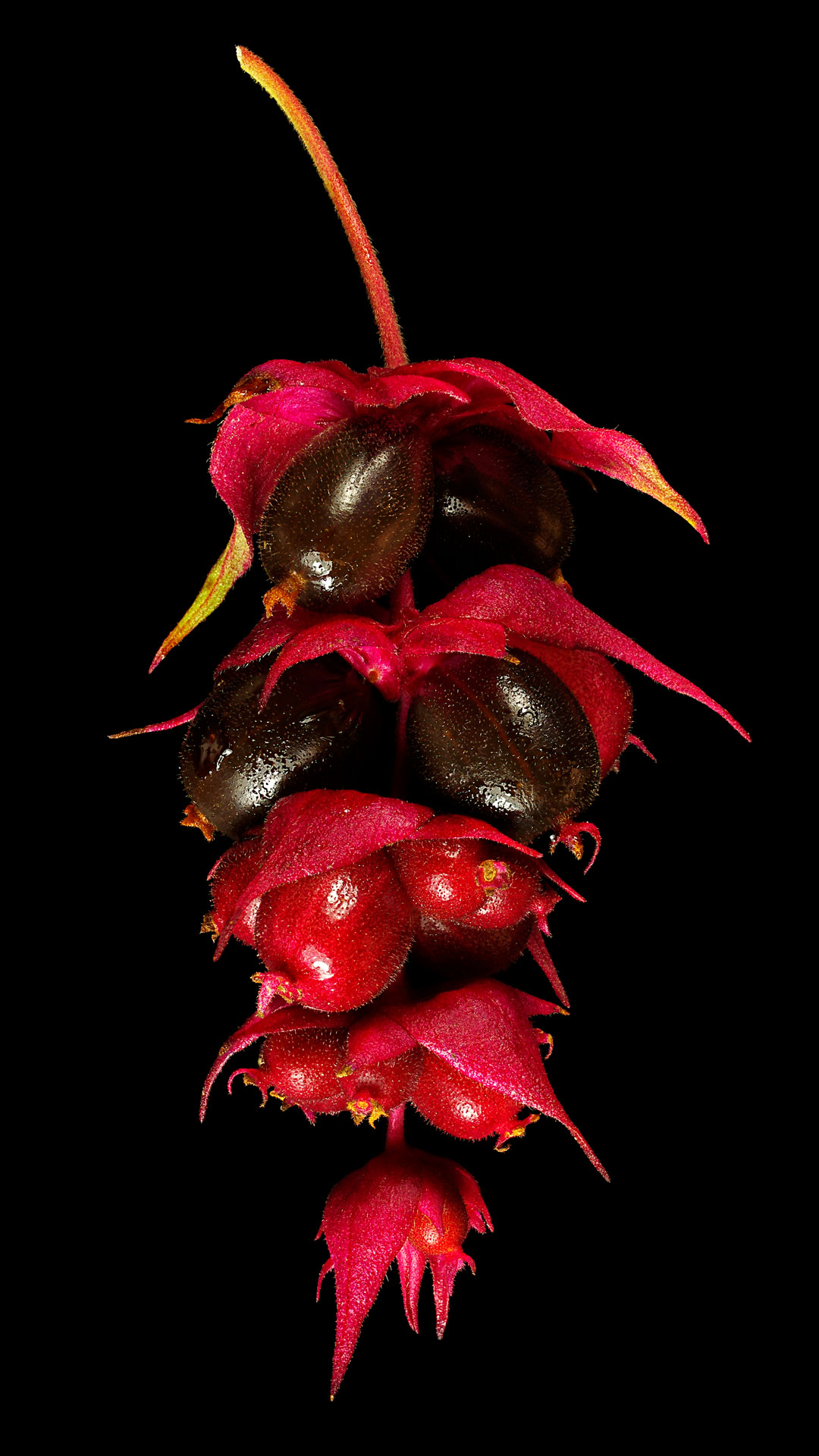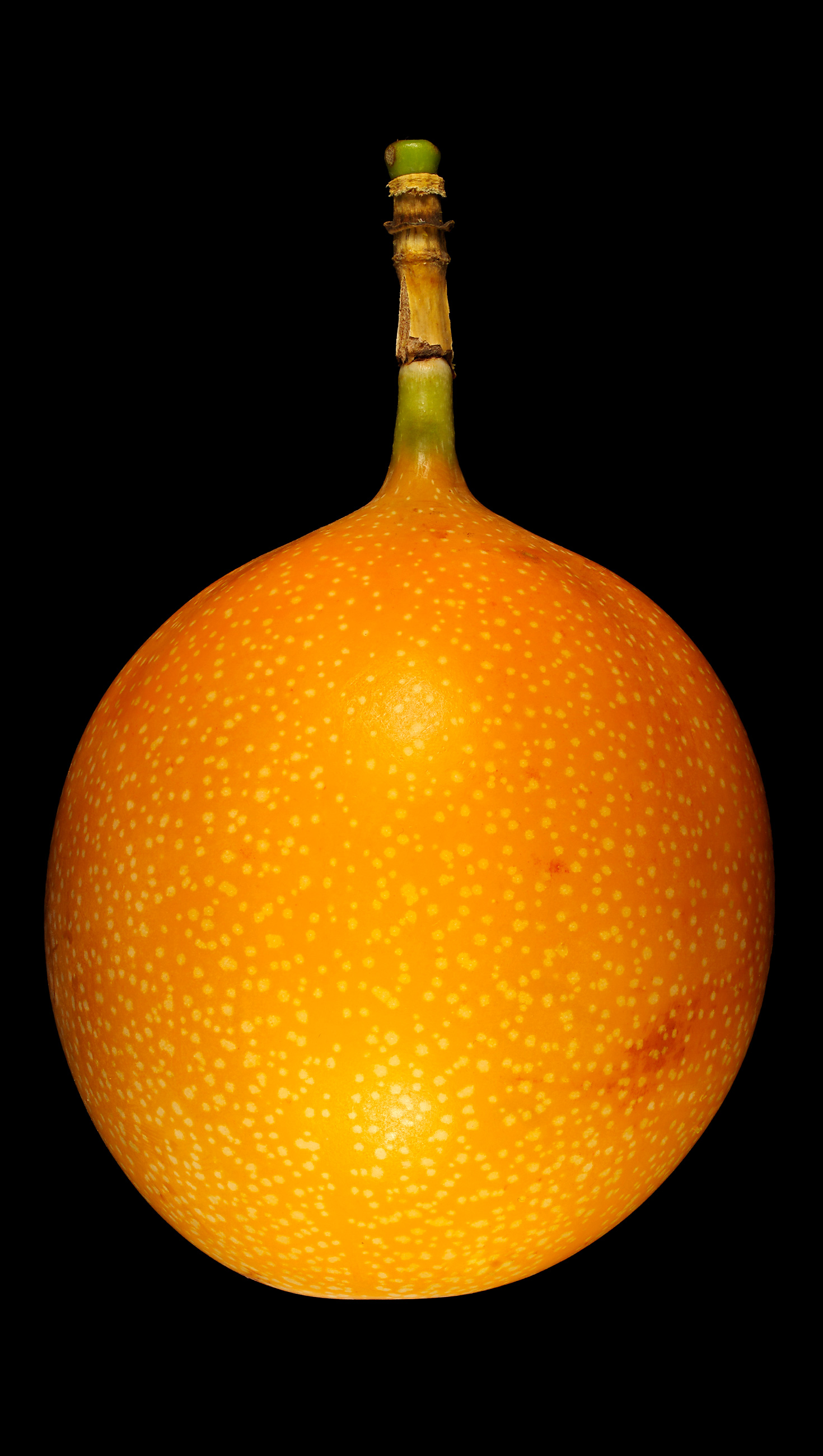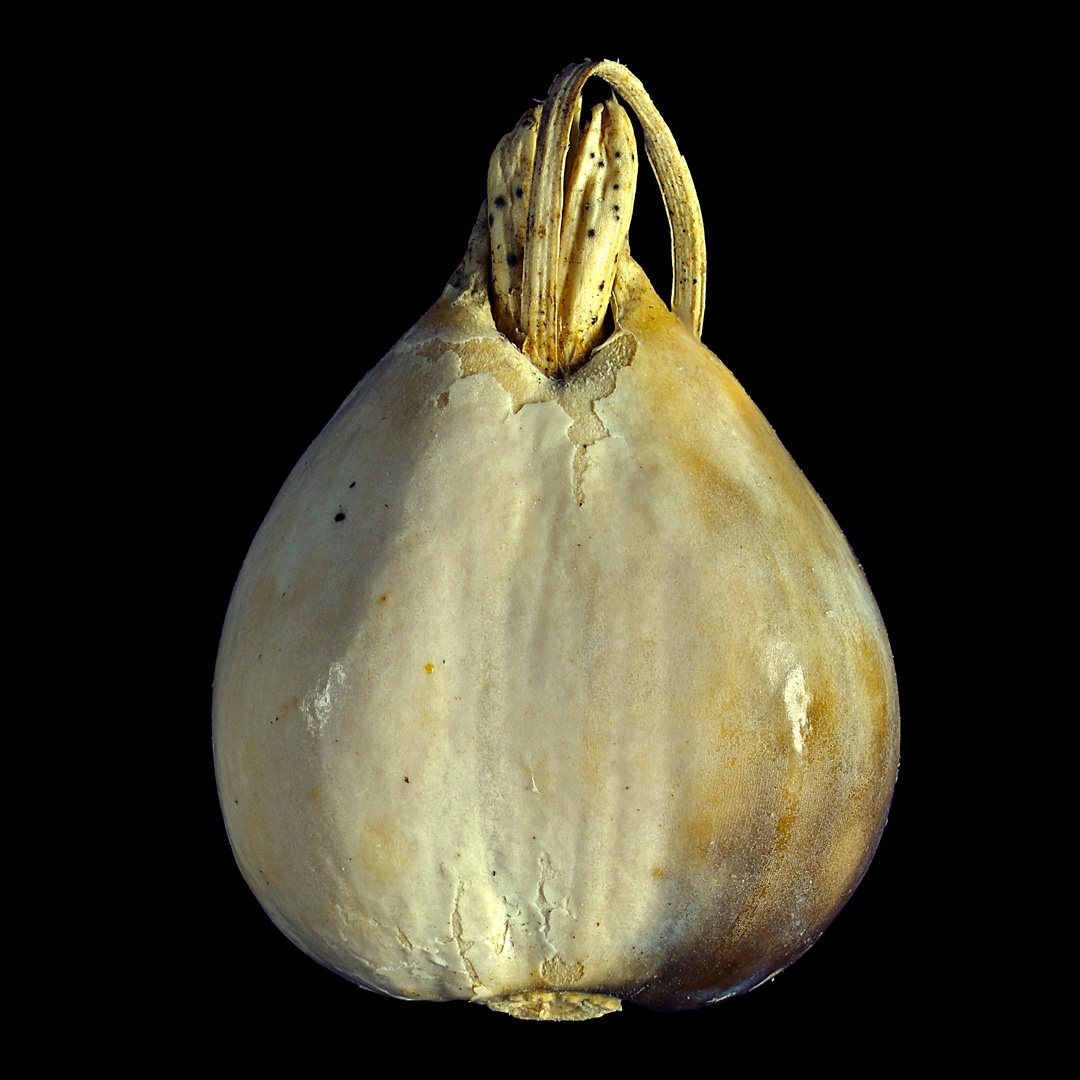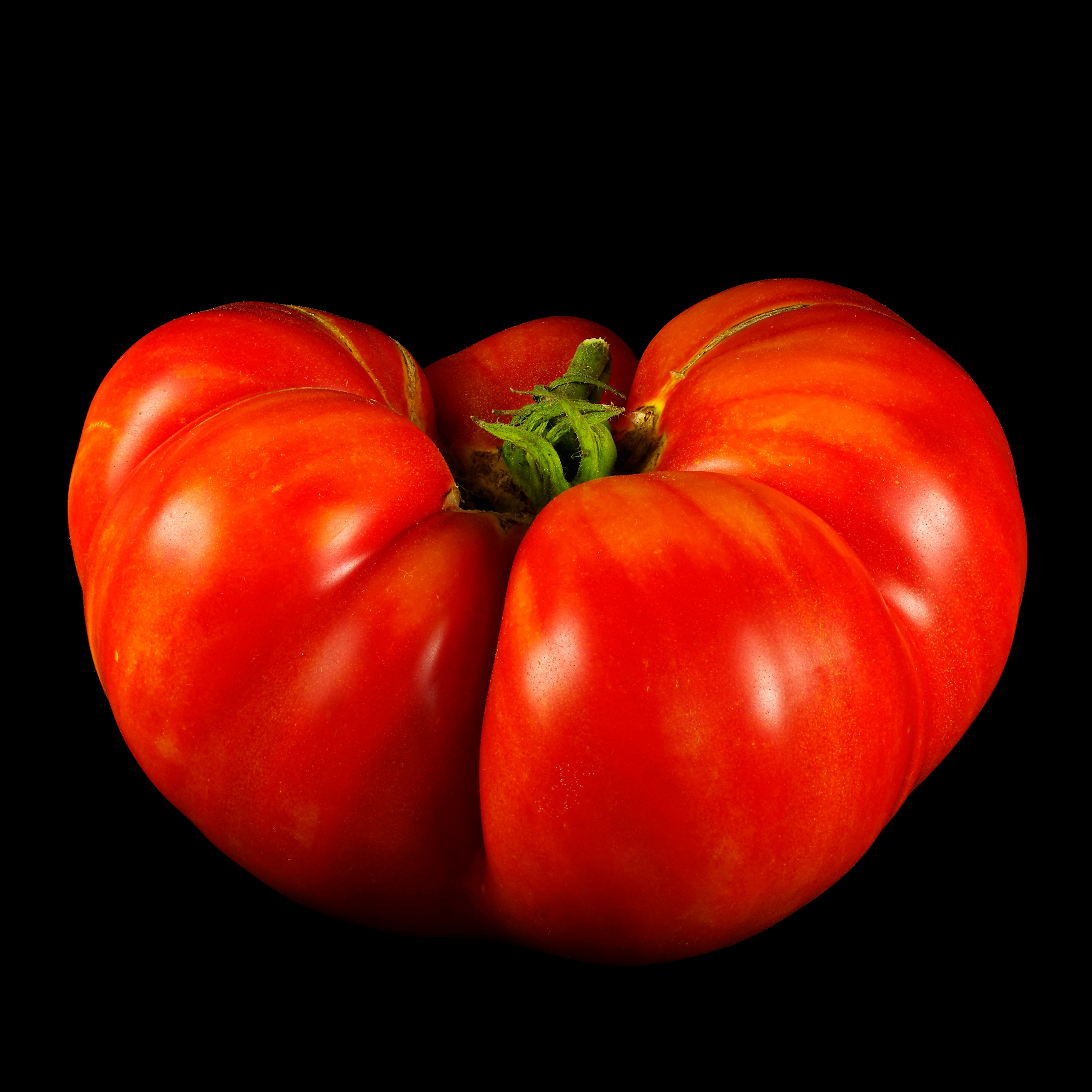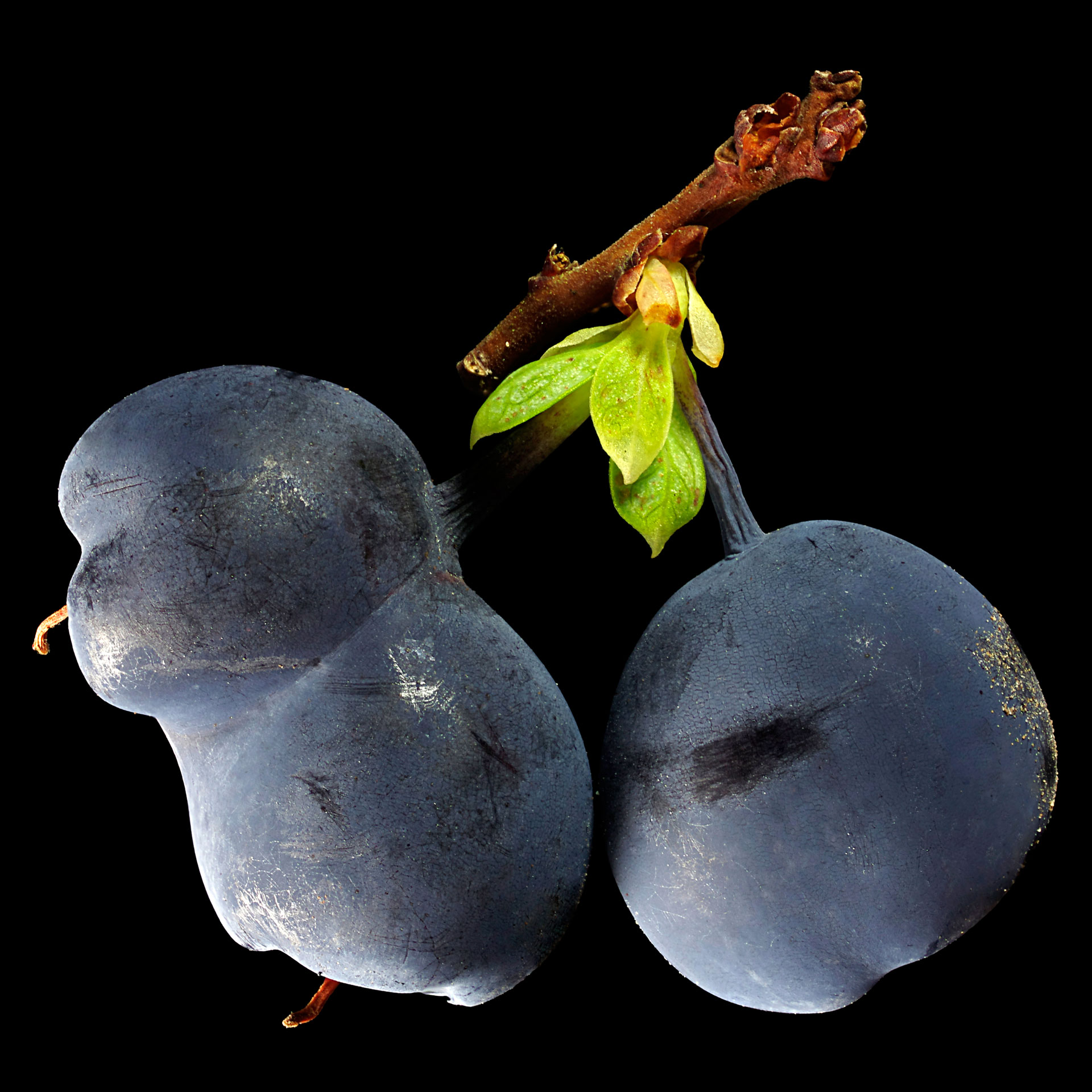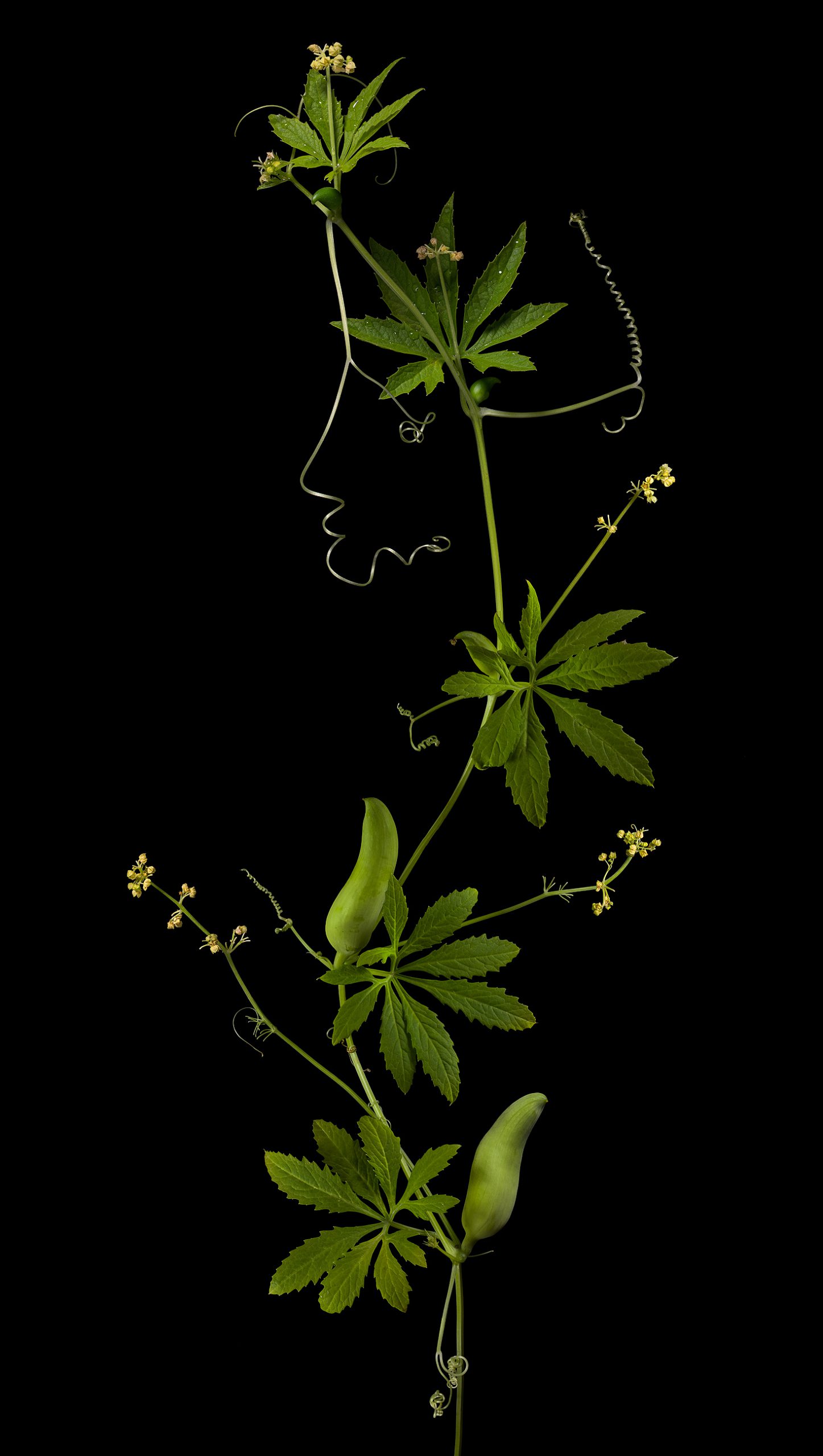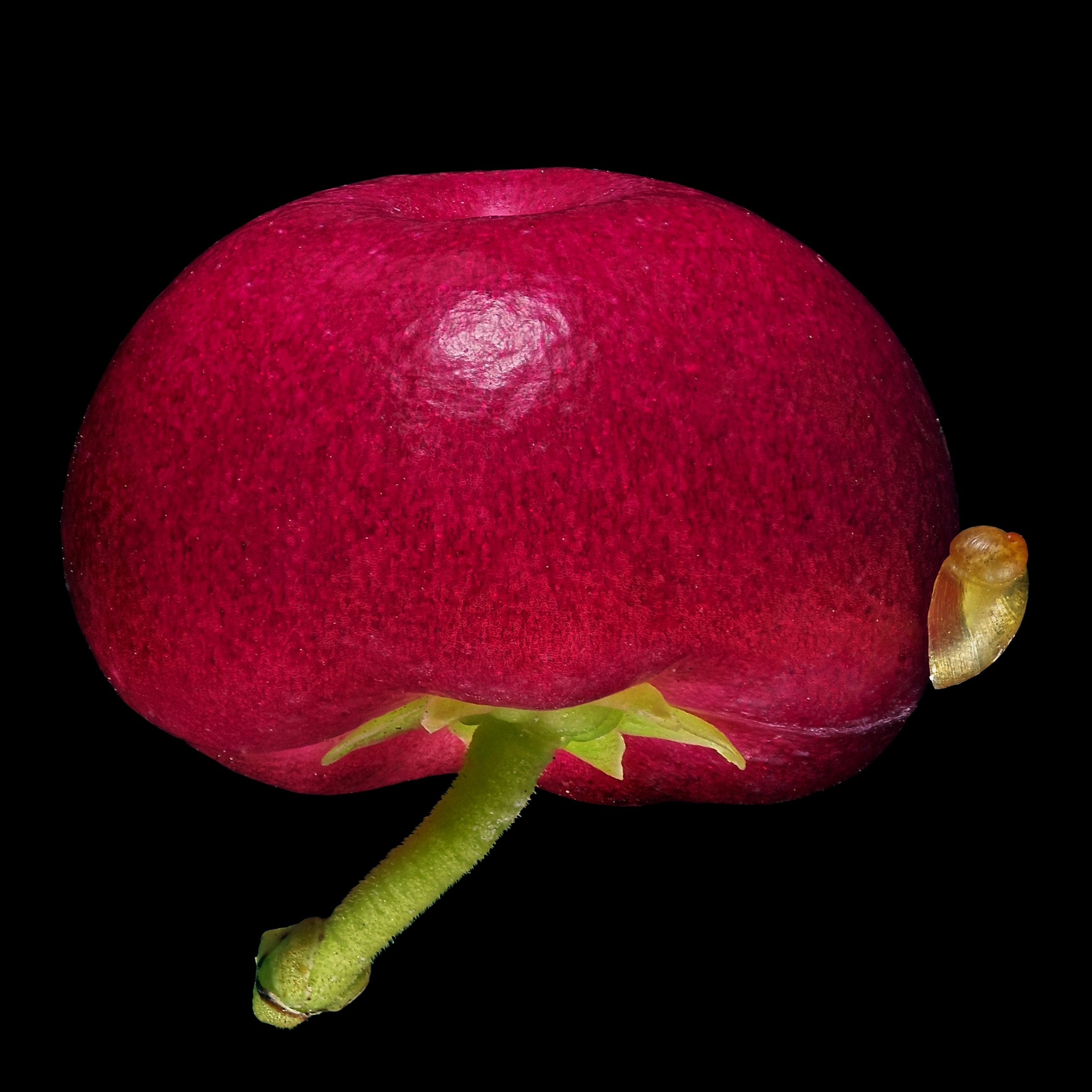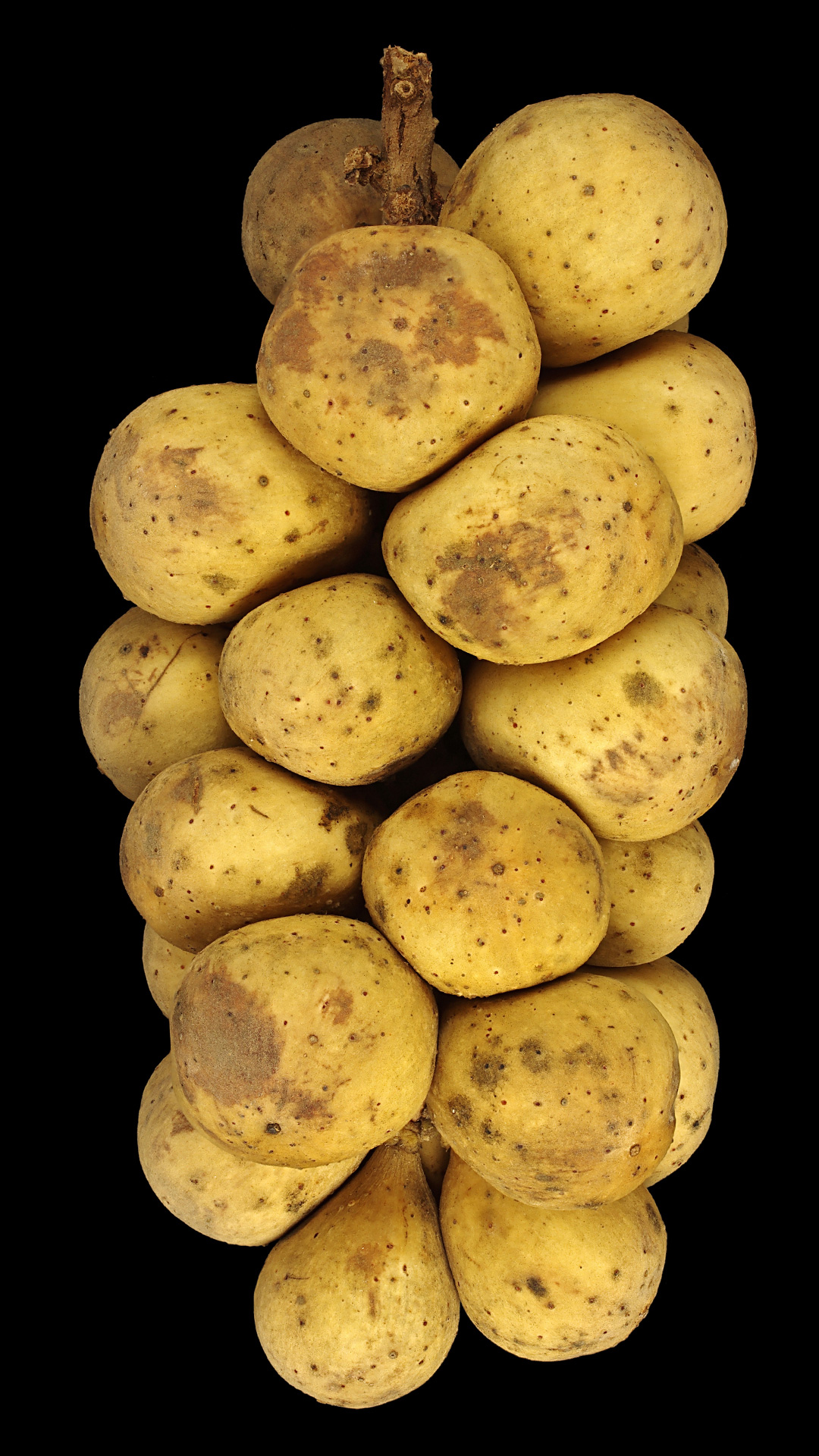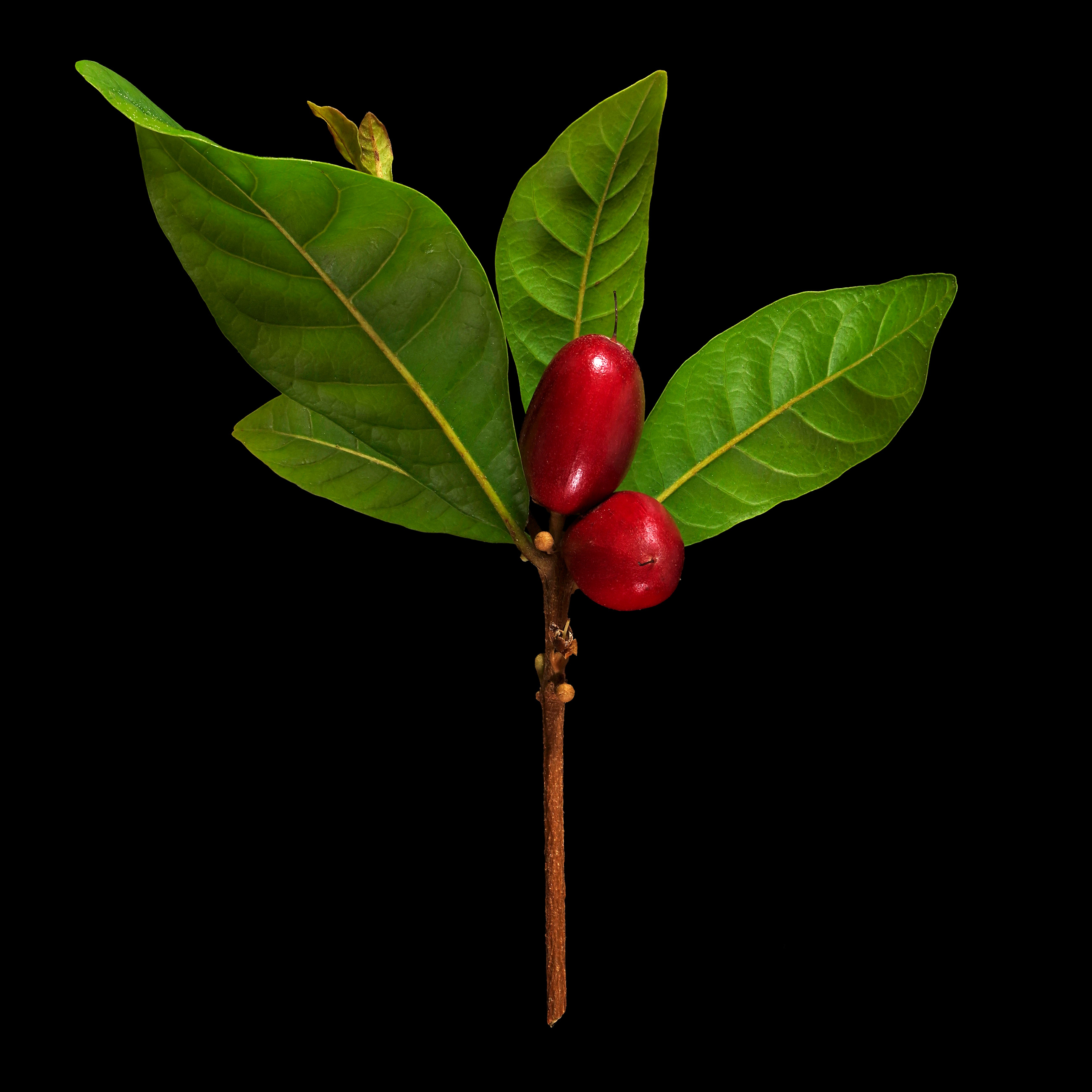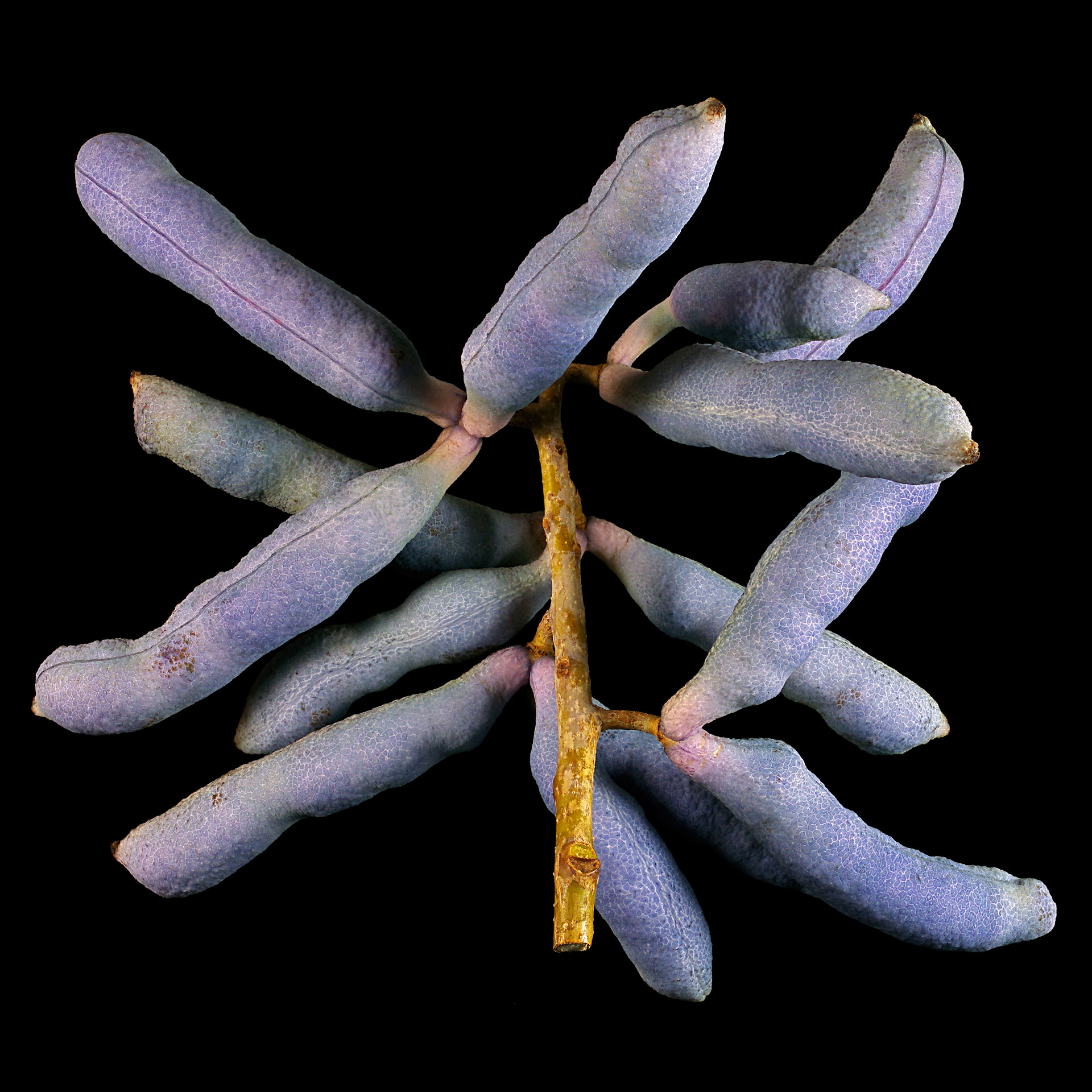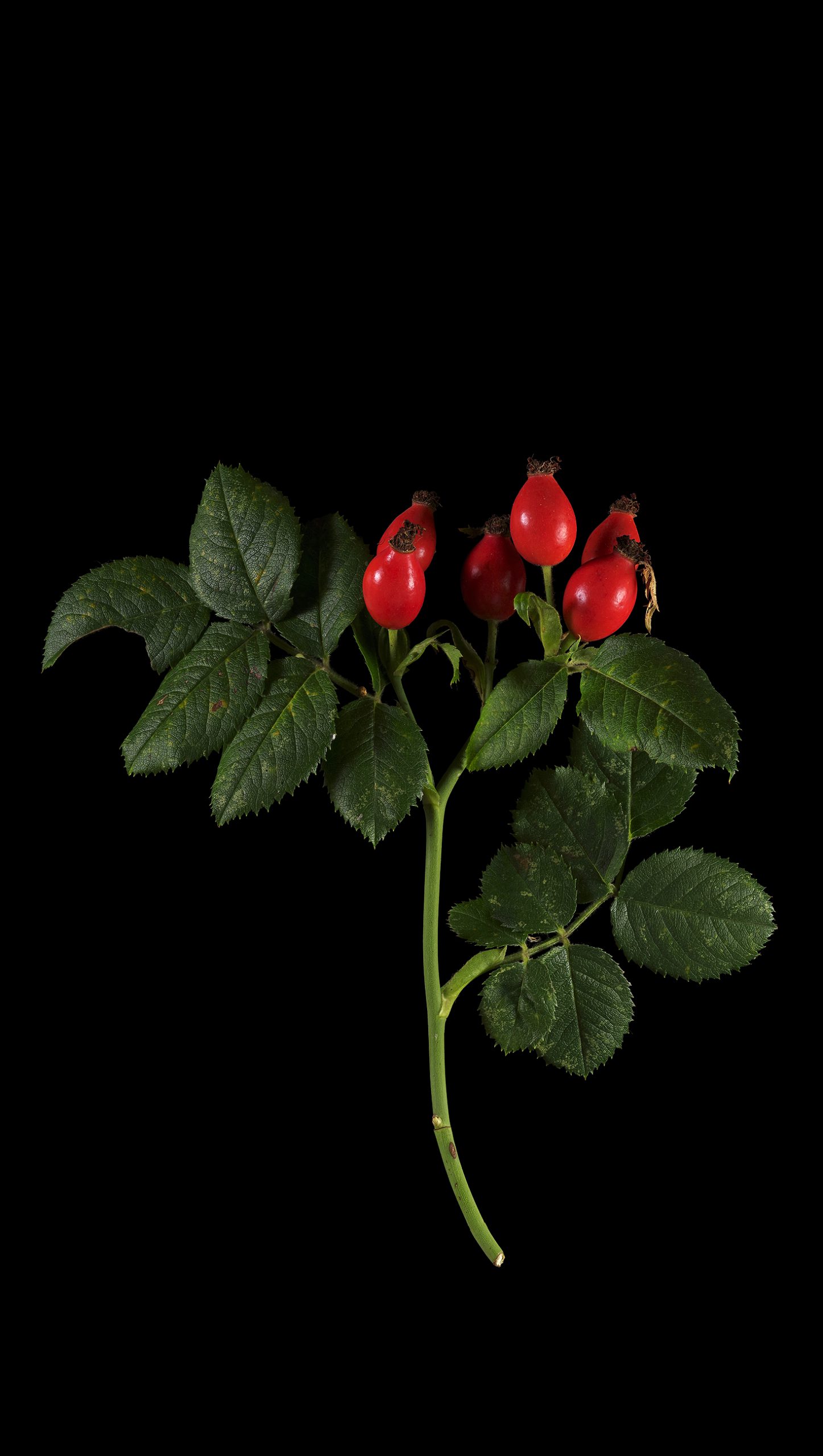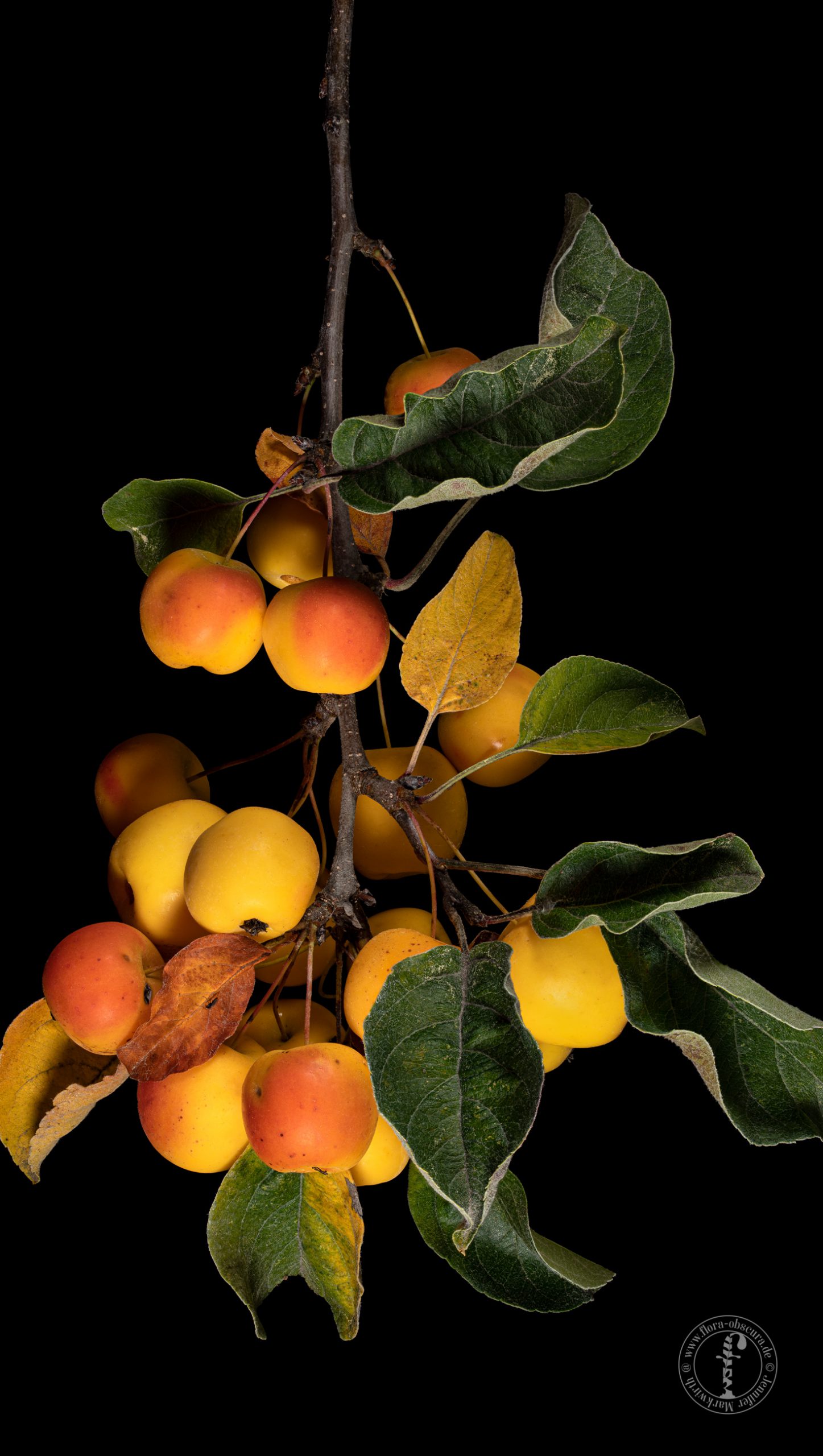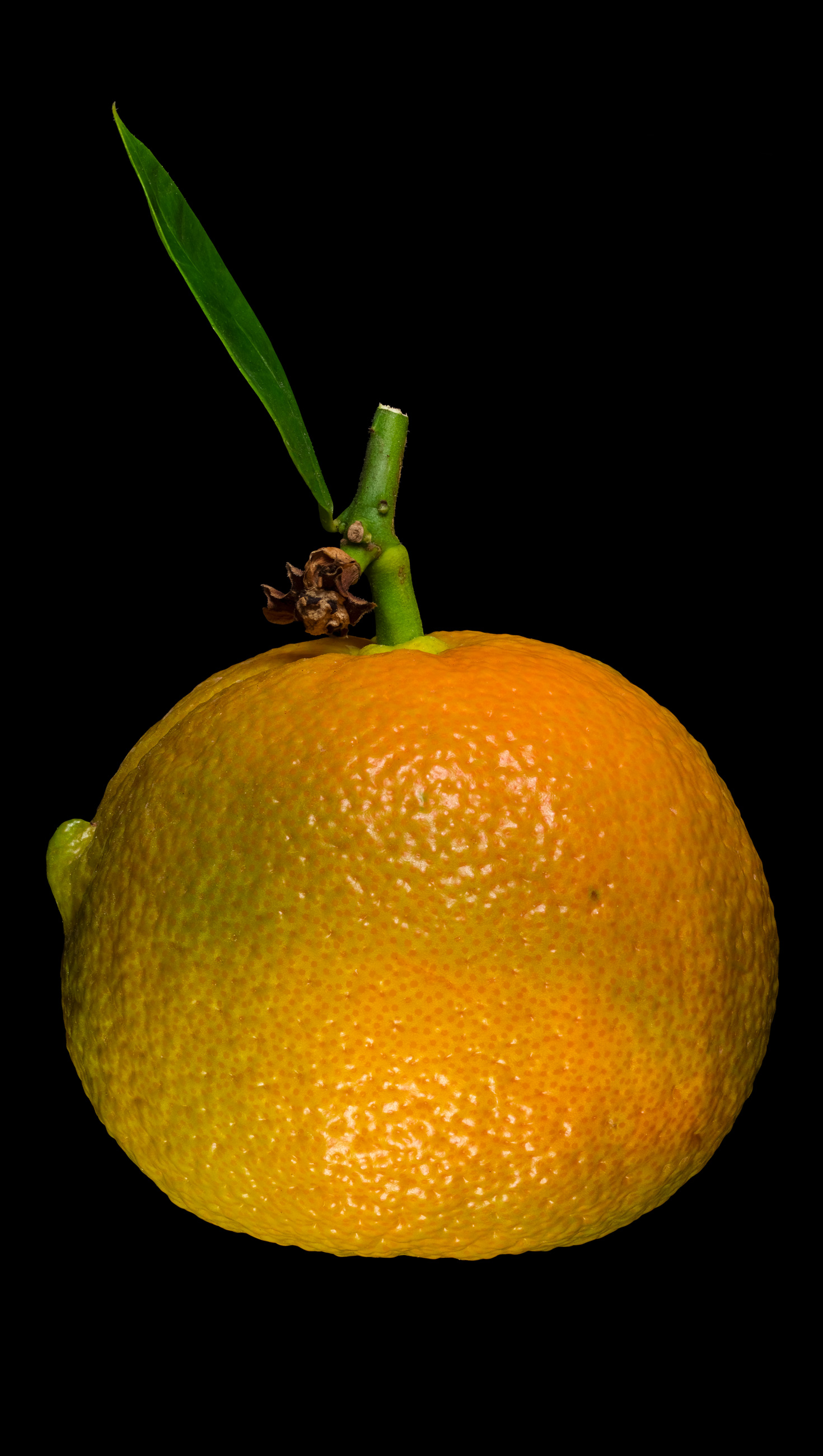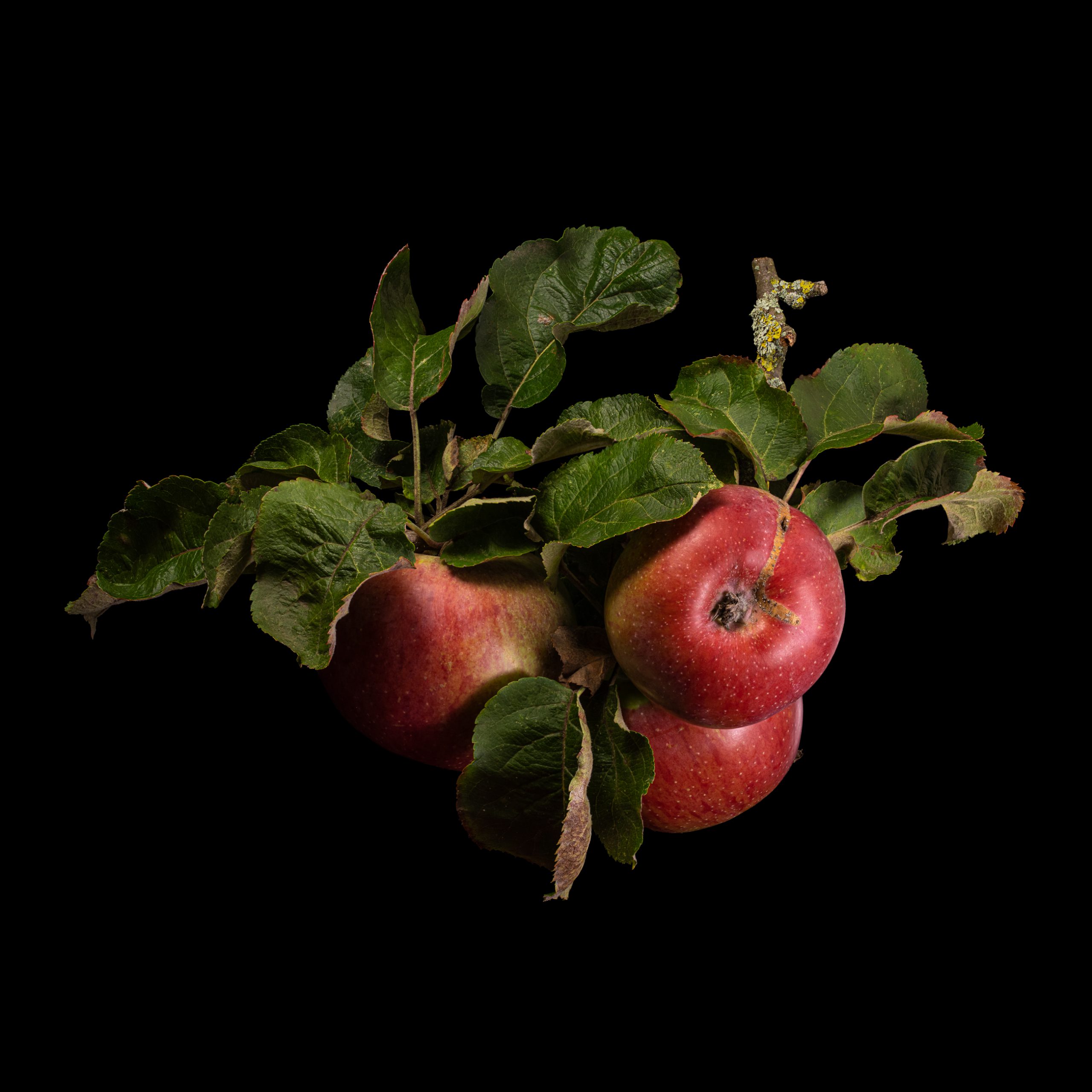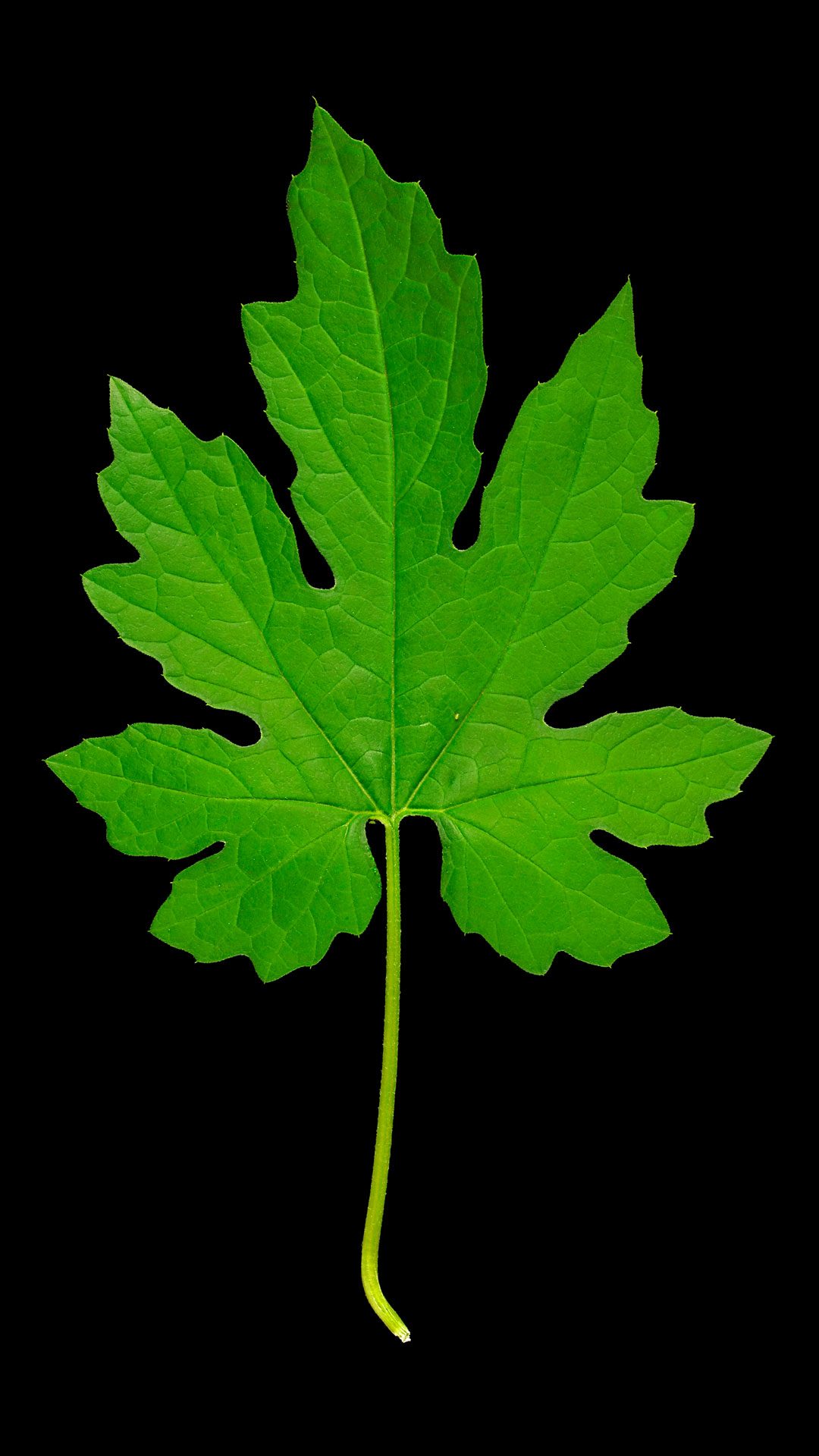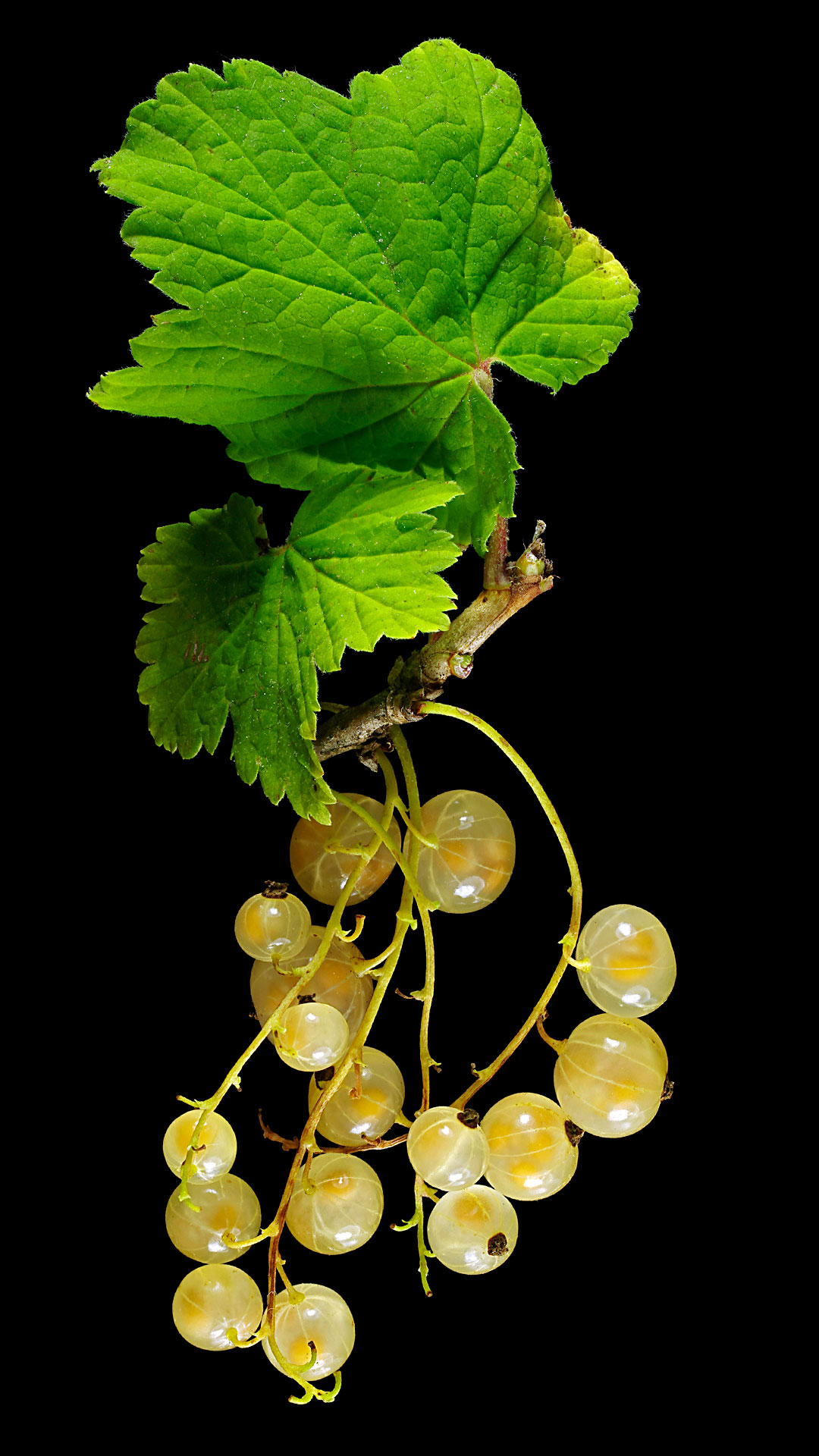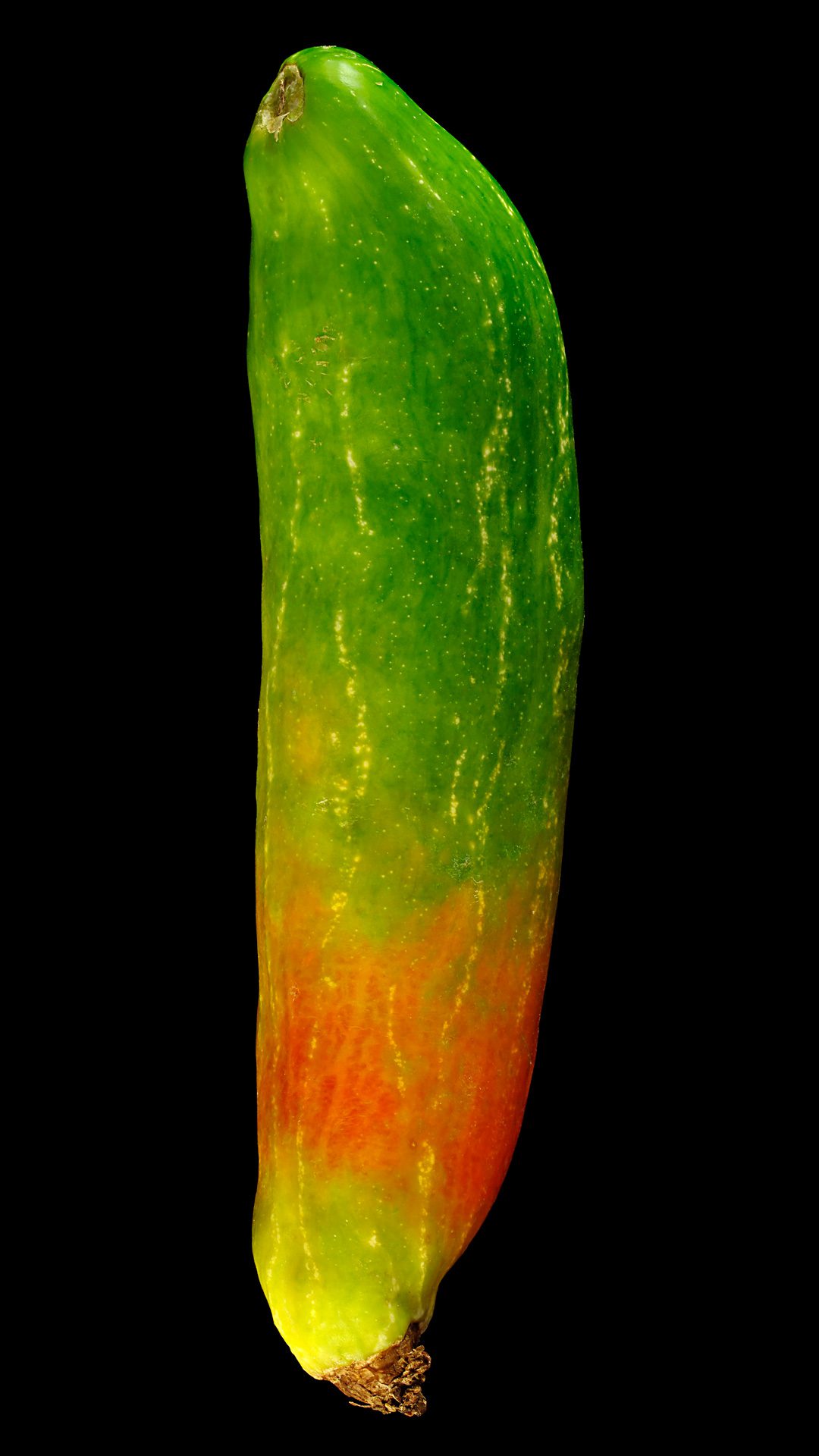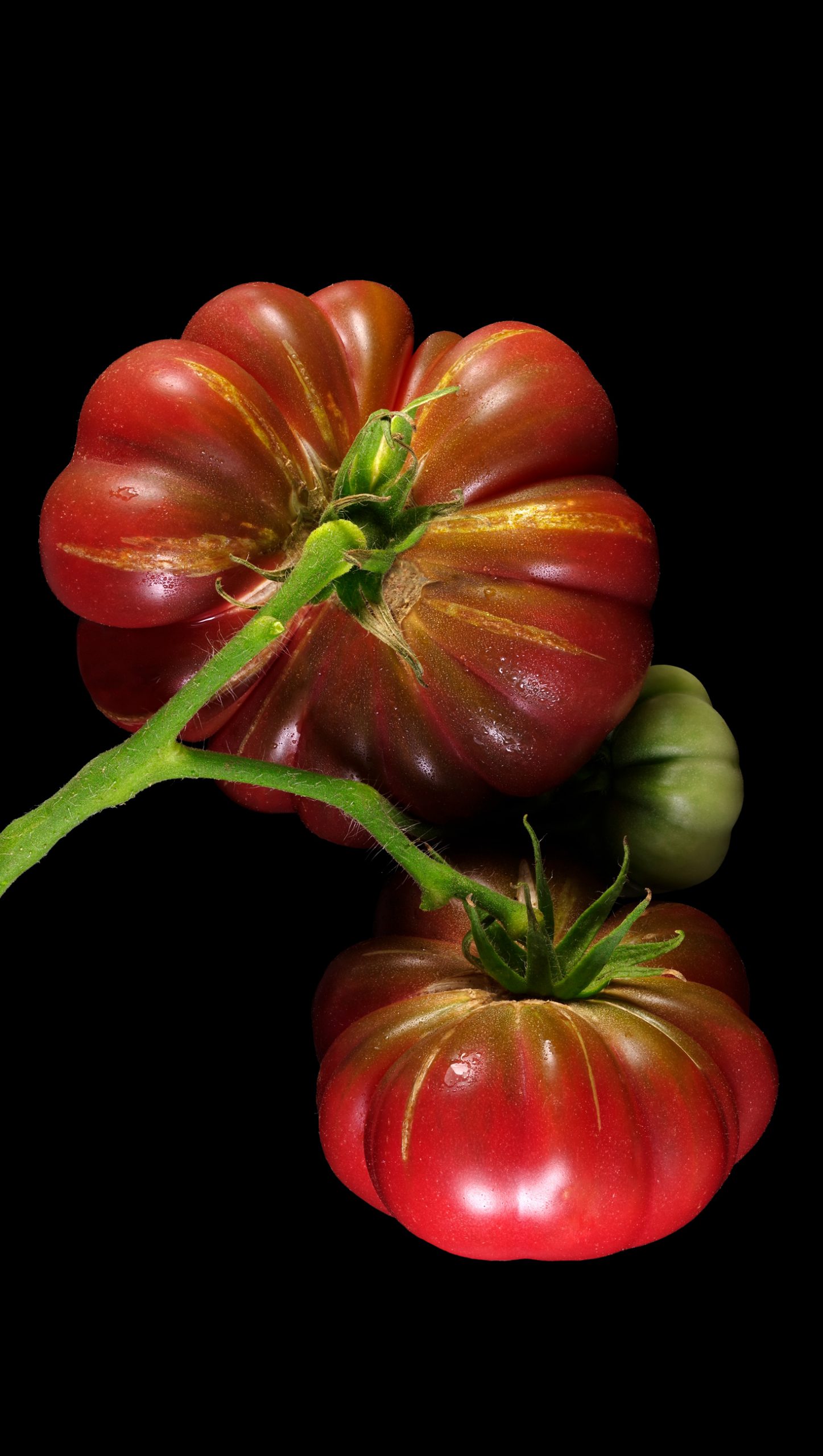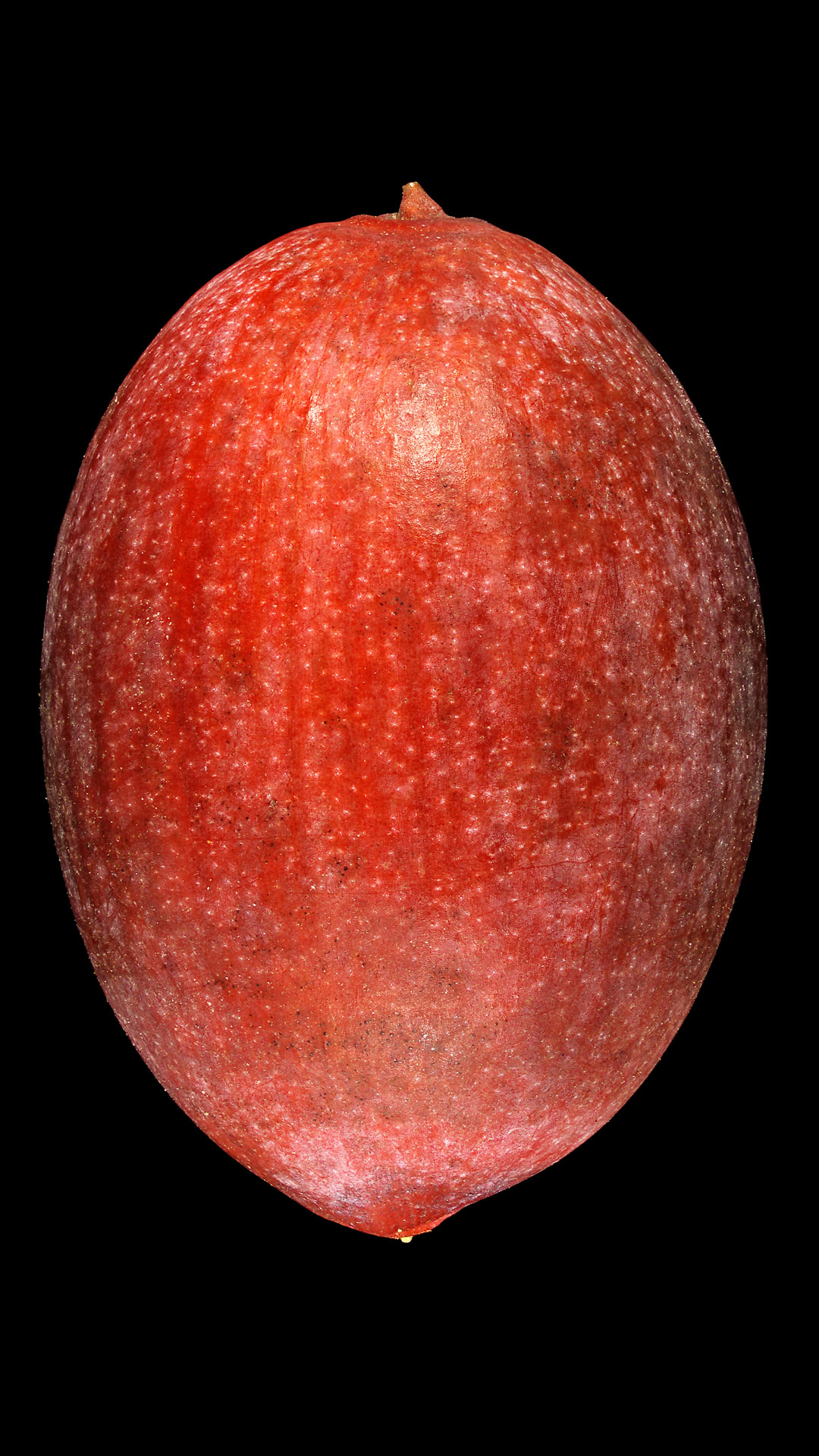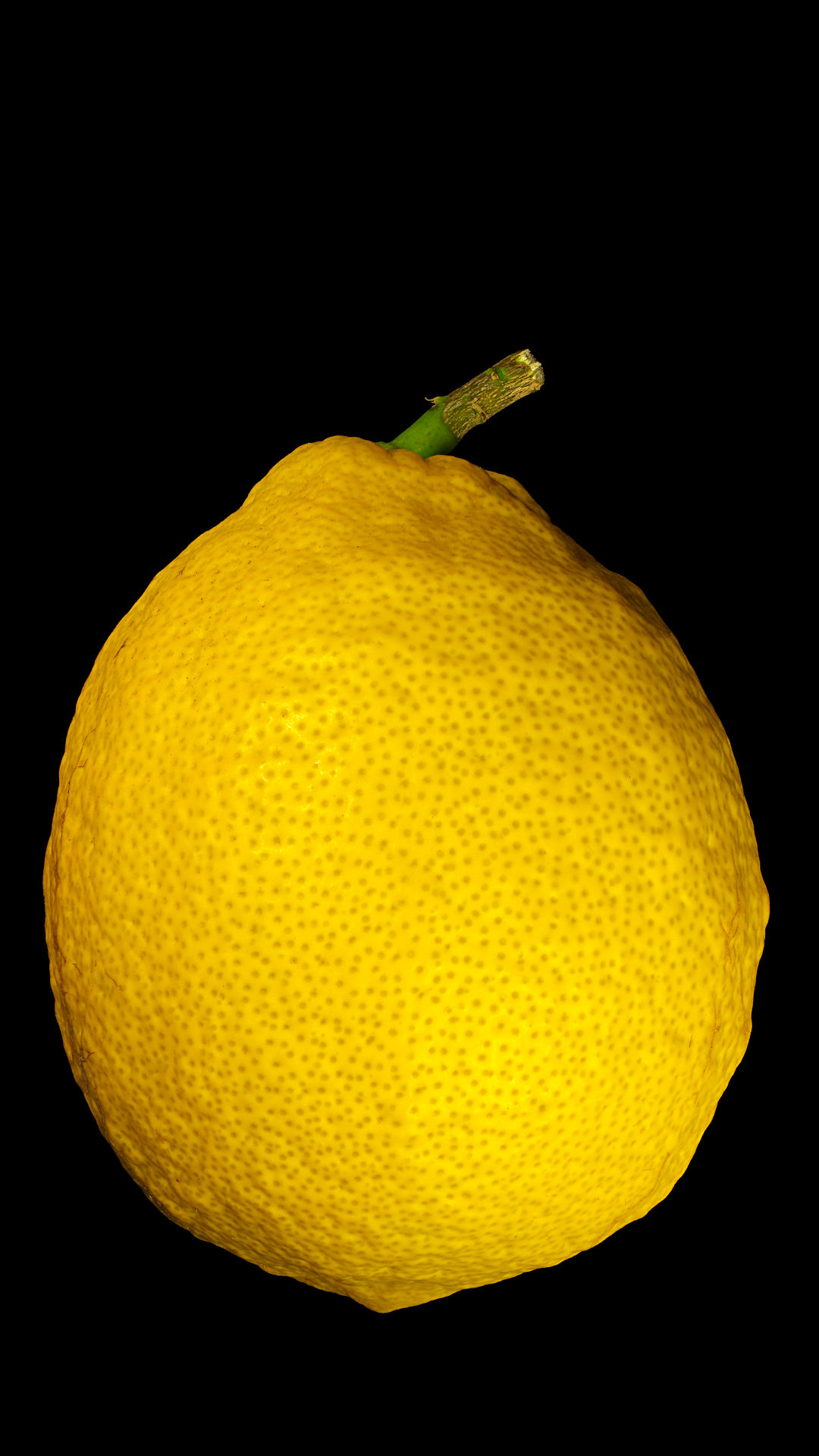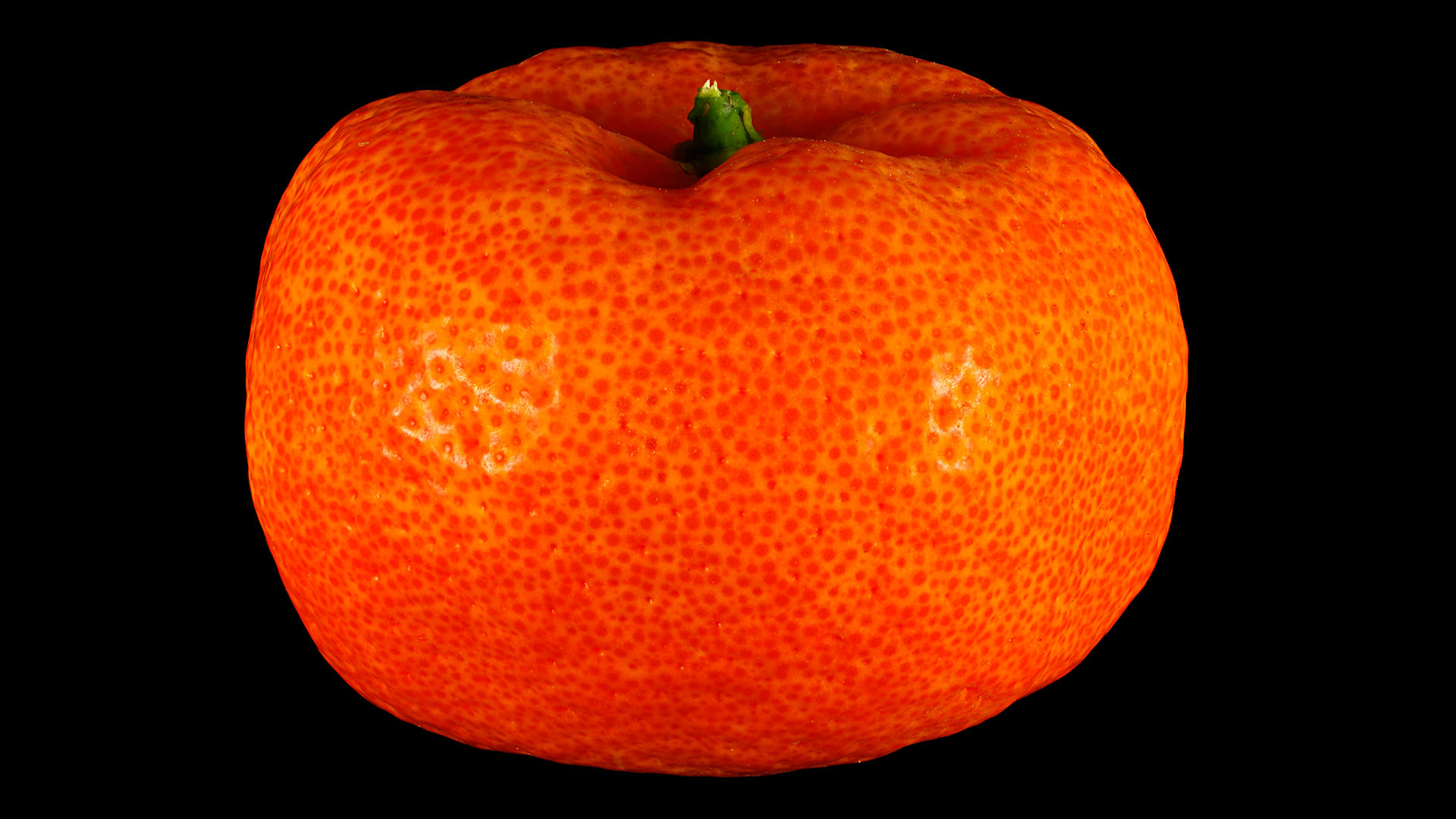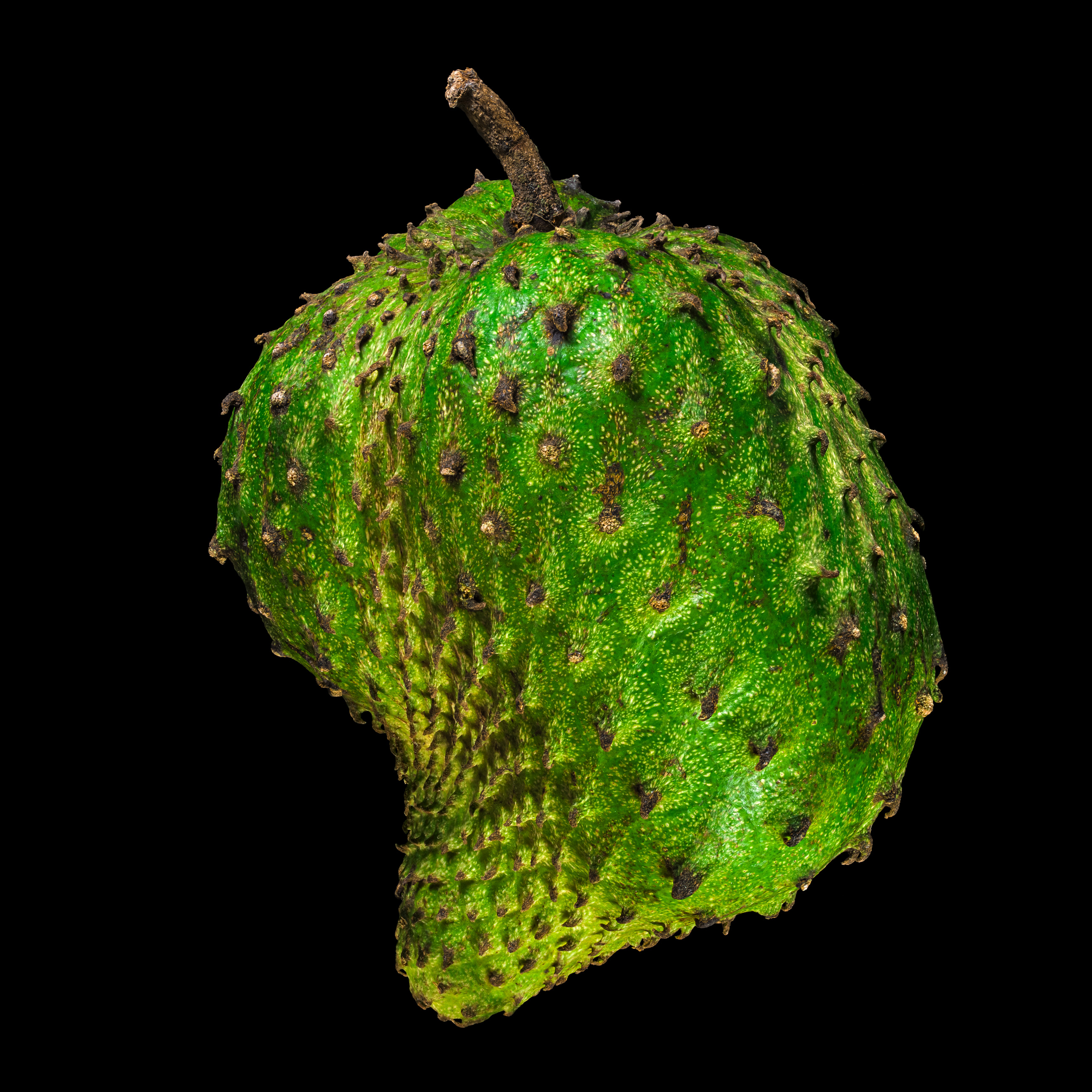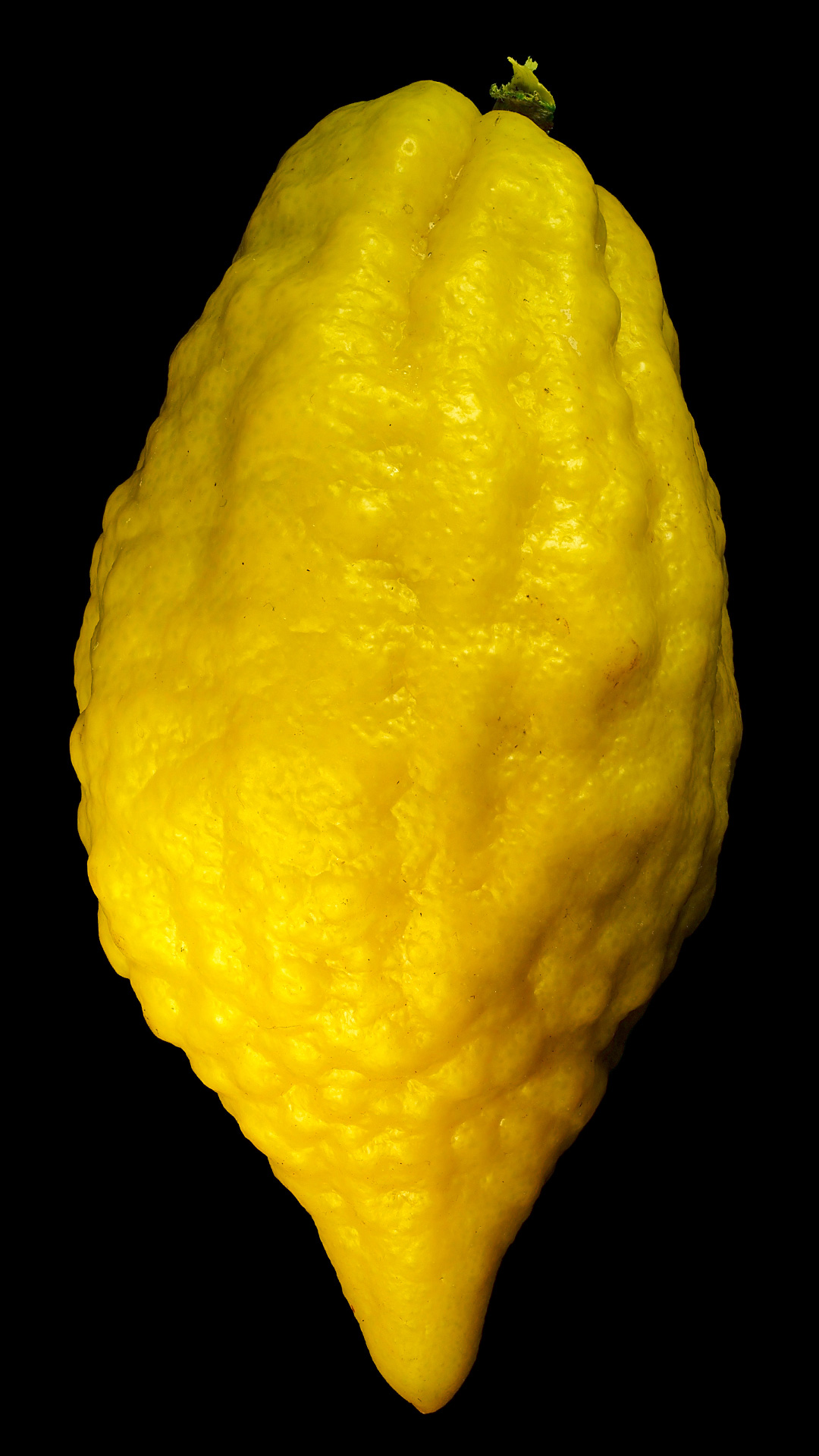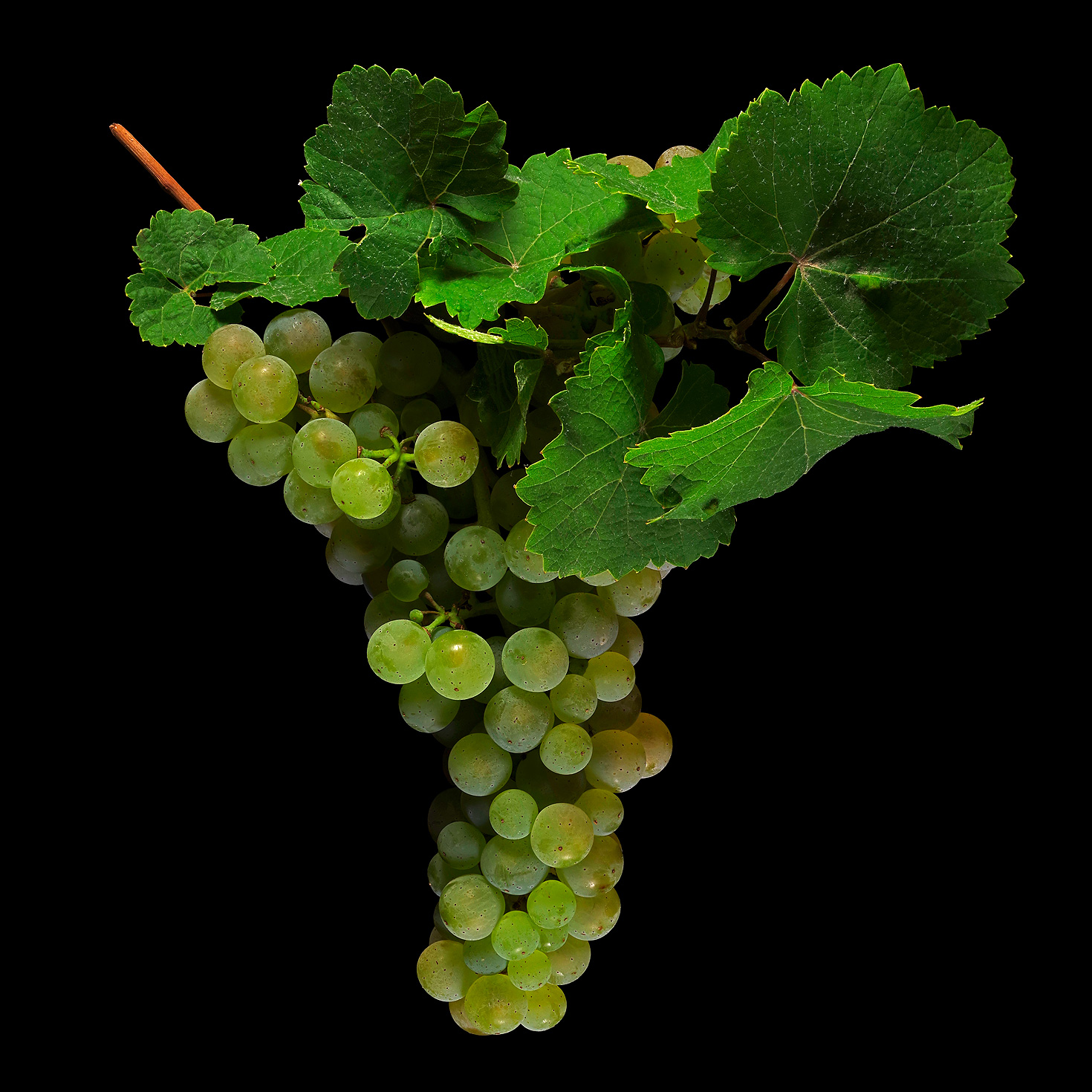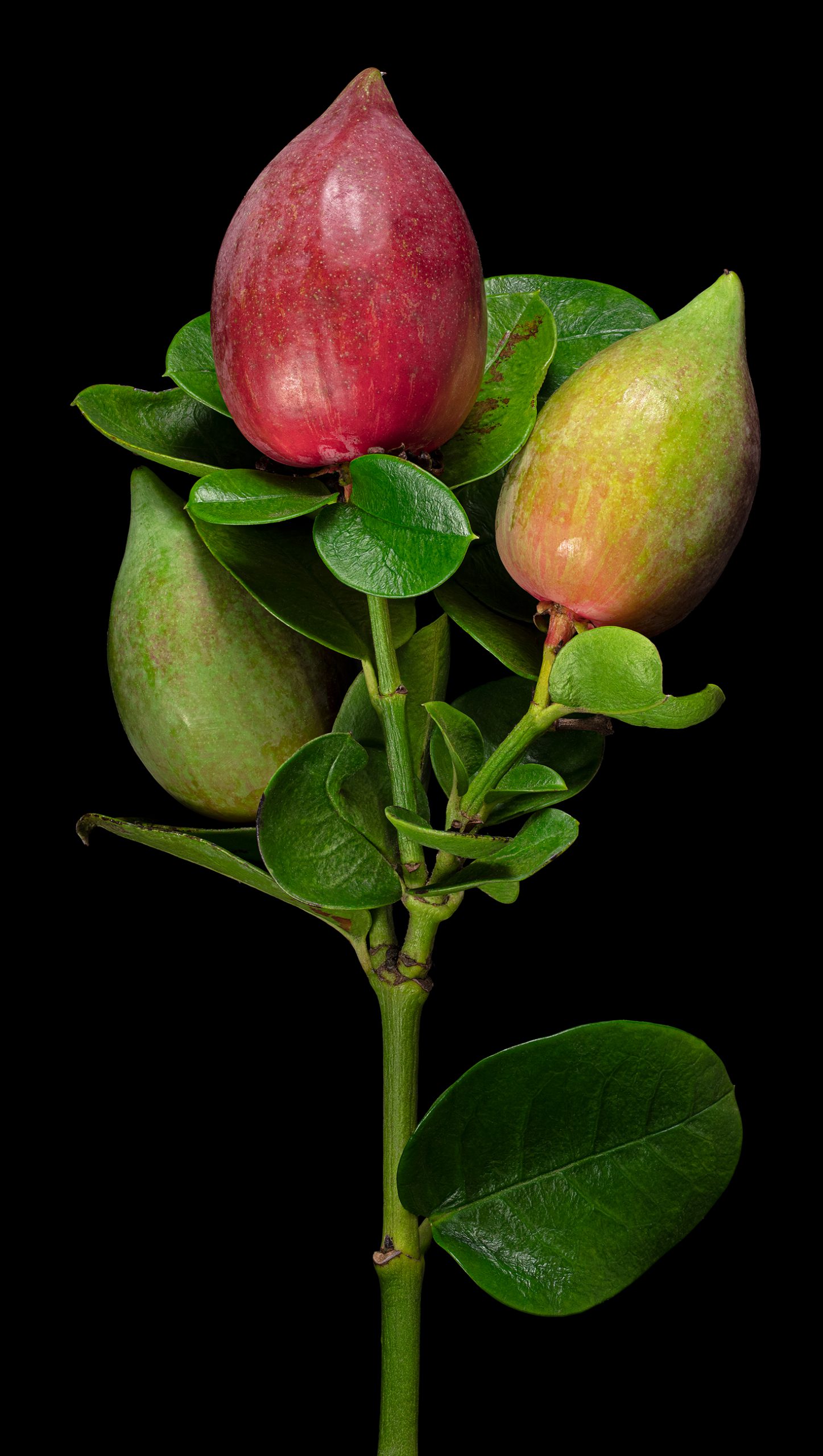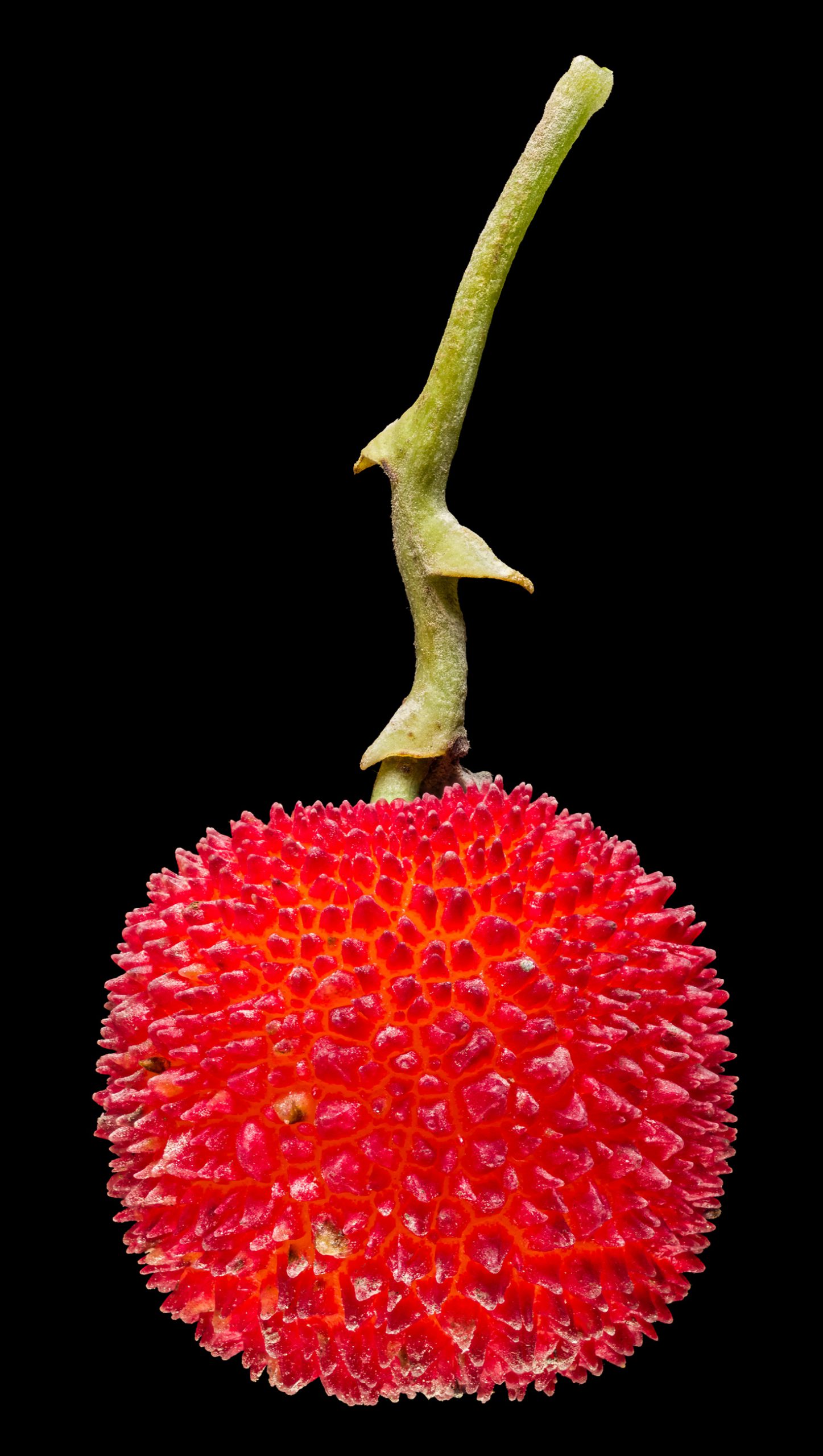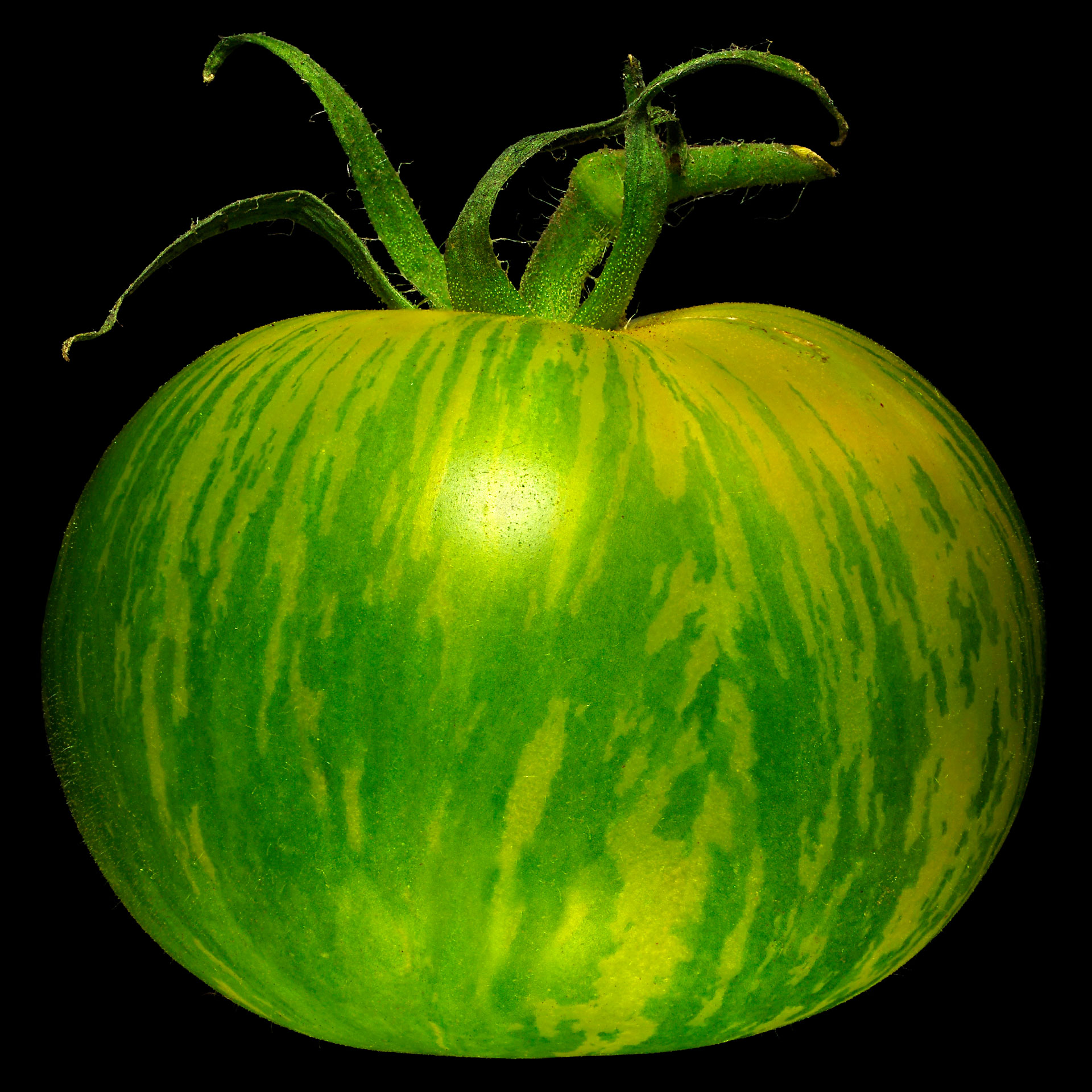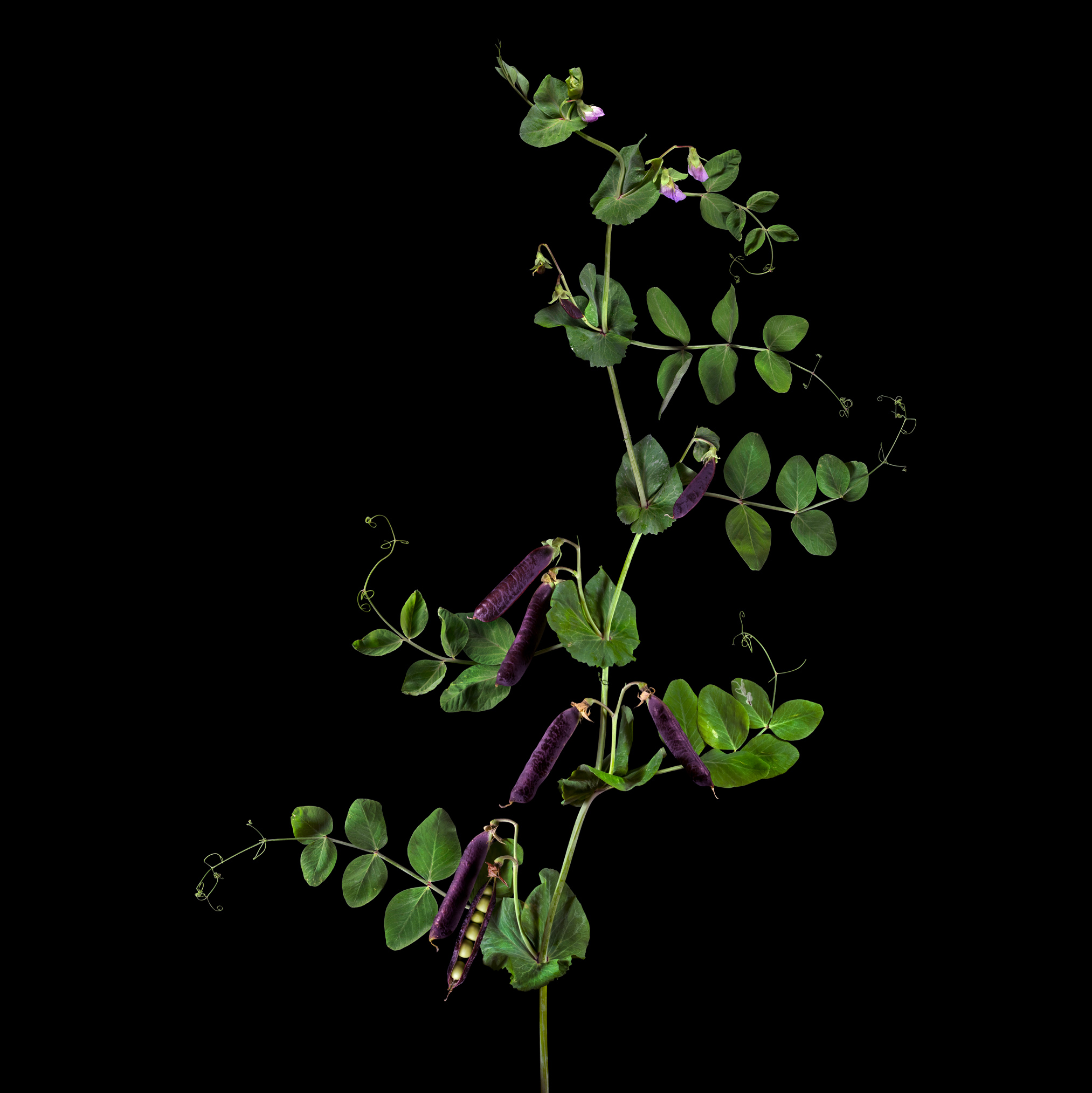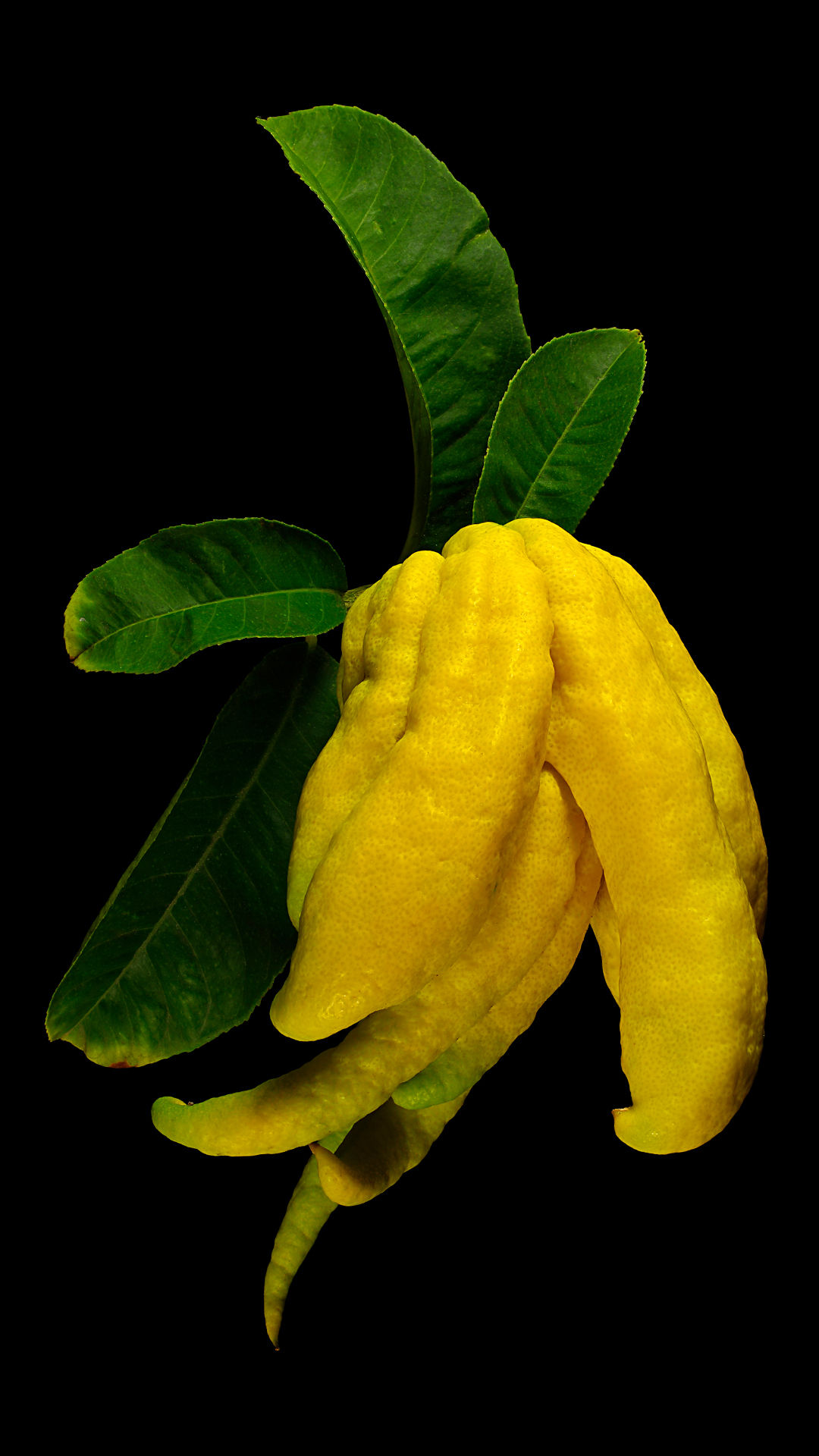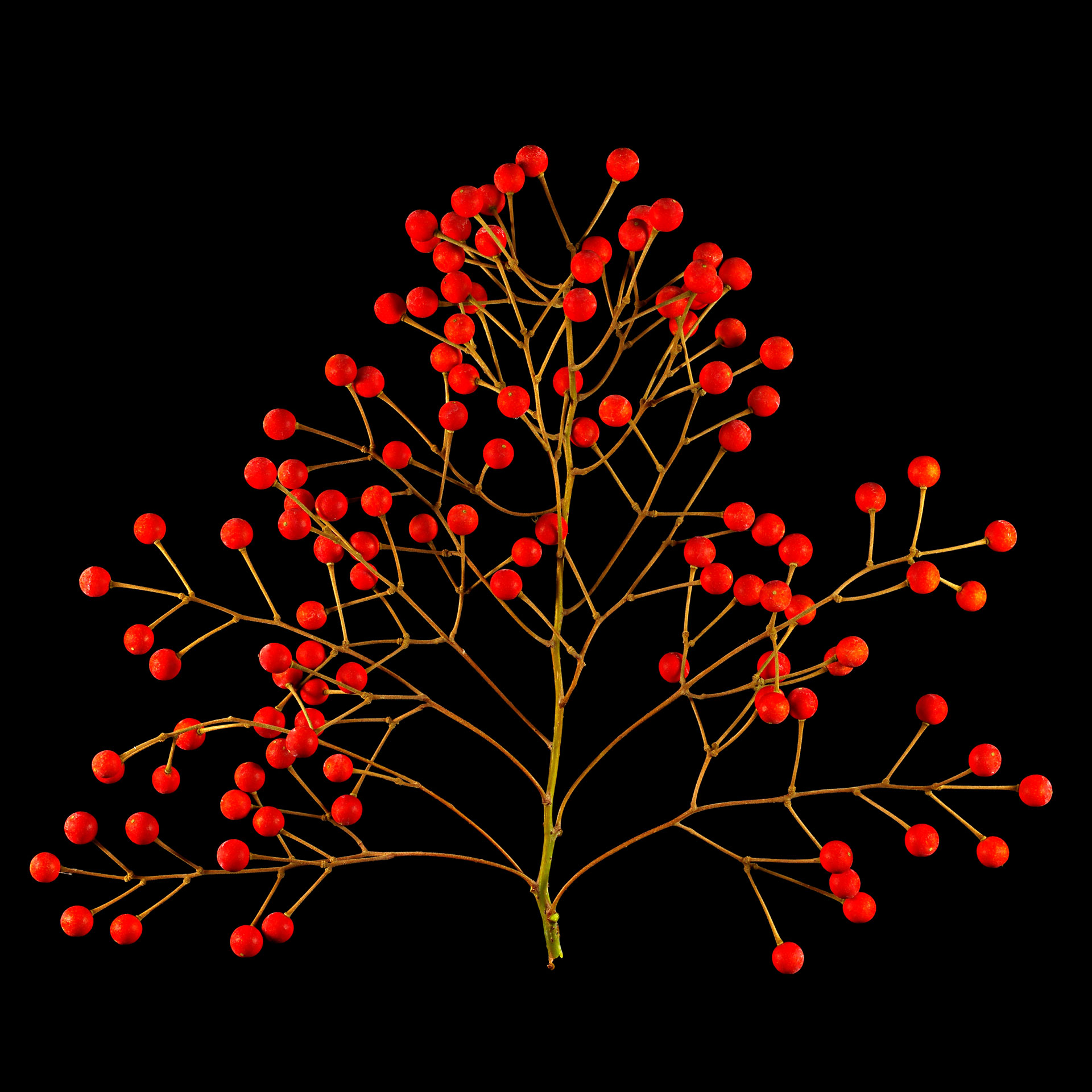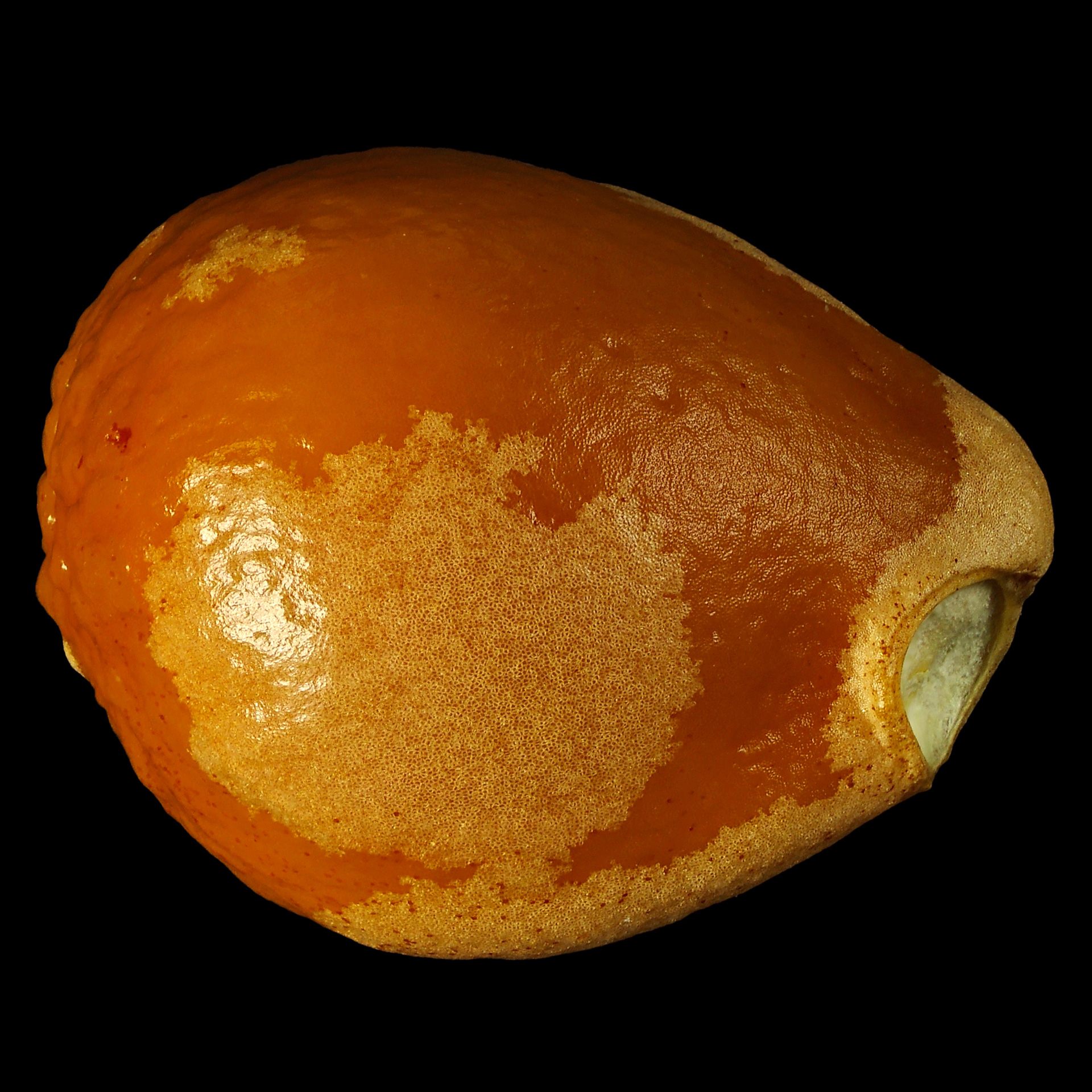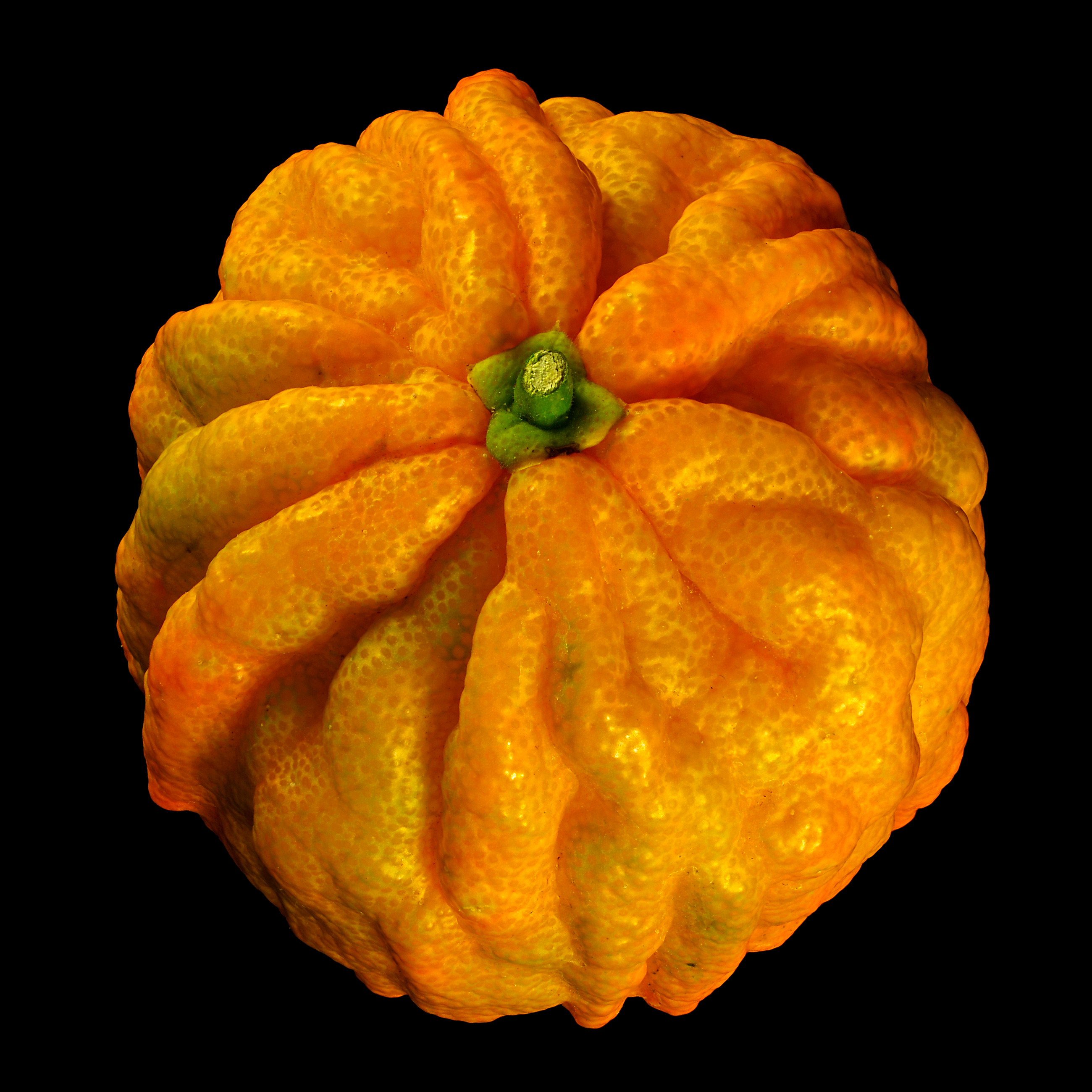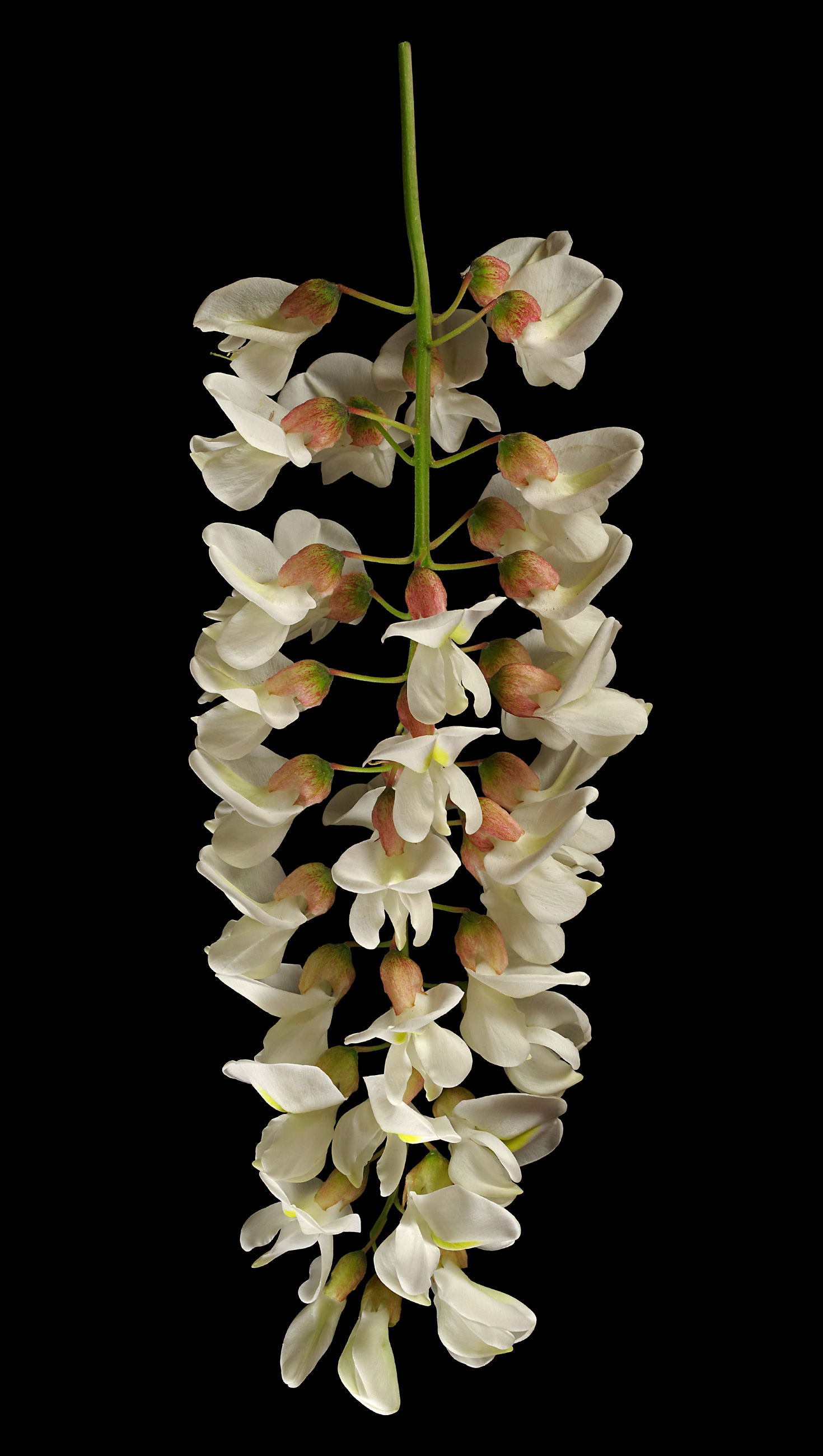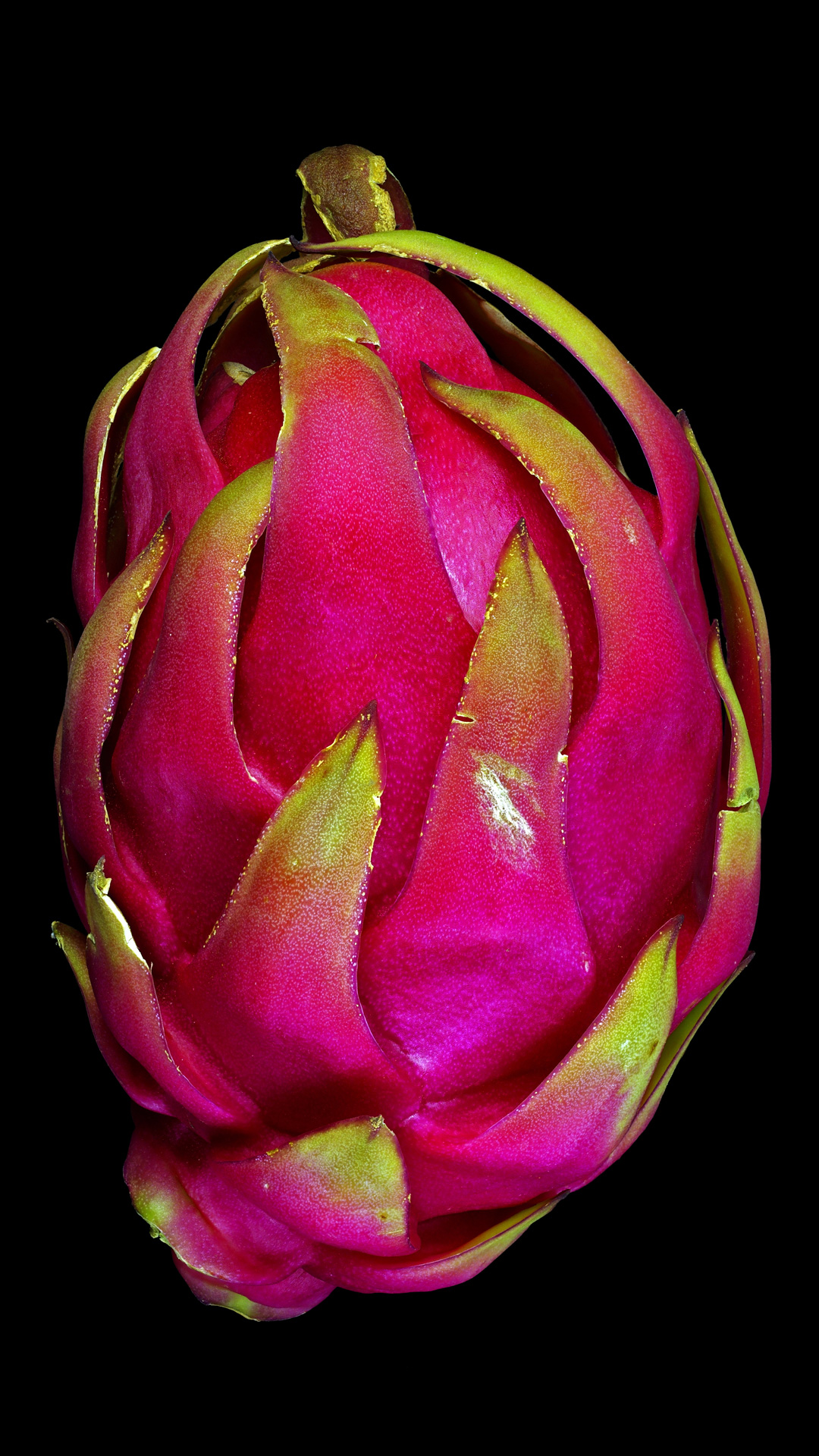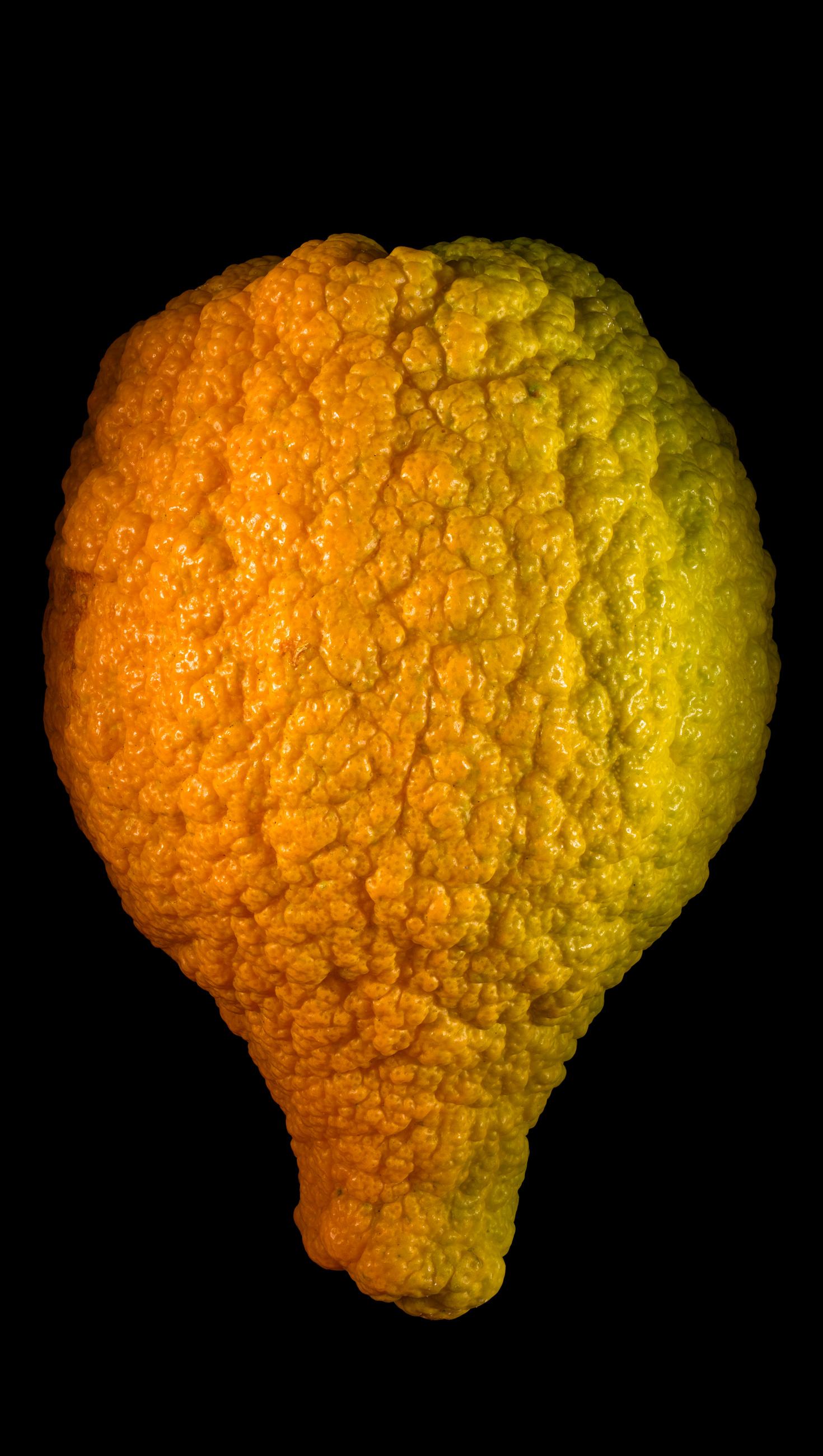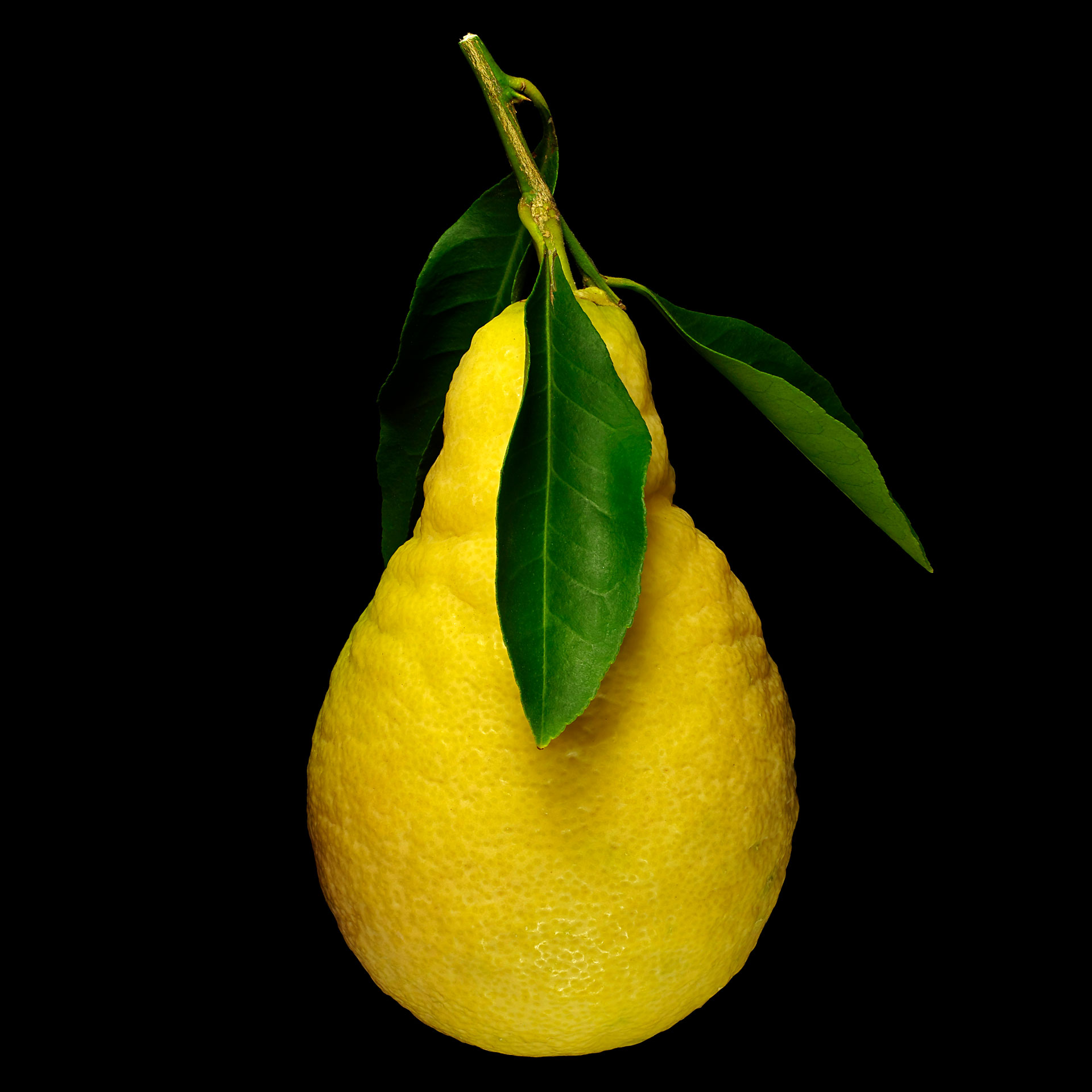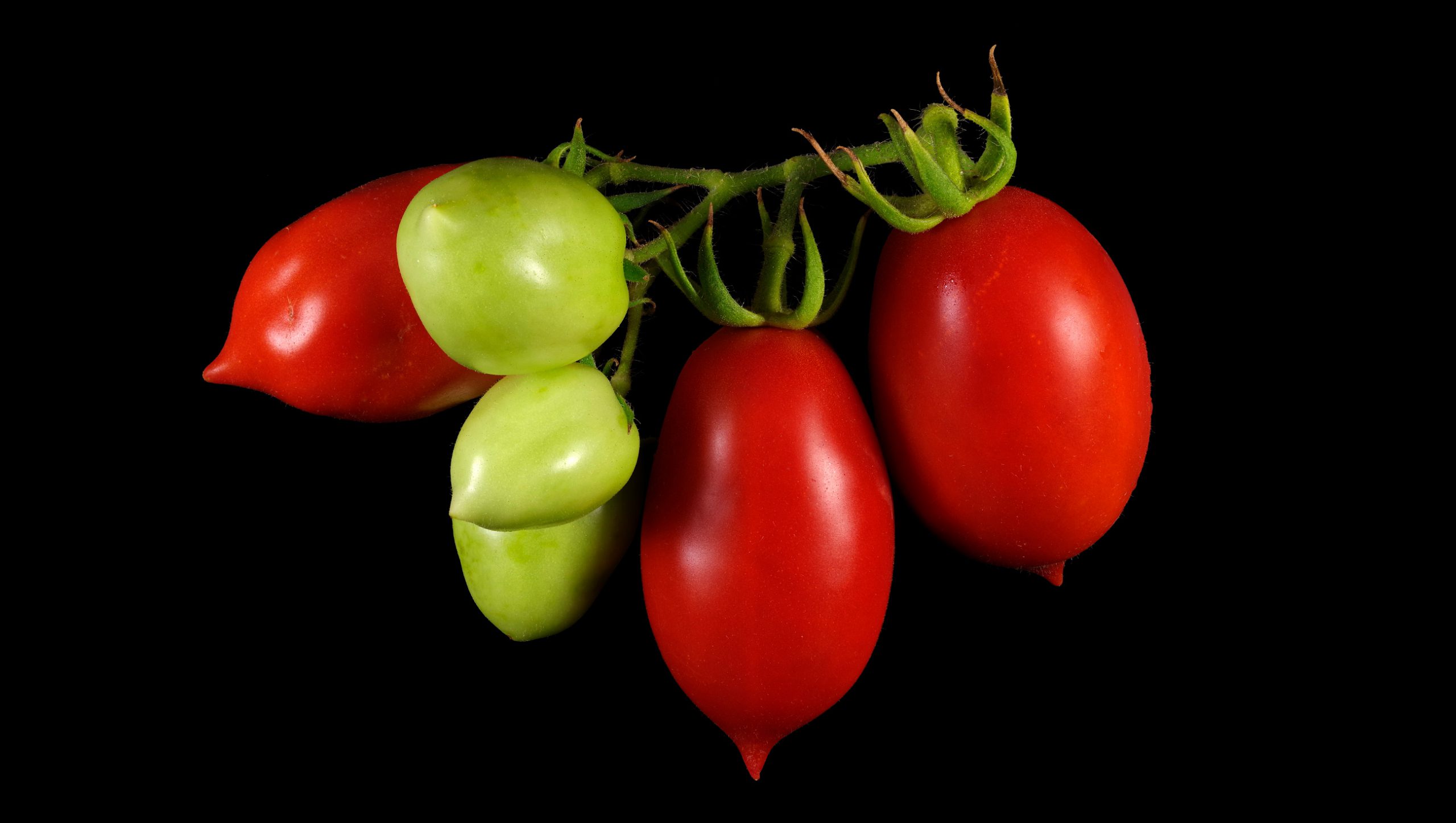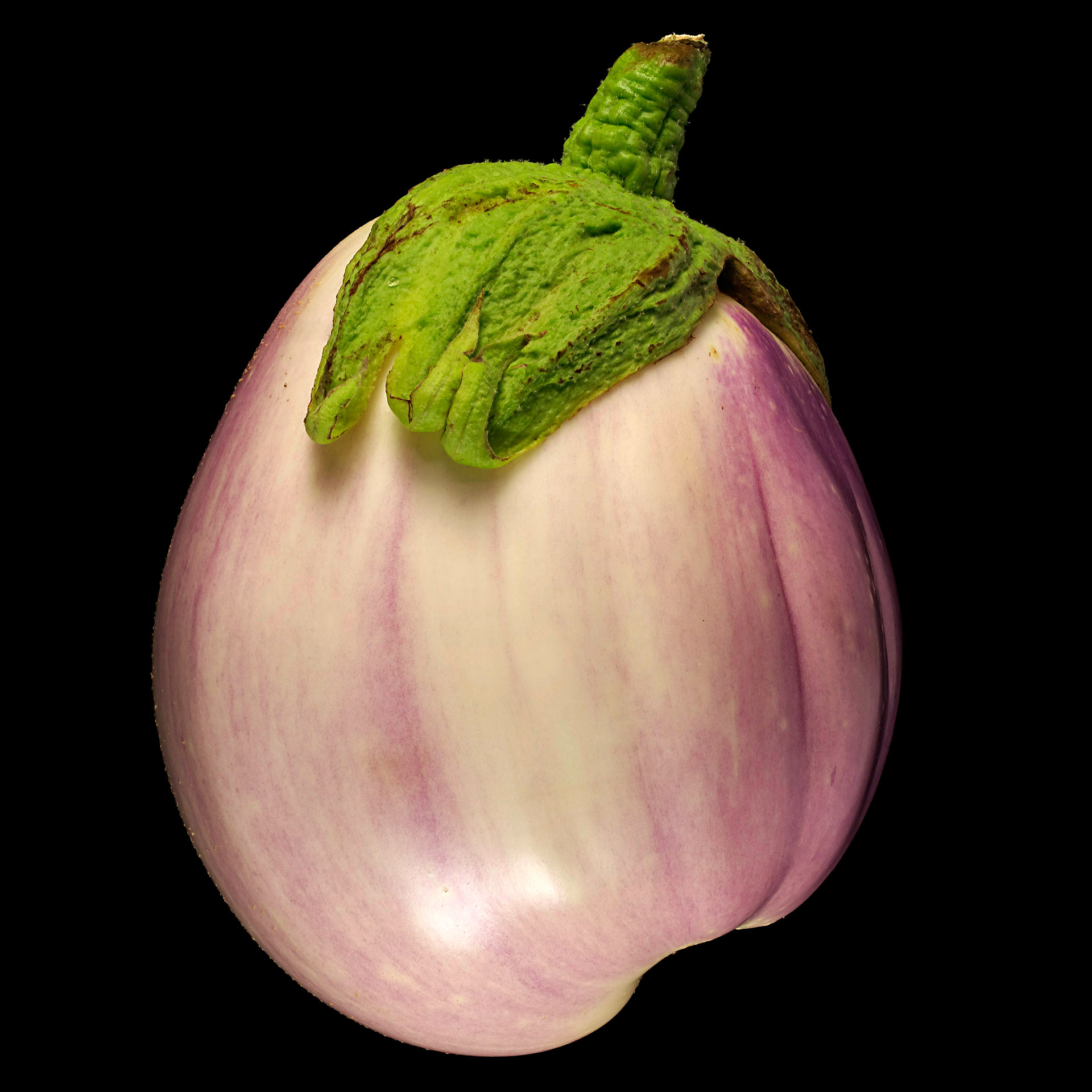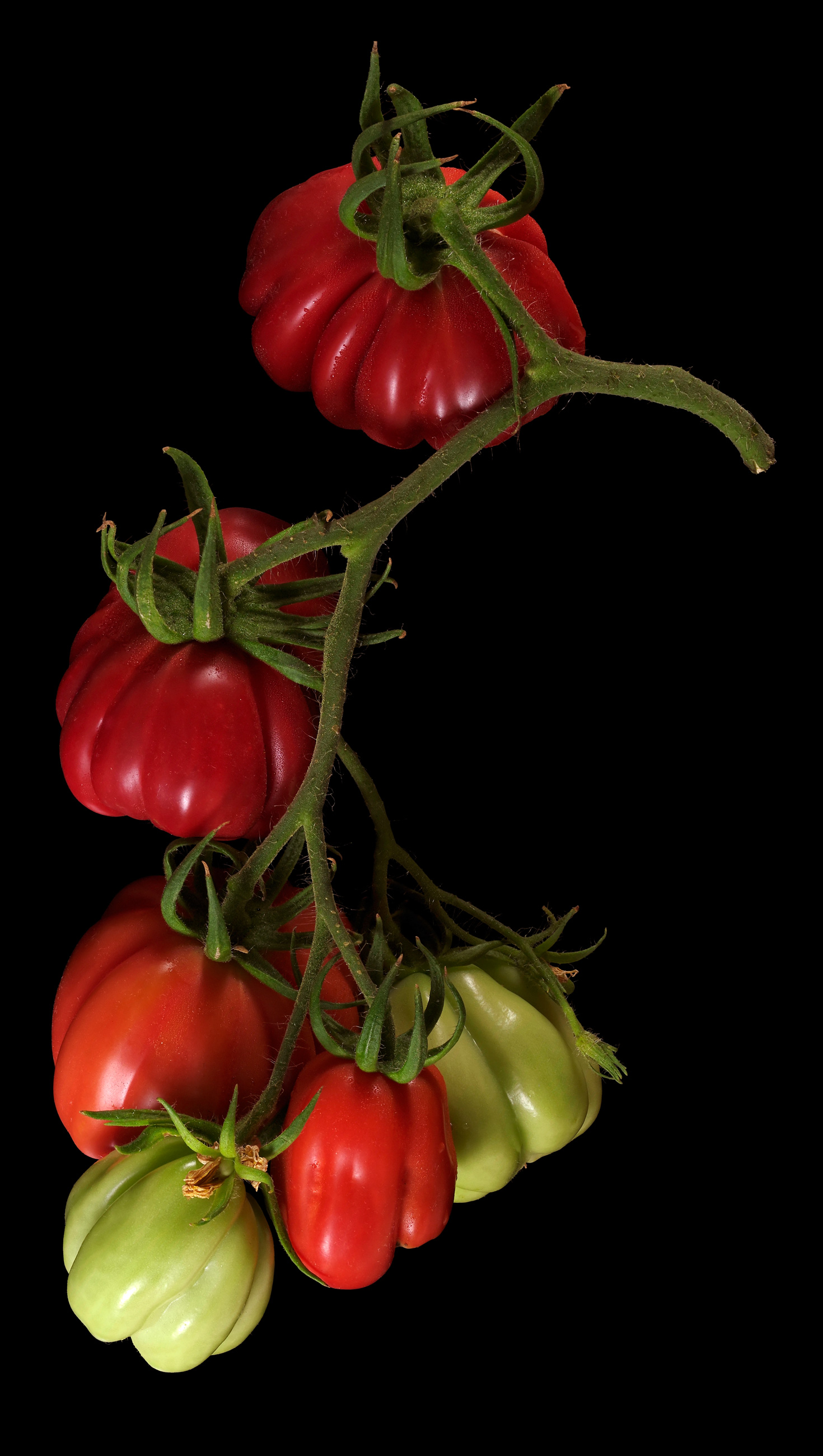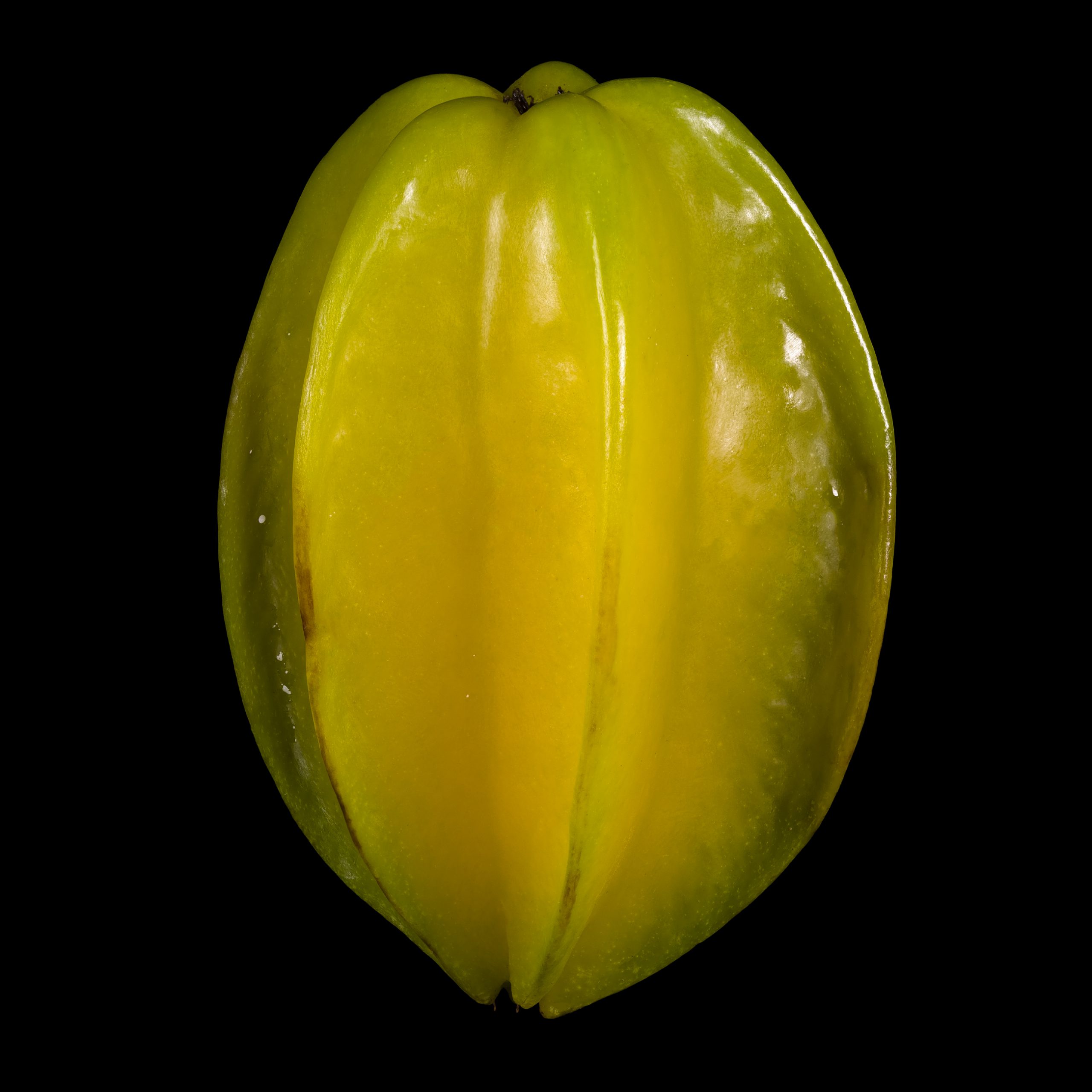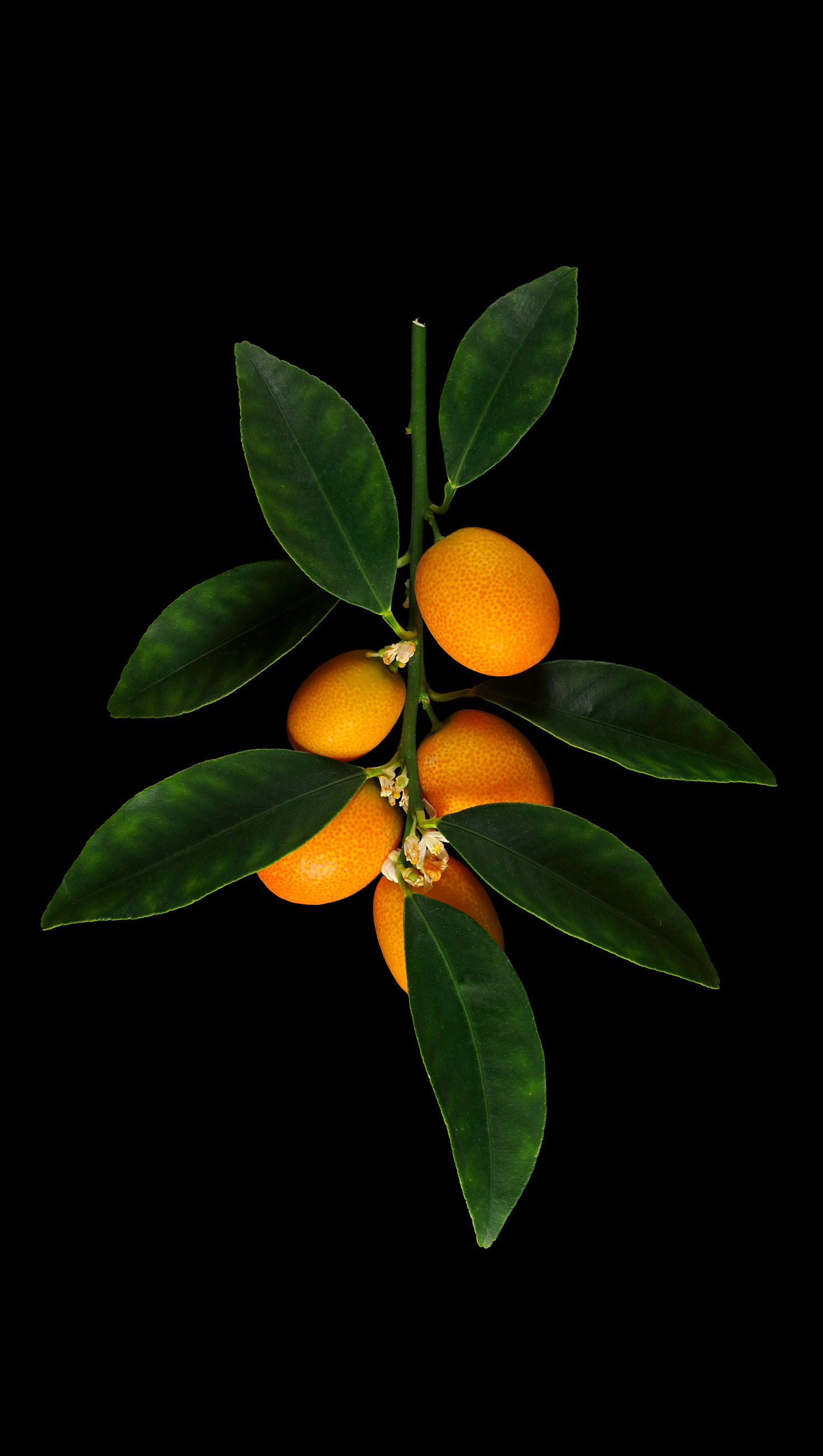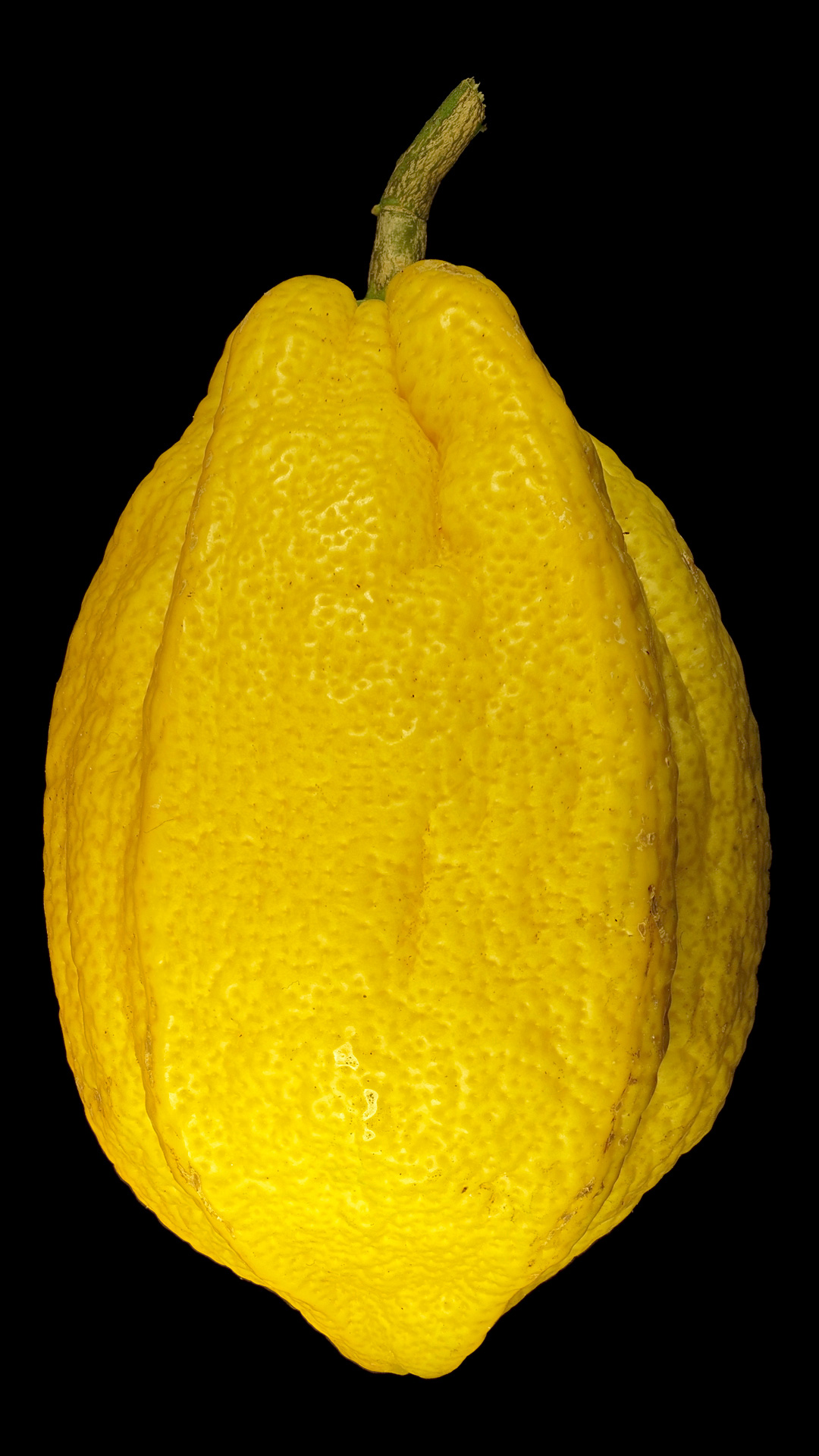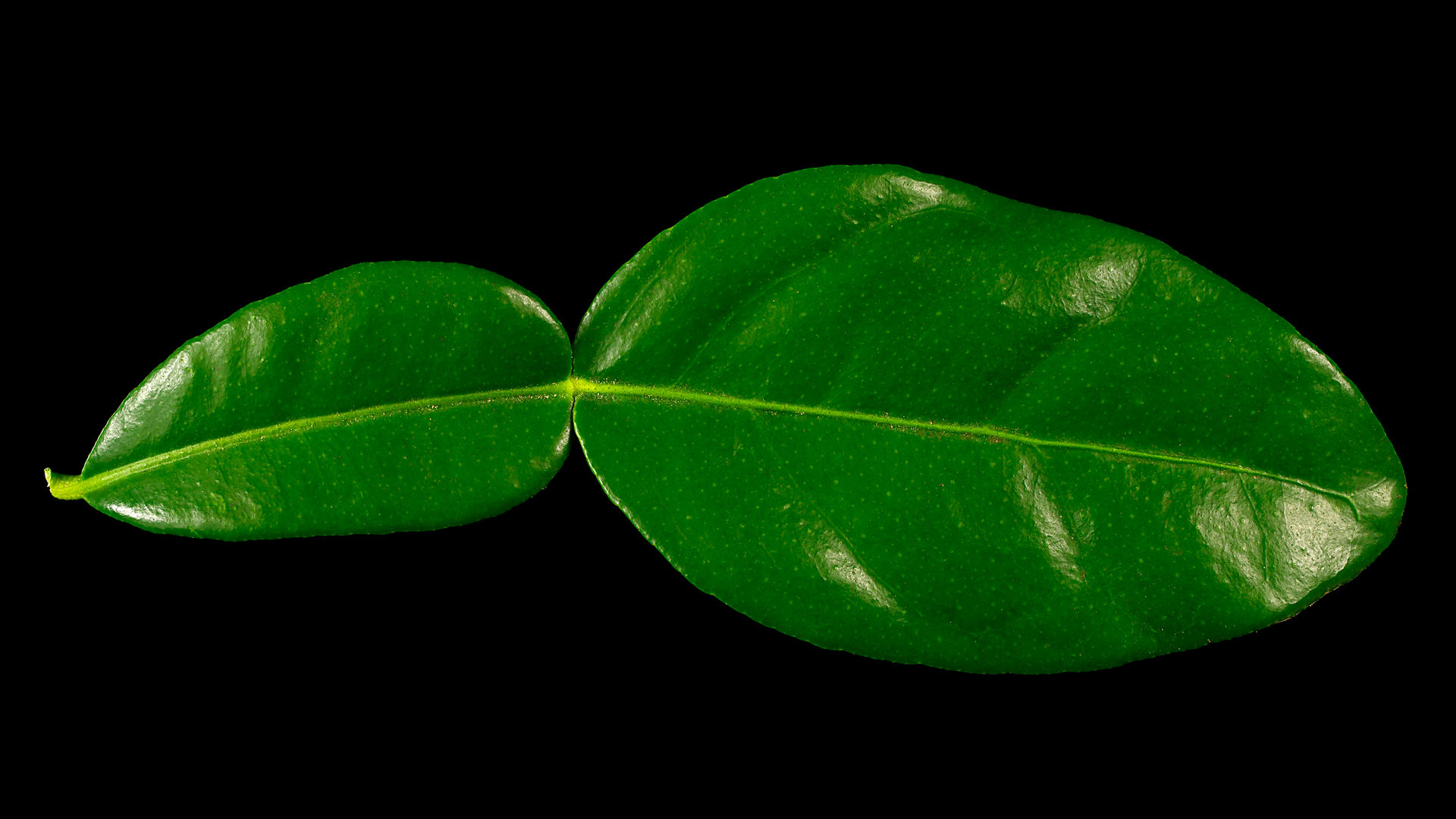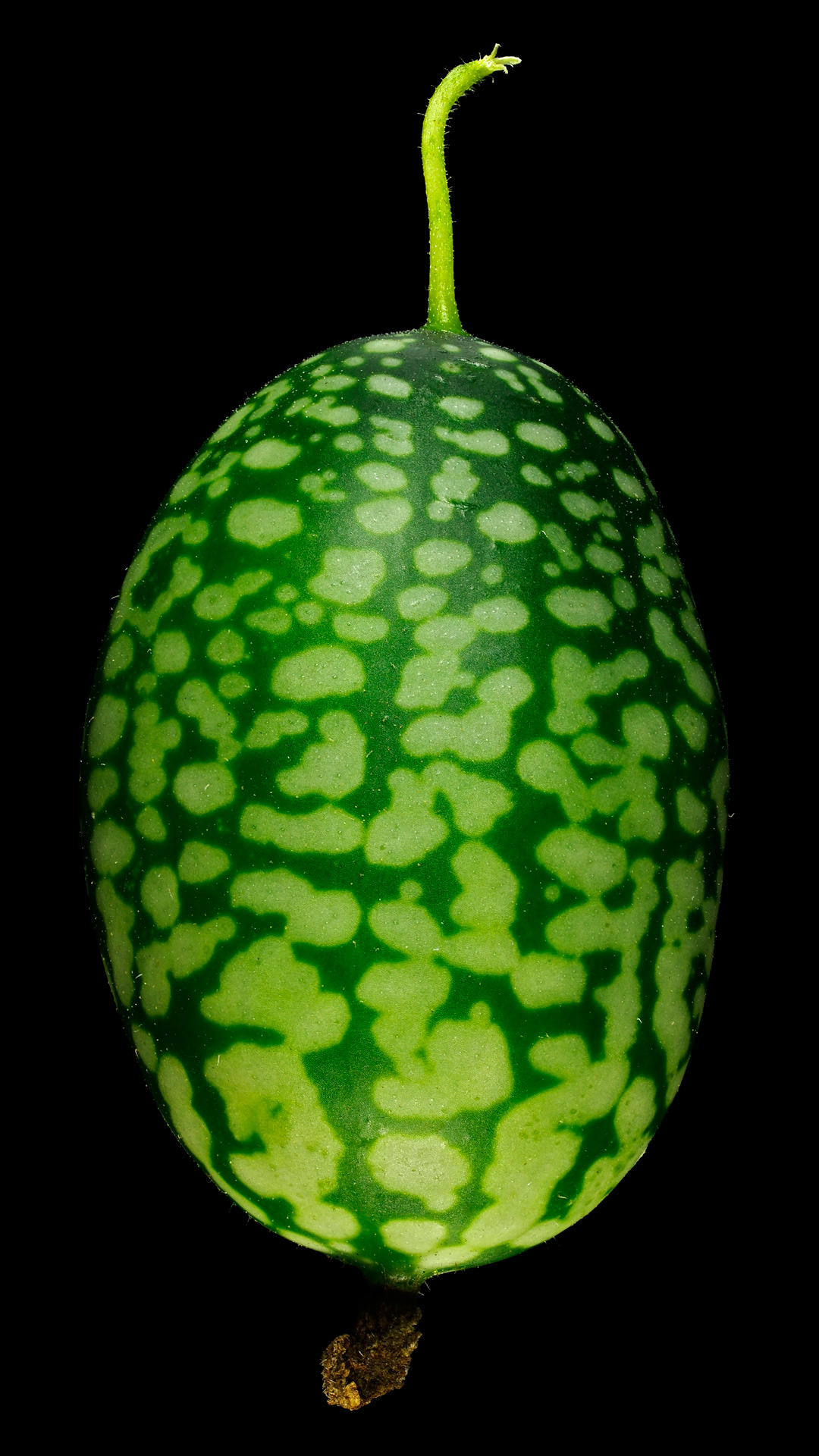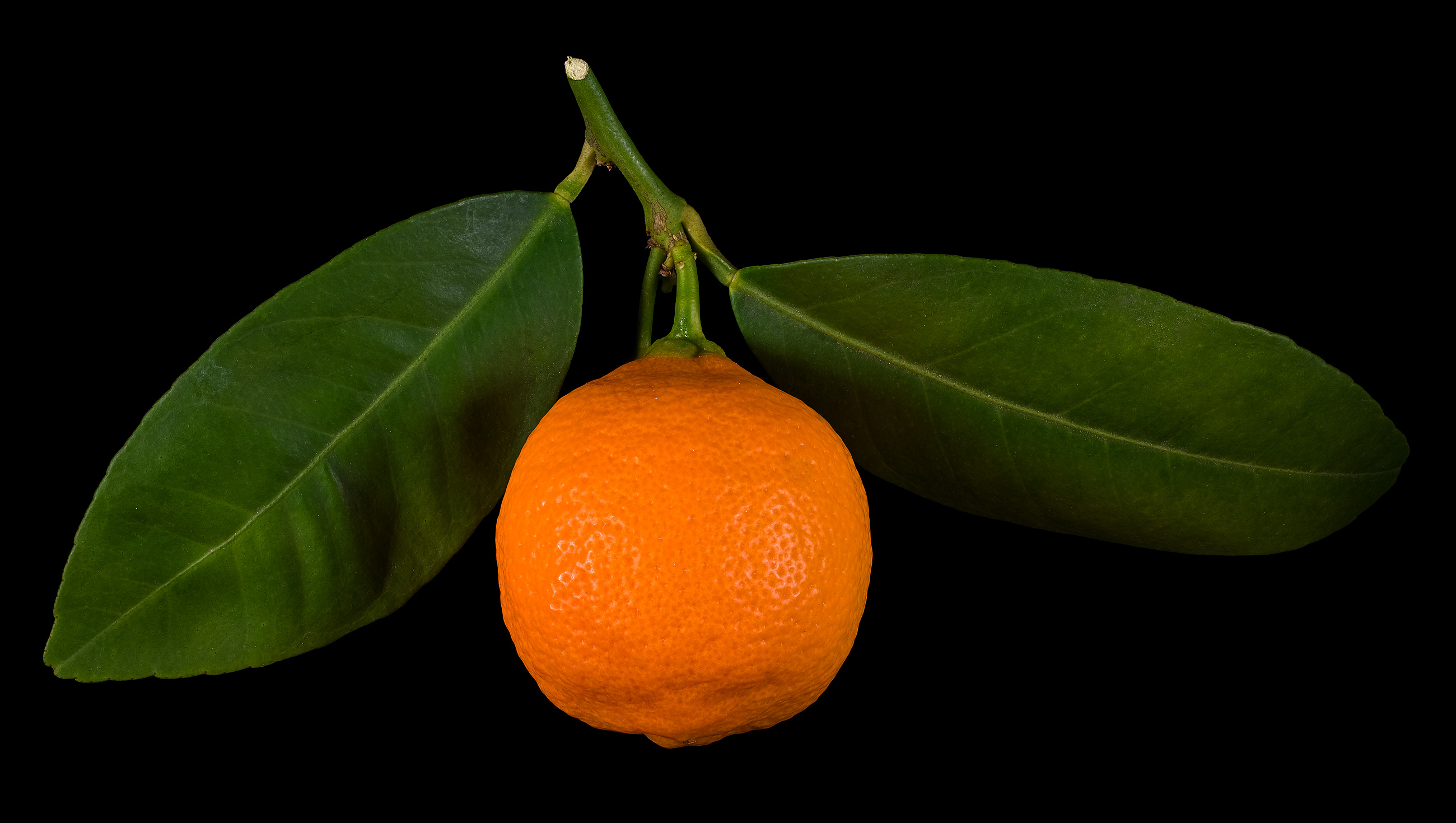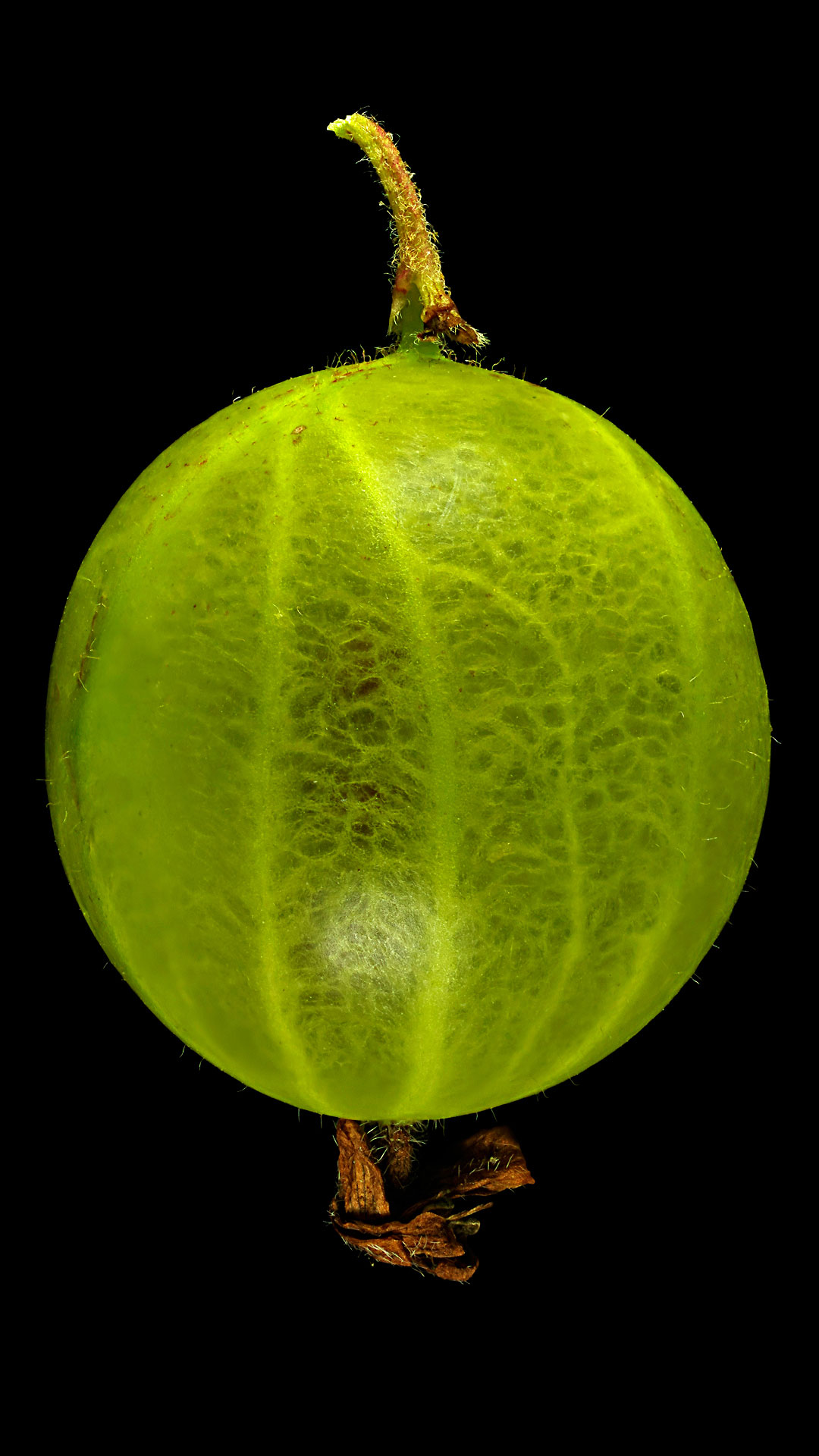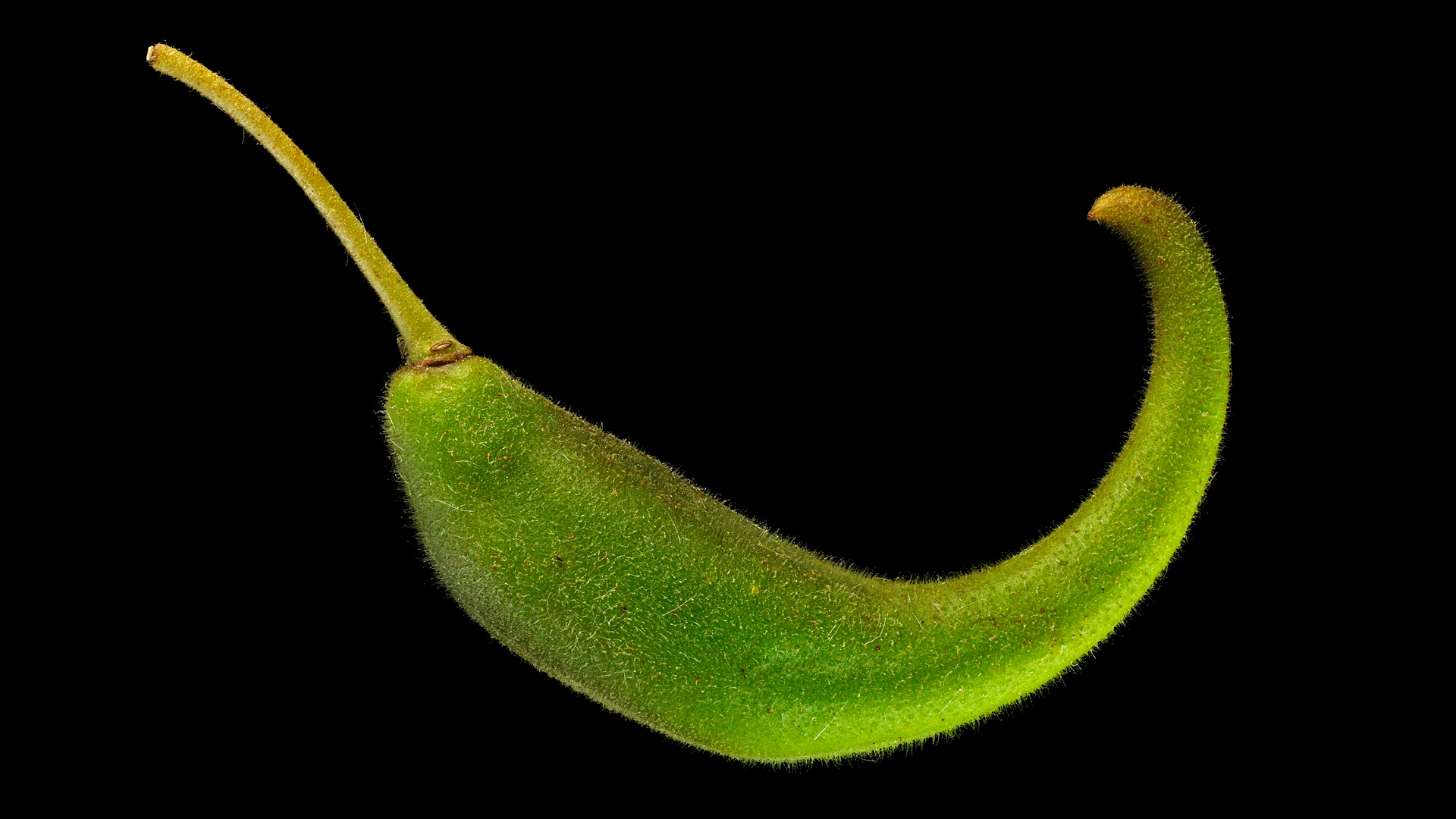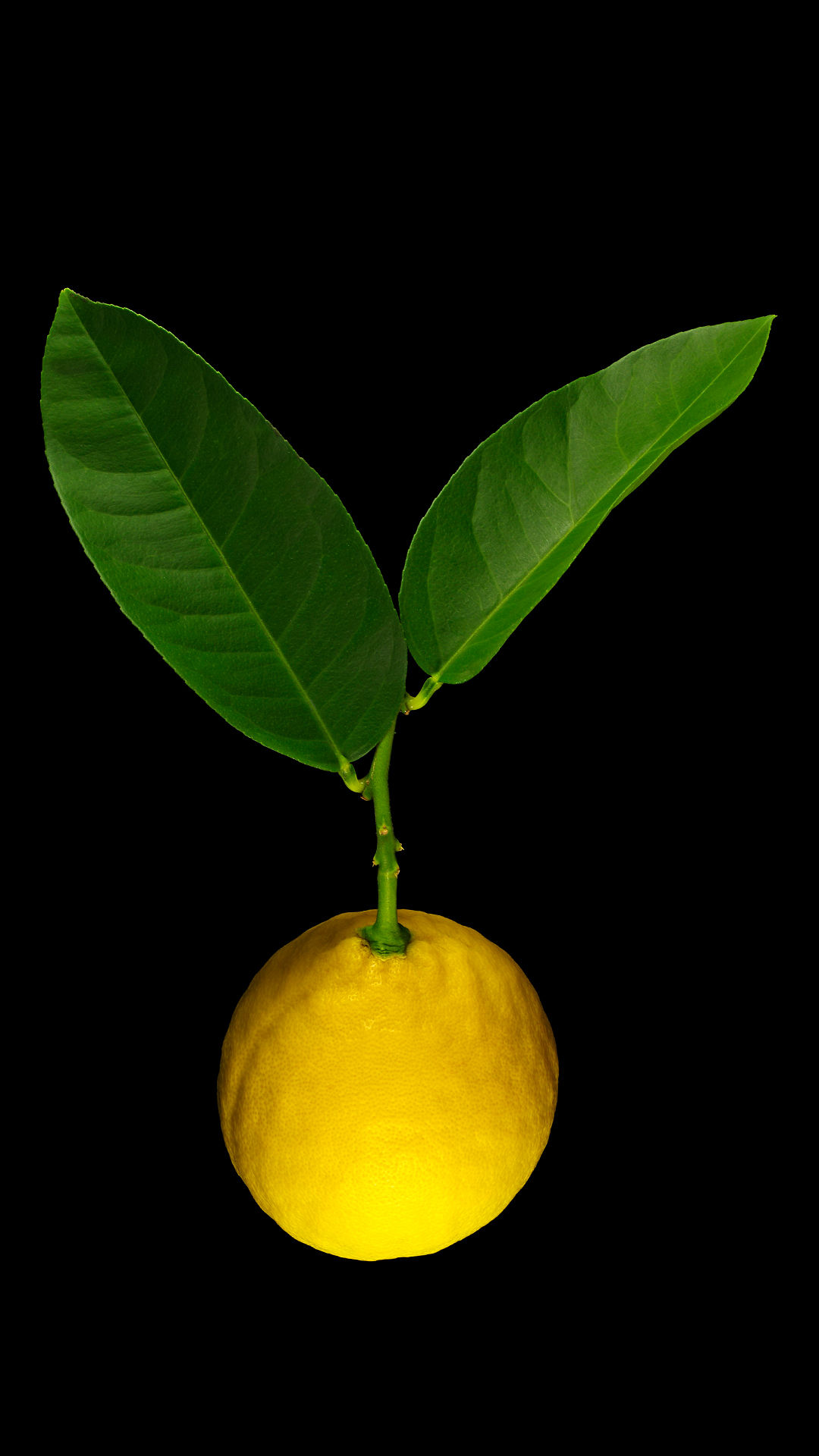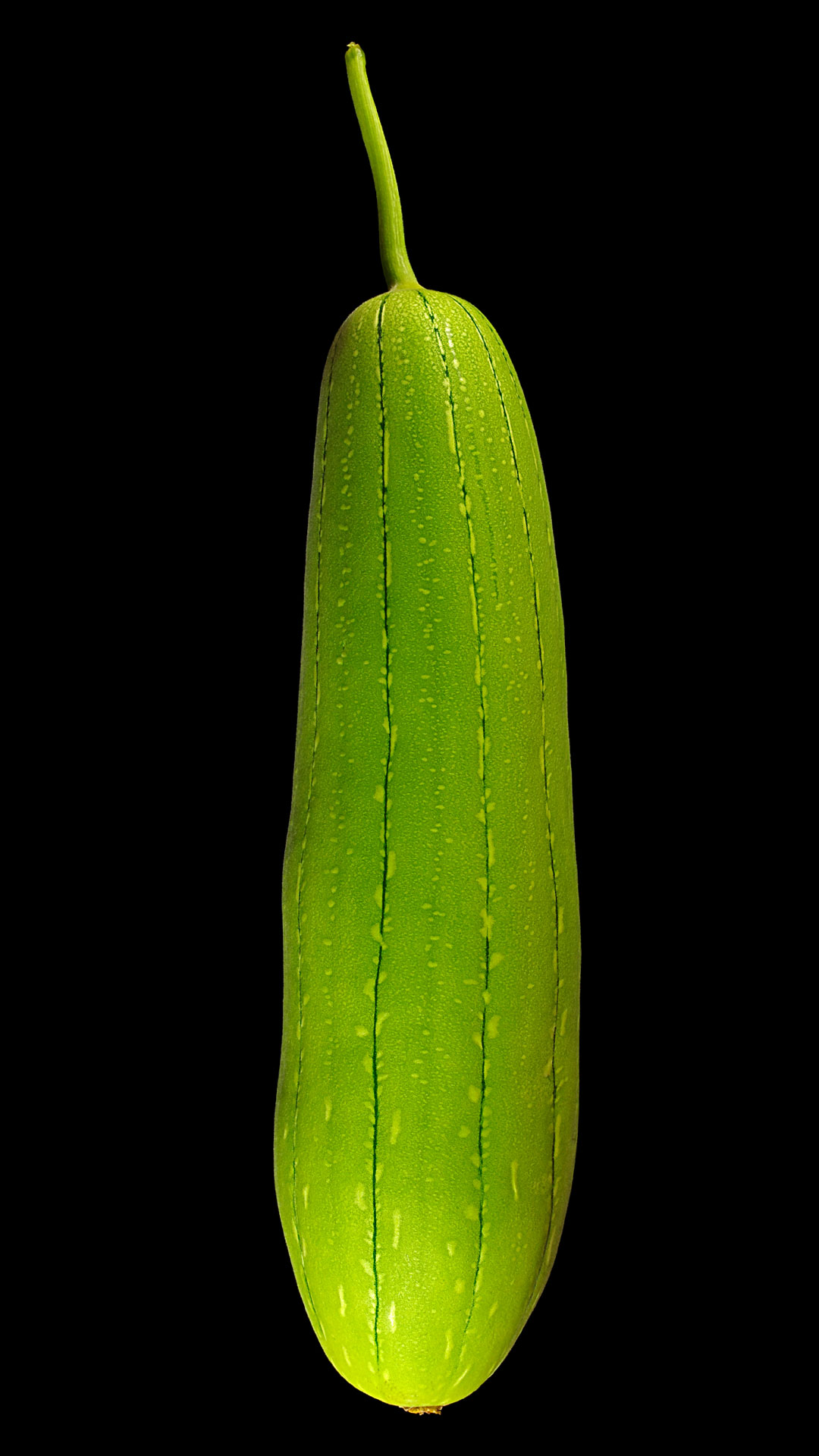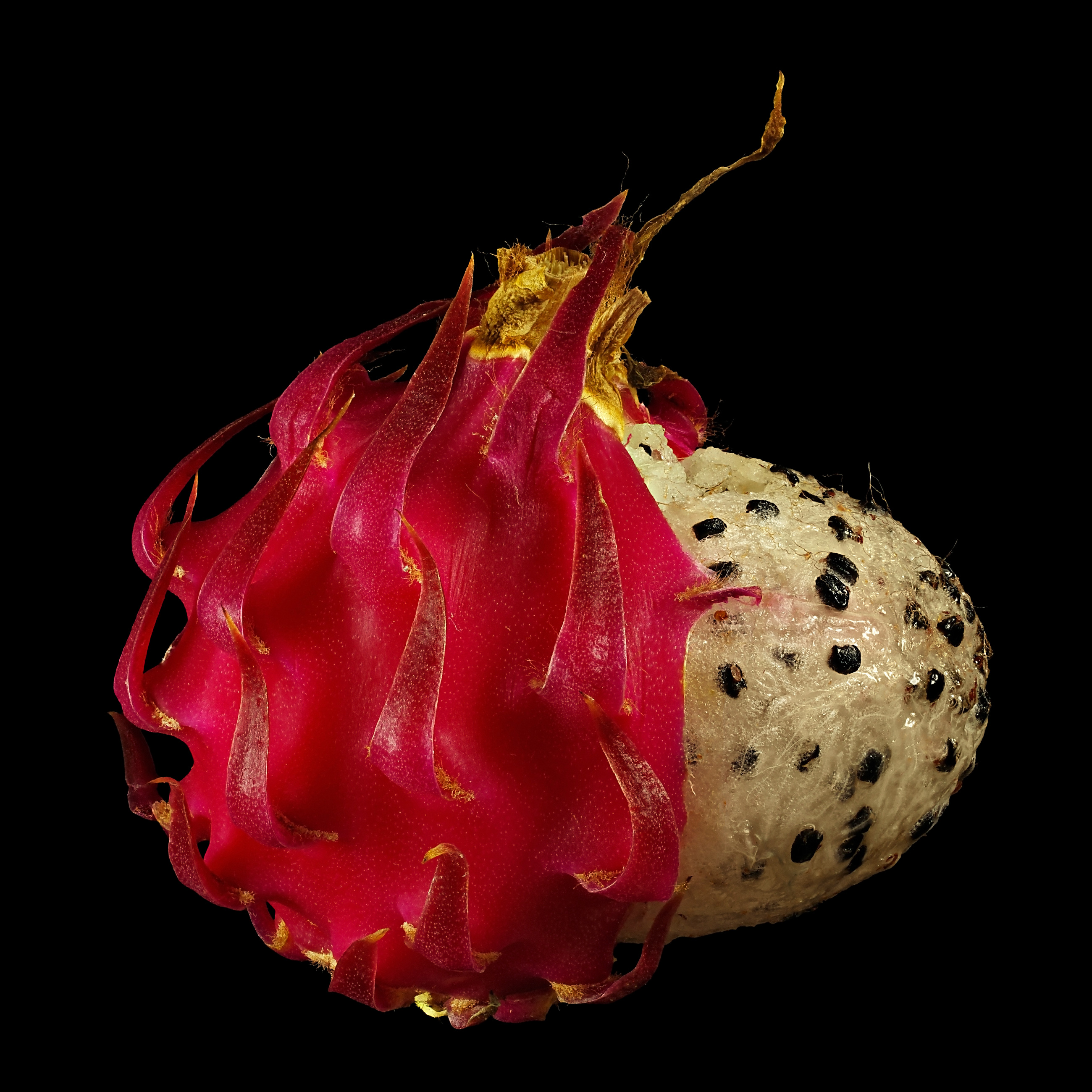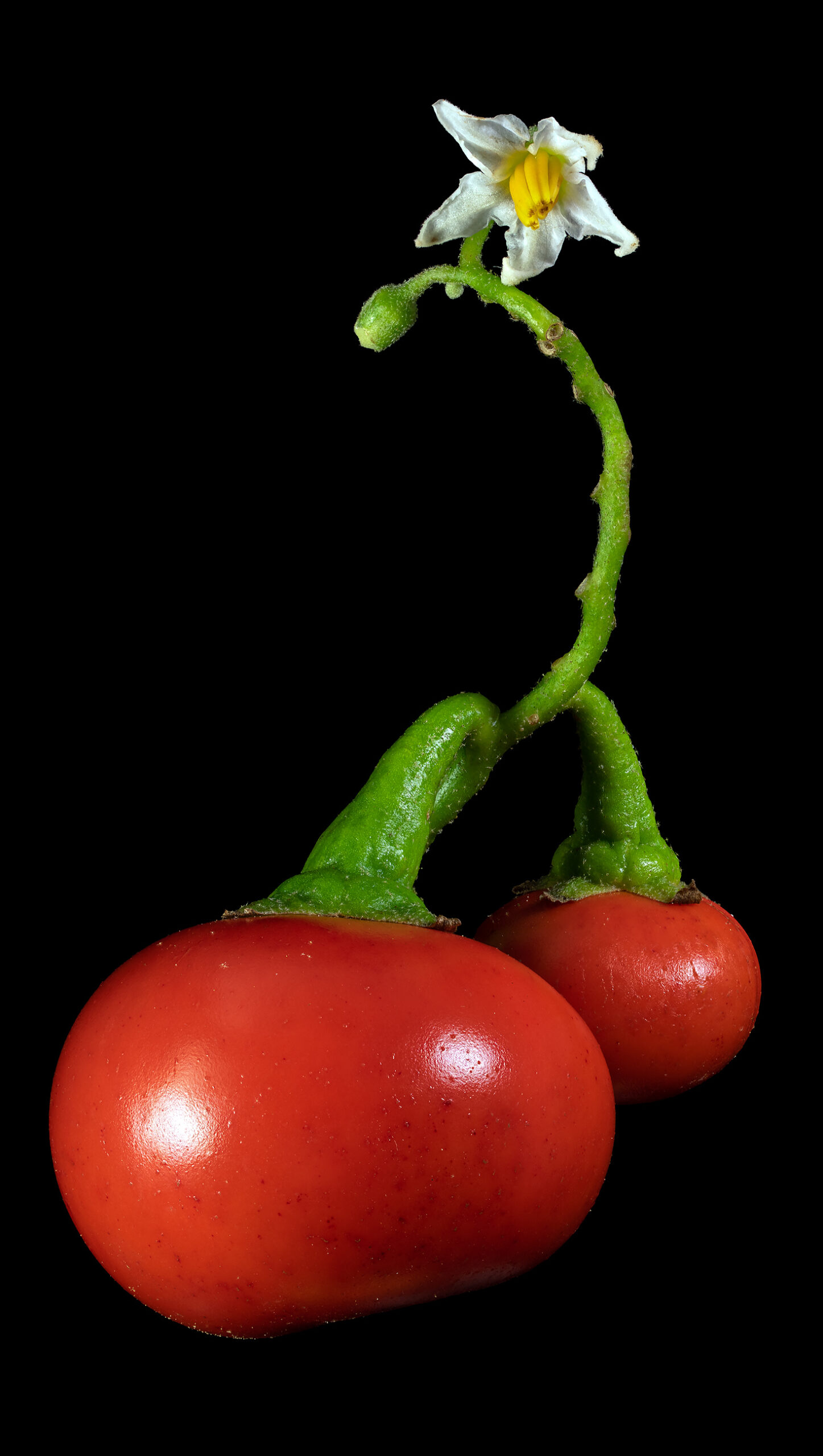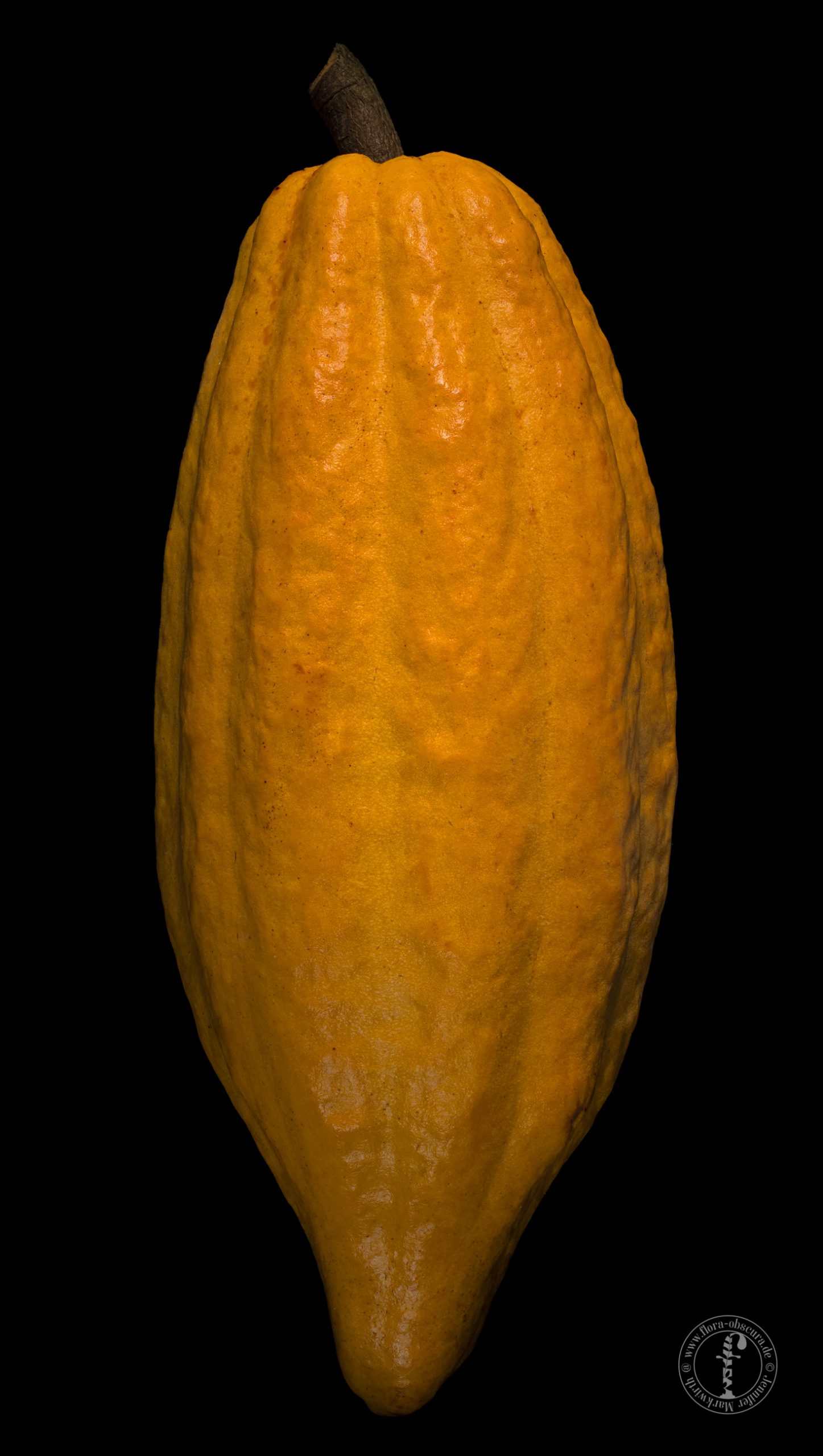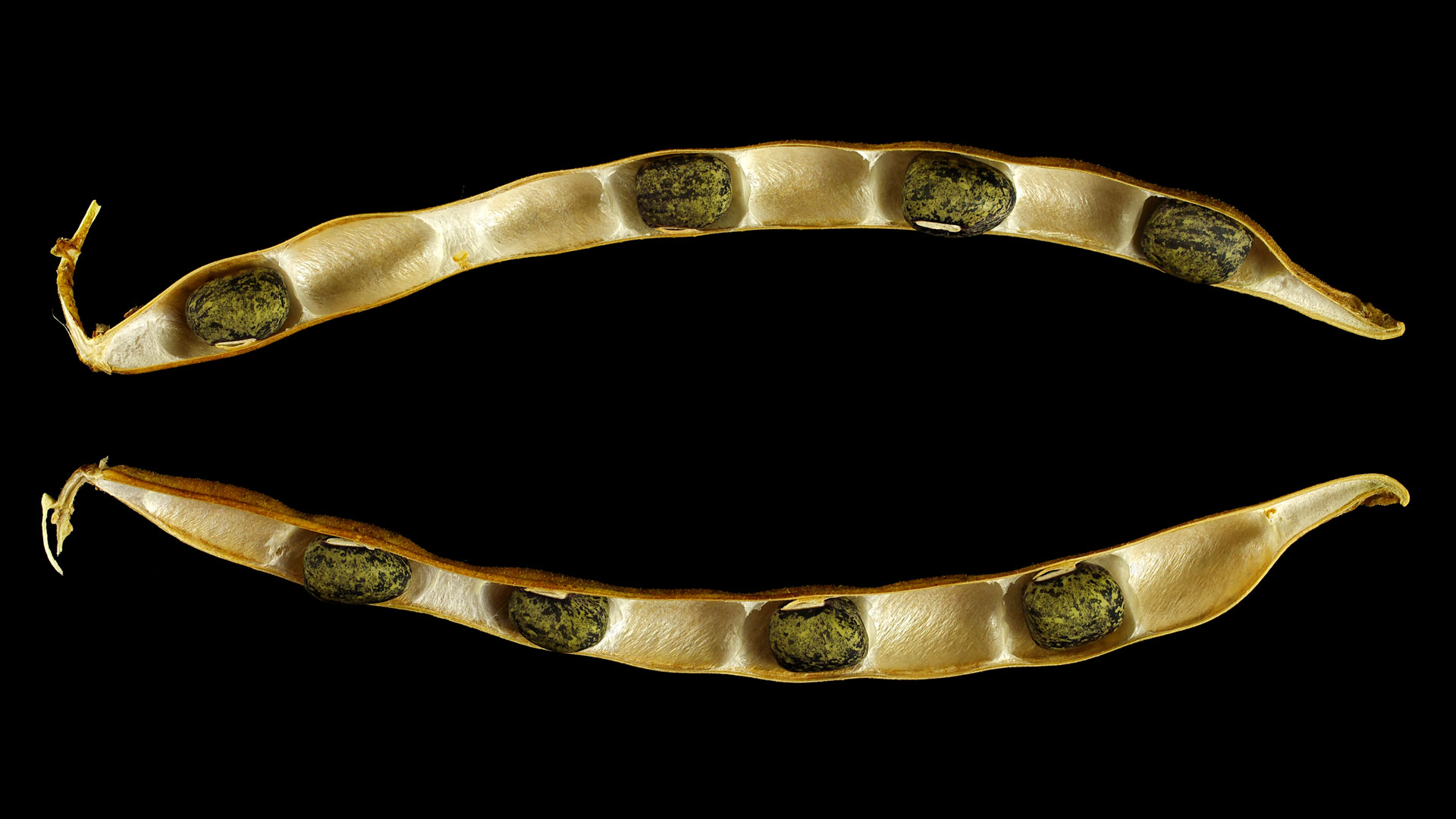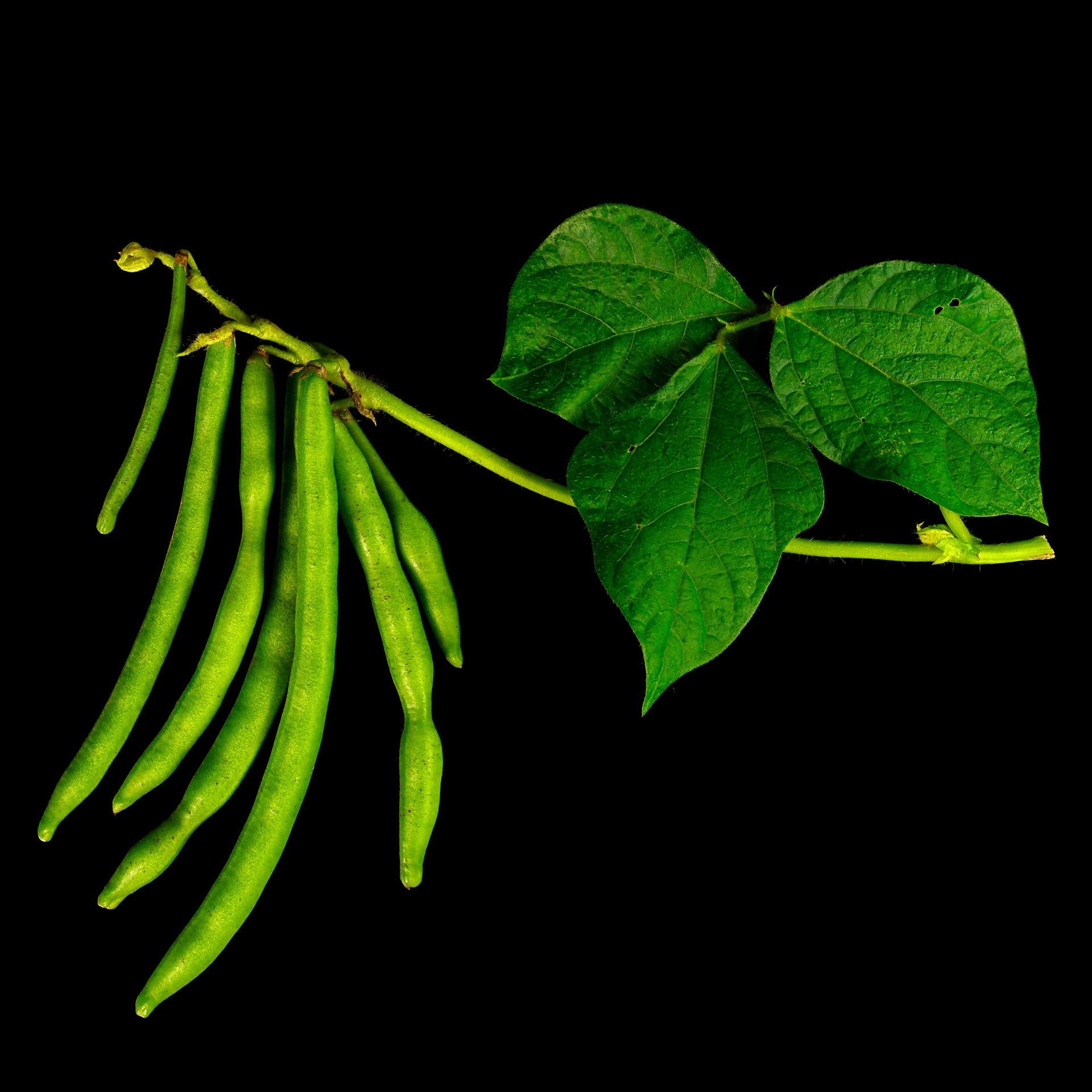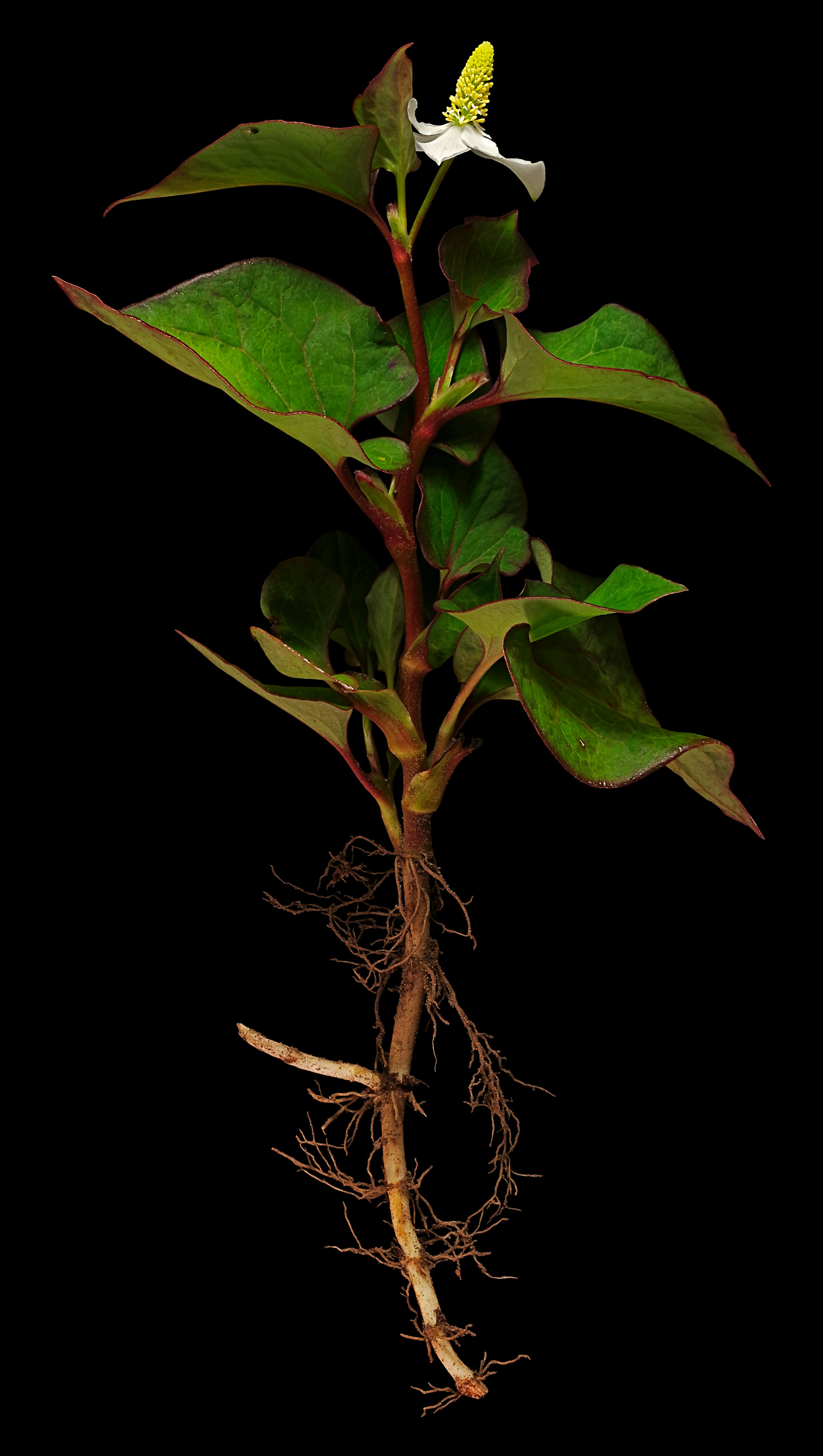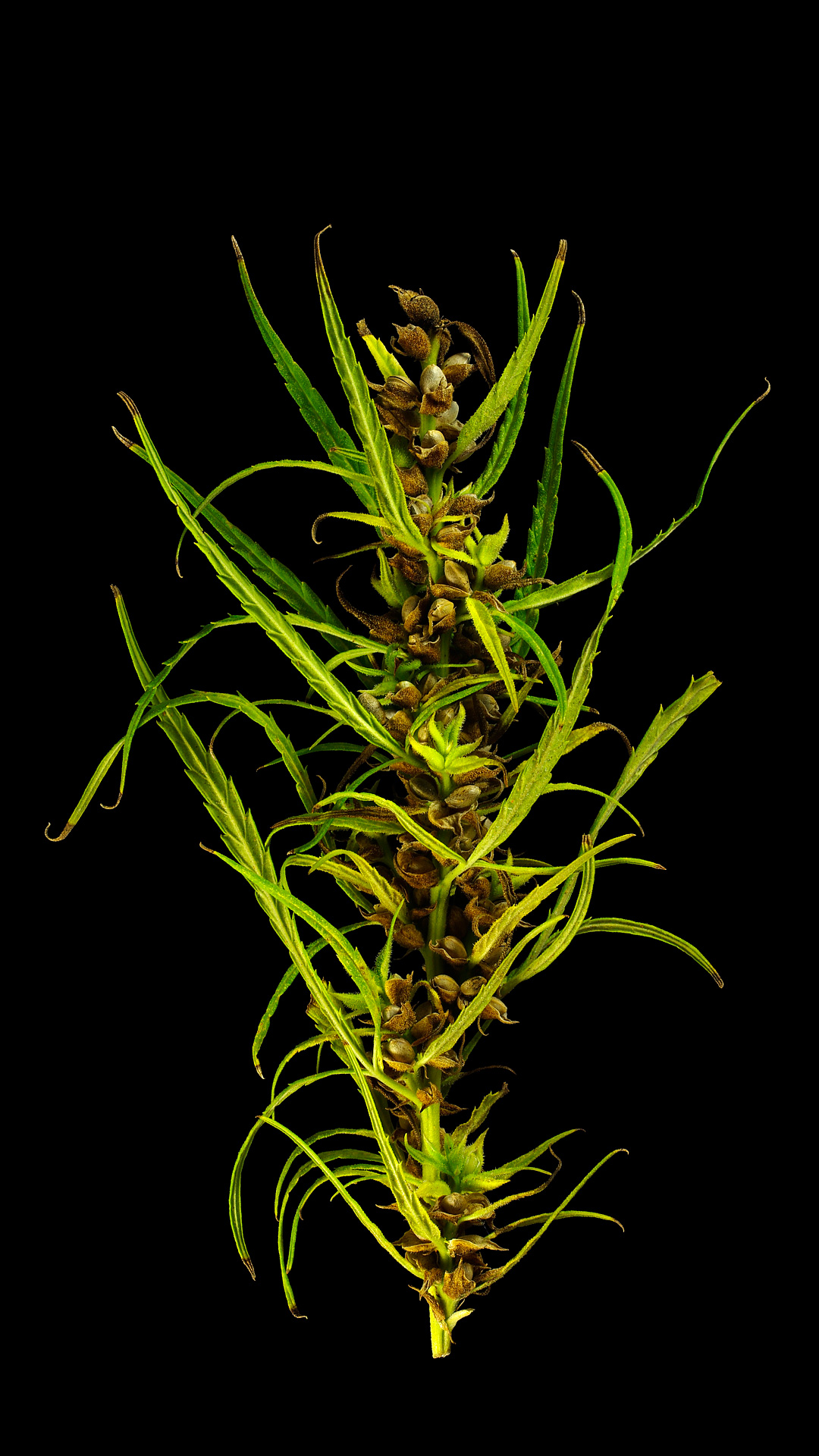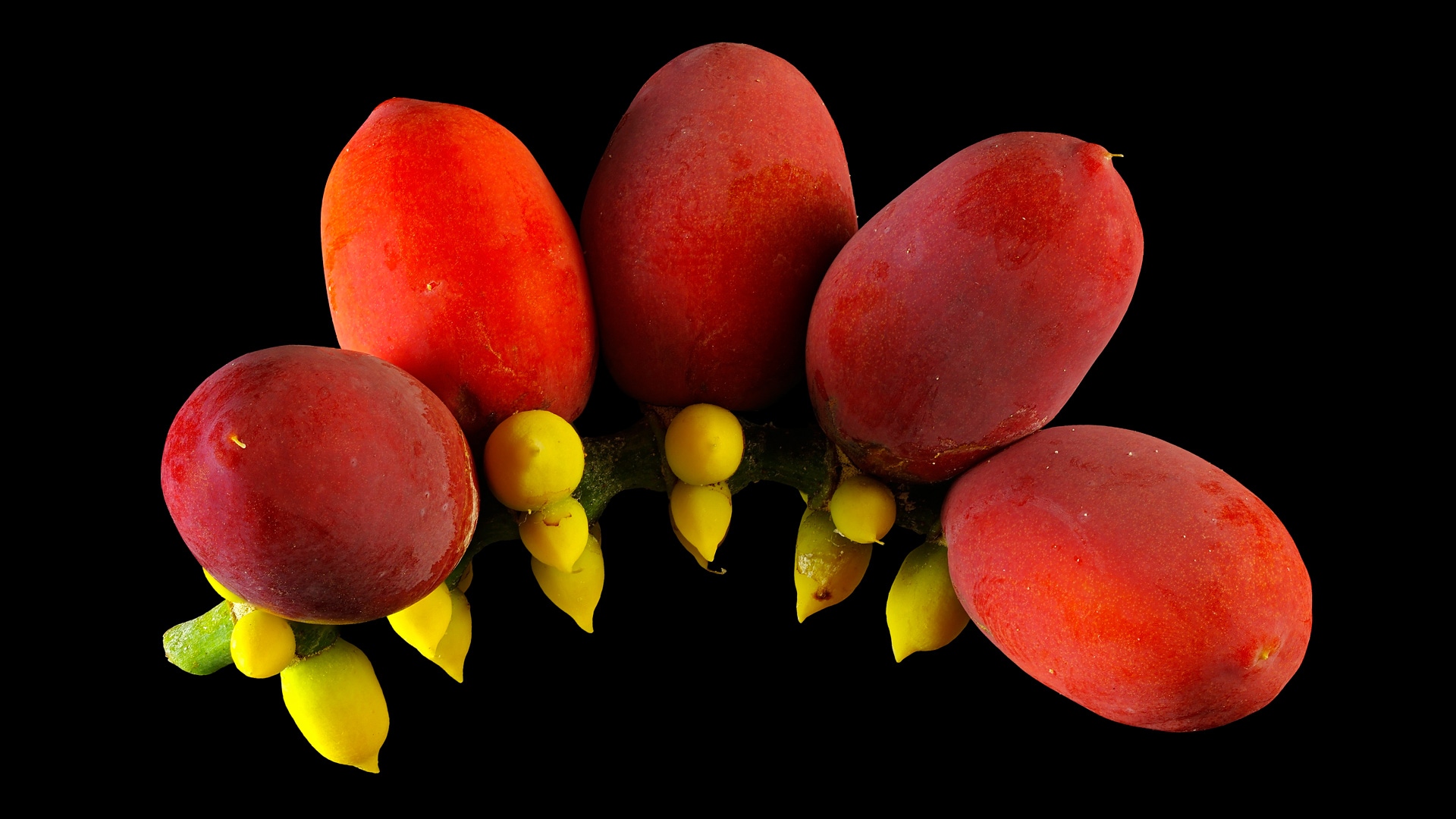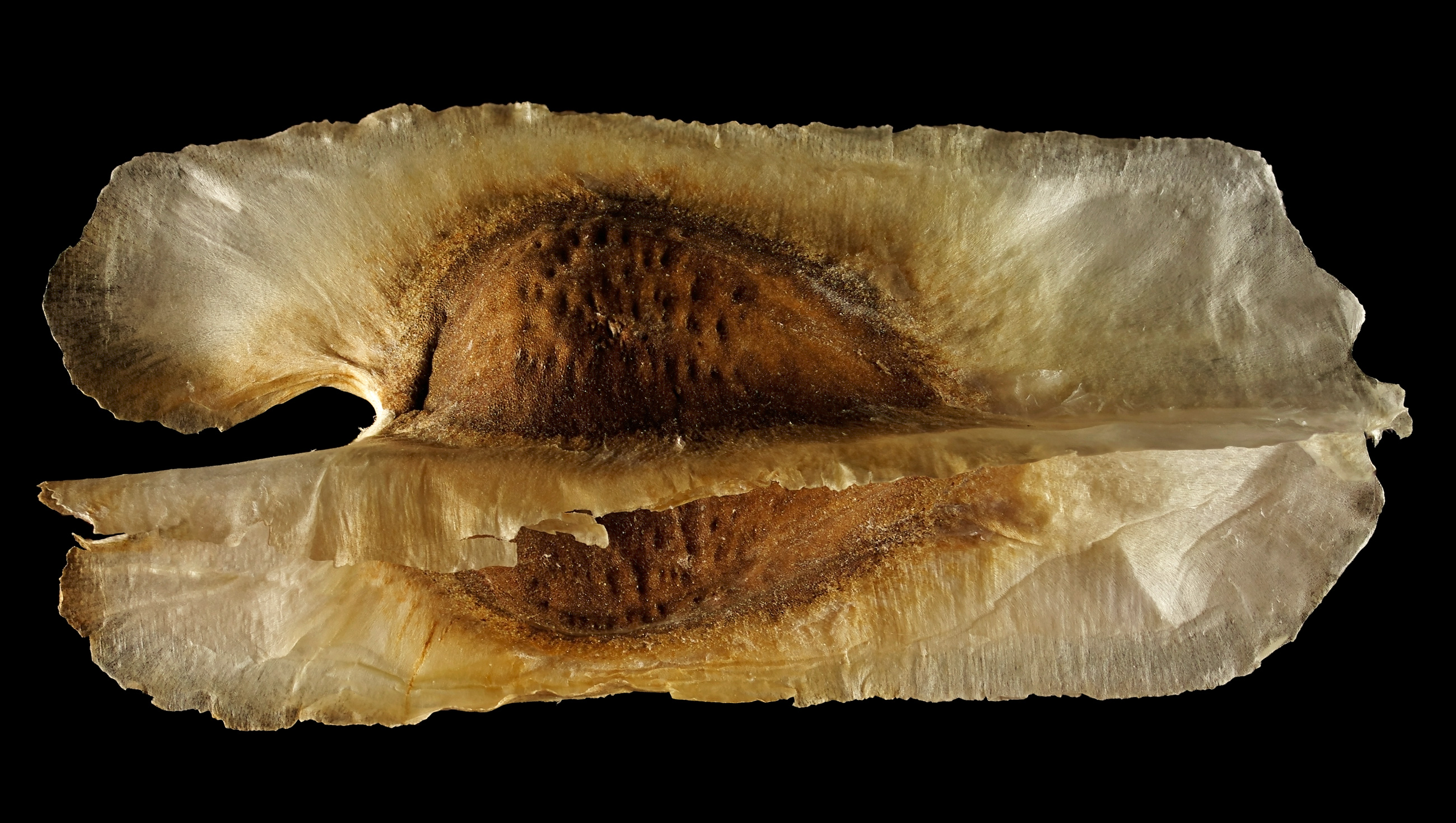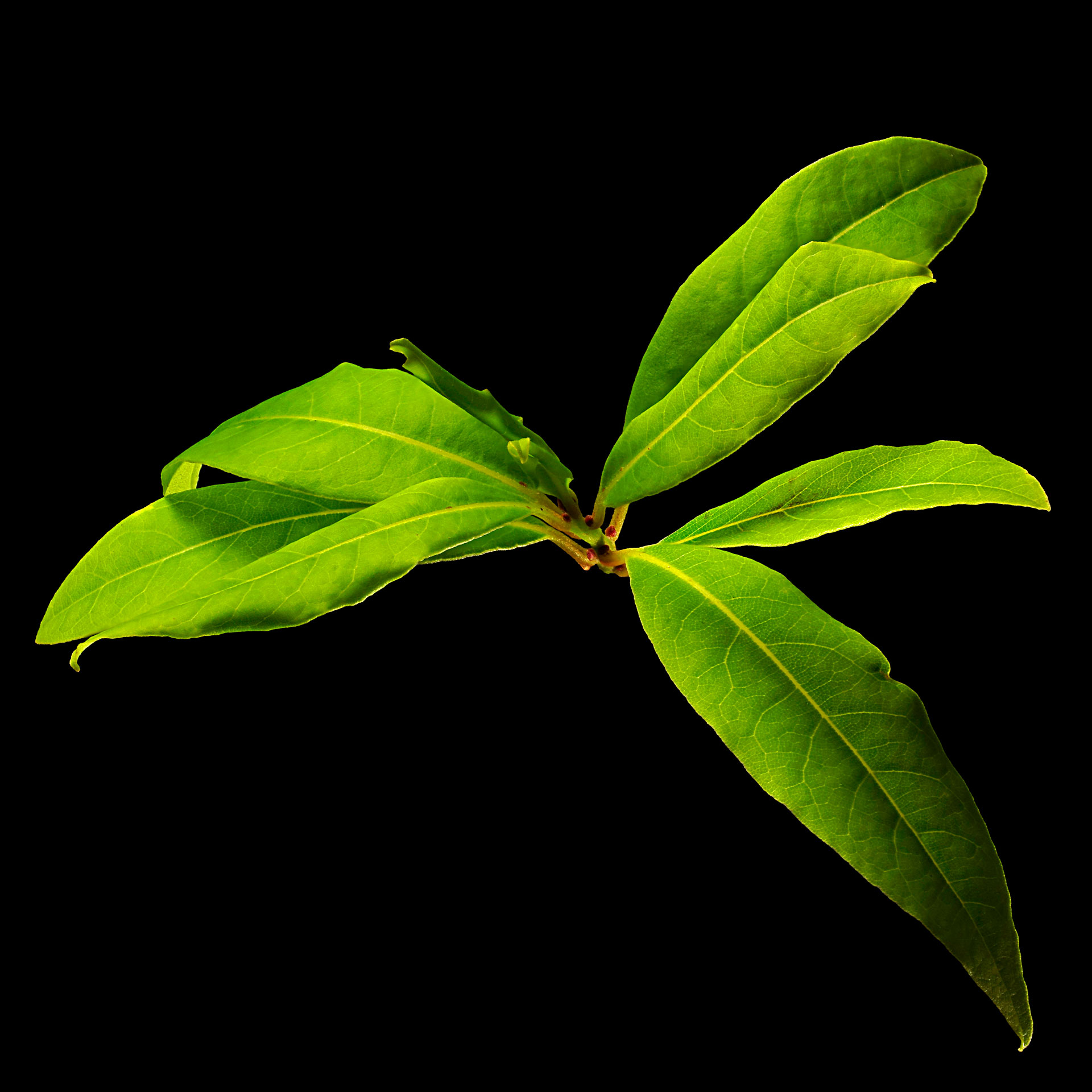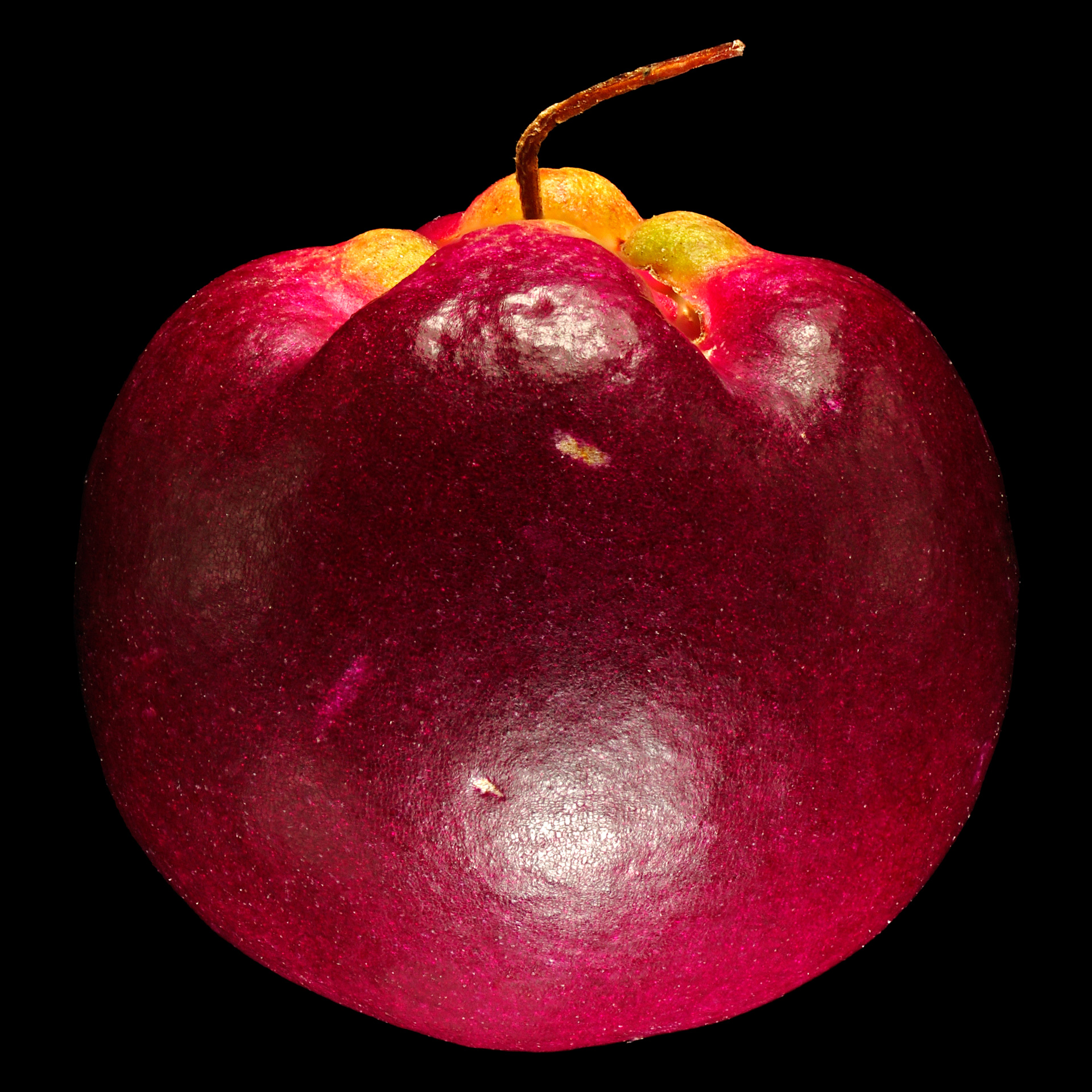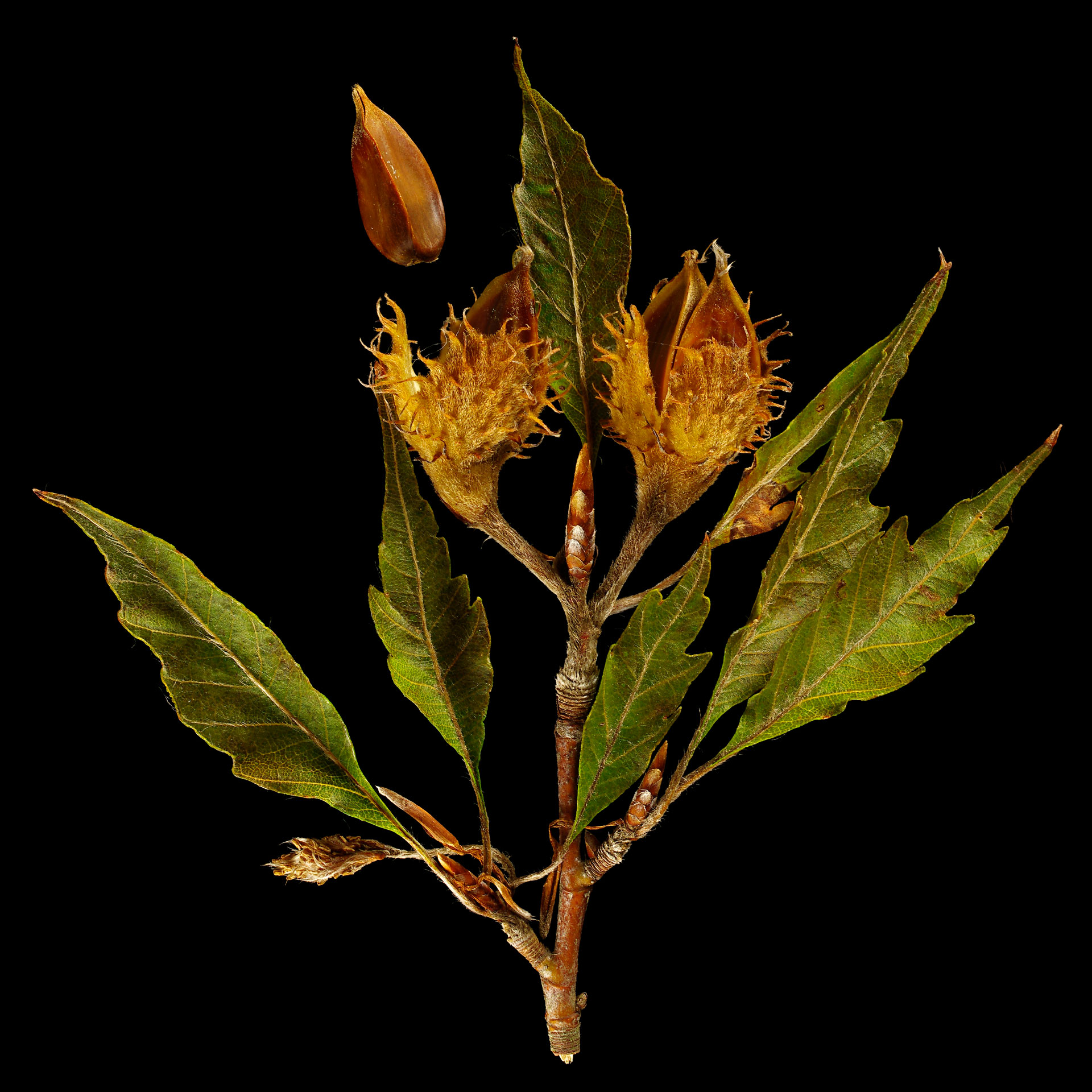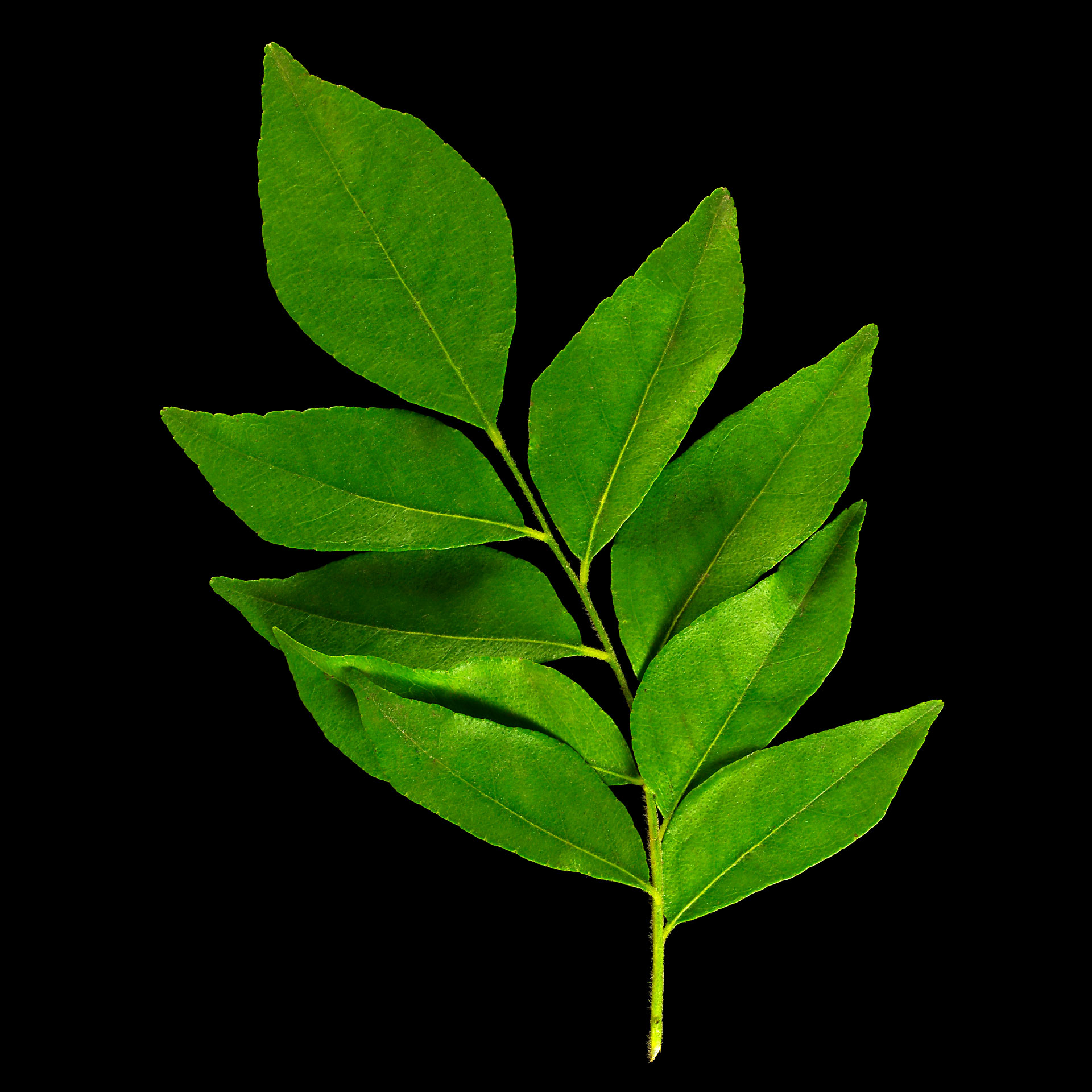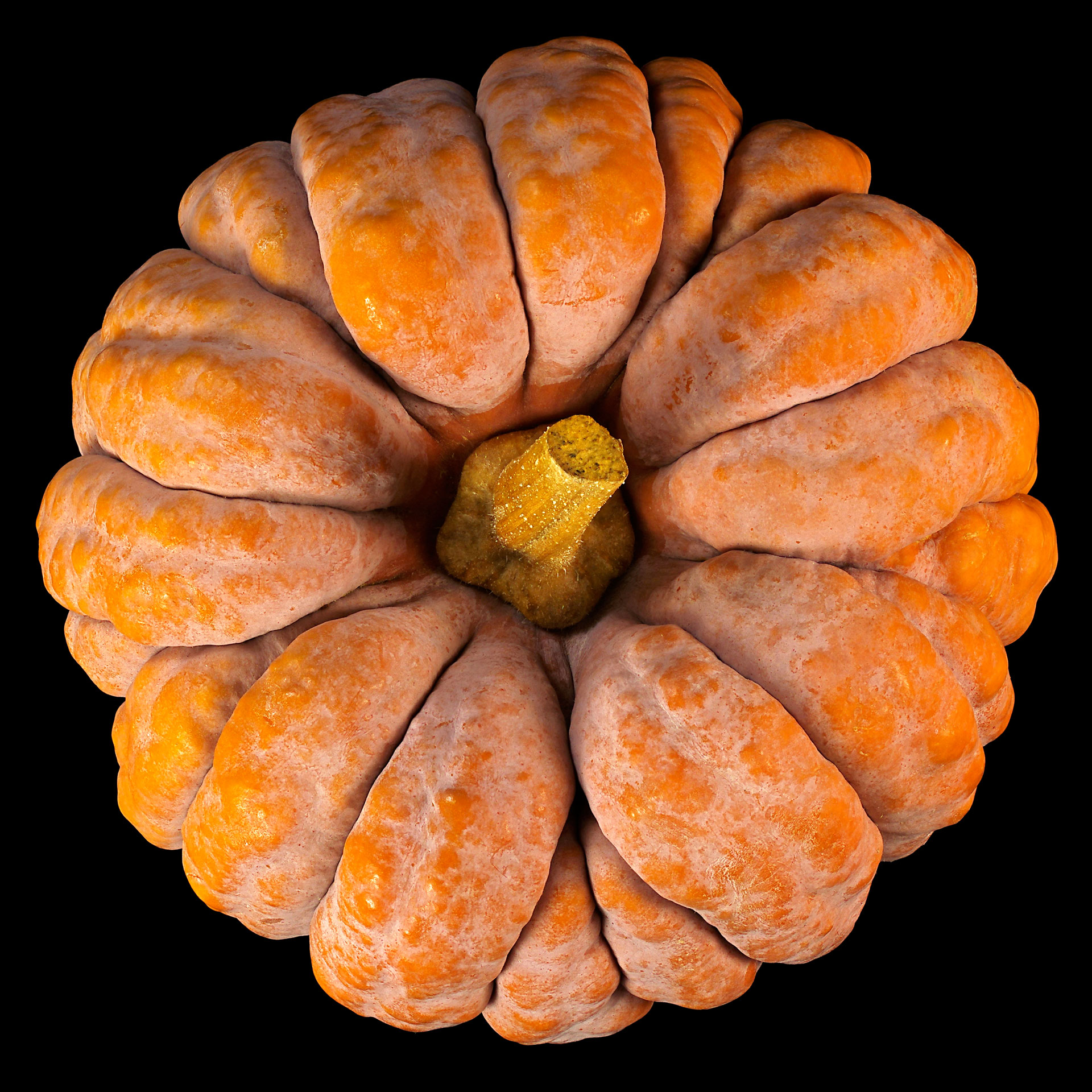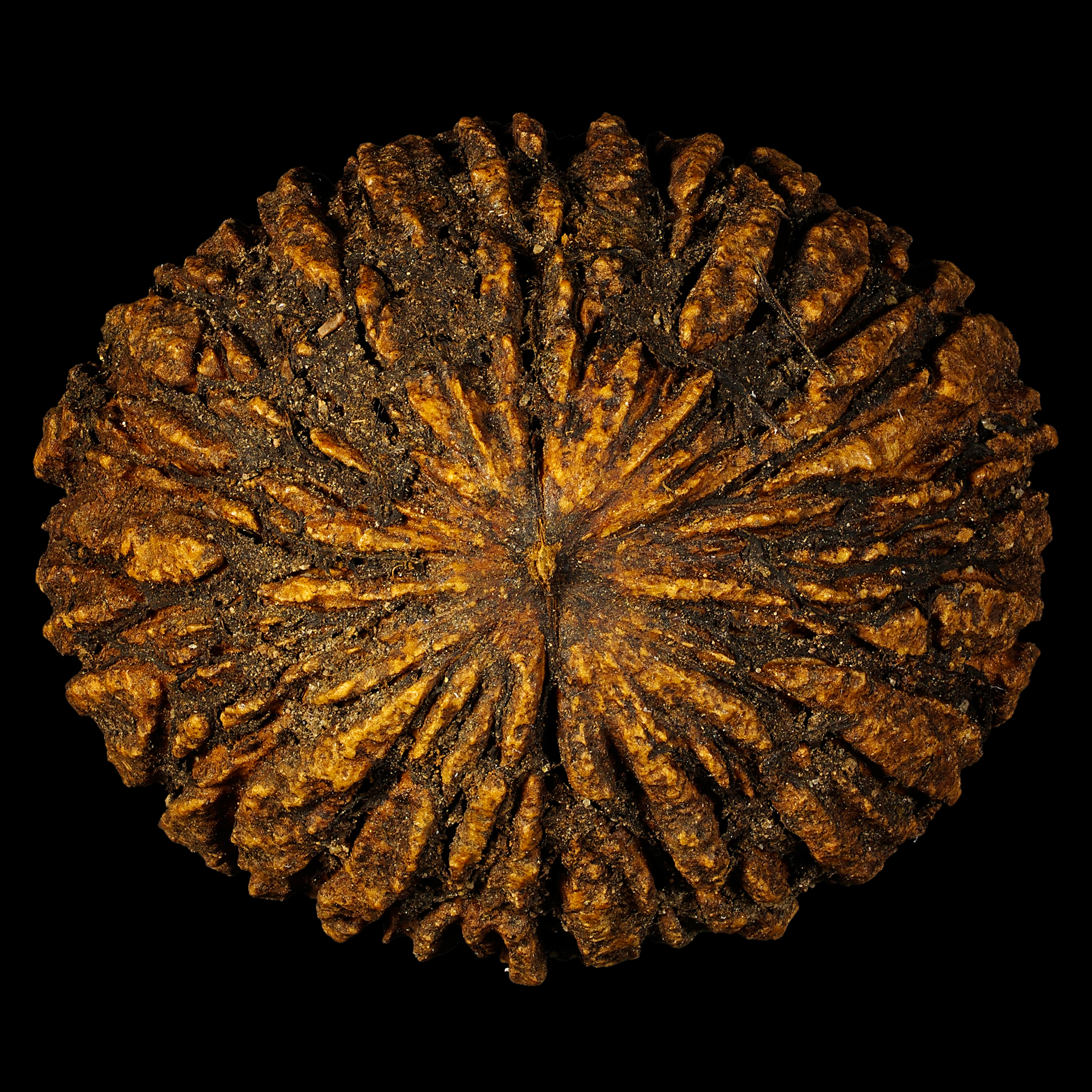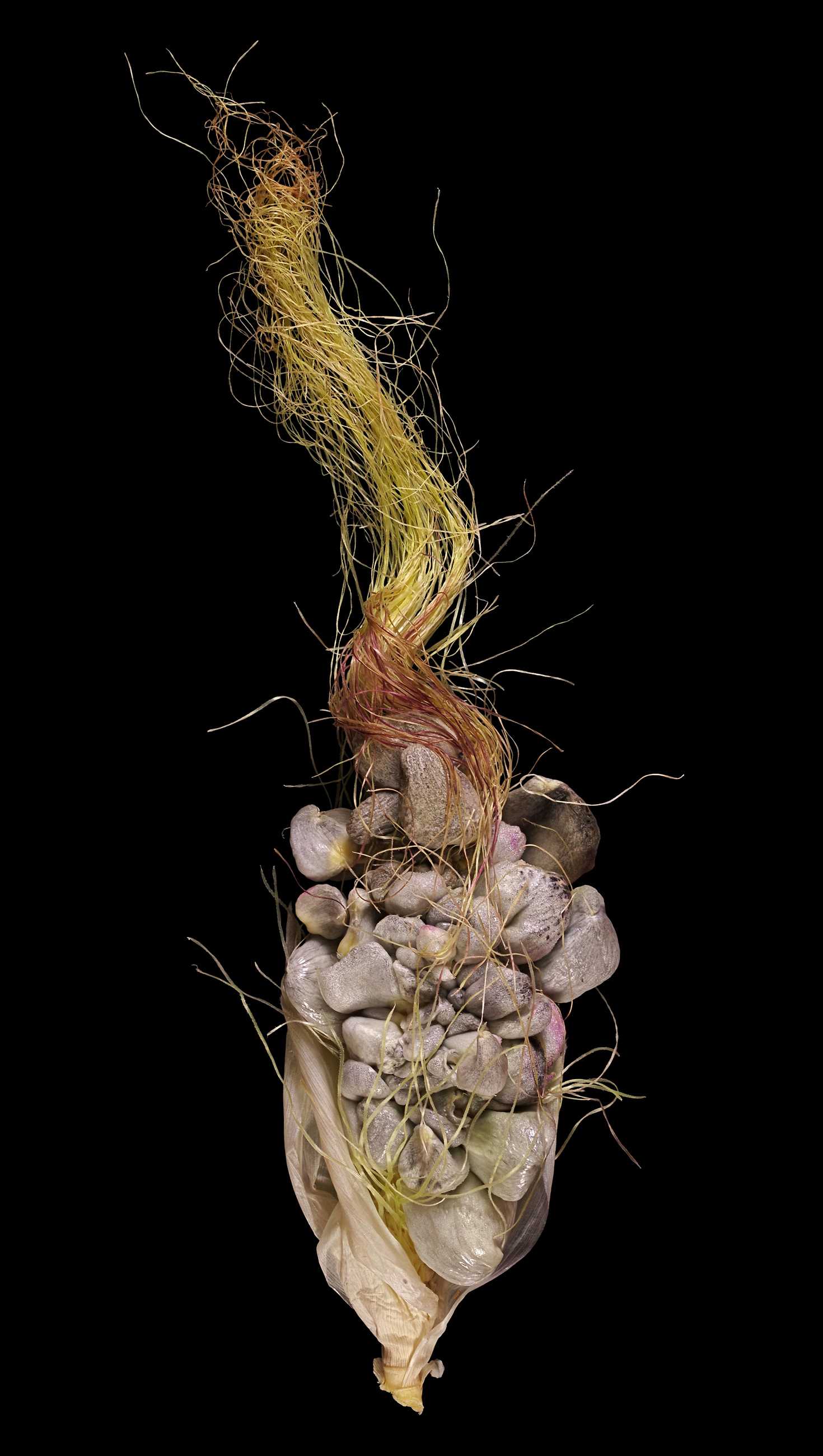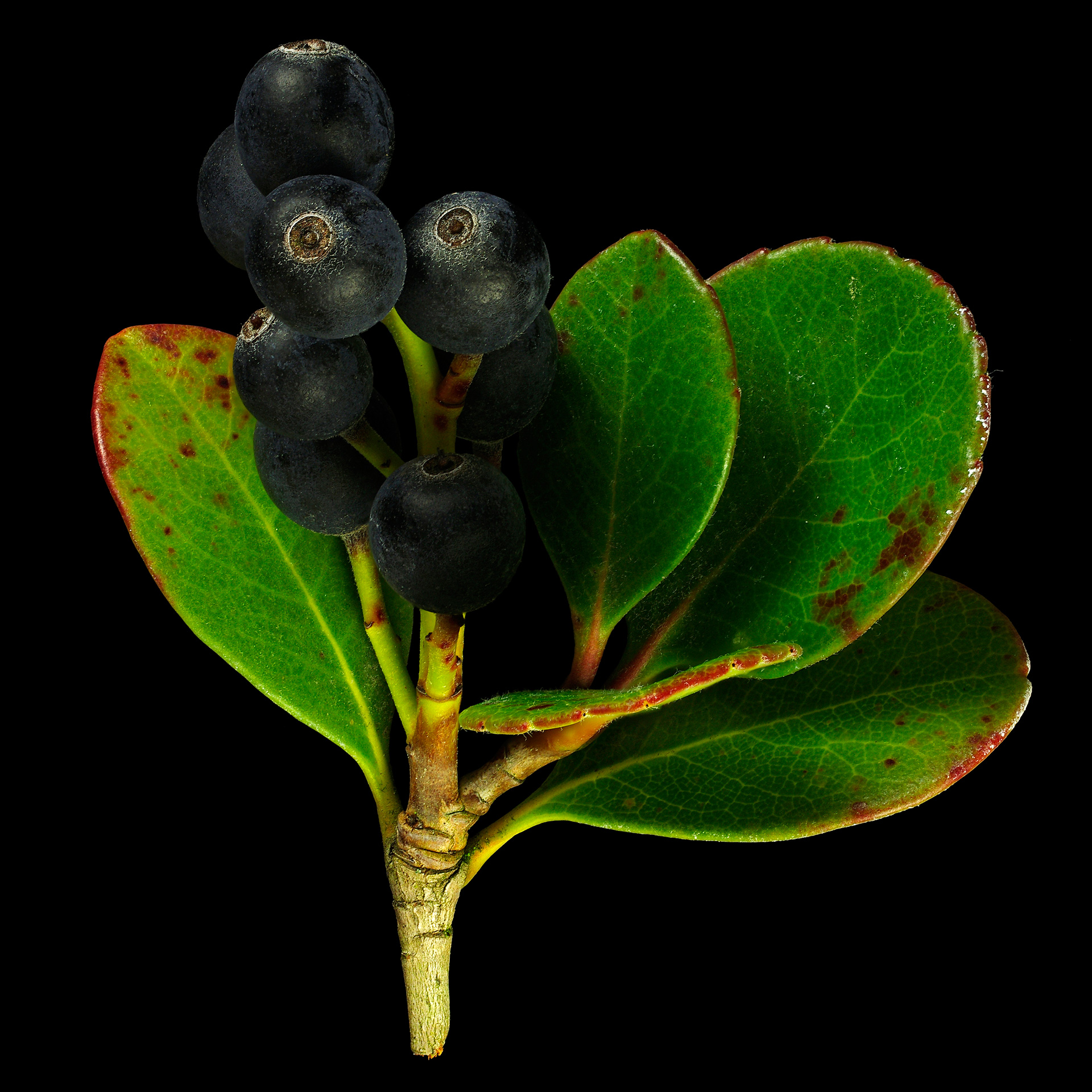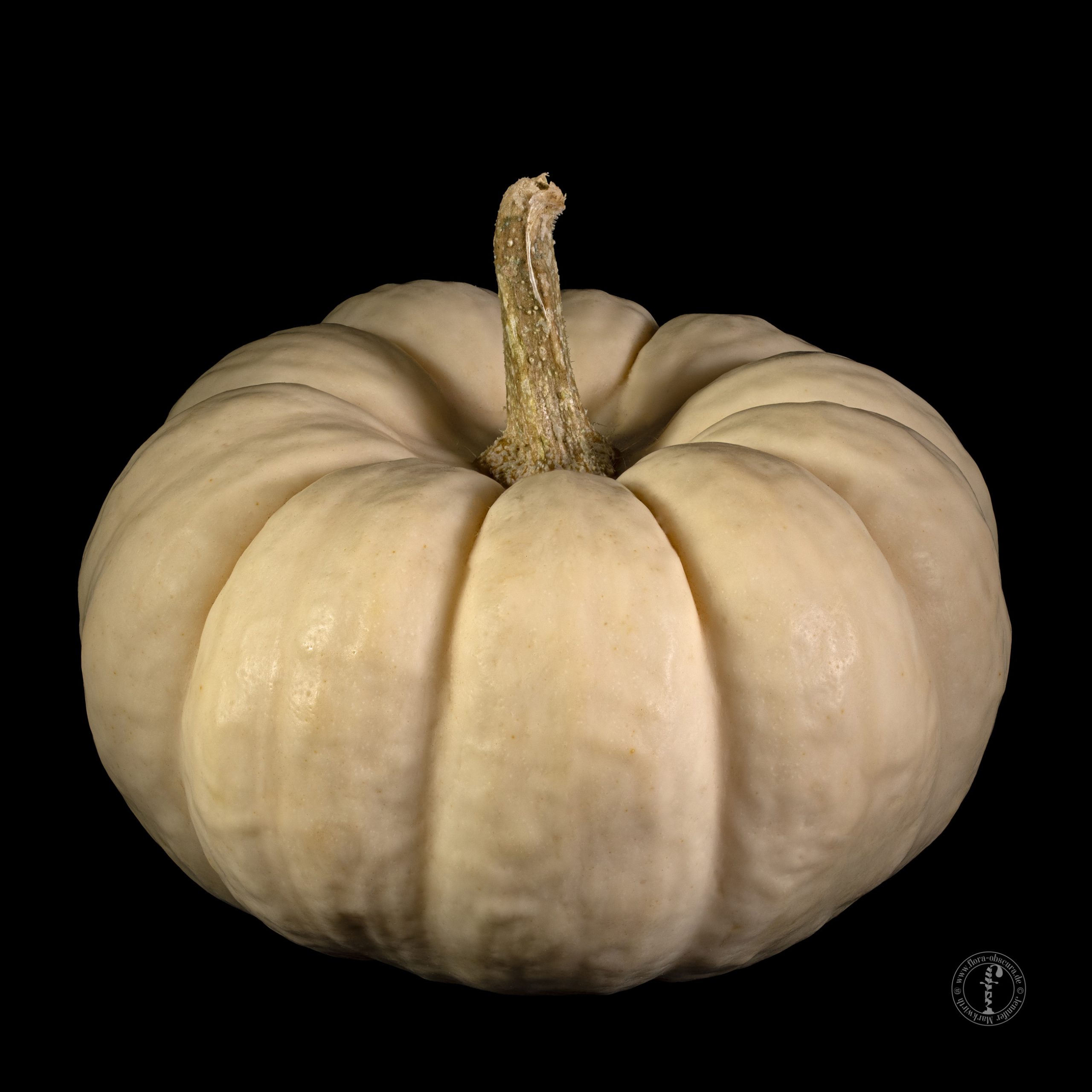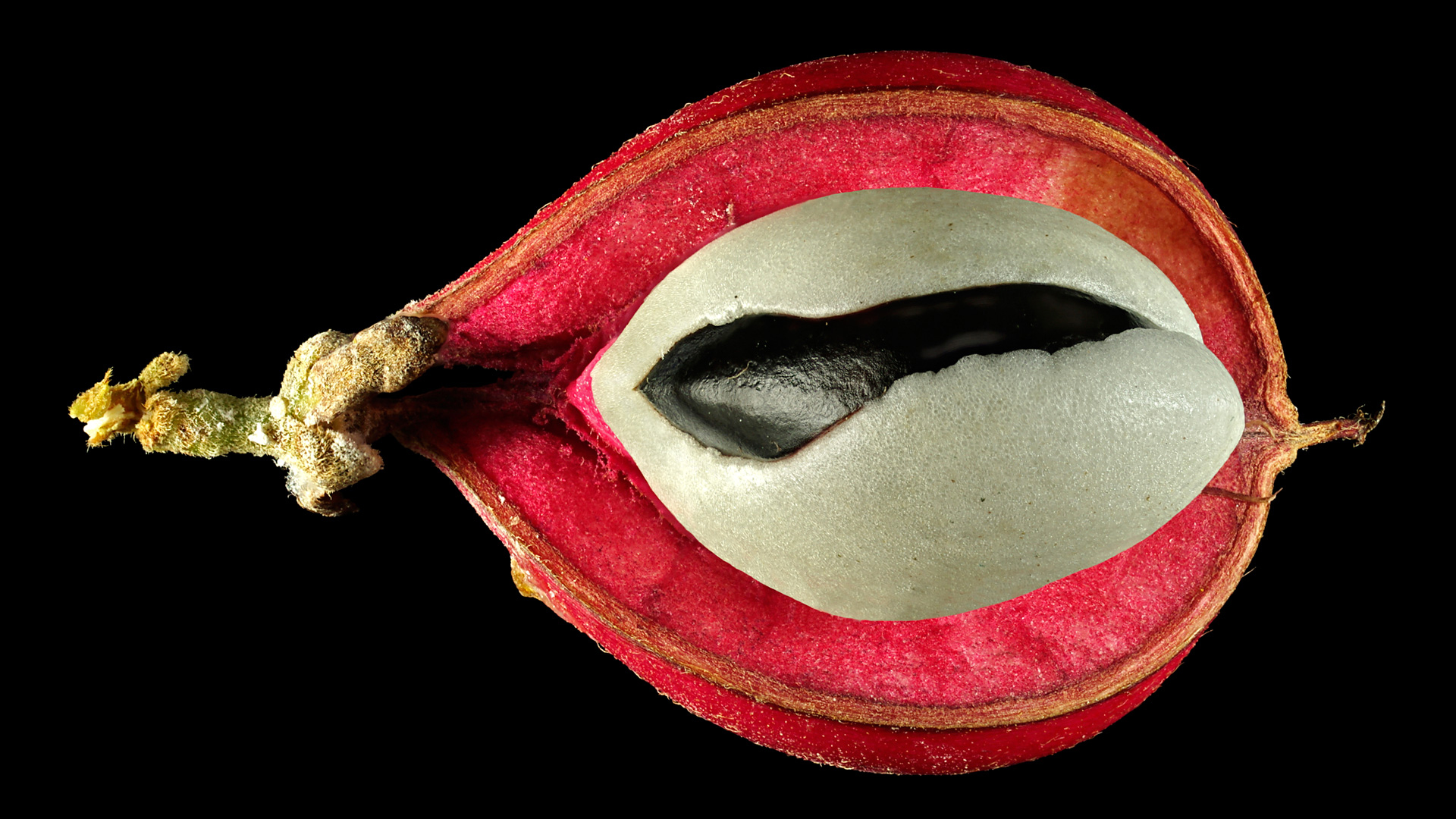Search Results for stone-fruits
Pine nuts are usually roasted briefly in a pan and added as a seasoning ingredient to rice dishes, pesto and stewed leafy vegetables. They are also used to make sweets.
Zwetschgen are eaten fresh, processed into zwetschgendatschi tart, schmootsch and as dried fruits.
The fresh, yellow fruits still taste astringent. Only in the brown, overripe fruits are the tannins degraded and the honey-sweet, caramel-like taste dominates.
The paper-thin skin hides a very firm, crunchy, yellowish-white flesh, which tastes very good when ripe and has an aroma reminiscent of mango, lychee or (remotely) durian.
Even if the fruits are not productive, they can be eaten fresh from the tree or processed into jam, compote and liqueur. The beautiful flowers can decorate dried tea mixtures.
The red stone fruits can be processed well to juice, jam and syrup.
Cornelian cherries taste sweet, but also quite astringent when picked and eaten fresh from trees or hedges.
Blackthorn fruits are made into jam, jelly and compote.
I have only tried the approximately walnut-sized kernels, of which there are usually 3 to 4 in a fruit. They contain a lot of water and have a subtle, coconut-like, sweet taste.
During the ripening process, the initially yellow fruit is covered more and more with reddish-brown spots until the whole skin is brown.
If the myrobalan plum is not eaten raw, it can be processed into compote and jam.
The variety morello cherry (subsp. acida) is well-known and often traded in glass jars, as compotes and jam, and it is an essential ingredient in the Black Forest gateau.
The hairy fruits, which grow on very short stems almost directly on the branch, are juicy and soft, slightly sweet and tart.
Of all the yellow cherry varieties, this one is probably the best known and most common throughout Germany.
In addition to pepper mixtures, pink pepper berries are sometimes found in chocolate, which gives them a slight pungency and a peppery aroma.
The round fruits of the Turkmen pear look more like small apples, but the flesh contains the stone cells typical for pears
In its consistency and fat content, the safou can best be compared to the avocado, but there is a lemon or lime-like aroma with a fine acidity.
To open this fruit, I needed 2 large knives. A saw would have been better, but I didn’t have it at hand. When I spooned out the fruit, my spoon also broke.
The fibrous tissue surrounding the seeds can be eaten raw, roasted or cooked at full maturity. It’s said it tastes like coconut.
The jelly palm has delicious orange fruits with a seed that looks and tastes like a mini coconut.
The red tissue, which encloses the poisonous seeds, tastes very sweet.
The black chokeberry contains many vitamins and other important substances in such large quantities that it has also medical significance.
The unripe legume of the Leadtree are particularly appreciated in Southeast Asian cuisine, although the plant originally comes from Central America.
Boiled, fried or filled and baked, the immature fruits are very appreciated because of their bitterness.
The unique taste compensates for the painstaking production of jelly and compote.
Pomegranate juice is obtained from these fruits, which is then processed into pomegranate wine and grenadine.
Dispite the striking strawberry-like fruits, the strawberry goosefoot is a leafy vegetable.
Ripe fruits of Beale’s barberry are edible raw or cooked and a jam can be prepared. Dried berries give muesli a fruity note.
The cross section shows that ripe fruits of this variety no longer contain fruit juice.
The approximately 1 cm small fruits of the Hong Kong kumquat are the smallest citrus fruits in the world. In principle, they are edible, but they have little to offer because there is almost no flesh.
Although the noni not only smells bad but also tastes bitter, the ripe and unripe fruits and seeds are eaten.
Indigo rose tomato belongs to the rather small-fruited varieties and can be eaten directly from the shrub.
The long, immature capsule fruits of the horseradish tree are called “drumsticks” where they are used as fruit vegetables.
In their East Asian origin, the fruits are chopped up and drunk as fruit tea, or they are made into canned goods.
Under the slightly leathery skin is a soft, mealy pulp with a flavour reminiscent of mango and pineapple.
The fruits are sweet and have a very aromatic taste. They are best eaten raw.
The fruits are small, not particularly juicy and decompose easily, which is why they have not become established as a fruit plant.
It is still a stubbornly held legend that the fruits of the rowanberry or mountain ash are poisonous. The small fruits are ideal for jam, mash, liqueur…
The ripe seeds of the okra or okro can be roasted and nibbled or used as a coffee substitute.
Java apples are usually eaten raw as dessert fruit, but sometimes they also find their way into spicy dishes.
Rosehips can be used to make fruit tea and Hagebuttenmark. Dried and ground, they even replace flour and can be mixed with it.
The white, sweet-tasting pulp inside the pink five-leaf akebia fruits is best eaten while the fruit has not yet opened by itself.
Redcurrants are processed to red fruit soups and summer pudding, juice and ice cream. And many more…
The colourful fruits of Amur peppervine taste predominantly sweet. They have no intense taste and no acidity.
As with blood oranges and the red lemon, there are also red pigmented variants of mandarins and clementines.
They taste is almost the same as blackberries, but a bit more sour than these. The fruits can be picked straight from the shrub, or can be processed to jam and dewberry liqueurs.
The fruits will probably only turn beautiful red when exposed to sufficient cold, otherwise they can remain yellow and look like ordinary lemons.
The edible fruits of Sinofranchetia are very similar to grapes, but less sweet and with a little leathery skin.
Bai-yo or noni leaves are rich in vitamin A and like the fruits they are also offered as superfood in various forms.
The deep red colour of the Red Velvet Okras gets lost during cooking, the fruits turn as green as ordinary okra pods when heated.
The black skin is tough and tastes astringent, but the white, firm flesh inside is sweet and reminds of a grape or gooseberry in taste.
The local people like the fruits directly from the shrub, but they can also be processed to confectionery and fruit schnapps.
North American natives made tea from the leaves and also ate them as a salad. The inner bark was smoked like tobacco.
Fruits and leaves of “Monk’s pepper” work as spices. Especially the hot tasting fruits can be used as a pepper substitute.
The fruits can be cooked to make jam and juice. Raw, on the other hand, they taste very astringent.
The highest importance has the aromatic oil, of course, in the perfume production, but also tea (Earl Gray and Lady Gray), confectionery and Lokum are flavored with bergamot oil.
The soft, juicy pulp tastes aromatic of fir, it is tart and resinous, yet very sweet.
This red-fleshy variety with the reddish peel is very delicious!
The green walnut is the unripe walnut fruit (J. regia) harvested before St John’s Day on 24 June which is processed into a delicacy.
From rose hips a fruit tea can be prepared as well as jam (“hagebuttenmark, buttenmost”) . Dried and ground, they even can be used as a flour substitute and can be mixed with flour.
Under the light green skin of these large, still immature fruits is a white, firm fruit flesh, whose sticky latex quickly turns yellow.
The calamondin has a thin, sweet peel and sour pulp.
Date plums can be eaten raw after frost destroyed their adstringency, but they are most eaten dried.
The small kiwi berries are in their anatomy miniature editions of the common kiwifruit (A. deliciosa) and also have the typical aroma of the large fruits.
The perettone citron is certainly one of the ornamental varieties among the citrus plants, but the fruits should be candied or made into jam.
The flesh of this persimmon reminded me of a dried date: it was brown and soft, tasted sweet, perhaps caramel-like, but unfortunately also “not quite fresh”.
The black, round berries with white little hairs are best eaten fresh as soft fruit, but they are of course also suitable for making jam, jelly, juice and liqueur.
Cattley guava has spherical, red berries that can be eaten fresh or processed into juice, jam and sorbet.
Kumquats are eaten as a whole. They are sweet and tangy and very aromatic.
Quinces are rarely eaten raw. They are mainly consumed as jelly, stewed fruit, mush, chutney, schnapps and “dulce de membrillo”.
In contrast to other types of lime, kaffir limes contain little juice, which is why the use of the essential oils in the dish is the focus.
A typical attribute of the bright golden yellow tomato variety ‘Indian Moon’ is the fine blush of the very ripe fruits up to red “cheeks”.
The strawberries-like red fruits are edible, but taste dull and watery.
The berries are compact, the fruits are green when ripe and have a high sugar content.
The fruits of the scarlet fuchsia are edible, taste sweet and a little pungent.
The mature, fleshy single fruits of the infructescence is sweet and can be eaten directly or processed into jam.
The very firm, pleasant-smelling and astringent tasting fruits can be cooked and then juiced. For example, a jelly can be prepared from the juice.
The value of the furrowed lemon does not lie in their yield, they are more regarded as ornamental fruits. Nevertheless, this variety is edible like common lemons: as lemonade, jam and much more.
The berries of Cabernet Mitos not only have a deep blue, frosted skin, but their pulp is also rich in red pigments, which is not the case with most other grapes.
The fruits of the Florentine citron are hanging on the branches like an upside down pear.
Pinot Gris is a variety of the common grape vine, which belongs to the white wines although the grape skin has a reddish to grey-violet colour.
Scheurebe produces excellent dessert wines. But an early harvest leads to extremely unpleasant aromas, which are supposed to remind one of sweat or cat urine.
Winter’s Blackberry: Rubus winteri Not a winter crop Winter's blackberry, often called "winter blackberry", probably has nothing to do with the cold season. The "i" at the end of a botanical name usually refers to a surname and I suspect
The King of the Pippins is low in acidity and tastes sweet, and for a long time this cultivar was considered one of the best apples in the world.
This huge citrons have little pulp and a thick peel (the white albedo), which is usually candied and added as “succade” to pastry.
The beads refine or decorate sparkling wine, desserts, sushi or wherever a sour, fresh citrus flavour is welcome.
The entire plant of the ‘Elberta Girl’ tomato cultivar is covered with a fine, silvery fluff. The leaves are somewhat curly, the fruits are flamed. They are not very sweet, the flesh is of a rather mealy-soft consistency.
The horned cucumber or african horned melon is indeed related to cucumbers and melons. The green jelly inside tastes like a mixture of both, it is a bit sweet and has little acidity.
The smaller, thin-peeled fruits of Meyer lemon taste very intense and are not as sour as many other varieties. At the same time, they are very juicy.
The “conspicuous” blackberry can be consumed directly from the bush as a soft fruit or processed into jam, jelly, liqueur, compote, sorbet and juice.
The name “Amanatsu” means “Sweet Summer”. The sun-yellow fruit is about the size of an orange. In Japan iIt is eaten fresh or processed into jam, juice, ice cream, liqueur and wine.
As soon as the small fruits of pheasant berry are ripe and therefore dark brown and soft, they taste intensely like slightly burnt (bitter) caramel.
Unlike the grey-violet, roundish passion fruit (P. edulis f. edulis), this fruit of sweet granadilla is rarely used for the production of juices, but mainly as freshly eaten dessert fruit.
Despite its numerous uses, which are also used for medical purposes, Job’s tears are not very popular compared to other cereals. The cultivation is even declining.
Pineapple tomatoes are one of the largest and heaviest tomato varieties. Individual fruits can weigh over 1 kg.
Bog bilberries can be freshly taken from the shrub or processed into jam, compote, liqueur and wine.
Selected motifs in limited editions My hand-signed, limited edition fine art prints and other murals are best viewed at my exhibitions, listed below. Studio sales and shipping are also available upon request. Upcoming and ongoing exhibitions 16. November - 8.
Almost all parts of the beautiful and fast-climbing stuffing cucumber are edible
Many do not know that the fruits of prickly heath, which are usually white, can also be eaten.
The fruits grow in compact bundles and have a leathery, pale brown skin. The flesh is mainly eaten raw, but can also be processed into compote and canned foods.
Miracle berry has a unique effect on our sense of taste: it superimposes taste impressions in a way that everything is perceived as being sweet.
The jelly-like fruit content, which surrounds the disc-shaped seeds, tastes sweet and is a small snack for anytime.
Rosehips can be used to make fruit tea and Hagebuttenmark.
Billberry cactus has an impressive growth height of up to 4 meters, and yet it produces only very small, sweet tasting fruits.
Specially from the immature fruit (as well from the leaves) of the bitter orange the aromatic oil “Petitgrain” is won.
This crab apple can be used in a similar way to most mealy and low acid apples, but above all it can be eaten fresh from the tree.
The fruits of the horned bitter orange bear one or more conspicuous bulges that can look like horns.
The ‘Anhalter’ apple variety is classified as a cider apple. It has a high tannin content and is therefore particularly suitable for the production of cider and apple juice.
Mainly, the bizarre fruits of the bitter melon are used, but the leaves are also edible…
Like their red relatives, white currants are popular garden plants, but their fruits are sweeter.
When the fruit ripenes, it turns red, unfortunately it becomes also very mushy. The tindola, as the fruit of the ivy gourd plant is called, is eaten as a fruit-vegetable. Ripe fruits can be candied. In tropical Asia the young shoots are also eaten.
The purple calabash tastes sweet and very aromatic, as one would otherwise expect from the much smaller cocktail tomatoes.
The extraordinary taste reminds of the resin from conifers compensates for the low yield.
For lemonade, jam, sorbet, in dressings and as a spicy, souring ingredient in spicy as sweet dishes.
The abundant juice of unripe fruit is used for the production of lemonades or fruit juices.
The soursop is very similar to the cherimoya which is related to it, but it is even more sensitive to pressure and therefore rarely found on the market.
The huge citrons have little fruit pulp and a thick peel (the white albedo), which is usually candied and added to bakery for seasoning.
Despite its bright red berries, Schonburger belongs to the white wines, its quality is compared with Traminer.
Juice and fruit pulp can savoured fresh or processed to jelly and lemonade, if the bitterness is not unpleasant.
Riesling wines are of high quality and easily assume the character of their growing region.
The fruits of the natal plum, which are red when ripe, have a creamy, soft consistency and taste sweet.
The berry tastes sweet, hardly sour and has no characteristic aroma.
The fruits of the childing orange are “pregnant” with another fruit: in the interior grows a smaller fruit, along with a peel.
Contrary to the green colour, the Green Zebra tastes, like many other types of tomatoes, pleasantly sweet.
Blauwschokker peas are mainly used as dry peas, less often fresh, although they taste sweet as long as they are harvested young and tender and are eaten immediately.
The multiform Buddha’s hand is a special kind of citron.
The Ligiri, native to East Asia, carries clusters of small berries that taste bitter and tangy. They can be eaten raw or cooked.
If the seeds are not used for jewelery, they can be eaten like nuts. They are supposed to taste like pistachios.
This strange bitter orange variety stands out for its furrowed skin, but is consumable like most other bitter orange varieties.
The fresh flowers are often used in different countries as aromatic inflorescence vegetables or for jam.
The intense pink color of this fruit, especially of the fruit flesh, is a challenge for the eye and for the camera sensor.
Despite its higher juice content, Chinese citron can be used in the kitchen like other varieties of citron, such as succade or jam.
The Pear lemon is a Lumia cultivar and therefore a hybrid of Pomelo, Lemon and Citron.
The fruit is very thick-skinned and also resembles the size of a citron.
The fruit ripens throughout the summer and into the autumn. It has a firm flesh and is mainly processed into tomato paste and canned food.
The variety ‘Rotonda bianca sfumata di rosa’ is found in the trade quite rare, typical in our (European) view are the black varieties.
Beef tomatoes are mainly used for cooking, they can be filled and baked or used in stews and sauces. Tomatoes are even suitable for jams – alone or mixed with other fruits.
The rather large fruits are steamed, roasted, stewed and baked, they can be filled.
The carambola or star fruit is often used for decoration at buffets or in cocktails.
Kumquats are eaten as a whole. They are sweet and tangy and very aromatic.
The fruits are juicy, which suggests a use for lemonade, marmelade and jelly.
They are mostly cooked along with the other ingredients as a whole, so that they release their abundant aromatic oil, but the leaves are too leathery to be eaten.
The approximately 3-4 cm long, round-oval berries of the mouse melon resemble tiny water melons with their light and dark green mesh pattern, but they taste intensive like cucumbers.
The cultivar ‘Santa Barbara’ is orange in colour and has a perfume-like aroma and a slightly soapy taste.
The gooseberry grows in many gardens and can be picked fresh from the bush or eaten as light green jelly or compote.
In their original habitat, the immature fruits are eaten pickled or steamed.
Peel and juice can be used like lemon, the firm flesh resembles the grapefruit, but somewhat more acid.
If the sponge gourd, which is also called vietnamese luffa, is still immature, its net-like tissue is not yet lignified and therefore soft and edible.
This berry of Harrisia pomanensis is not only visually reminiscent of pitayas, but also in taste and consistency.
Kaiser Alexander cucumbers at maturity have a dark brown skin with netting. At this stage, the fruit should be peeled before eating.
The Green Nightshade or Poro Poro is called ” man-eater tomato” in German.
The purple or reddish, brittle cocoa beans are first fermented with the help of the sweet pulp for about 10 days, which reduces the bitter substances and slowly develops the typical cocoa aroma.
Brown gram: Vigna mungo (seeds) Used since ancient times The small, dark Brown Grams have been cultivated in India for 3000 to 4000 years. They are cooked in a whole, halved (separate cotyledons) or sprouted. Dried and processed into flour,
In addition to the small, dark black grams, the immature, green pods are also edible as fruit vegetables.
The pitaya is best eaten fresh and raw. I like to spoon out the white, sweet fruit pulp from the halved fruit.
Just like fruits, such arilli can be very fleshy and taste sweet.
The plant with the beautiful name “fish mint” has a quite unique, strong taste, which certainly not everyone likes.
This cultivation of hemp is useless as a drug crop, but as a food plant the more valuable.
The leaves of the black locust contain toxins, which is why they should only be eaten properly cooked!
The kernel (nucellus) contains a lot of starch (and vitamins), so that a flour can be obtained from them after roasting, with which flat bread is baked or crackers called “emping” are fried.
From the ripe seeds of the horseradish tree, which is also called ben oil tree, the sweet-tasting ben oil is obtained, which does not turn rancid.
Many plants with aromatic leaves are called “laurel” or “bay”, but none of them taste like true laurel.
The Magenta Lilly Pilly is usually eaten raw, but can also be processed to a jam
Beech can be used in many ways: the fruits called ” beechnuts ” as nuts or oil fruit and coffee substitute, leaves as salad, wood as smoke aroma.
The leaves of the curry tree have a “heavy” aroma, which gives vegetable dishes more substance.
The variety comes from Japan and is named after a Japanese tribe (隼 人, “Falcon-People”), who lived on the Kyūshū island during the Nara period.
The Eastern black walnut is used in the USA as in Europe the common walnut.
The up to 4 cm large galls on the cobs are edible young (before the black spores form) and are considered a delicacy in Mexico.
In times of need, the seeds were used to produce a flour substitute.
The Baby Boo pumpkin is hardly bigger than an apple. The firm skin is white, the firm flesh rather cream-coloured to pale orange.
Dried seeds are ground into a brown paste, mixed with cassava flour to form “Pasta Guarana” and sweetened as a stimulating drink, similar to coffee or cacao.



